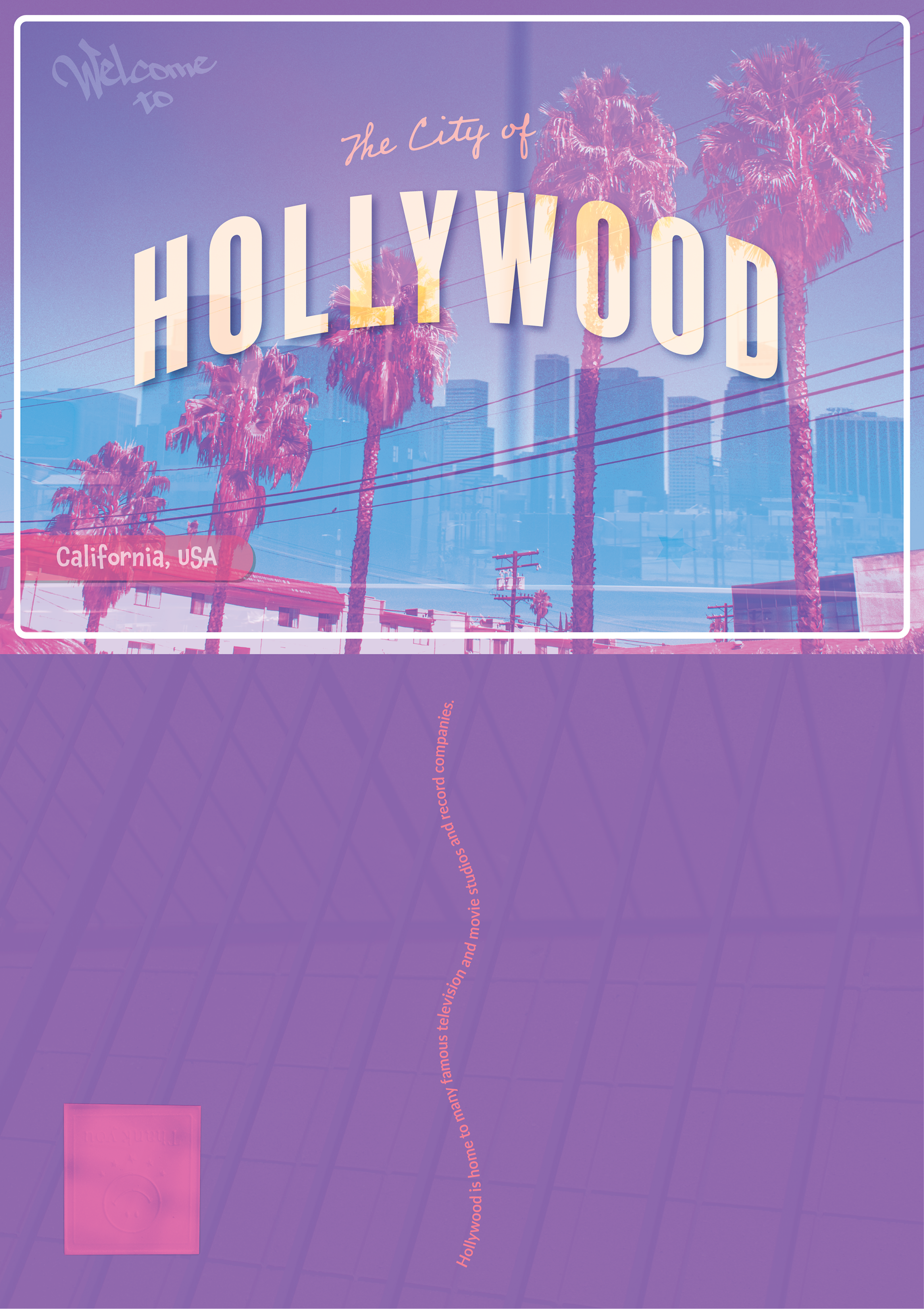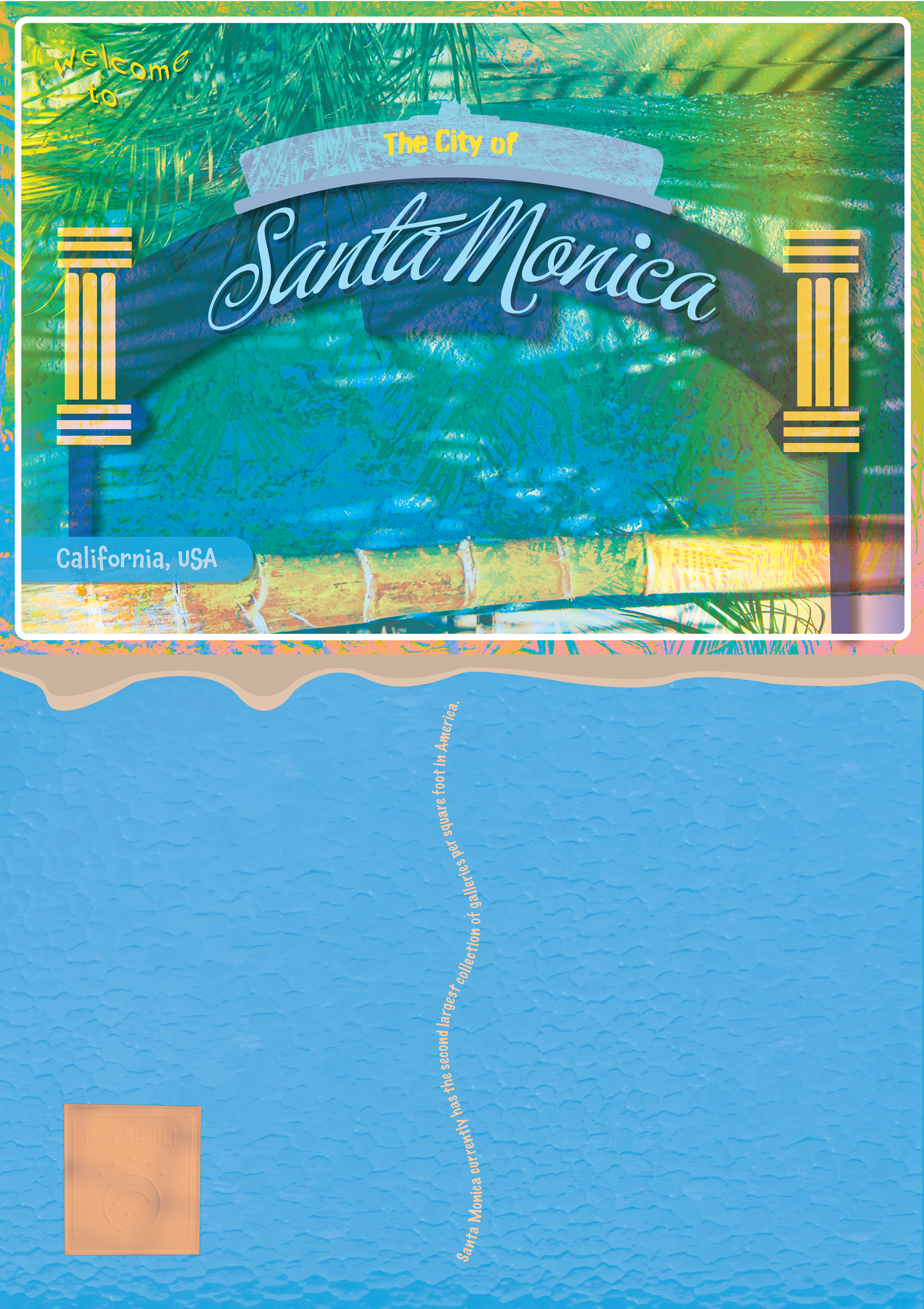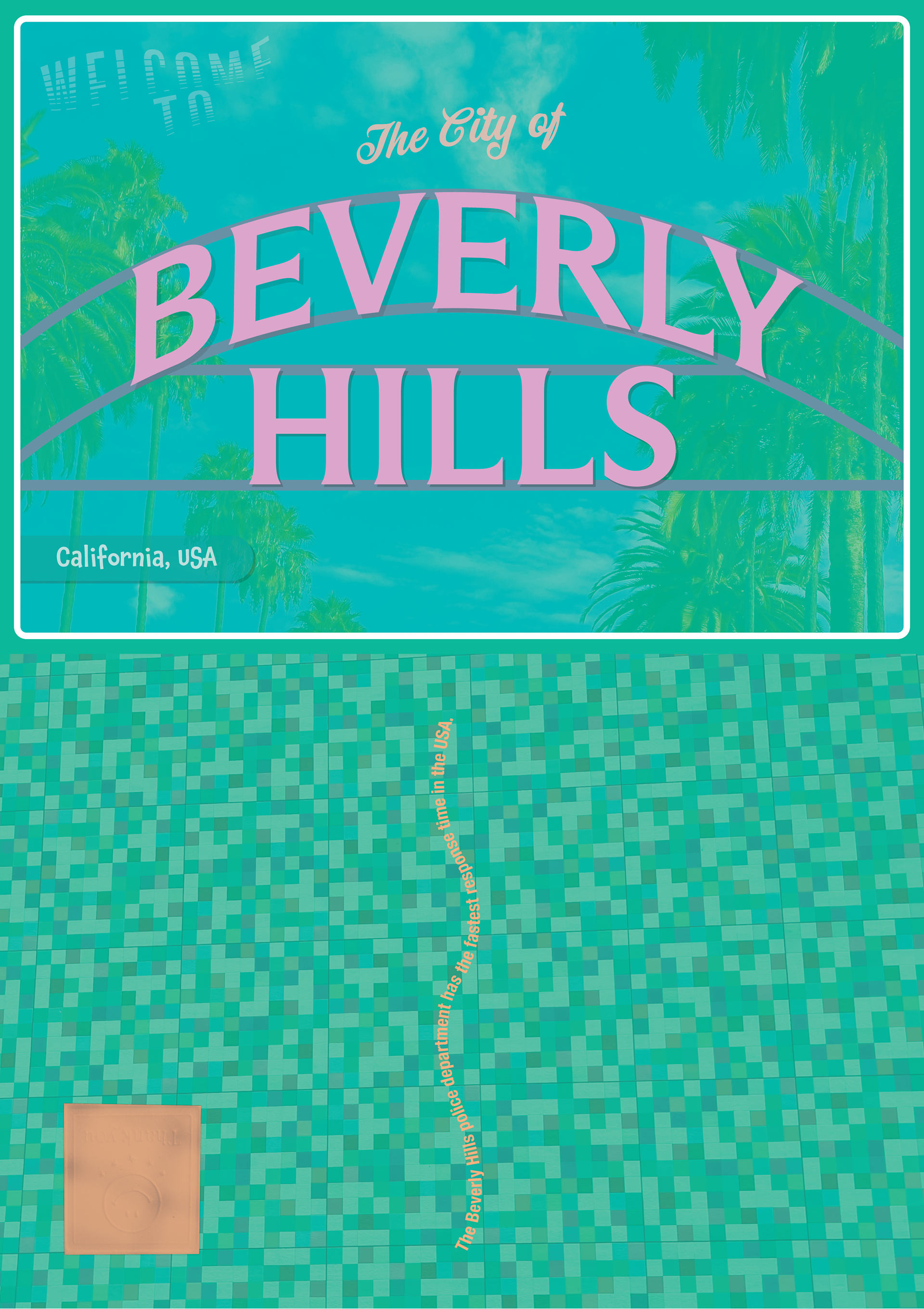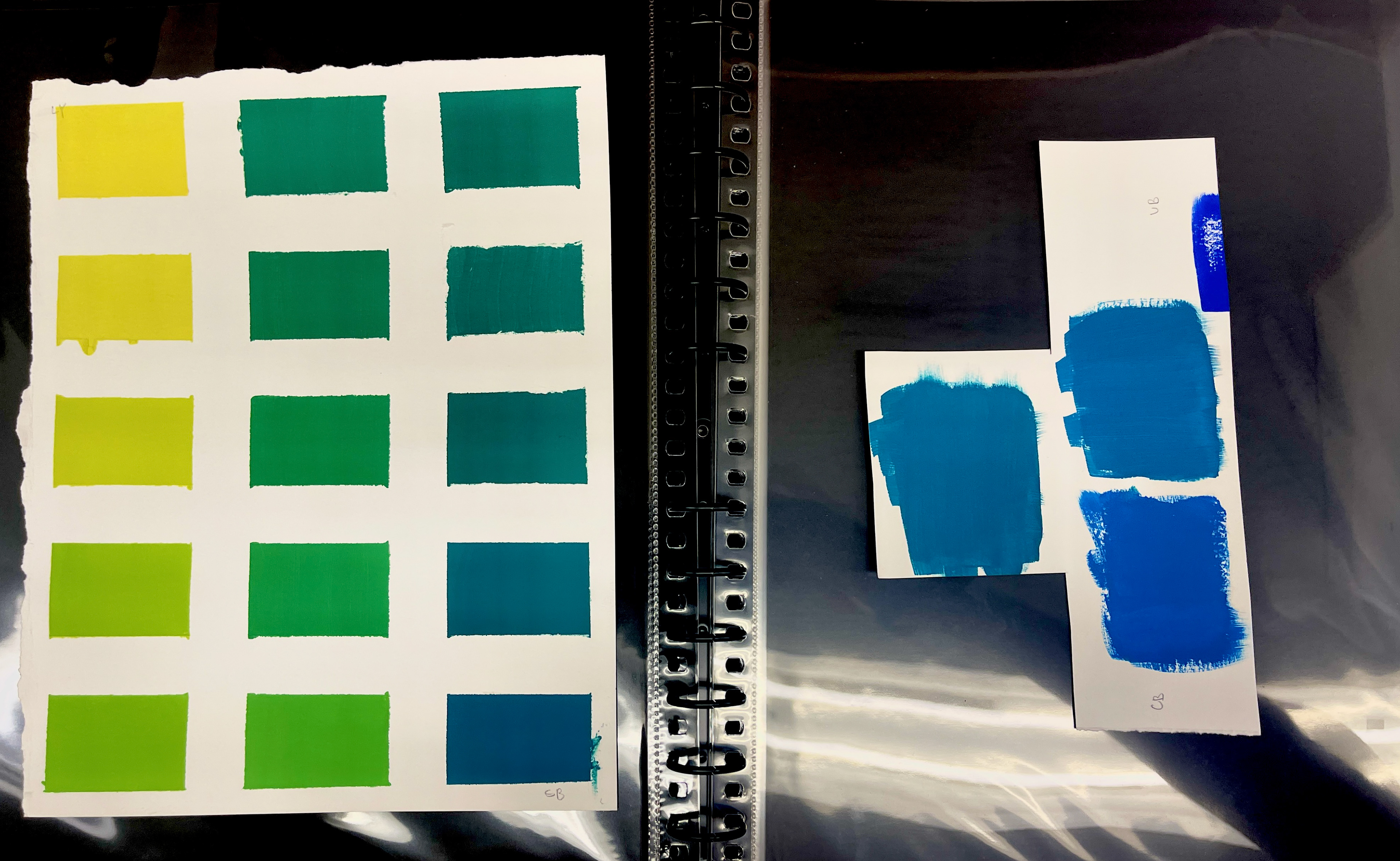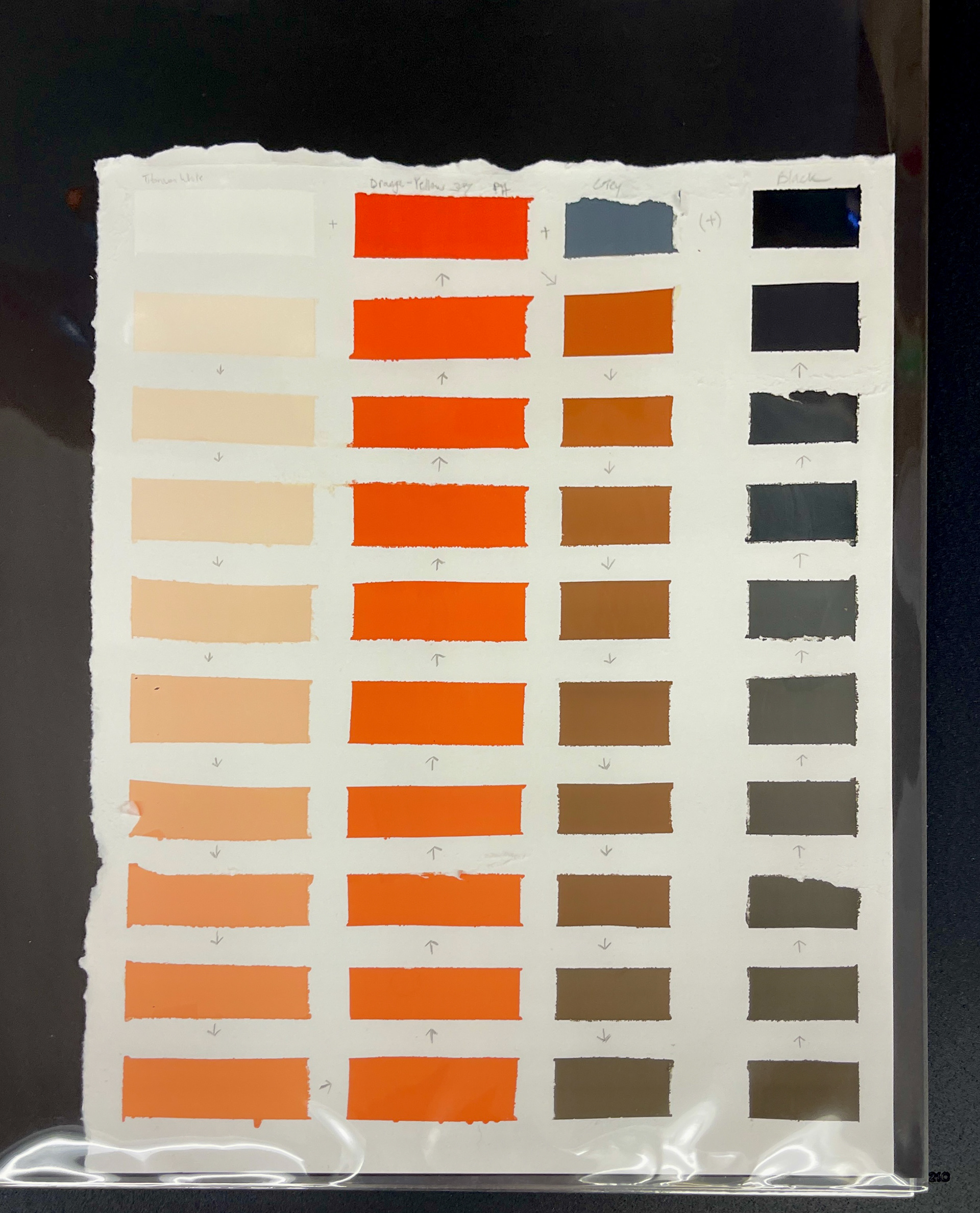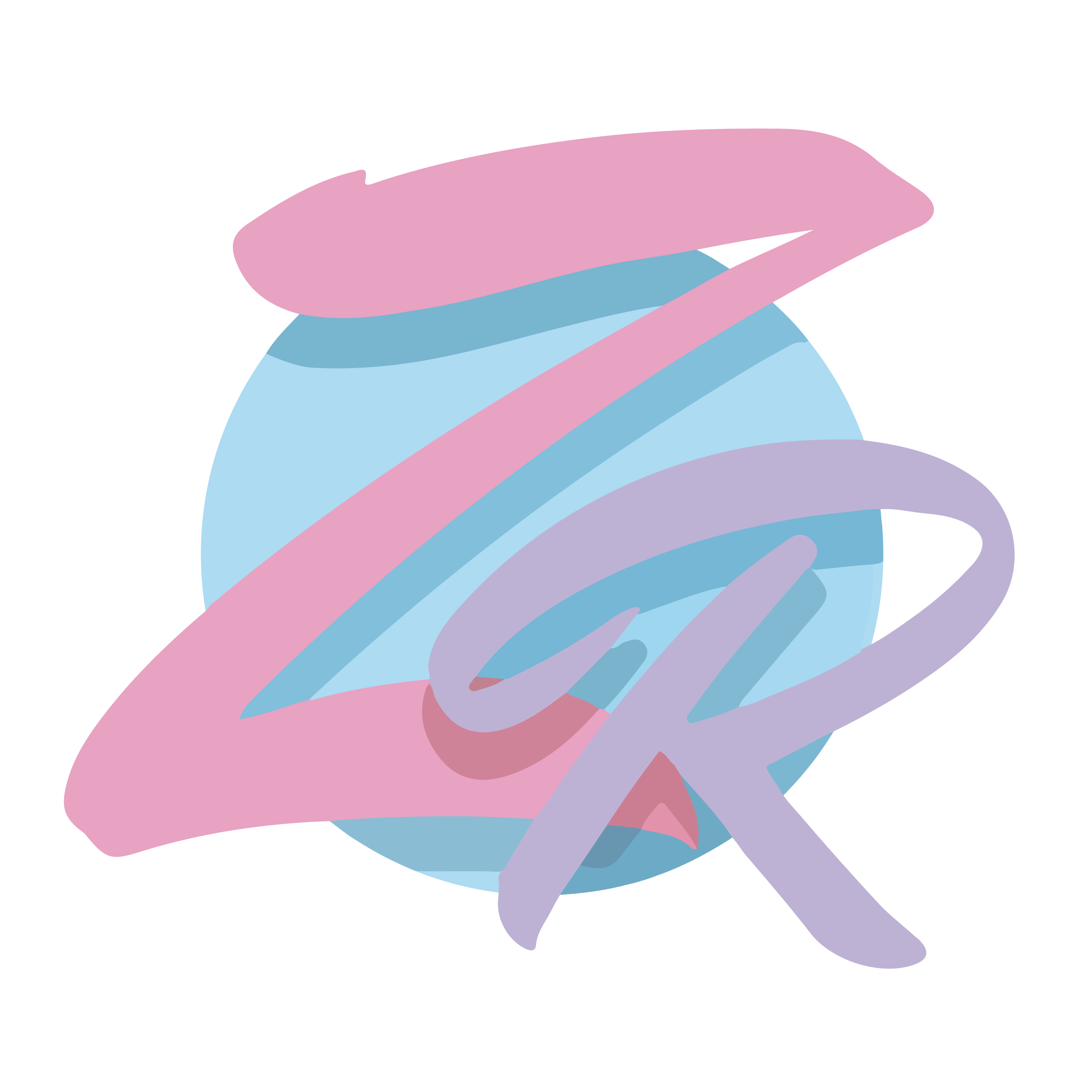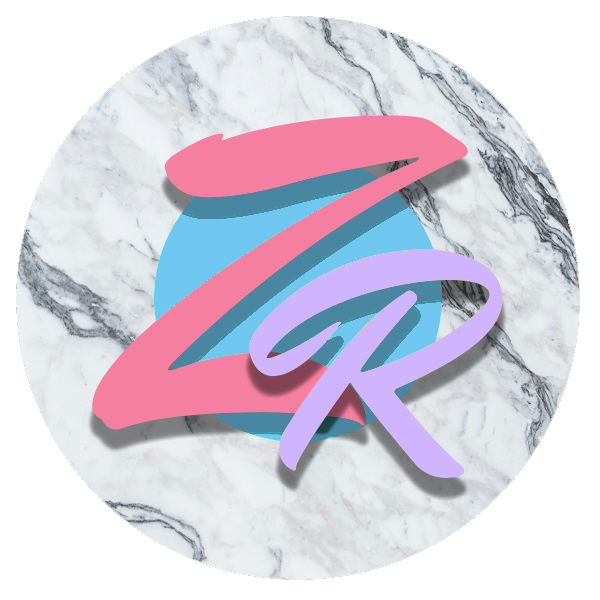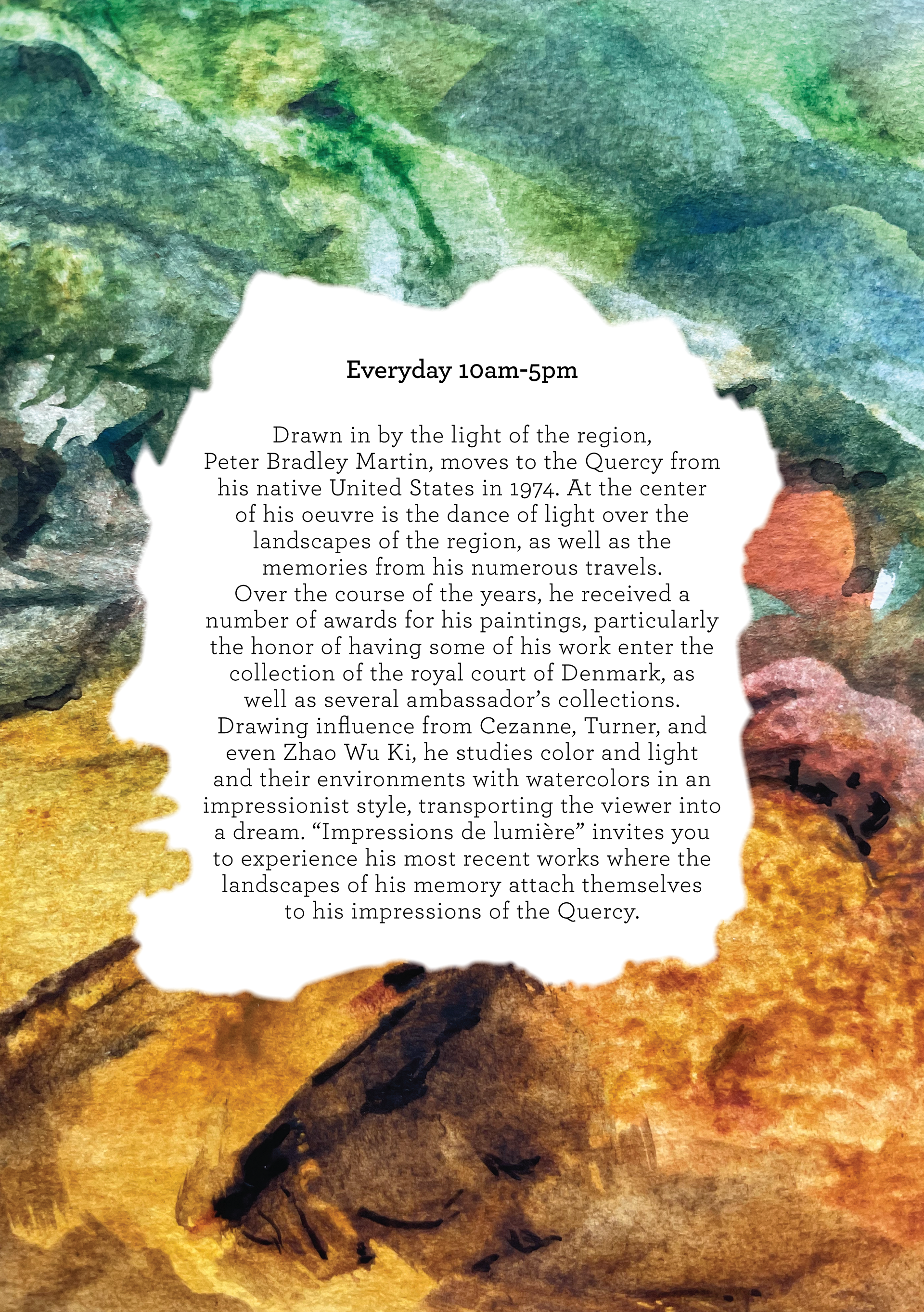
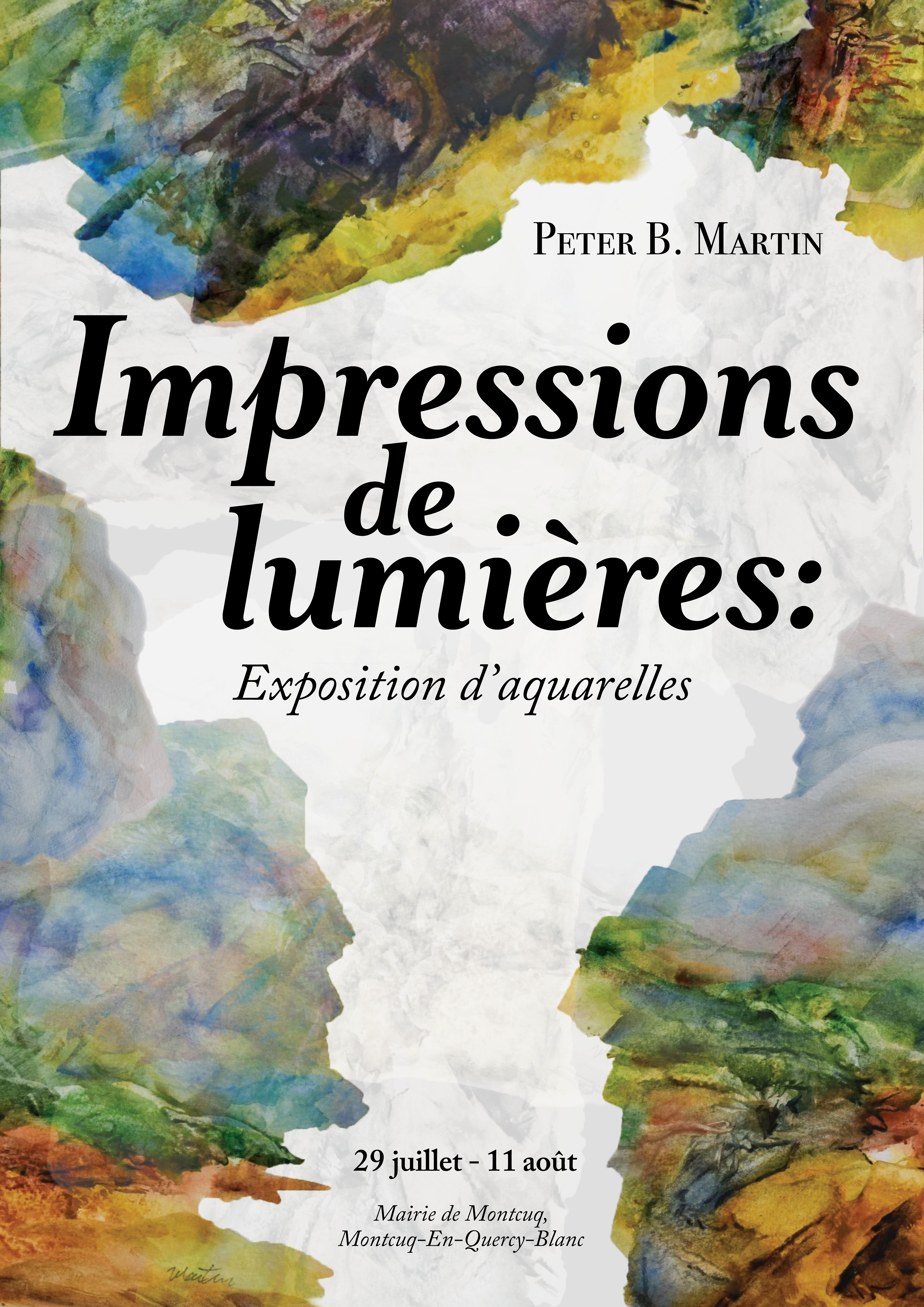
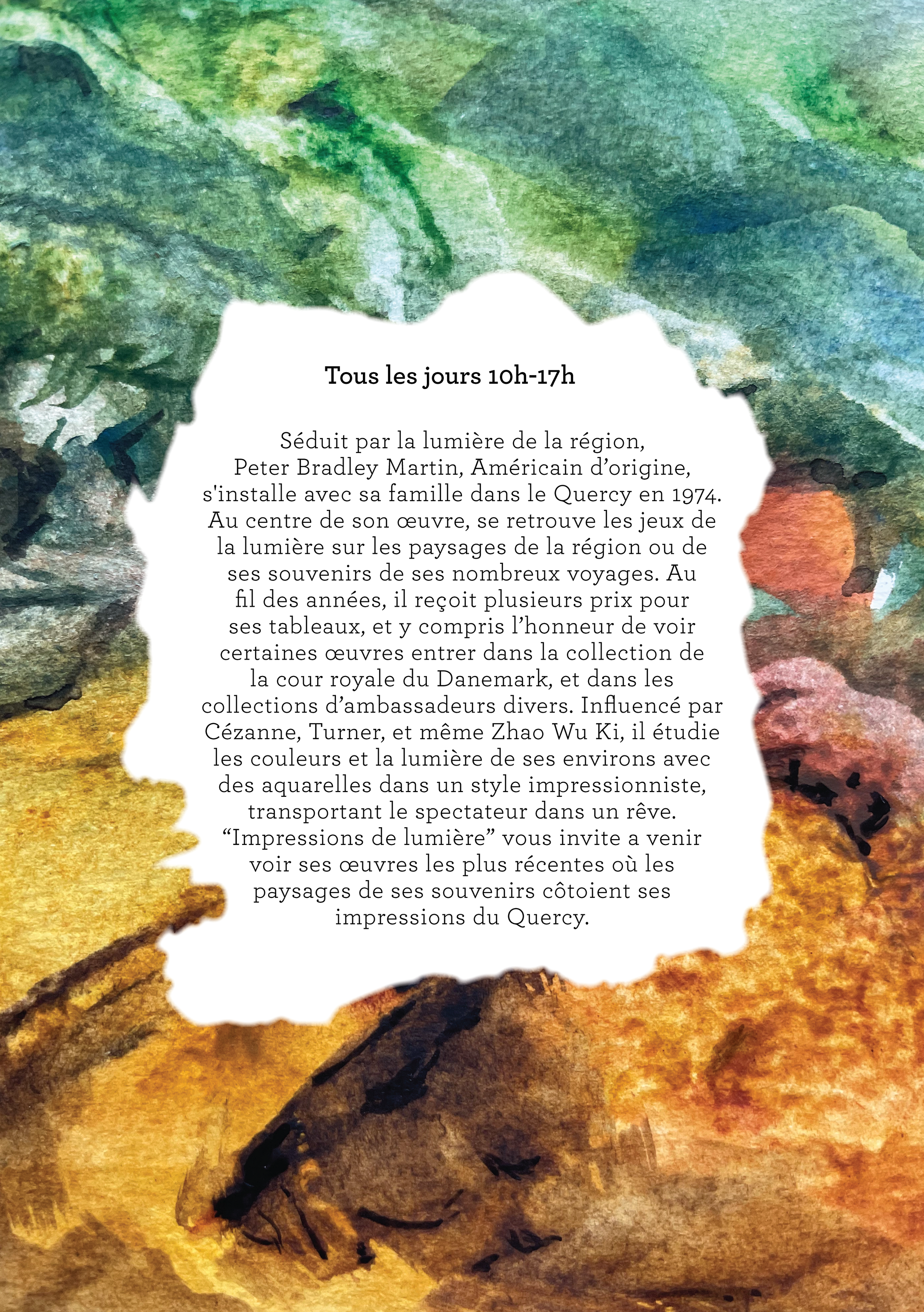
Speculative Project (Exhibition poster & pamphlets)
A pair of pamphlets and a poster for a French watercolor artist's exhibition in Montcuq-En-Quercy-Blanc.
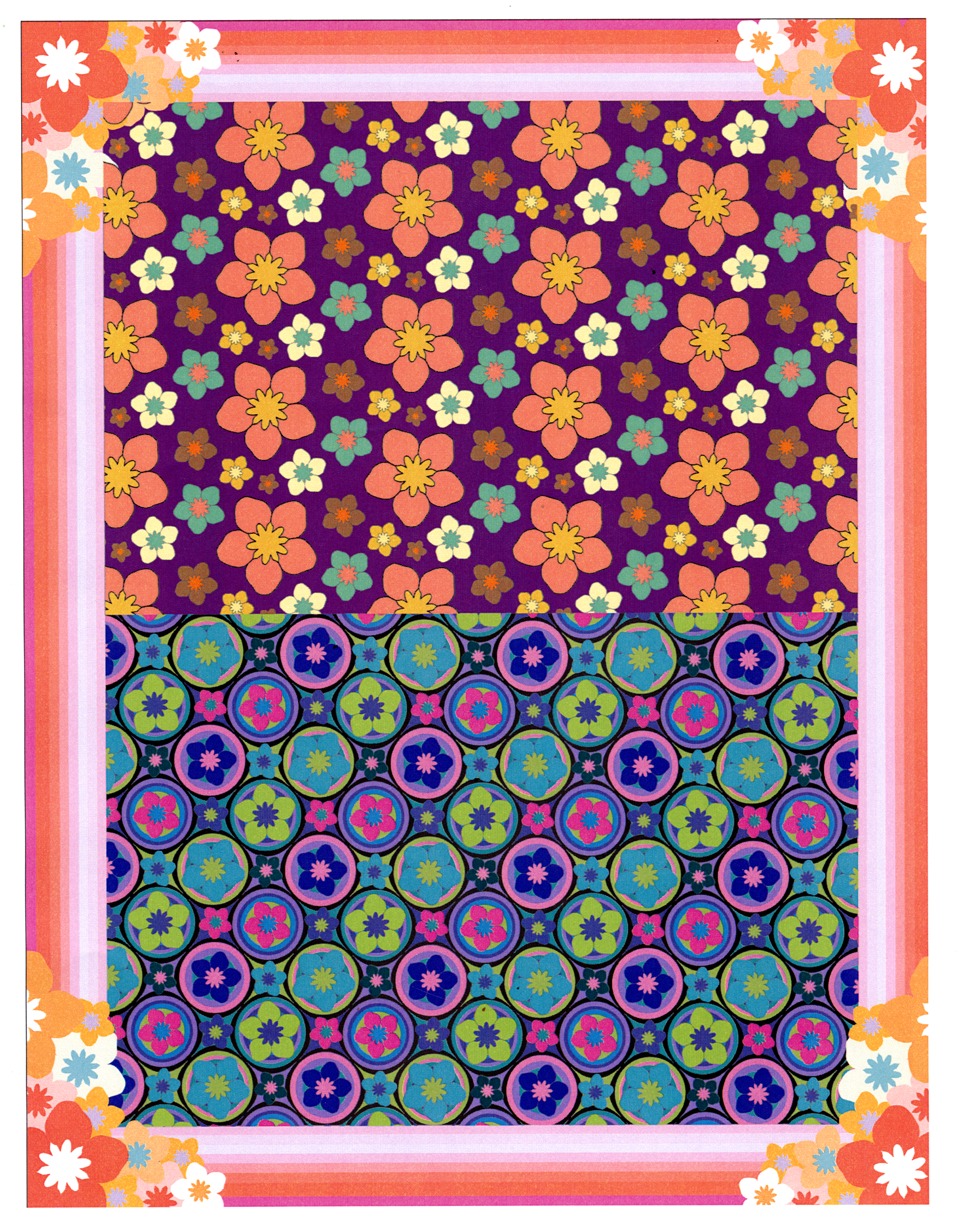
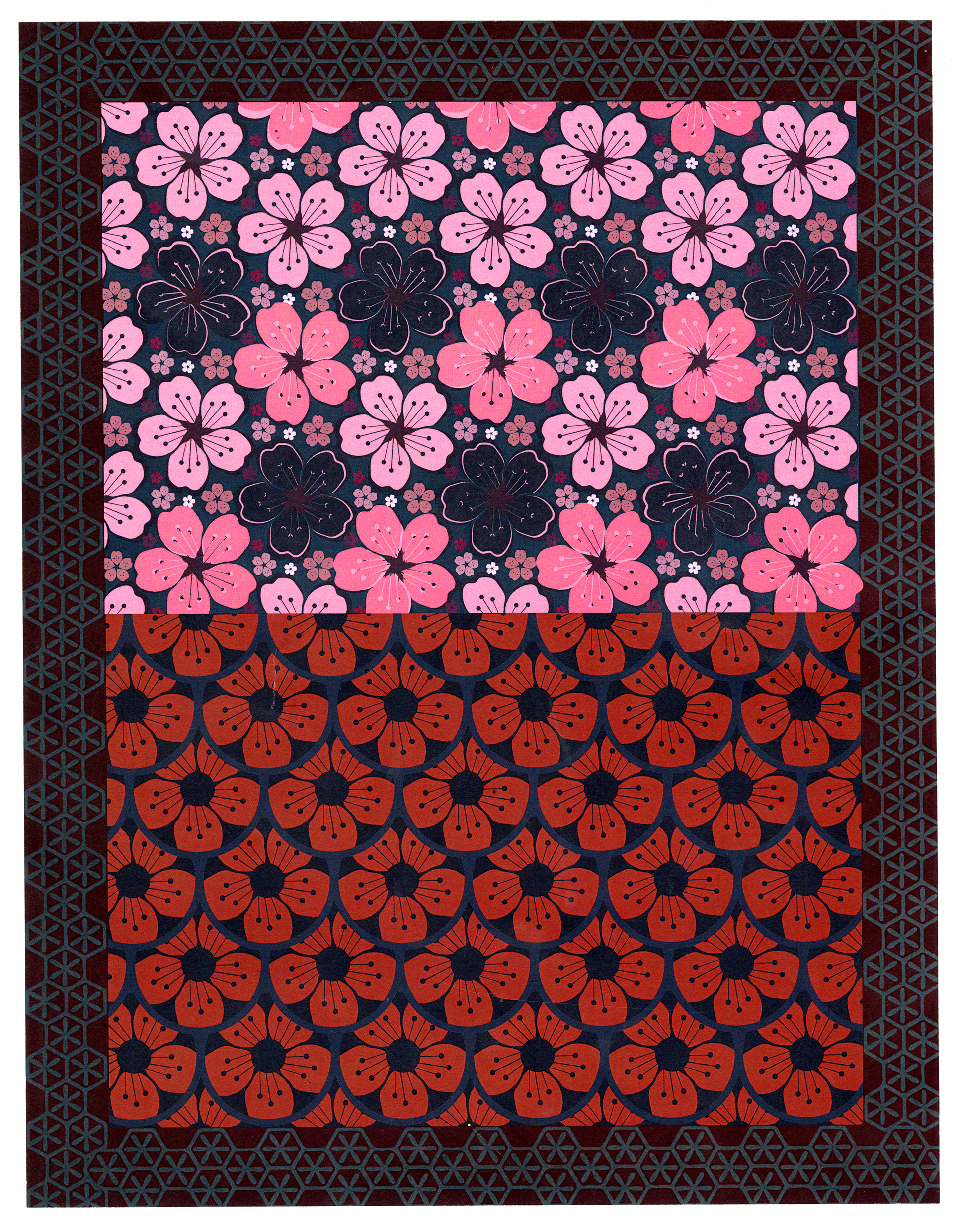
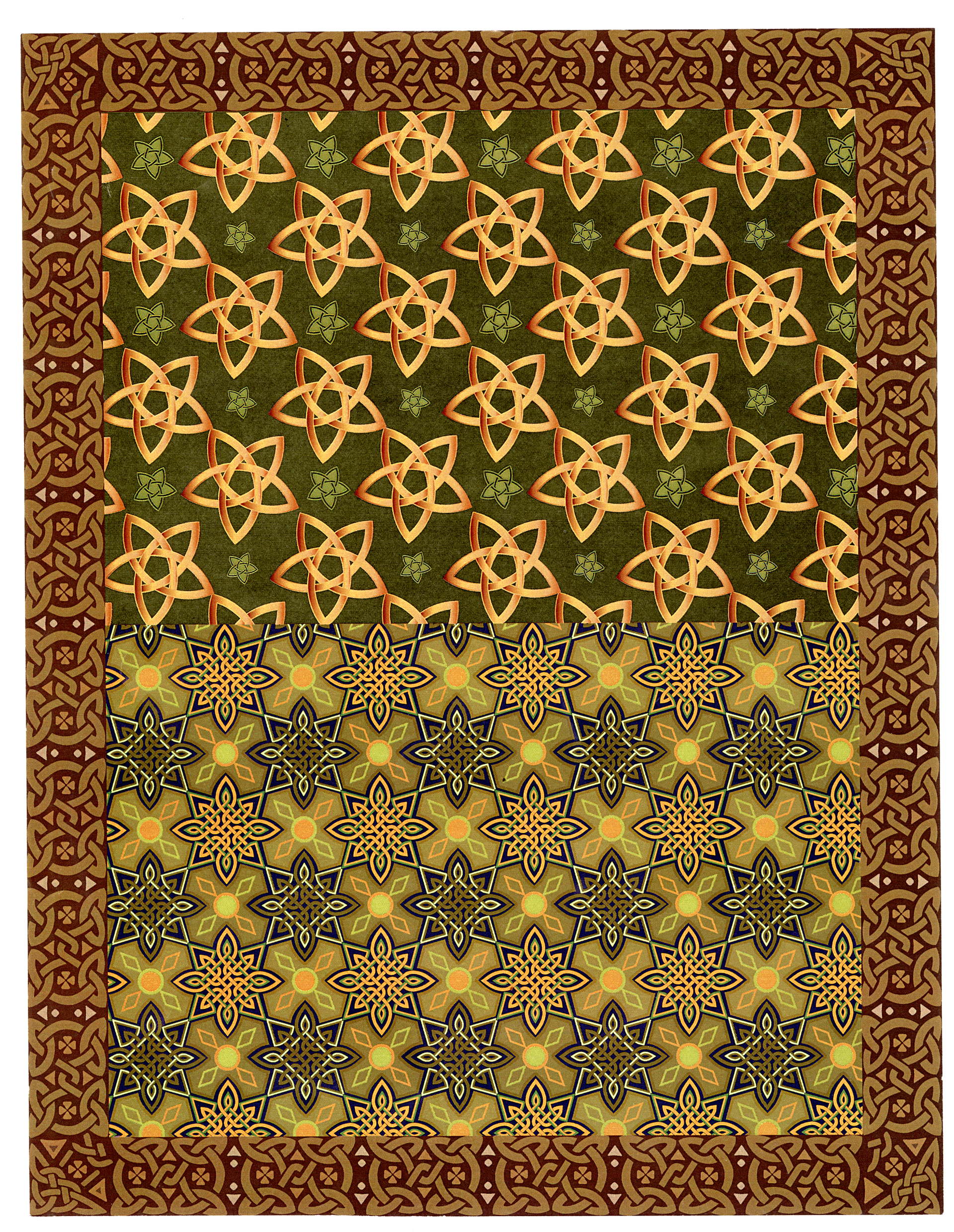

Symbols & Patterns
A set of symbols for the cherry blossom in five styles and respective patterns + packaging.

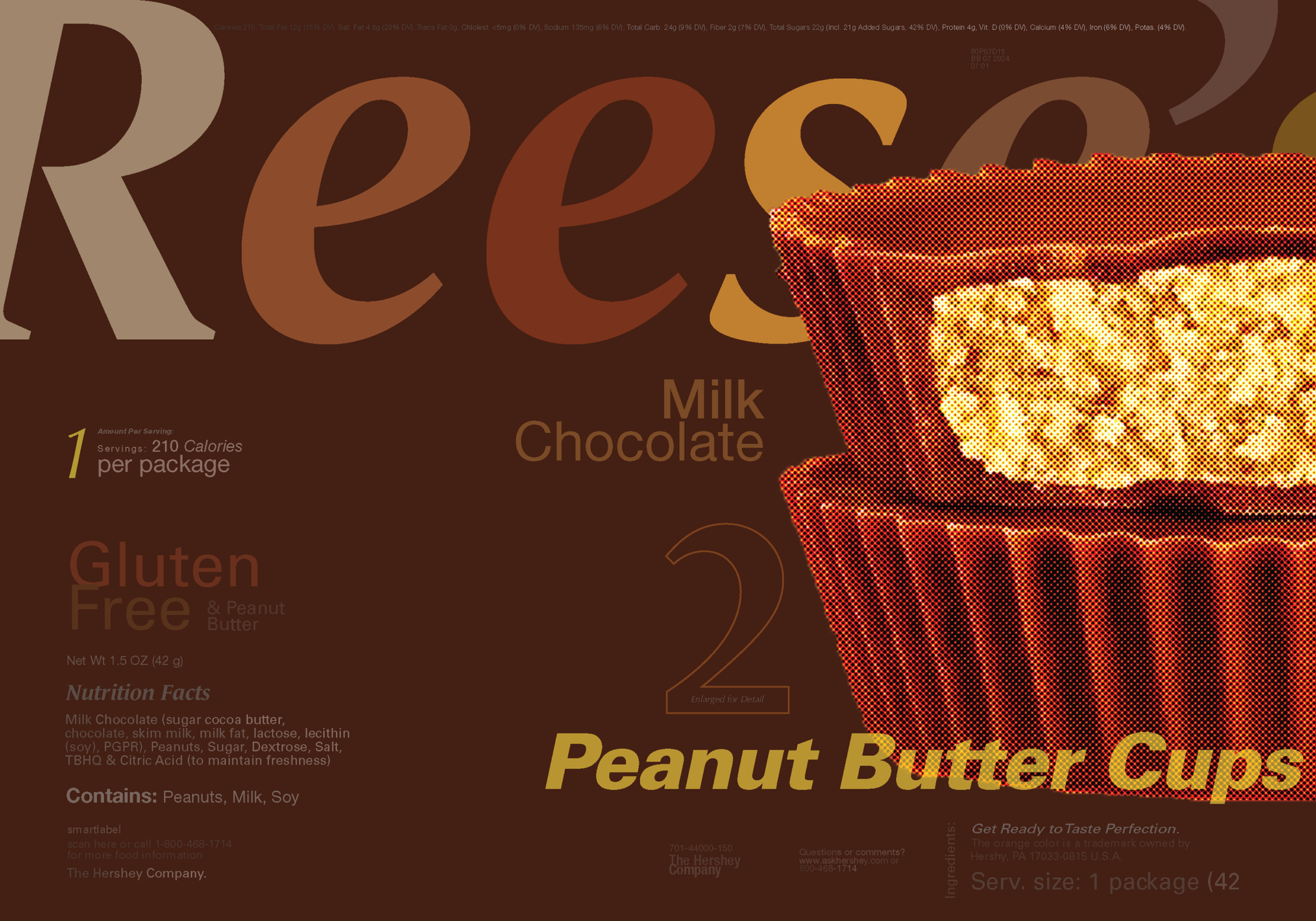
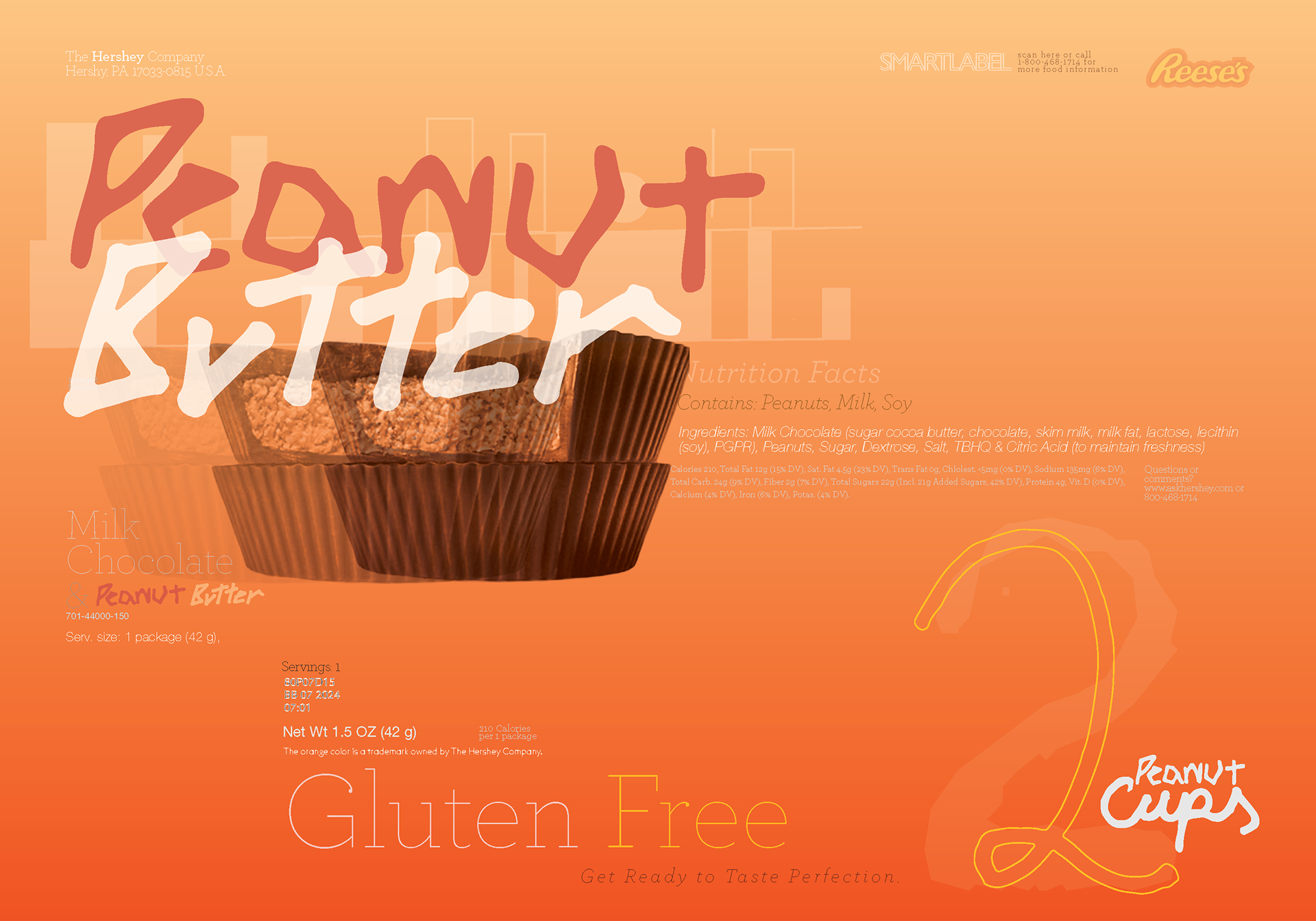

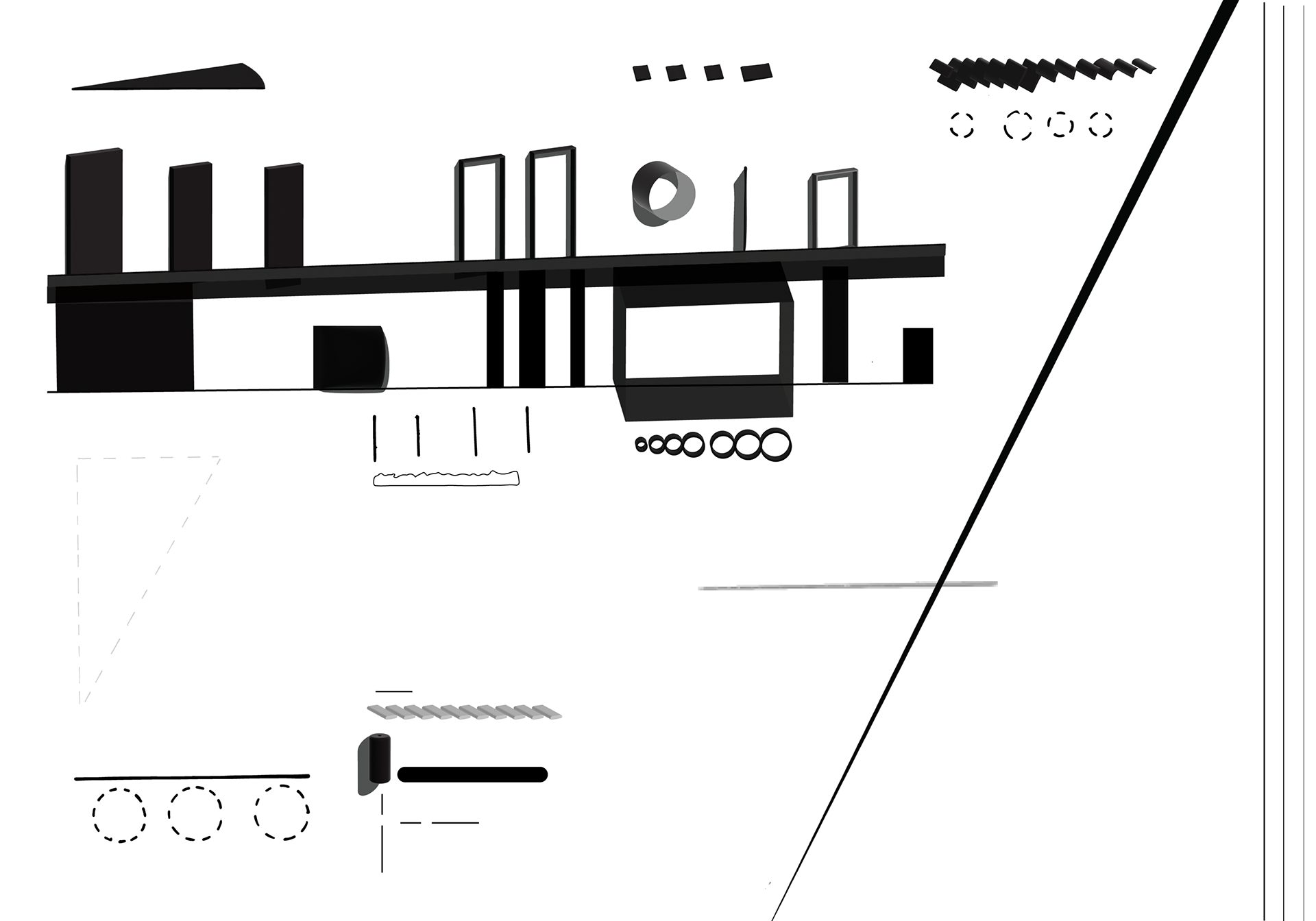
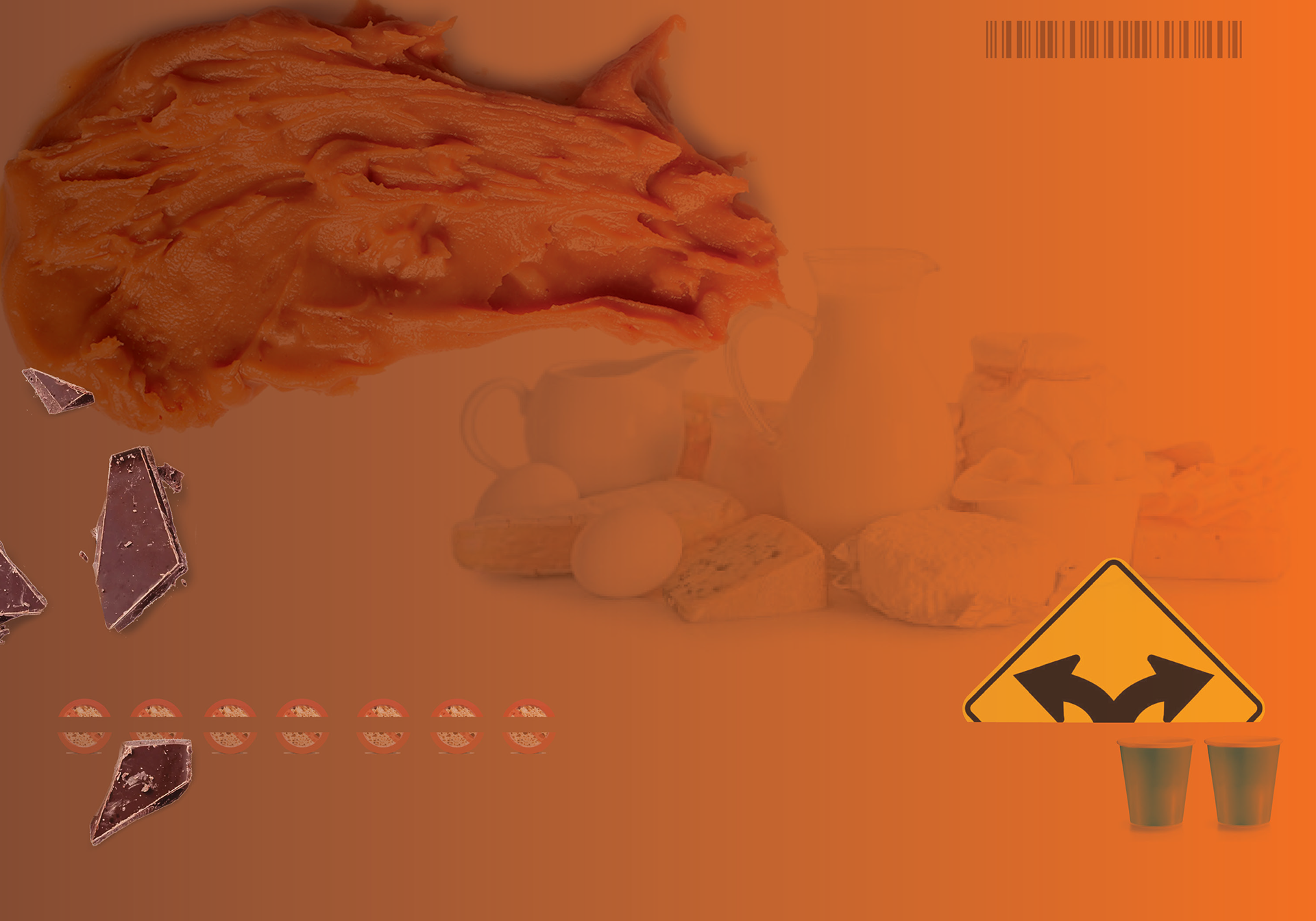
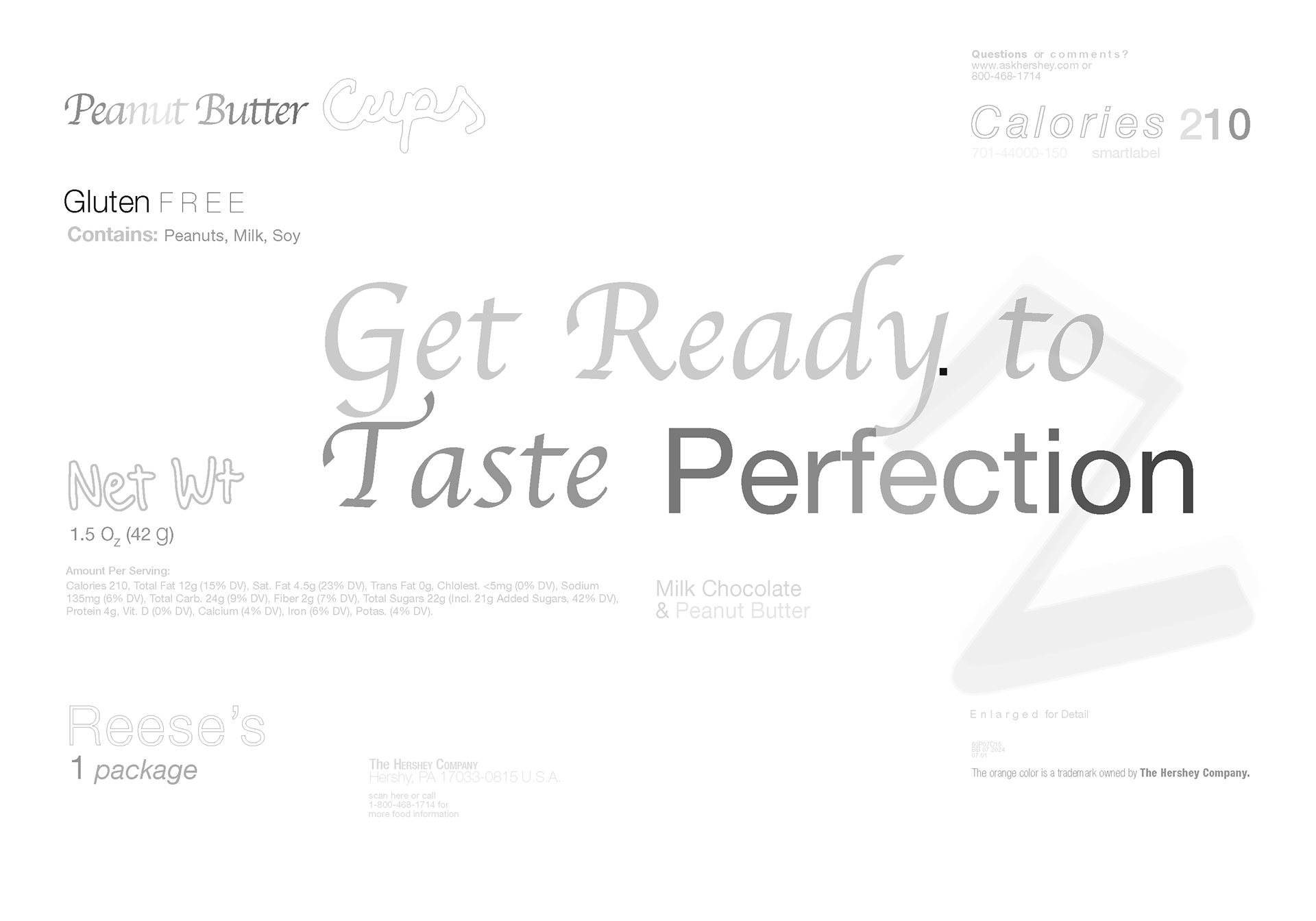
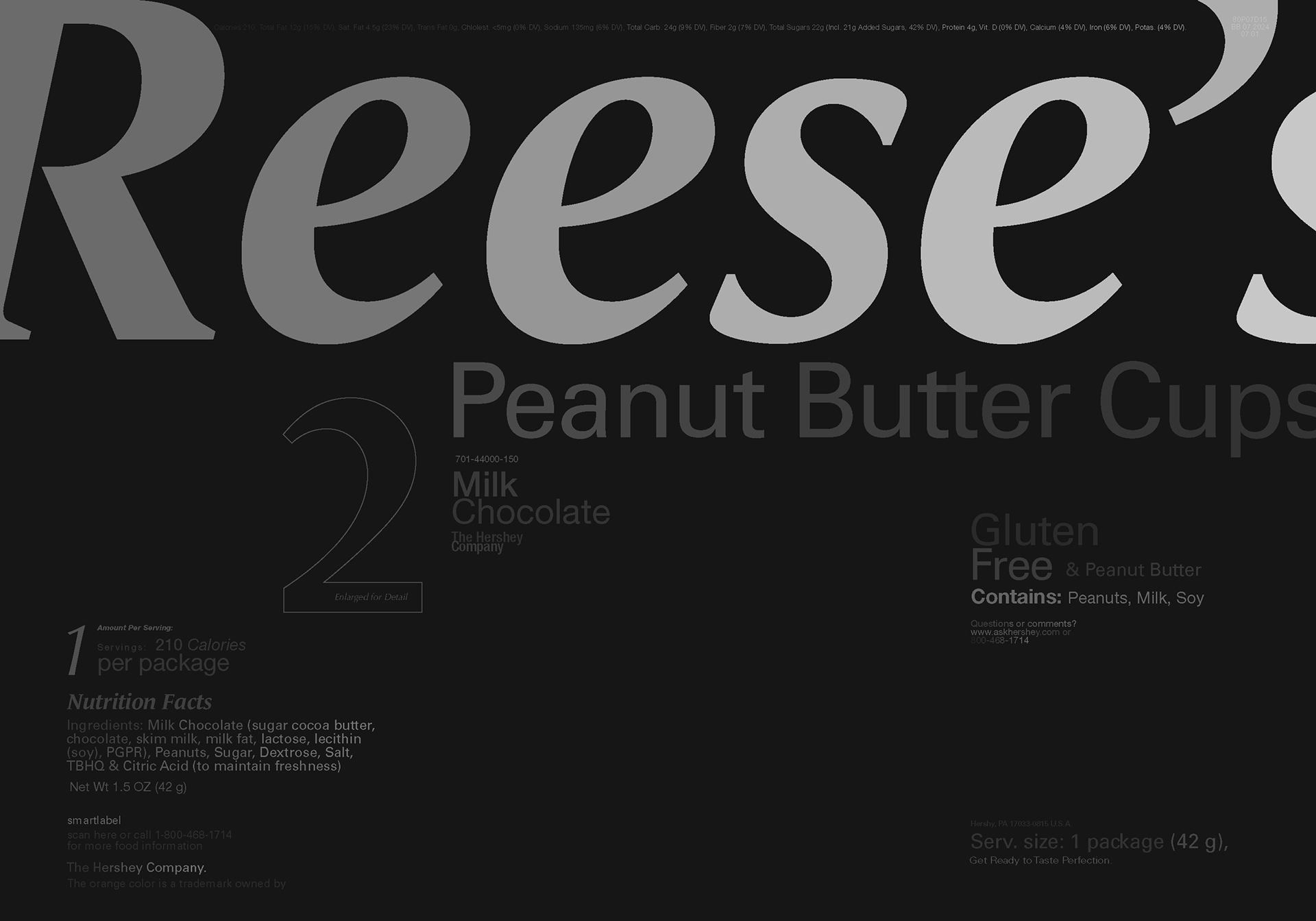
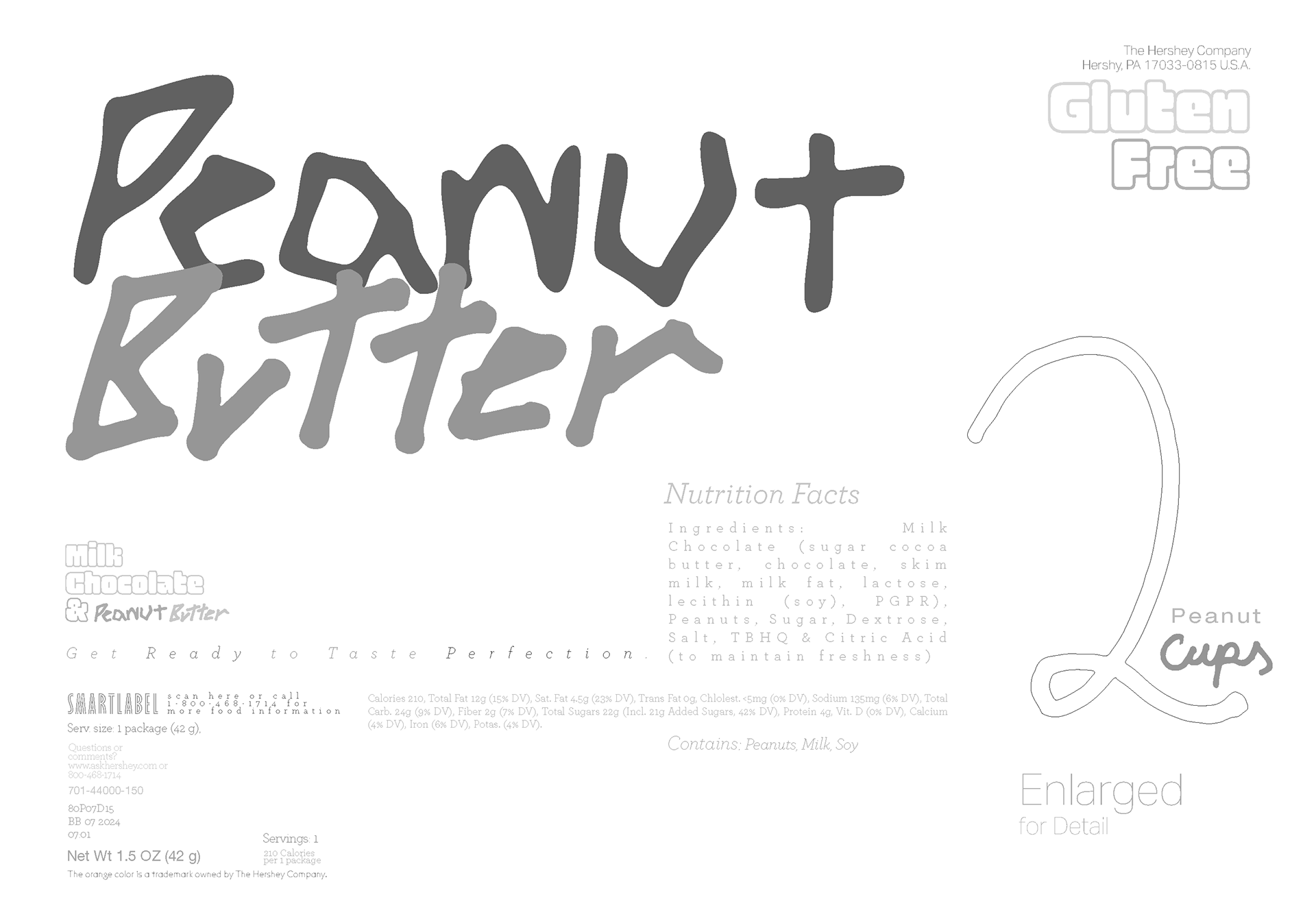
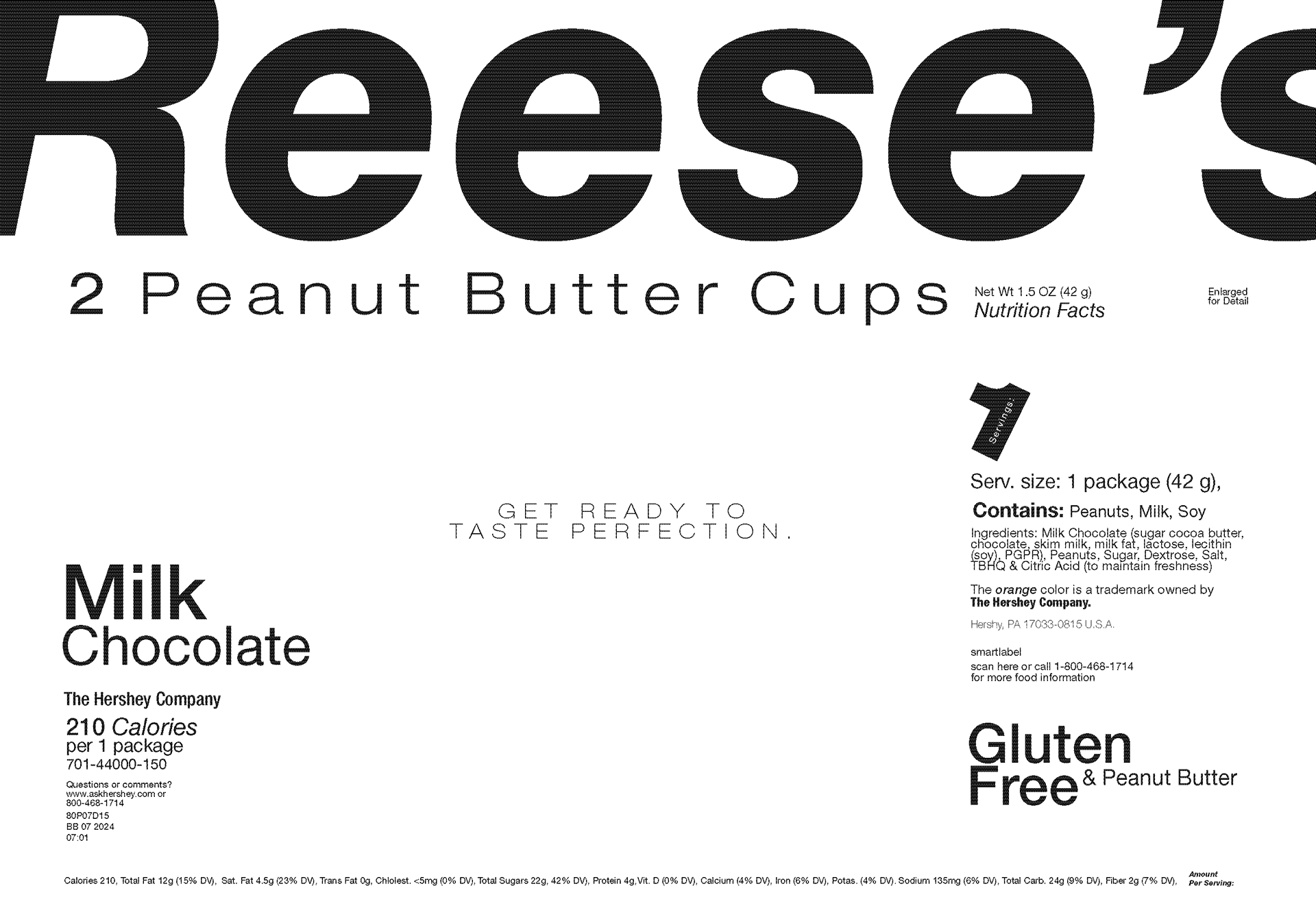
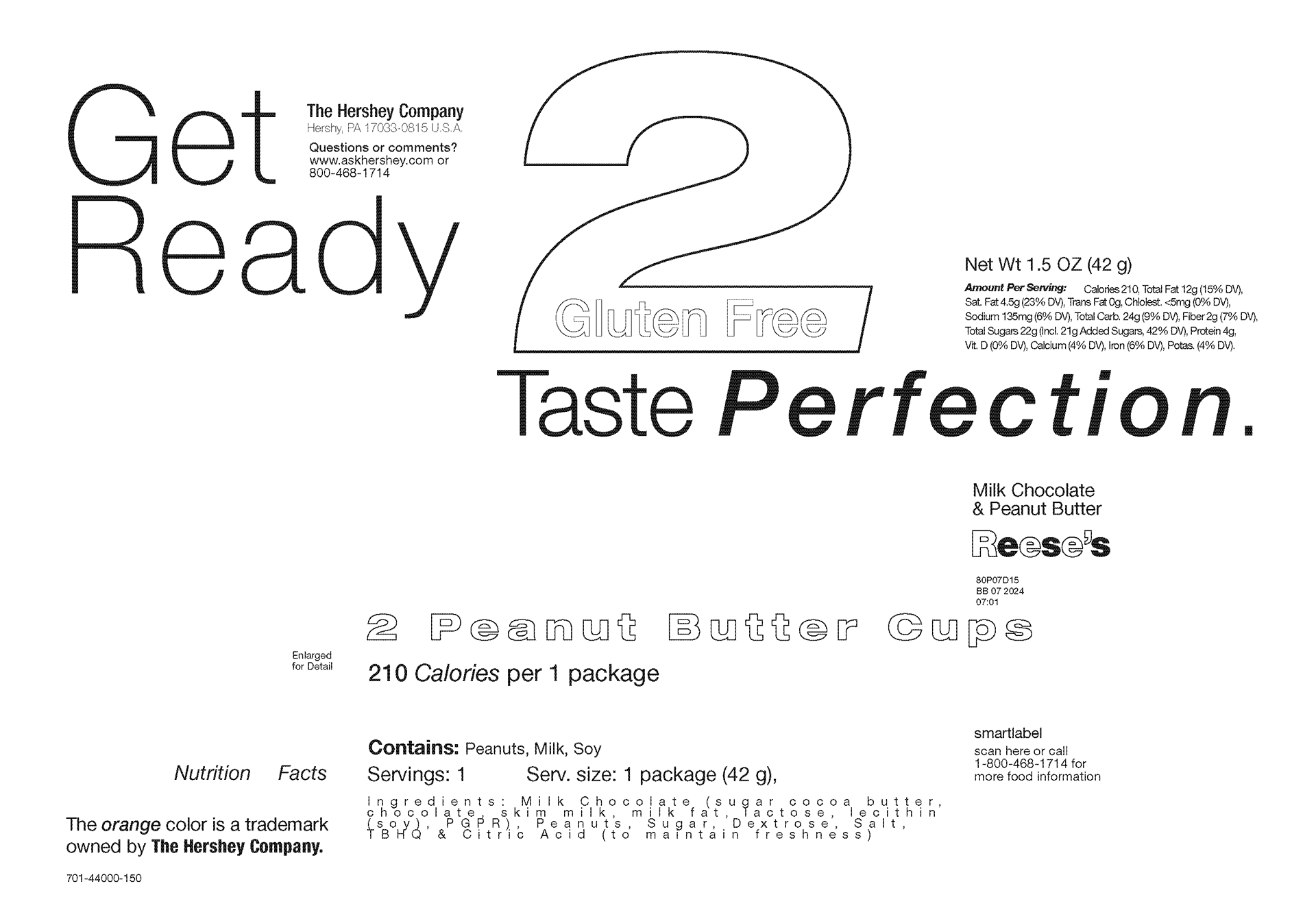
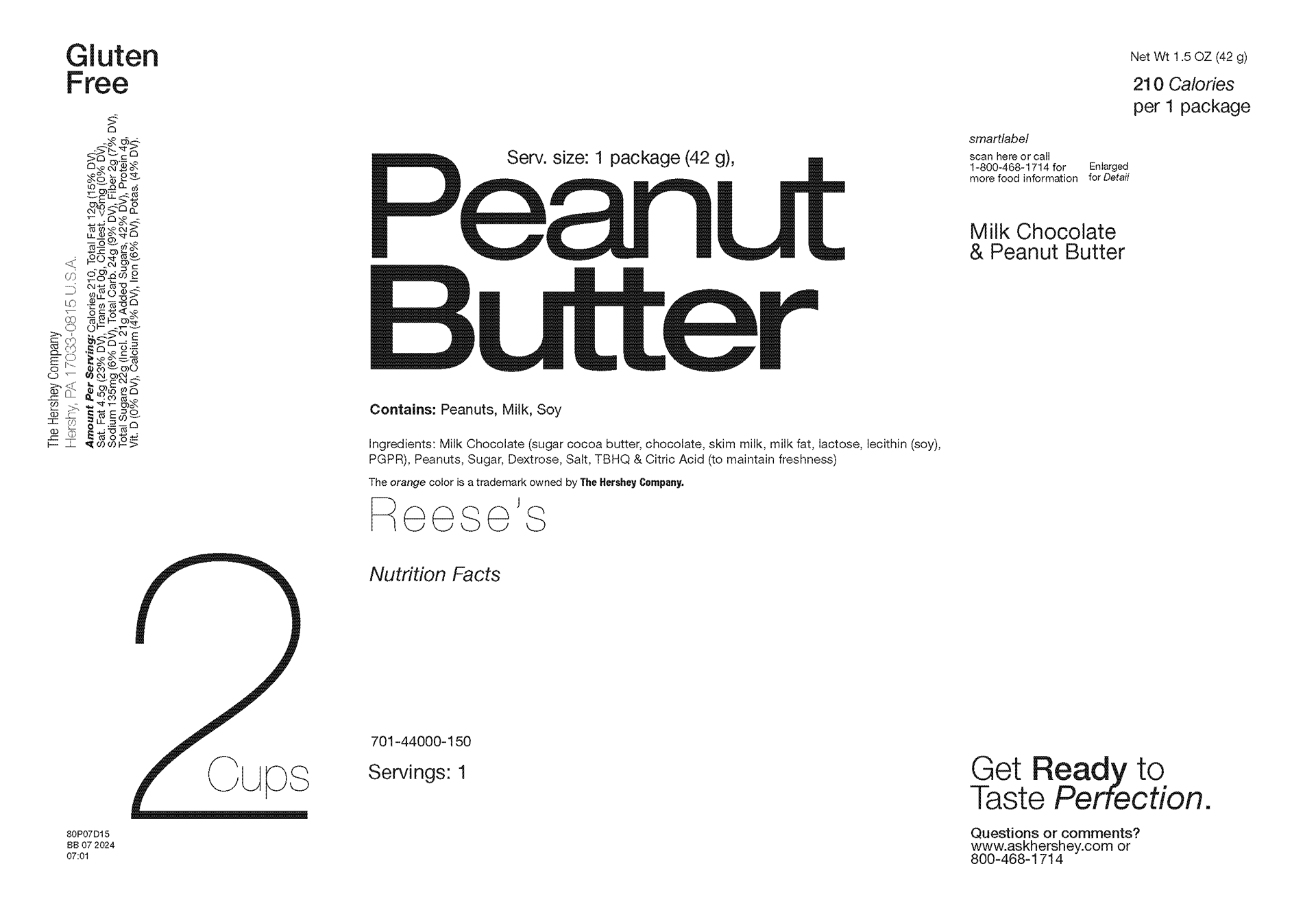

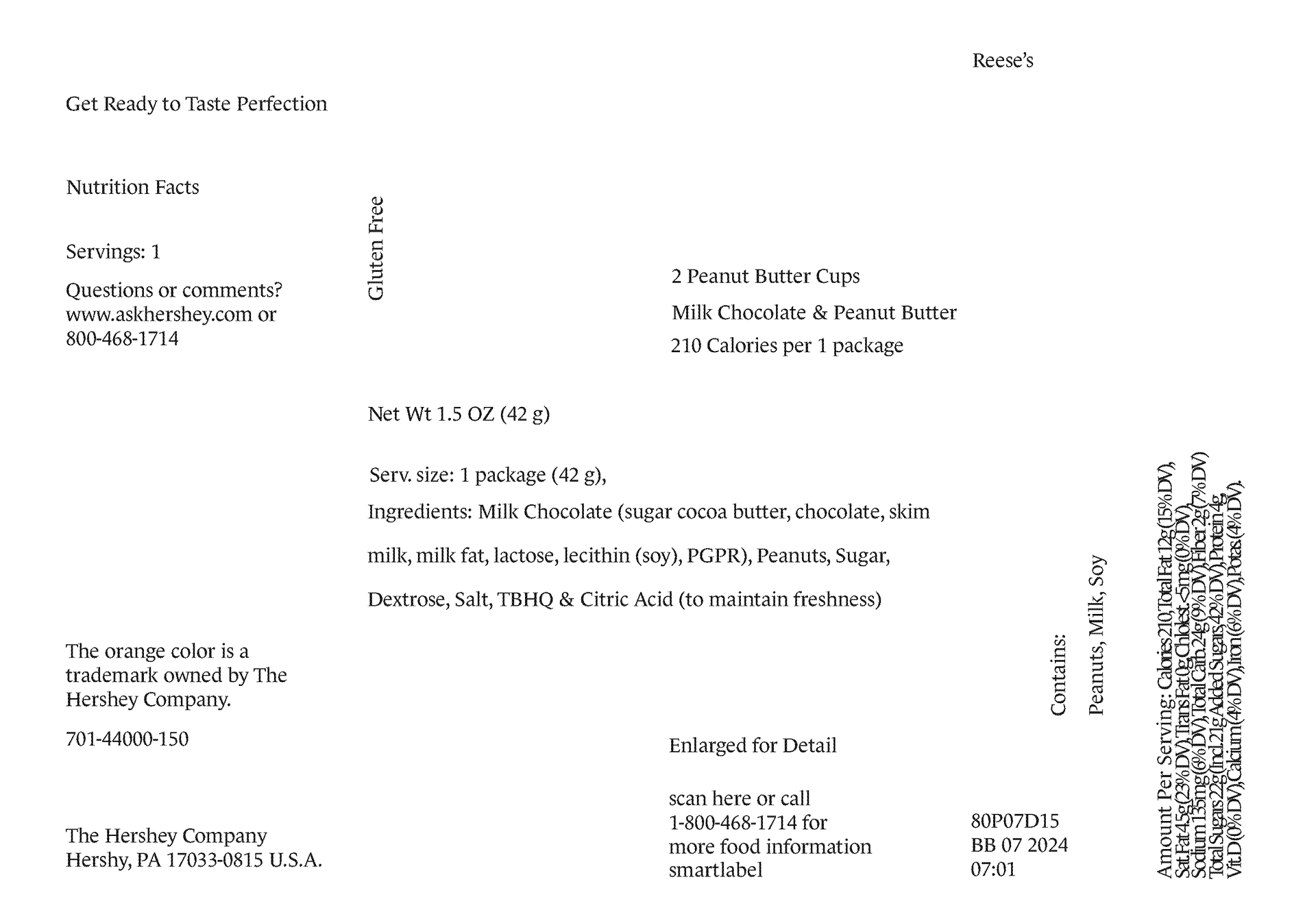
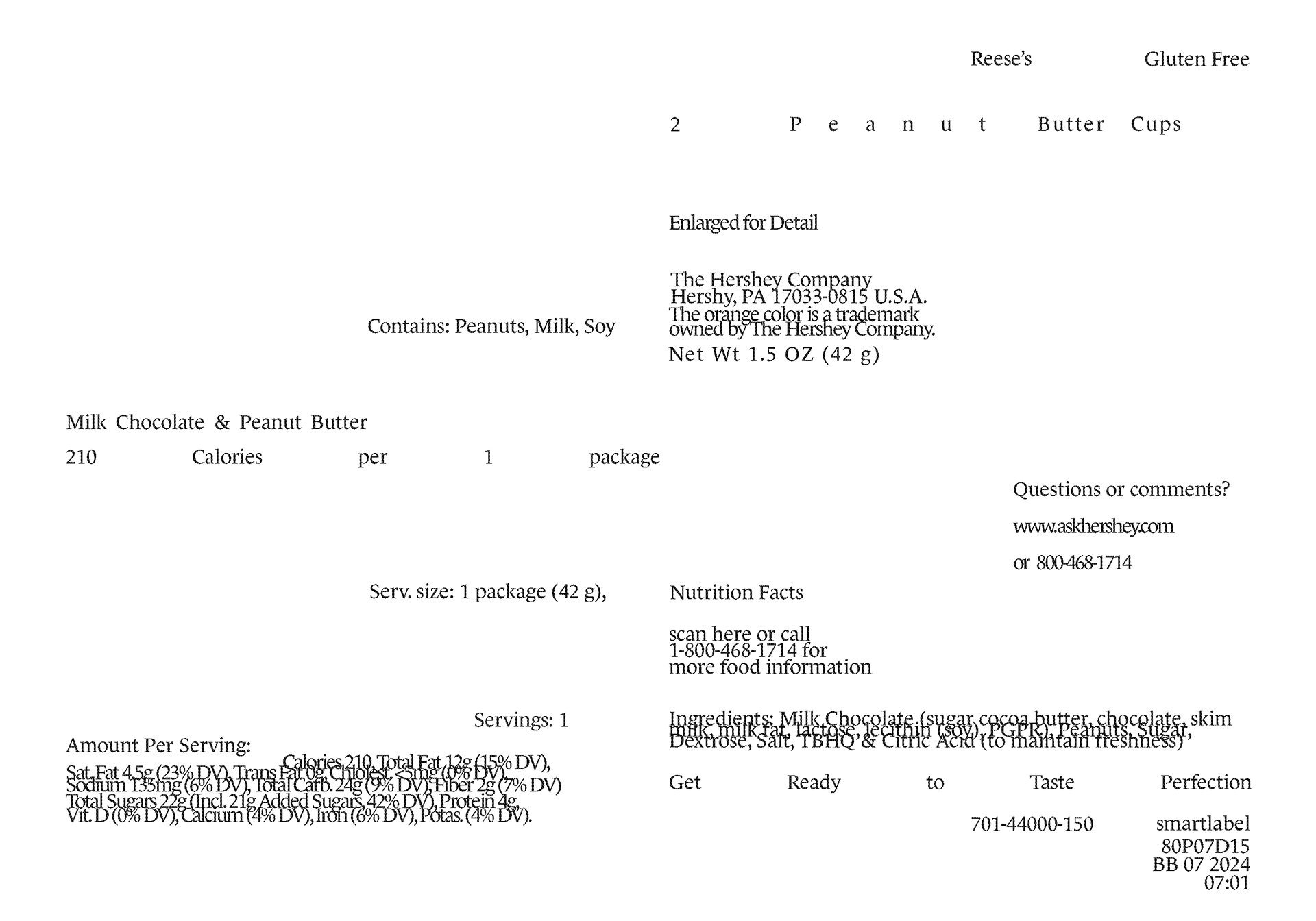
Label series
A progression in label designs starting with a single typeface, pt size, and no image – ending with every tool.
Atlas (Maryland)
A front and back poster (atlas) of the state of Maryland that covers history, agriculture, environment, + more about the Chesapeake Bay State.
Book Covers
A pair of covers for the book adaptation of The Green Knight (Sir Gawain & the knight).
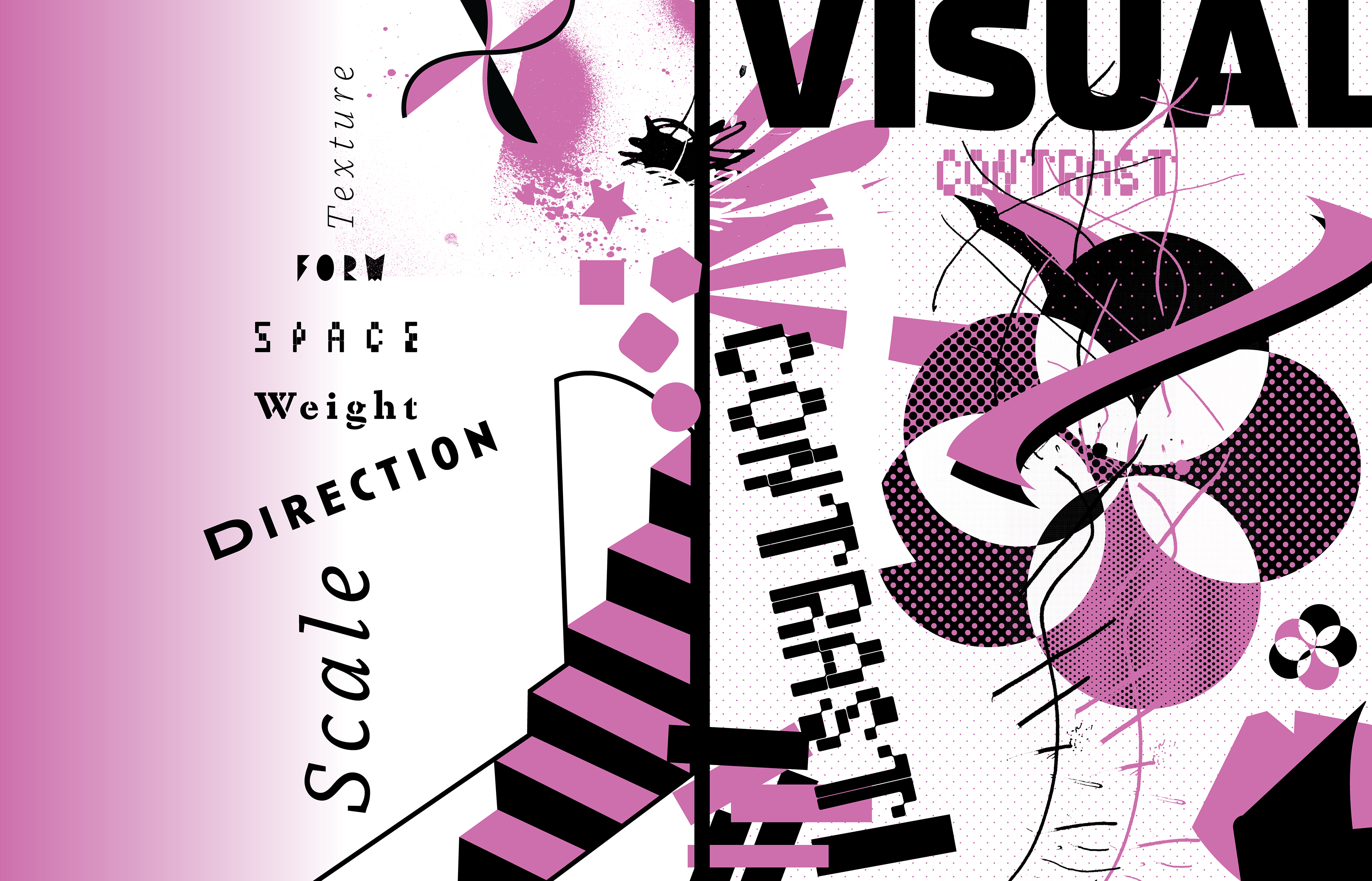
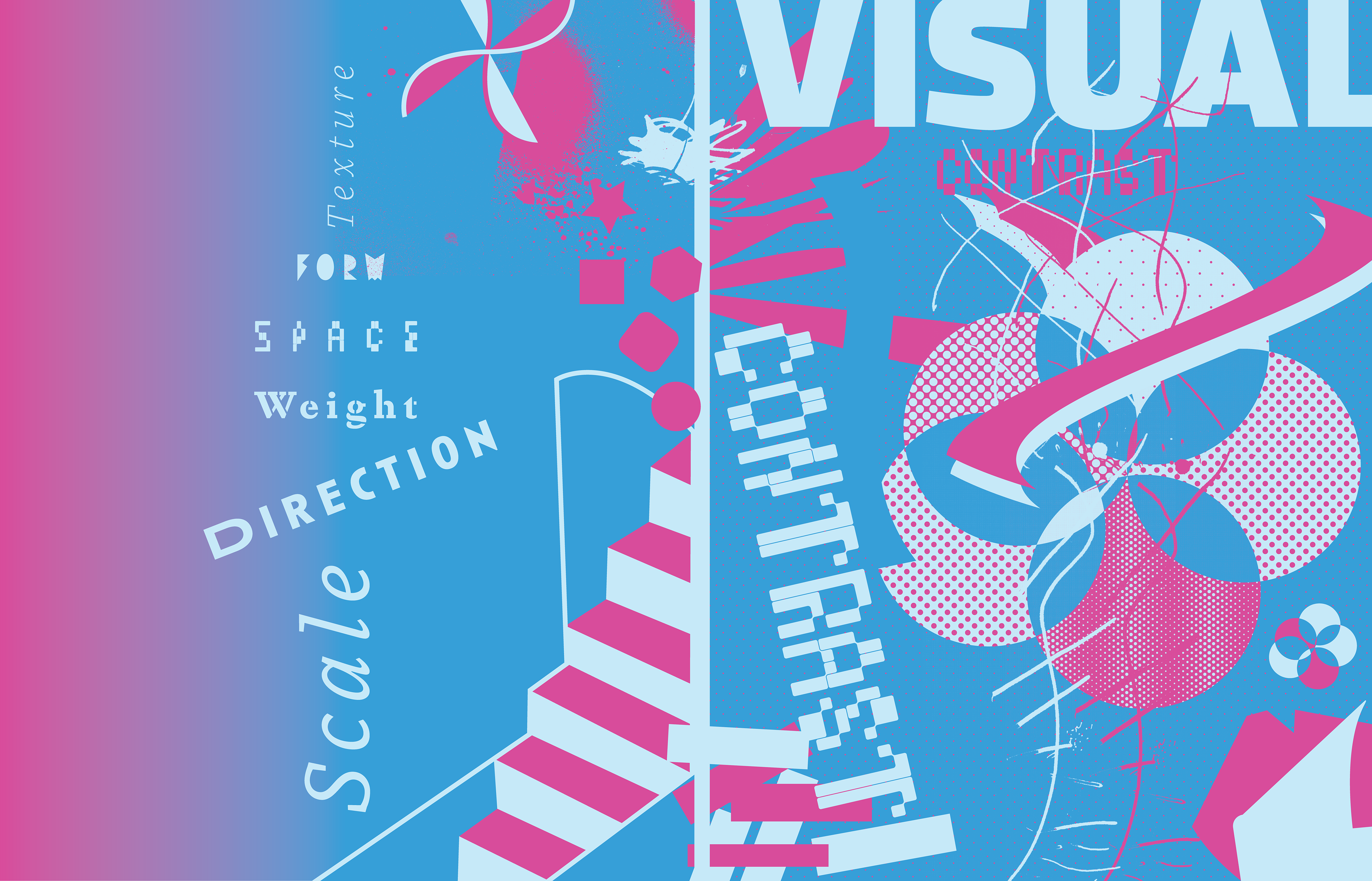
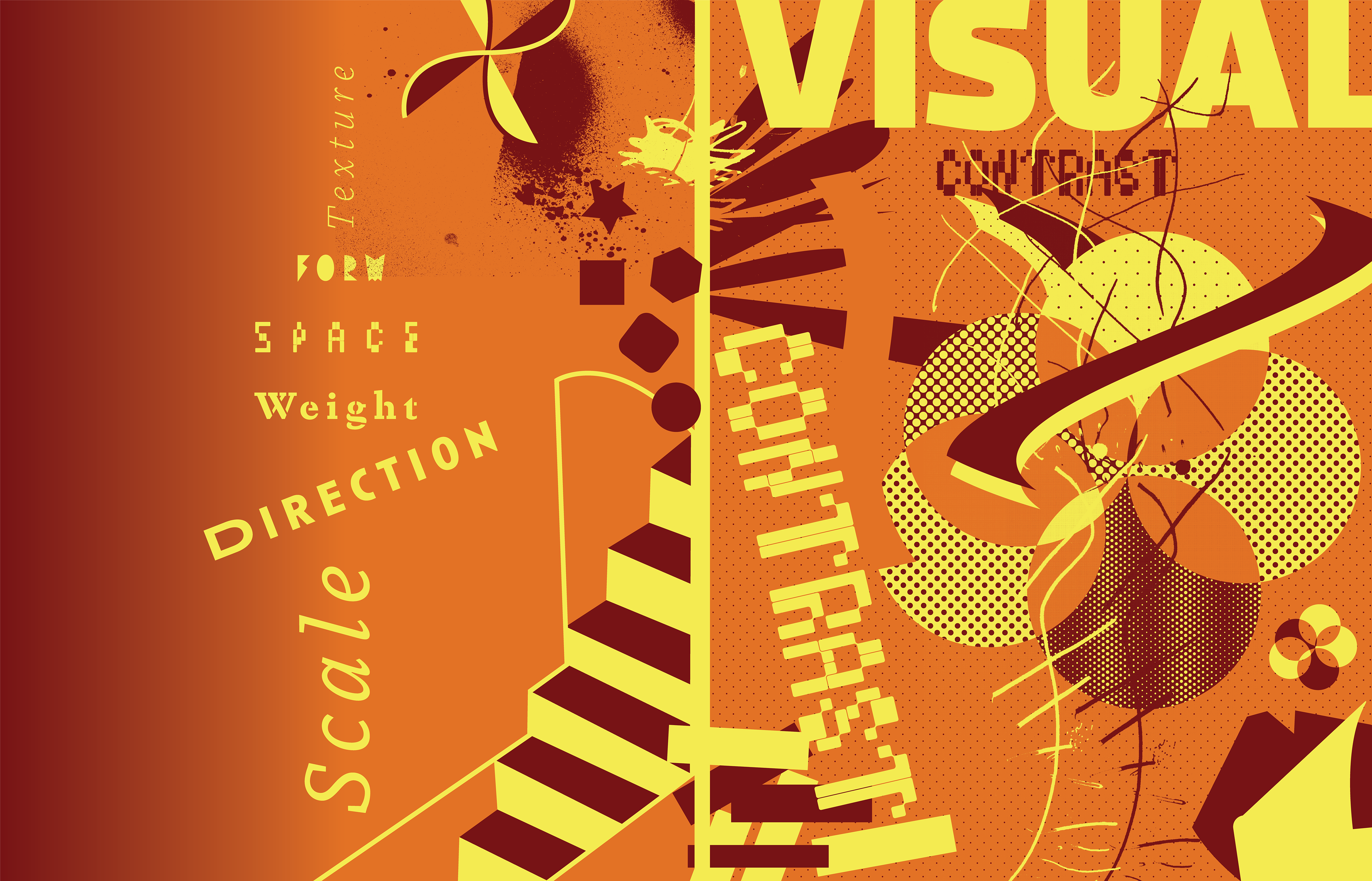
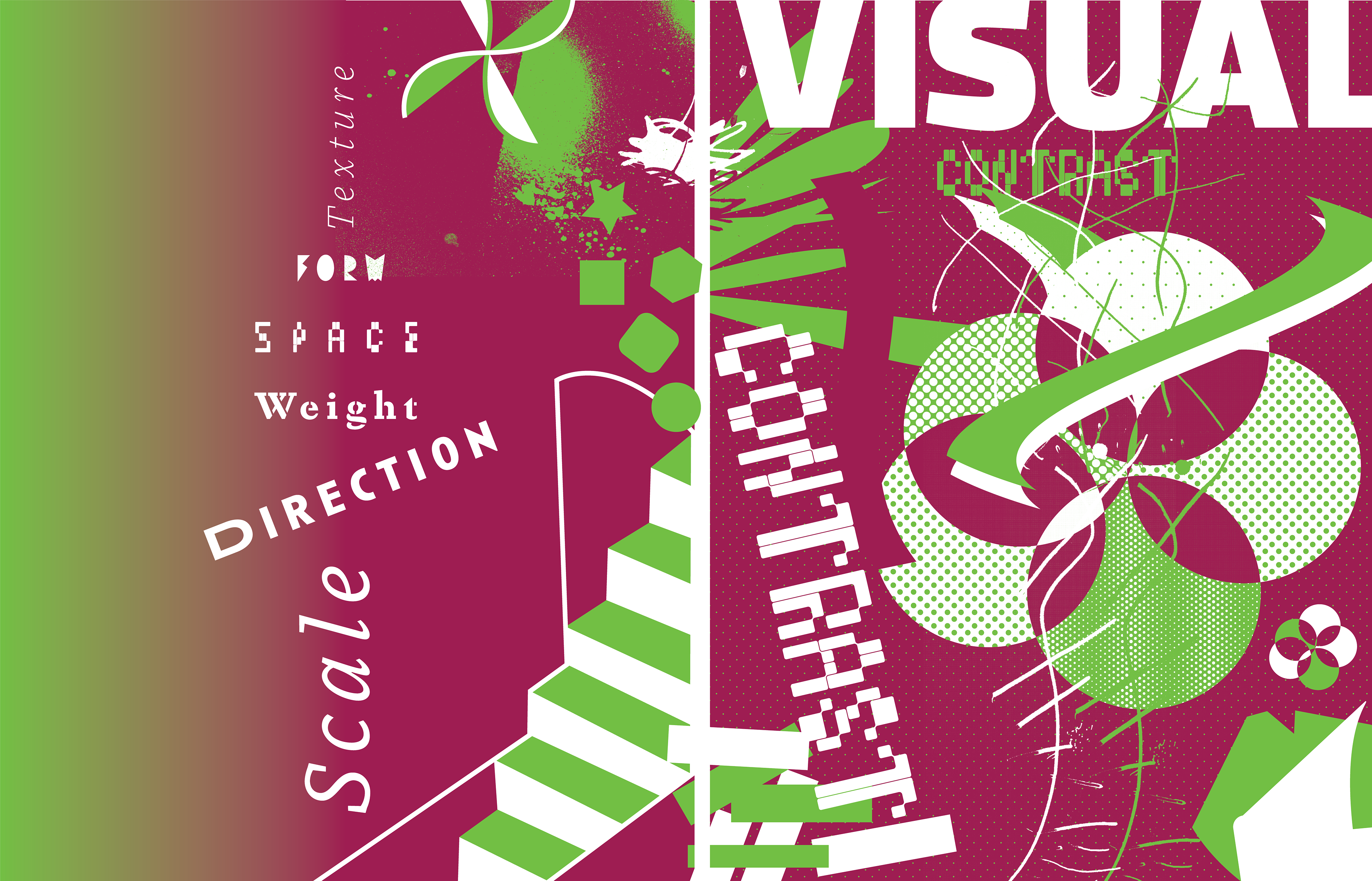
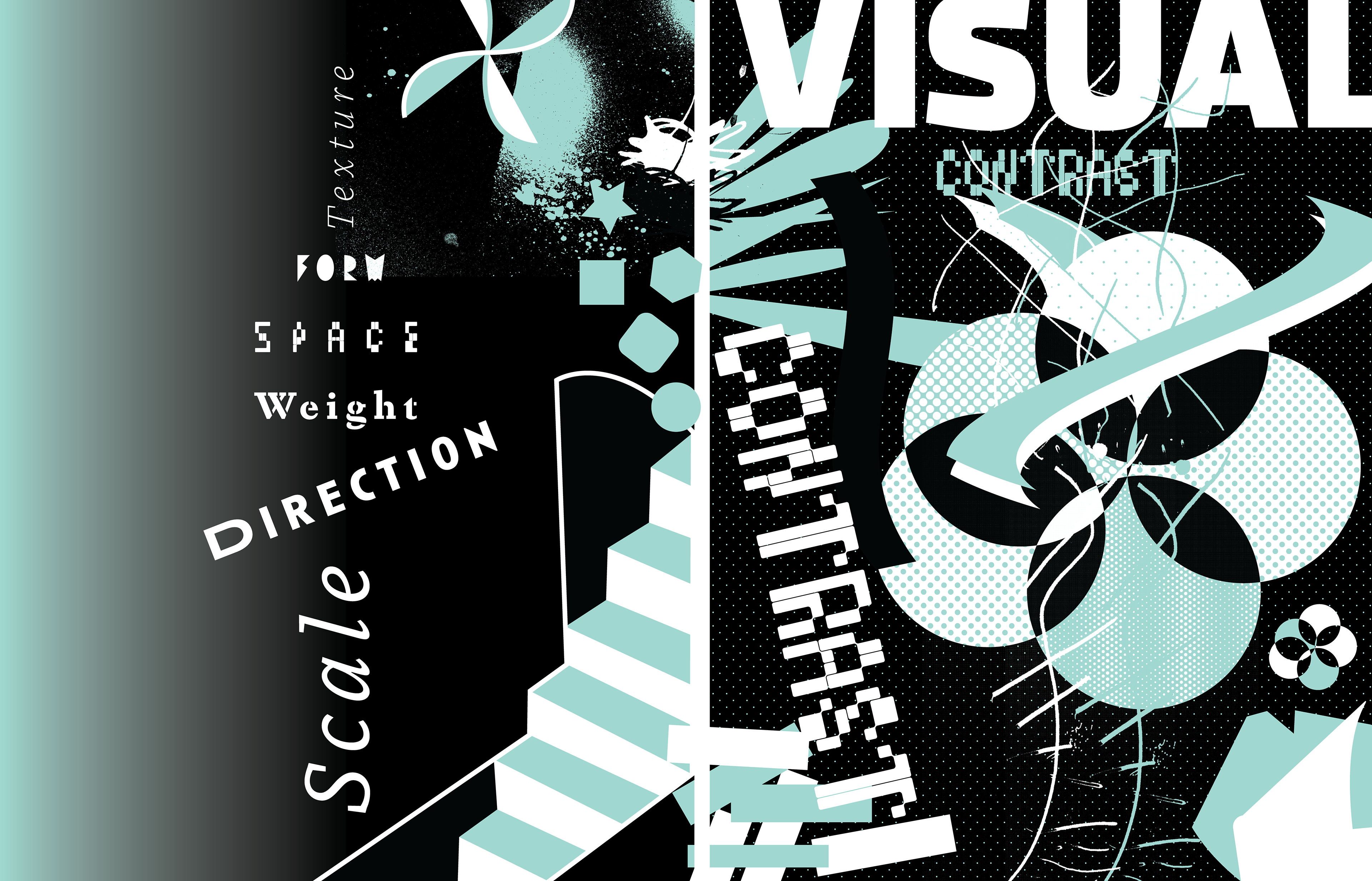
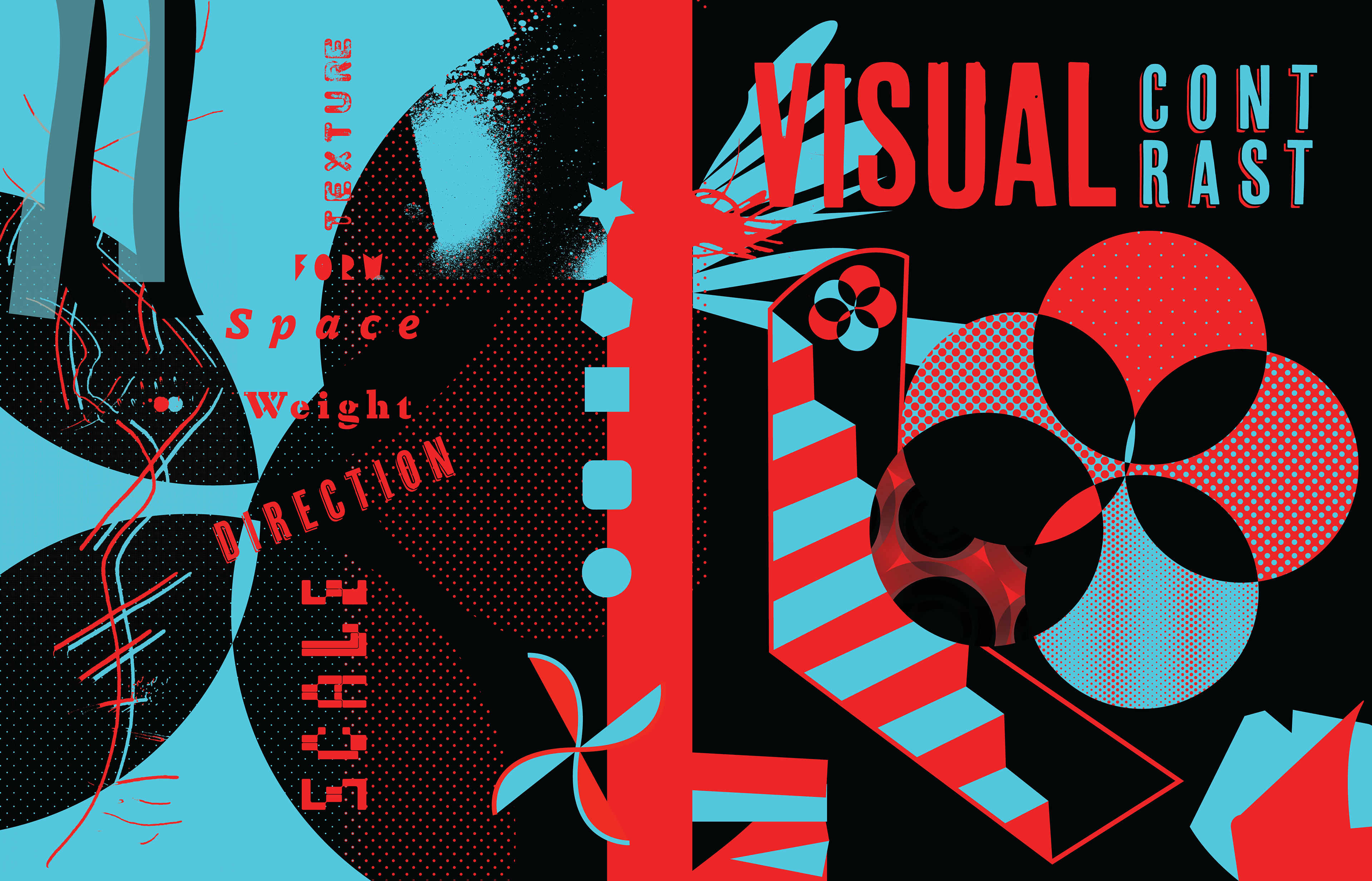
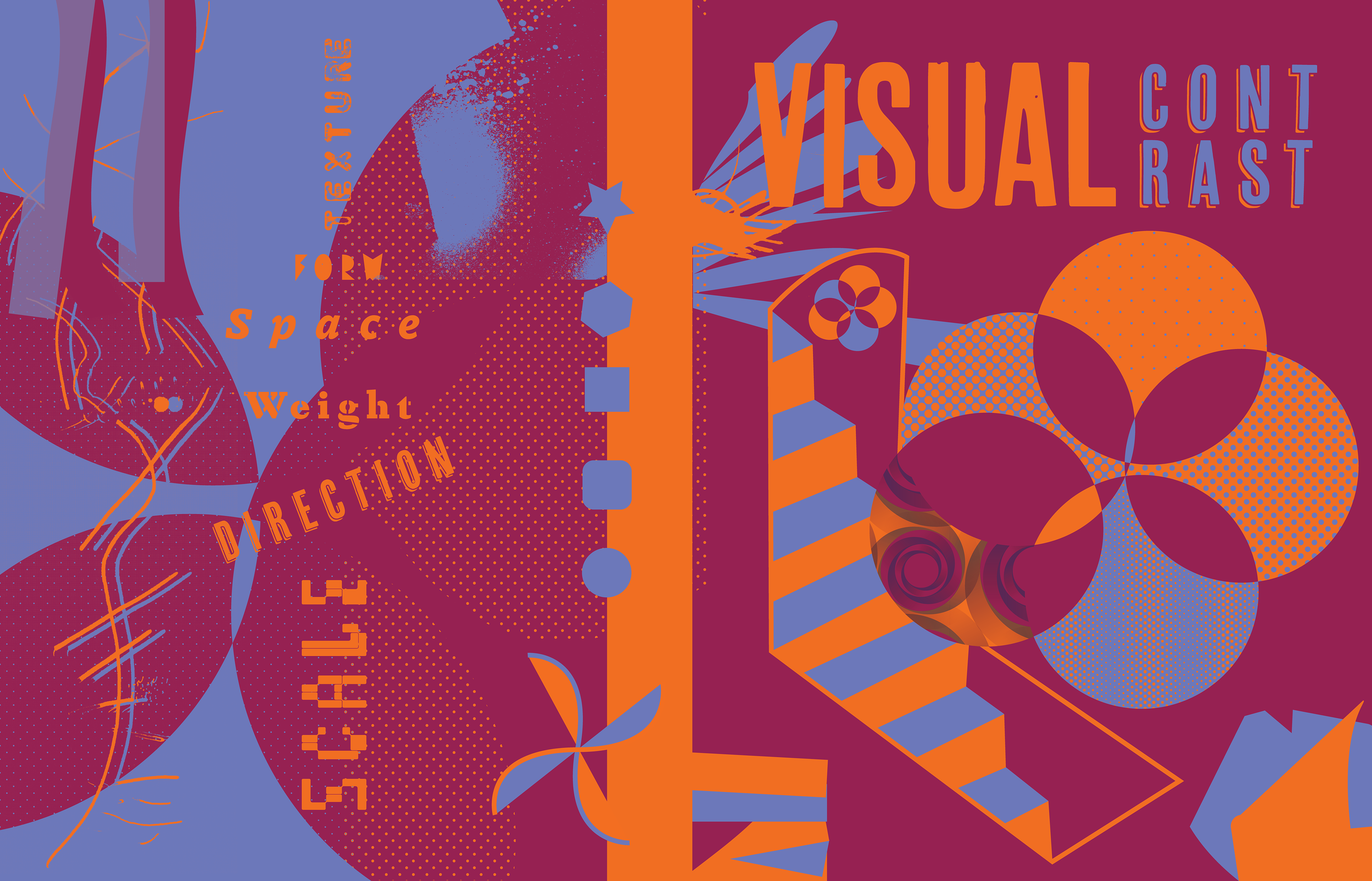
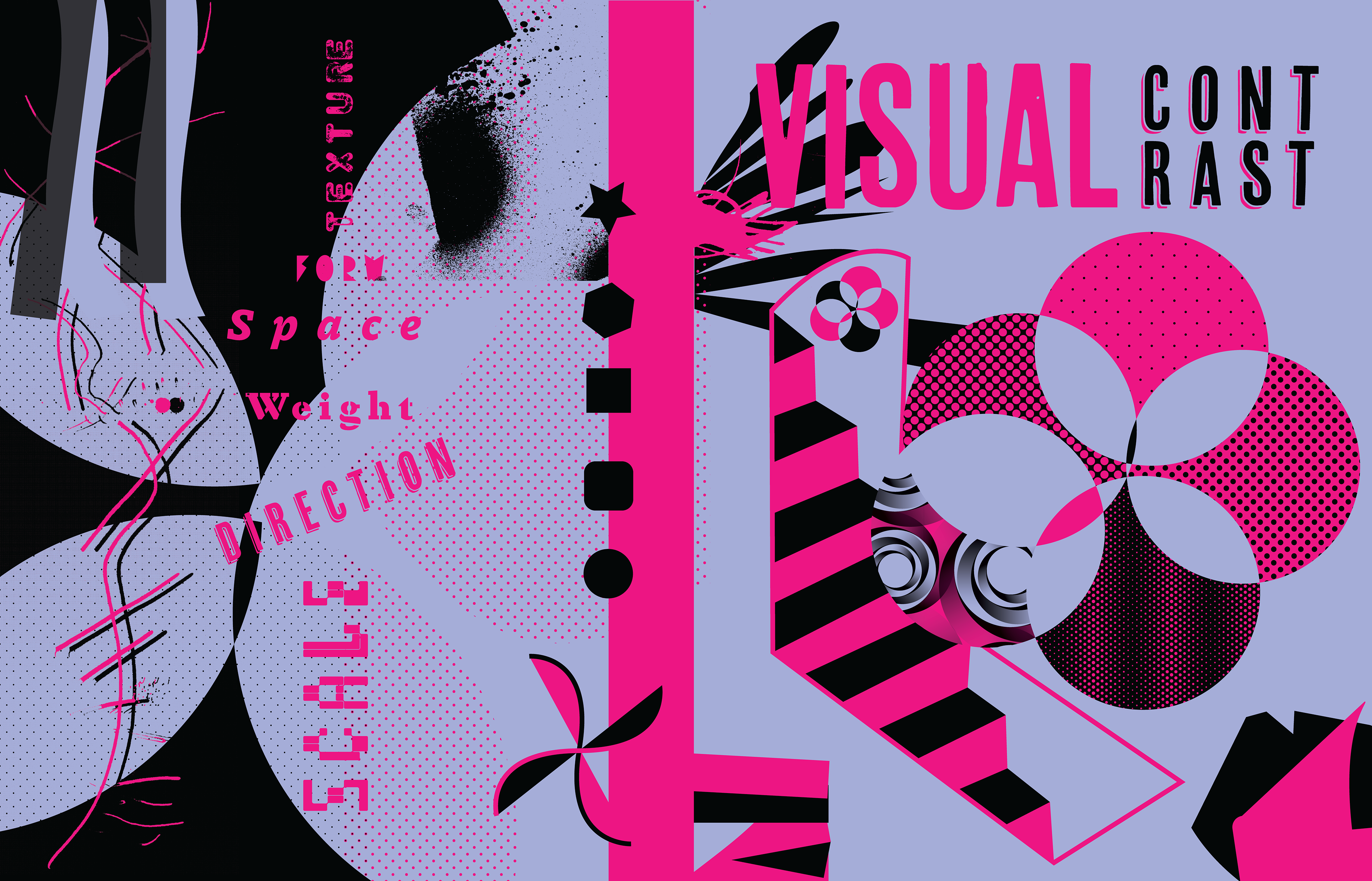
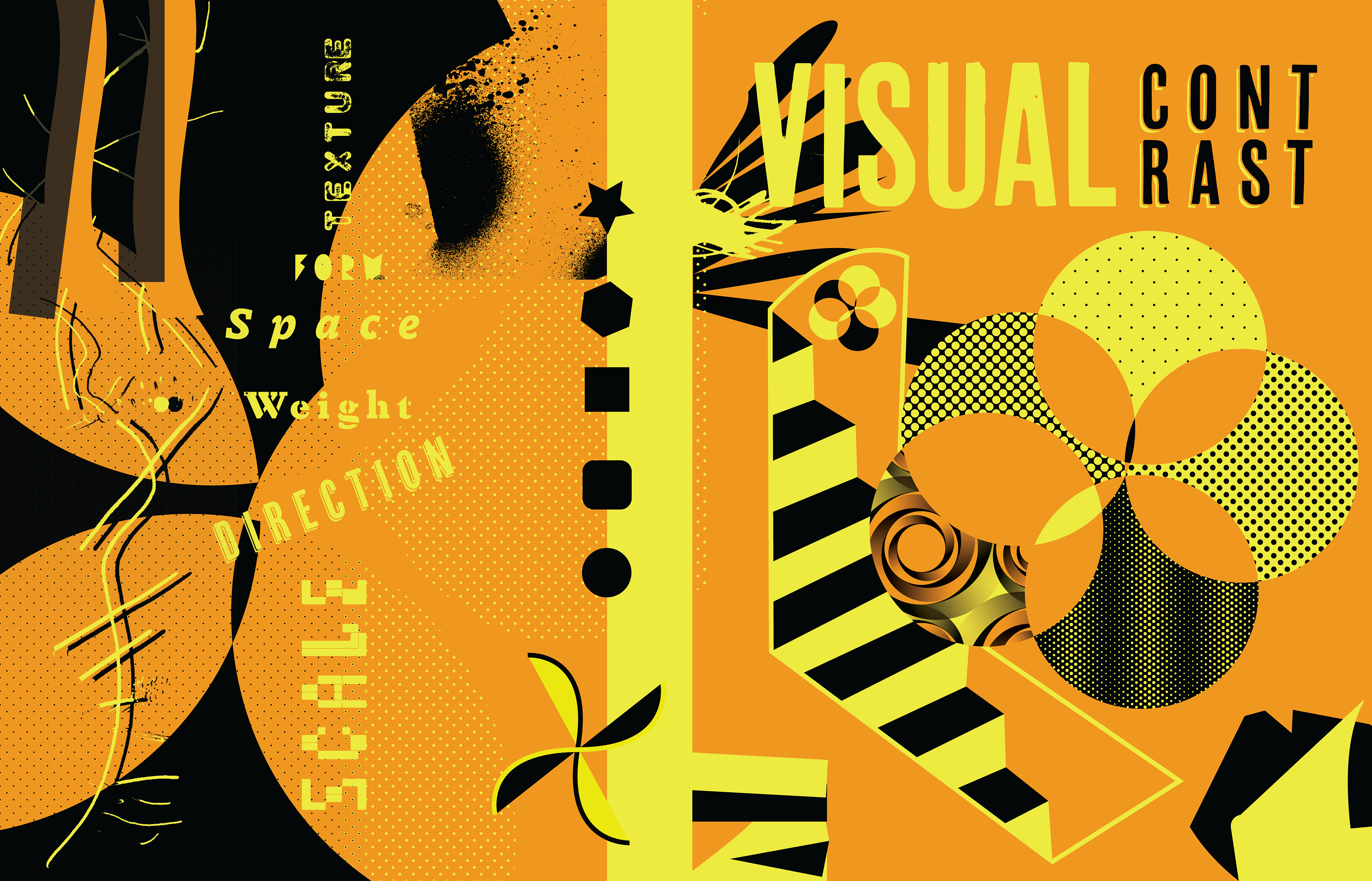
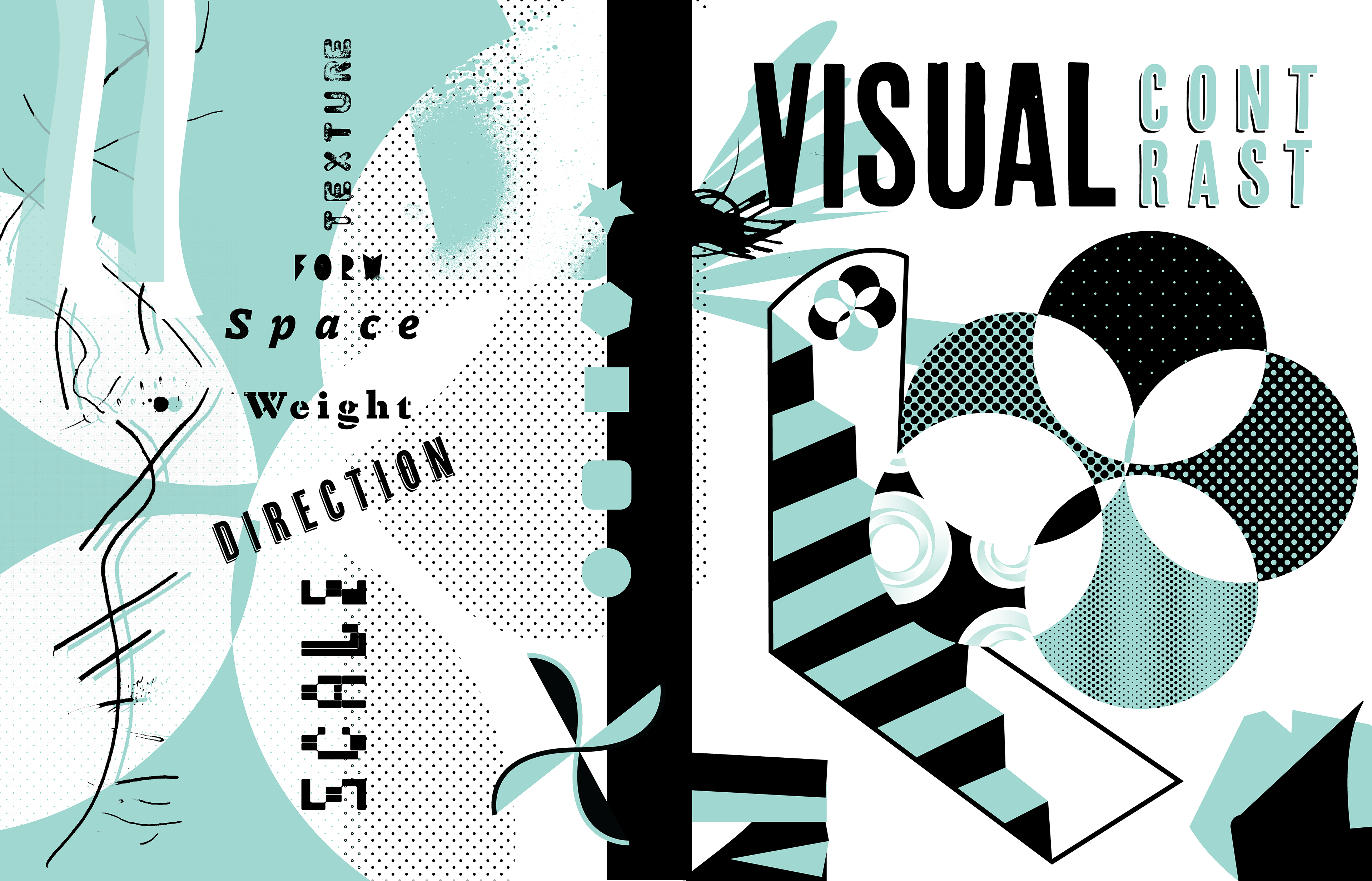
Visual Contrasts - Book Cover
Create 3-6 Covers with color revisions that incorporate all 6 principles of design and
aim to personify the character of the work inside the book.
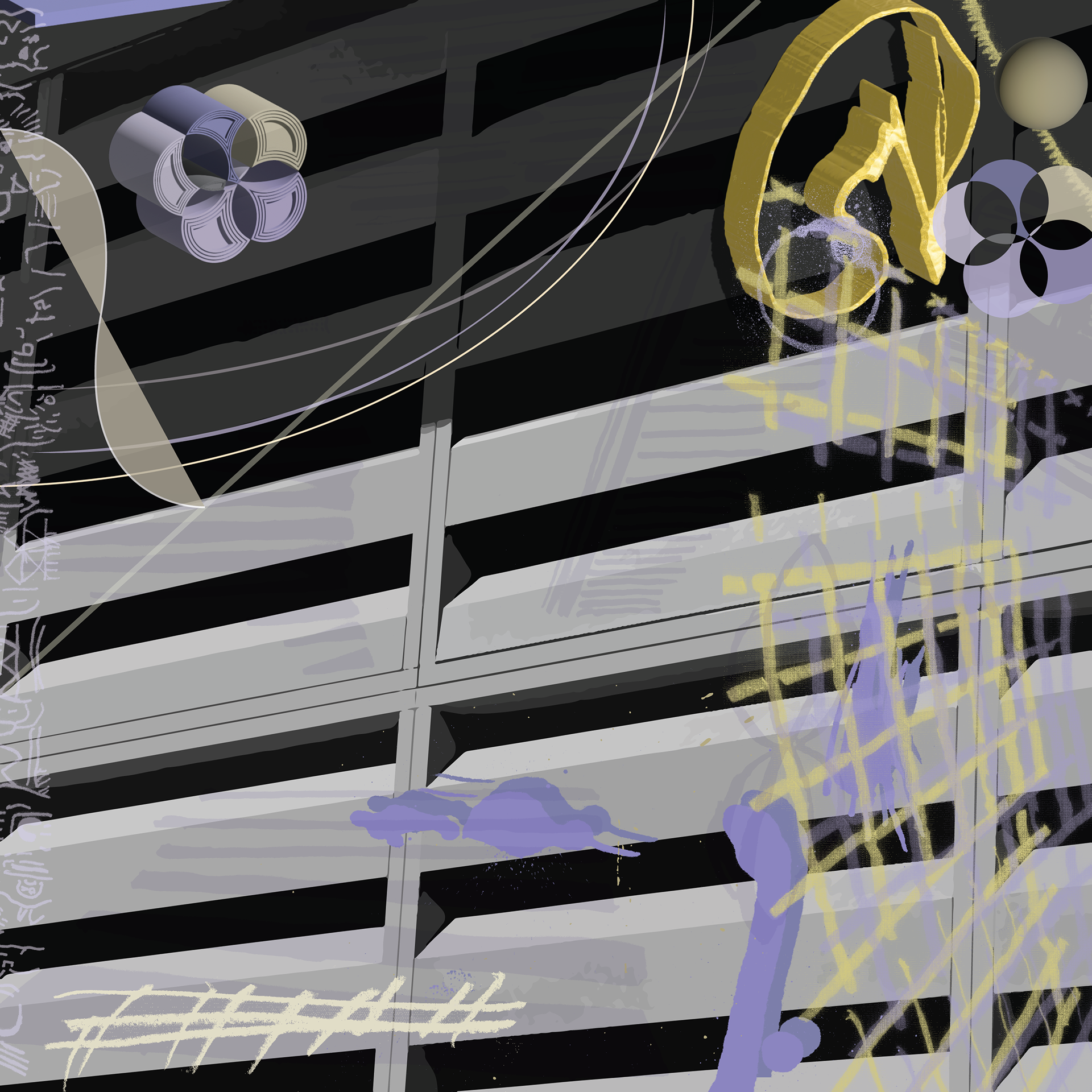
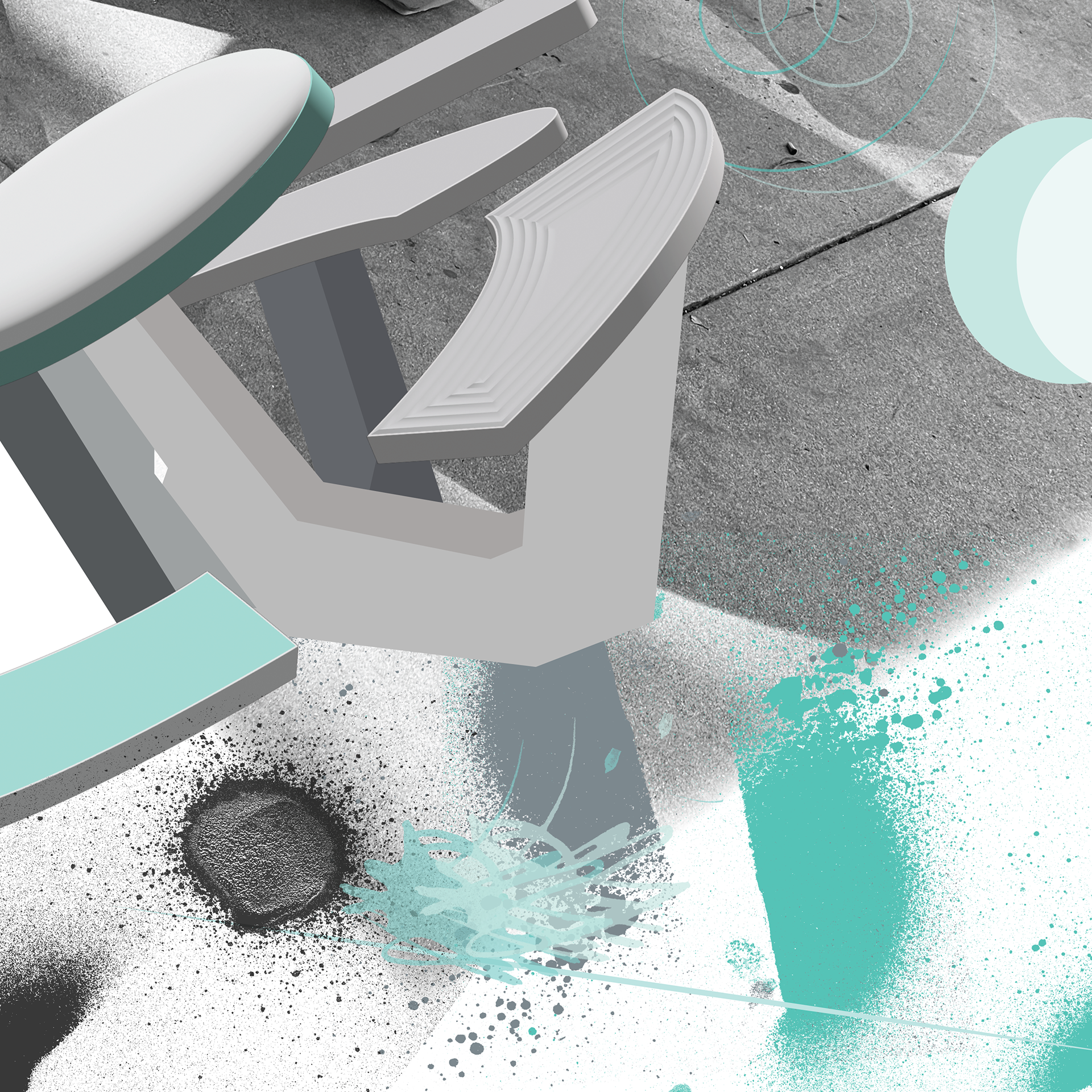
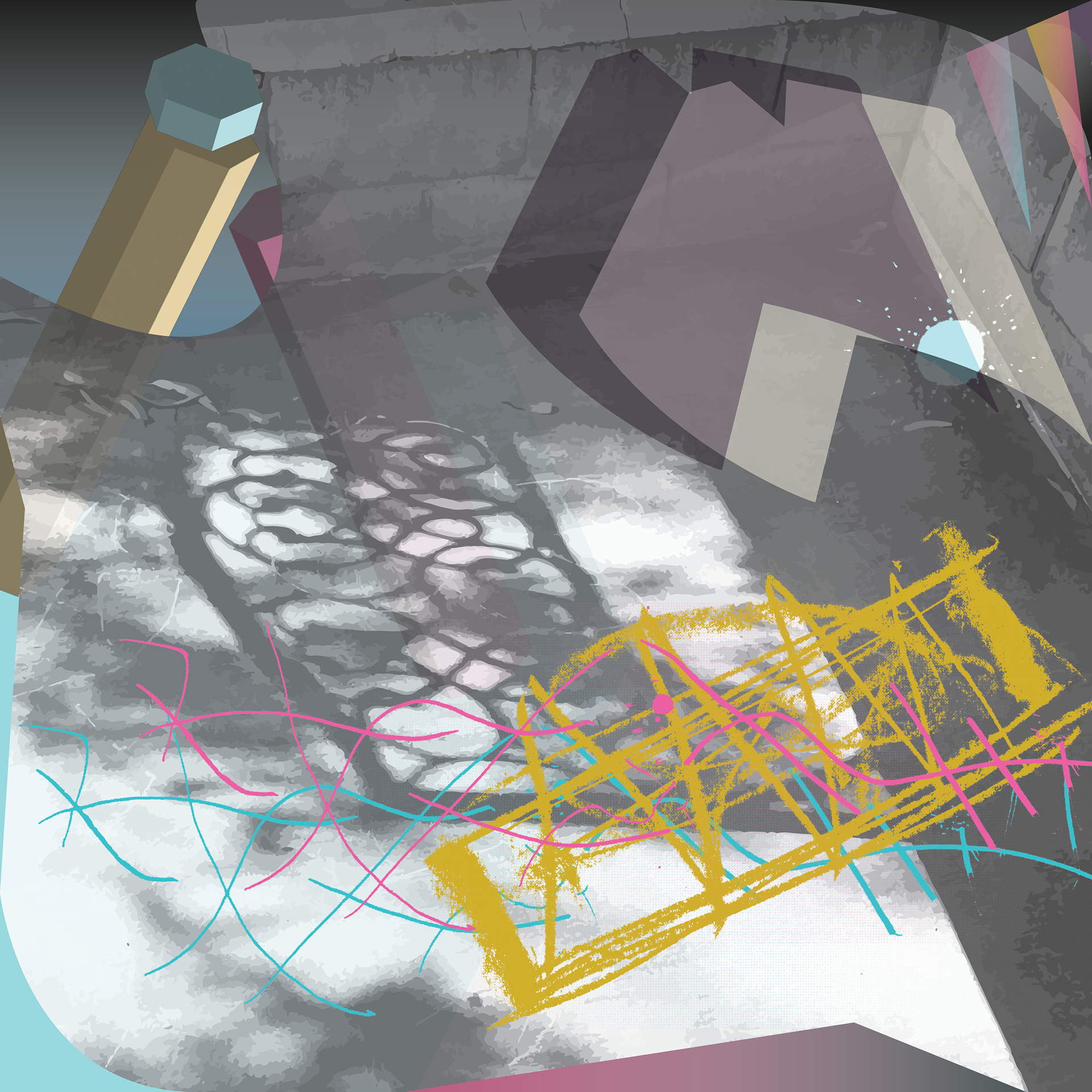
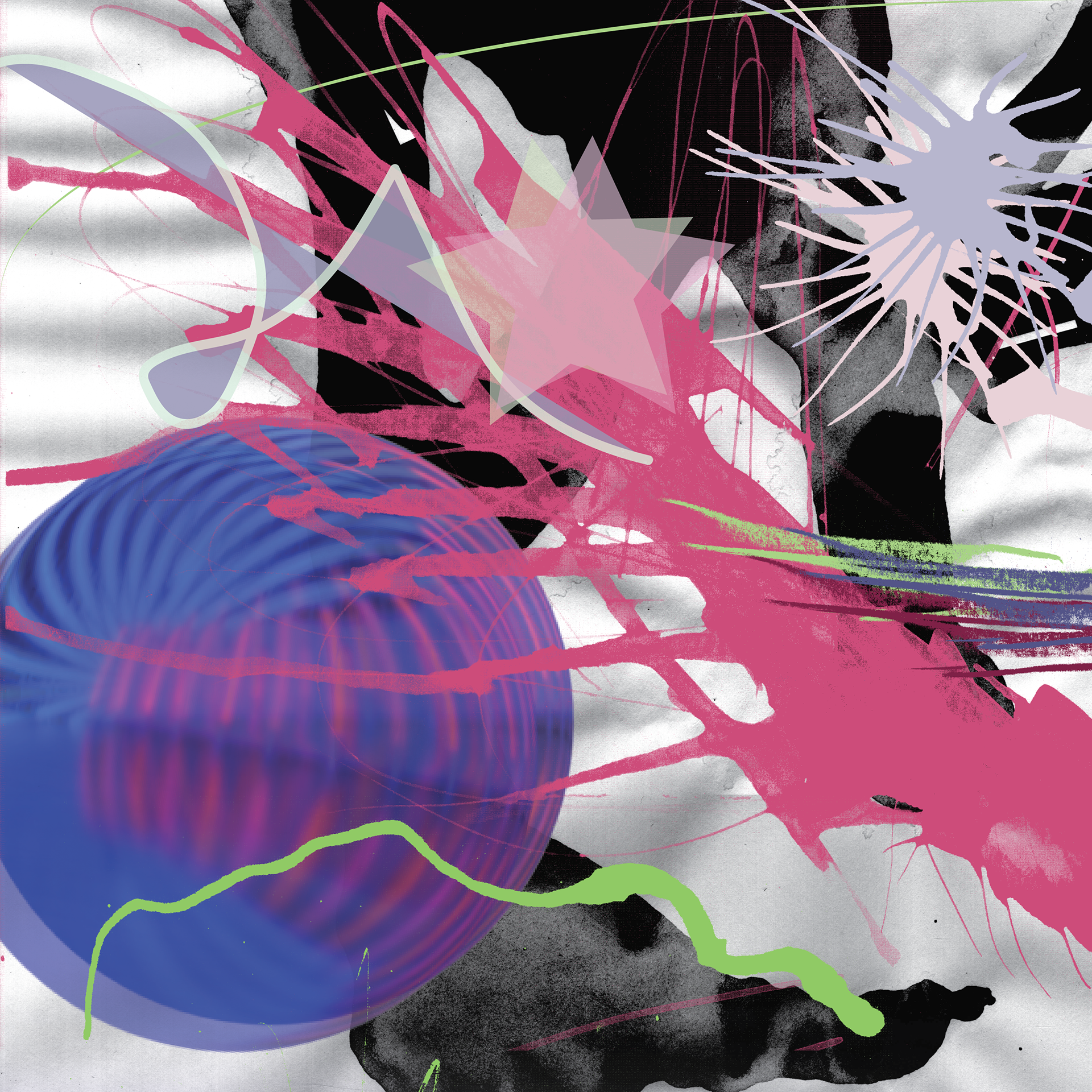
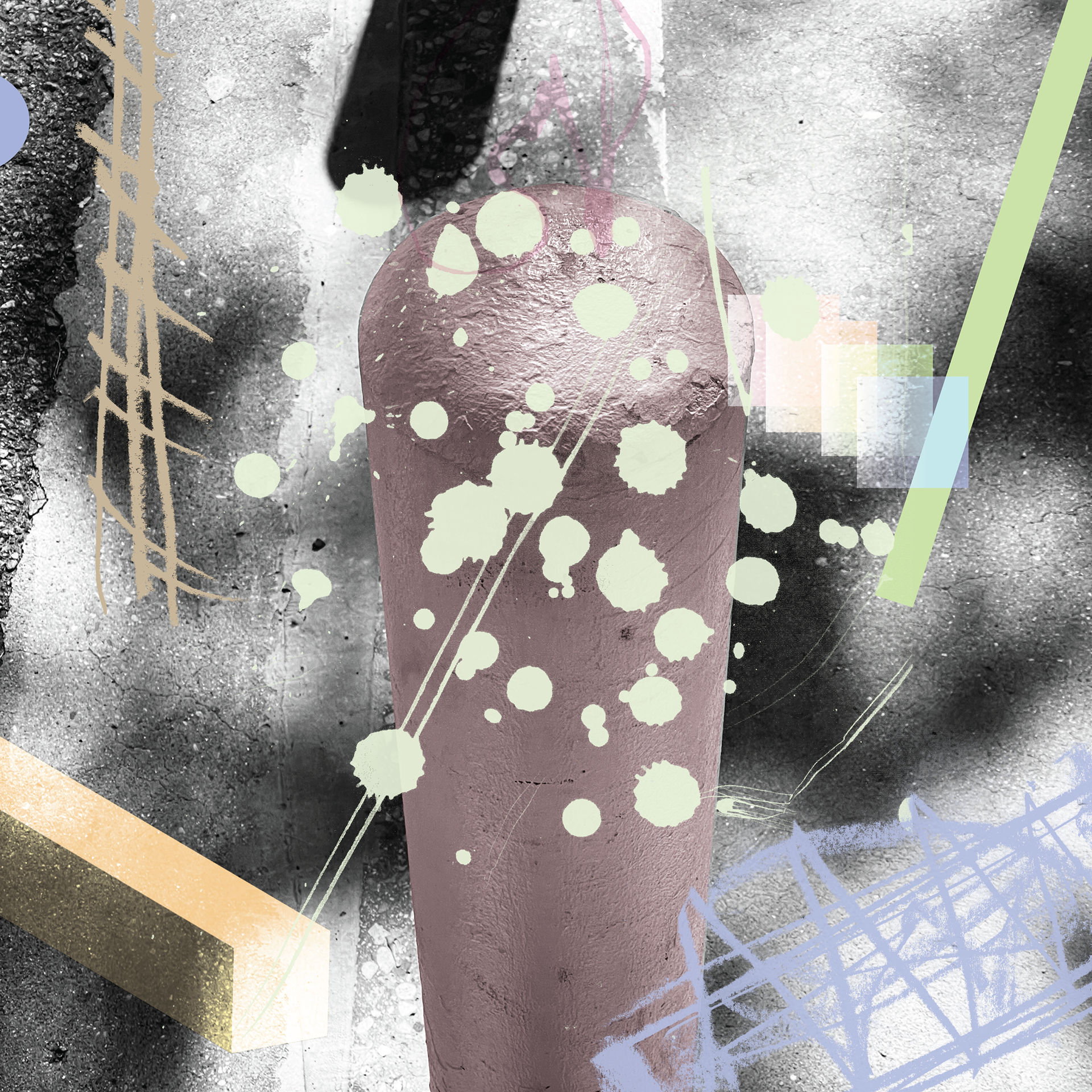
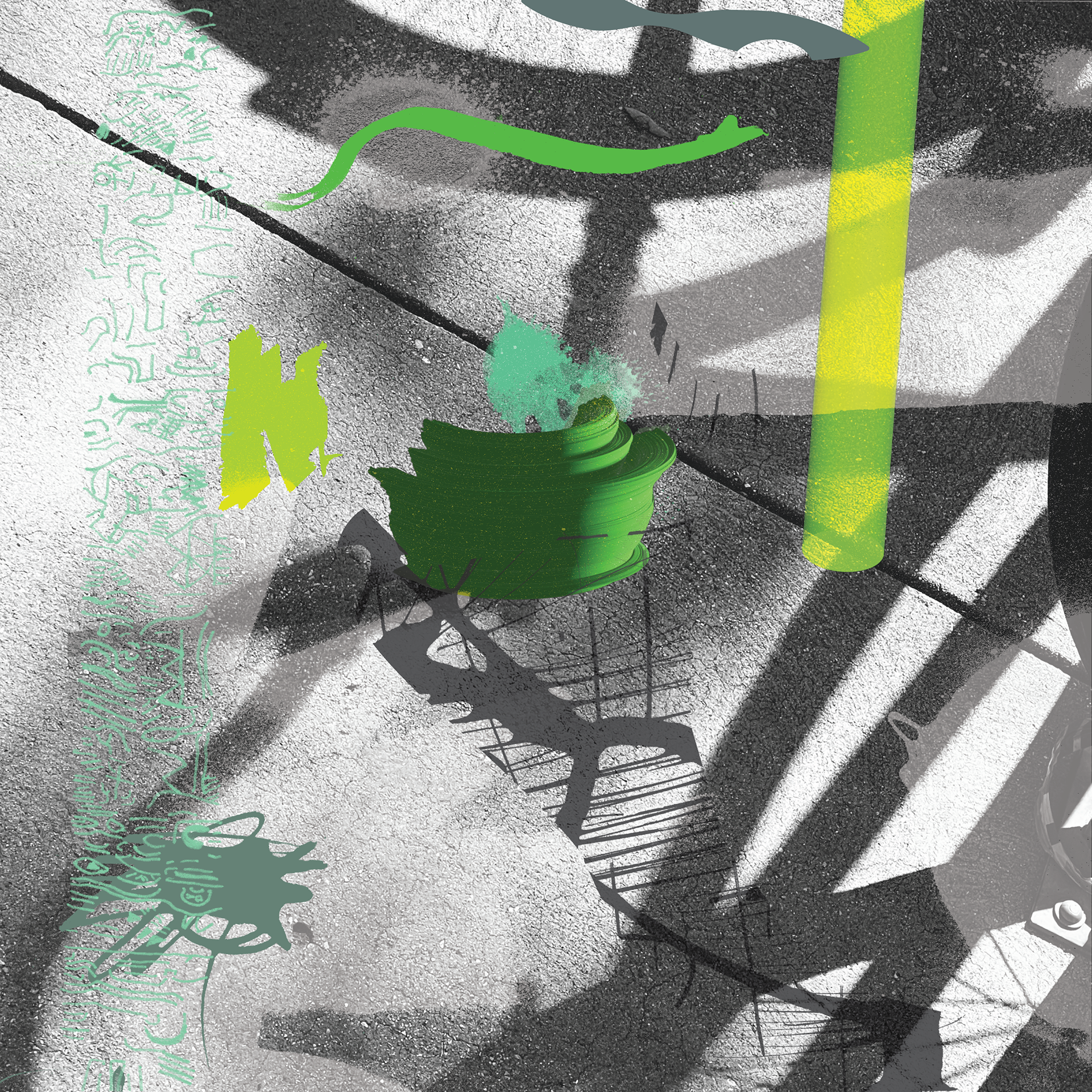

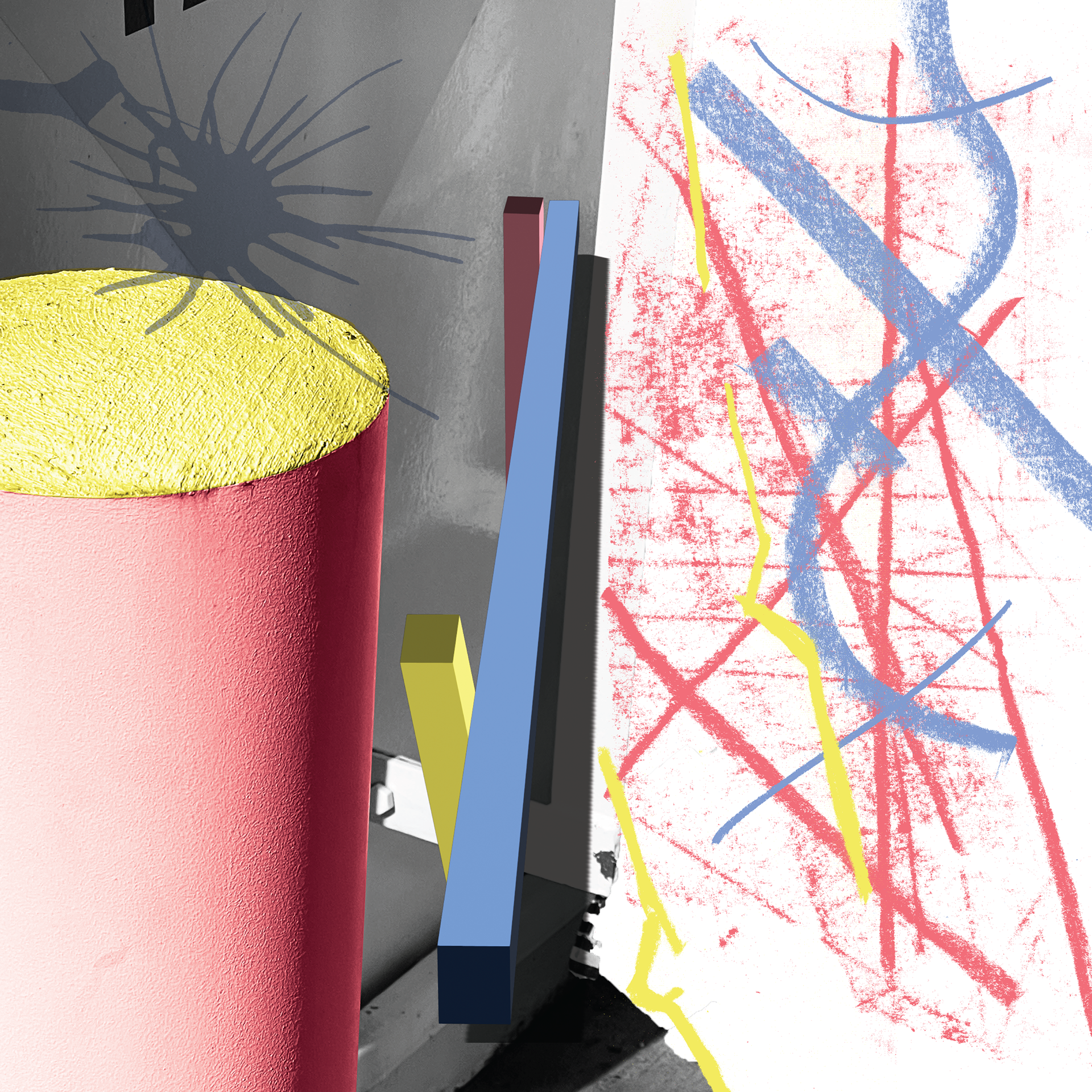
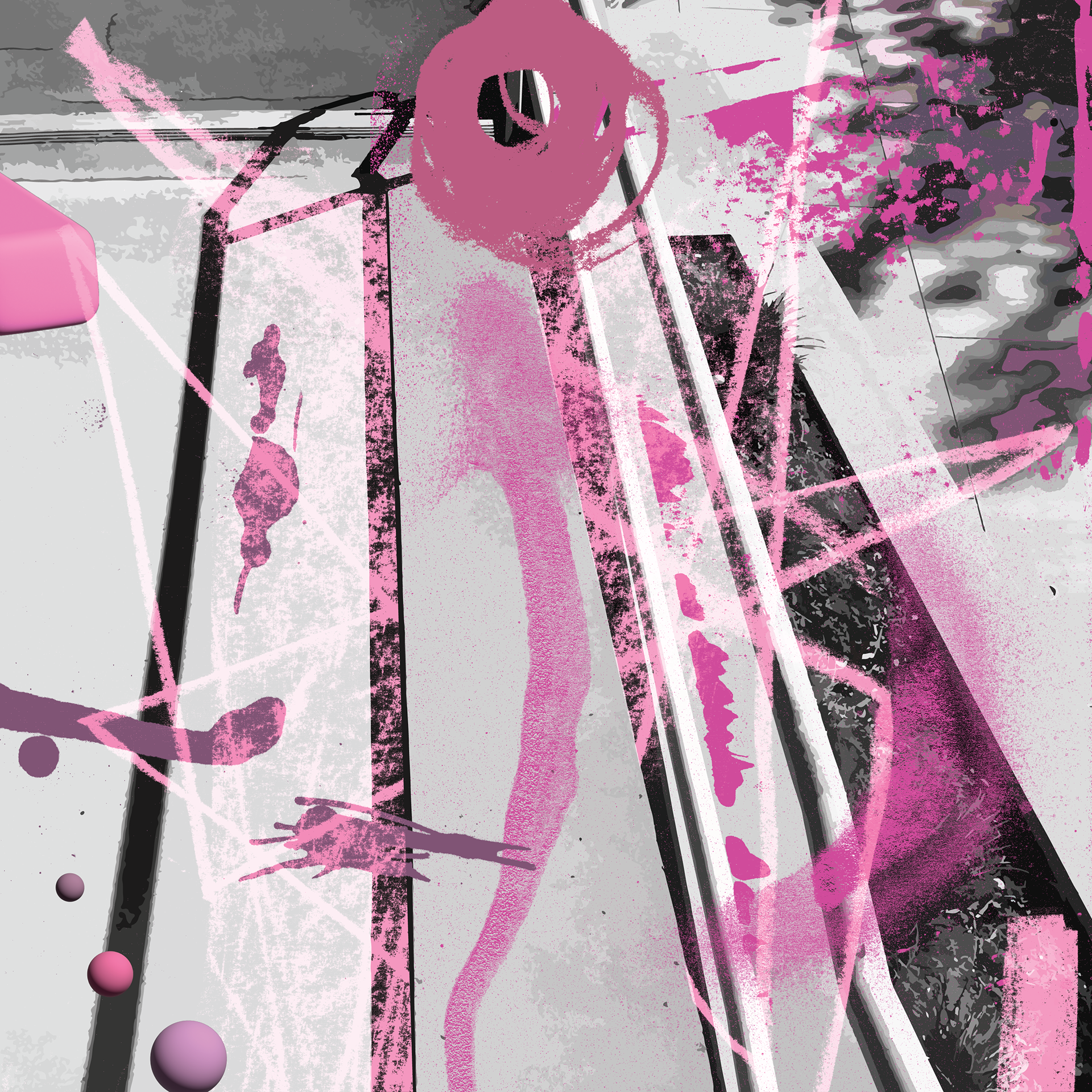
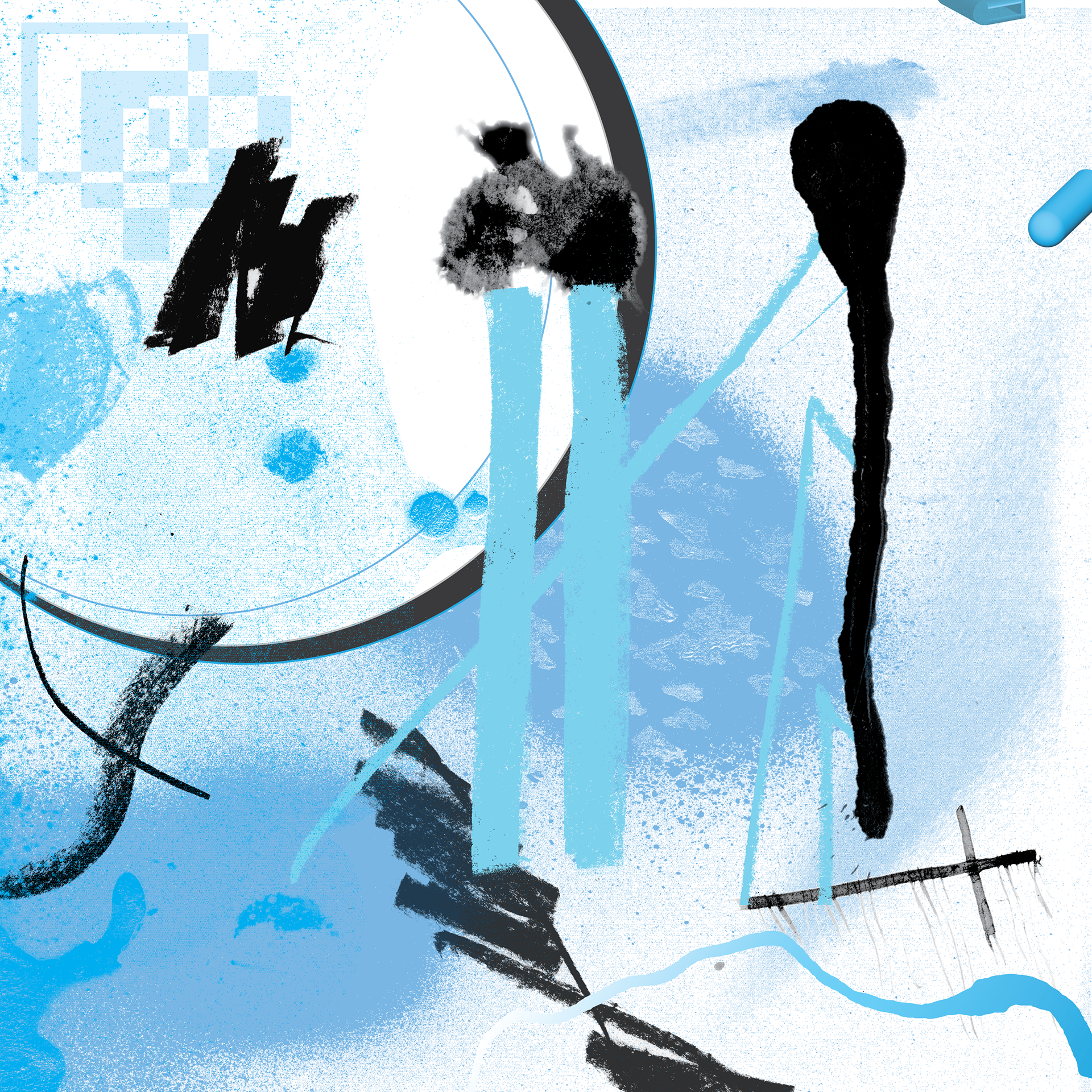
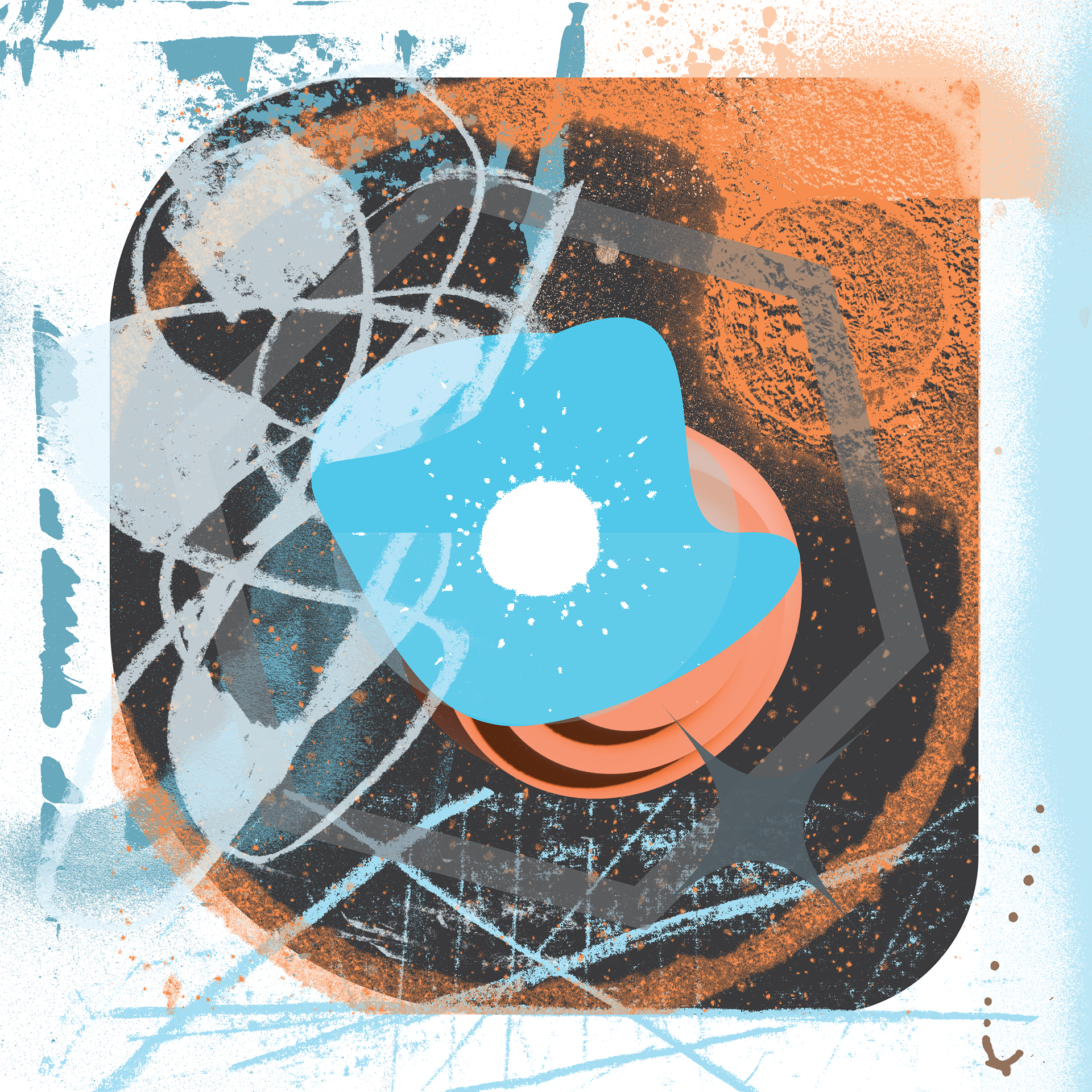
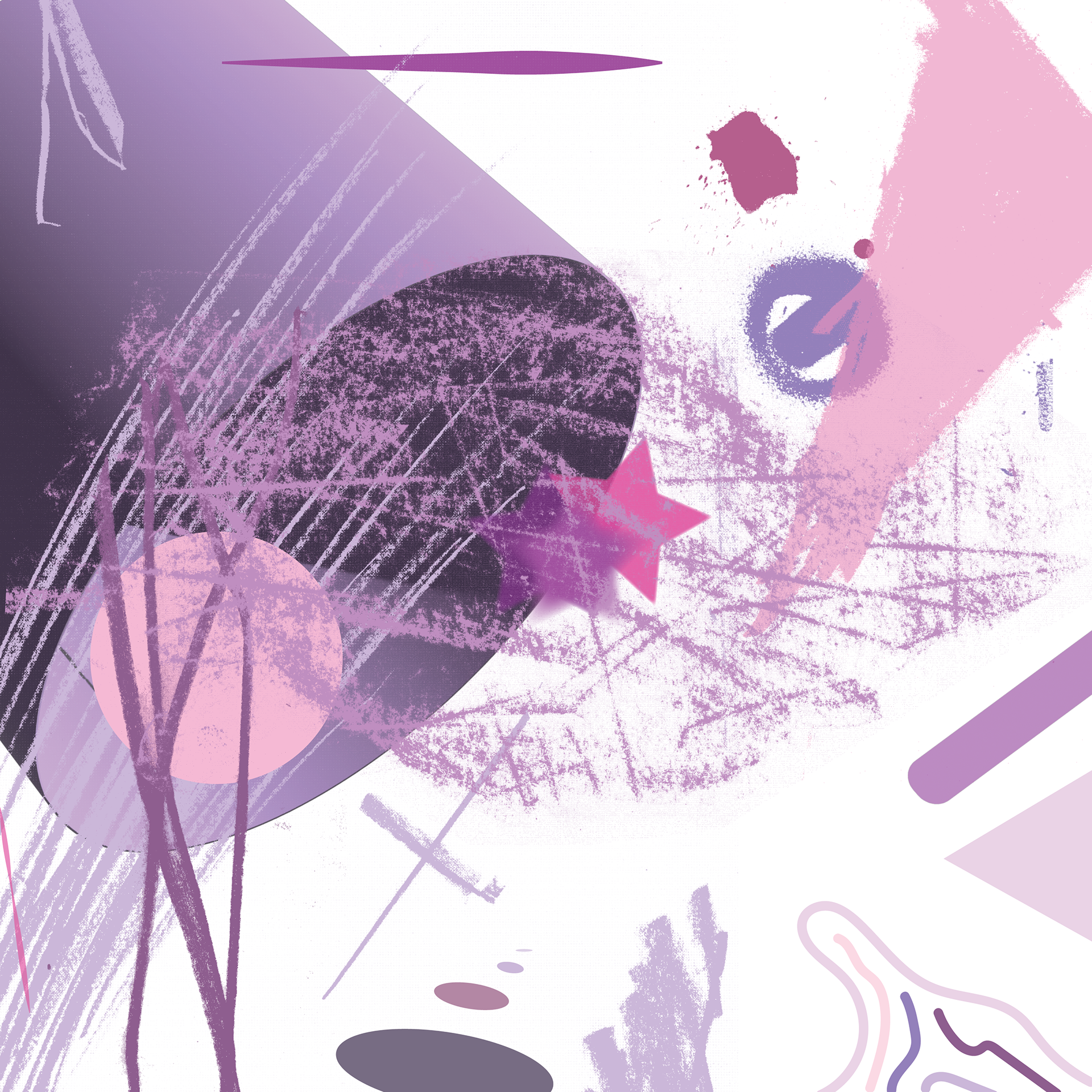
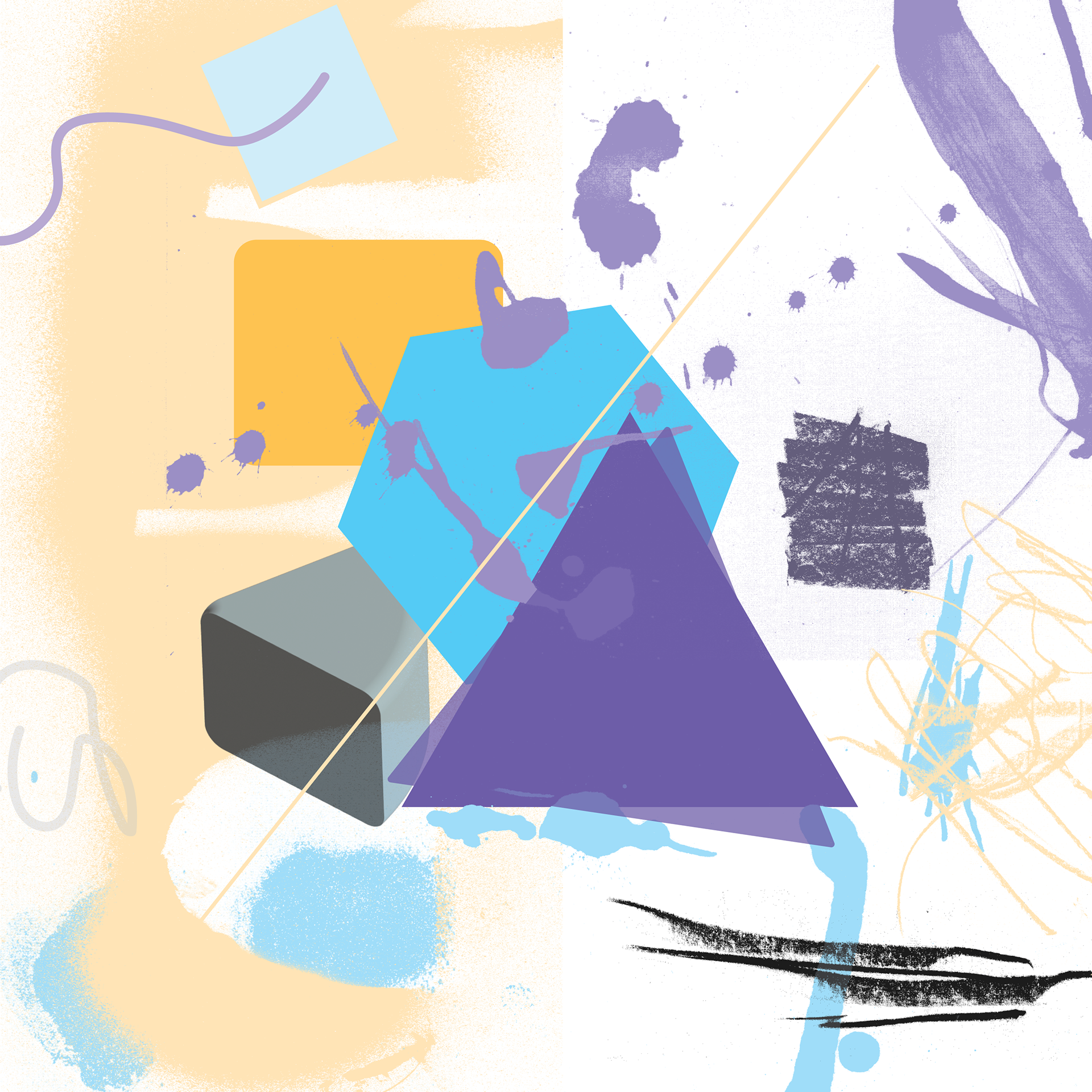

Step VIII (Color) Multiple Contrast, 20 compositions
Create inventive and dynamic compositions that demonstrate 6 contrasts. Explore visual complexity.
Black & white + Color: monochromatic, analogous, complimentary, split complimentary two colors + black.
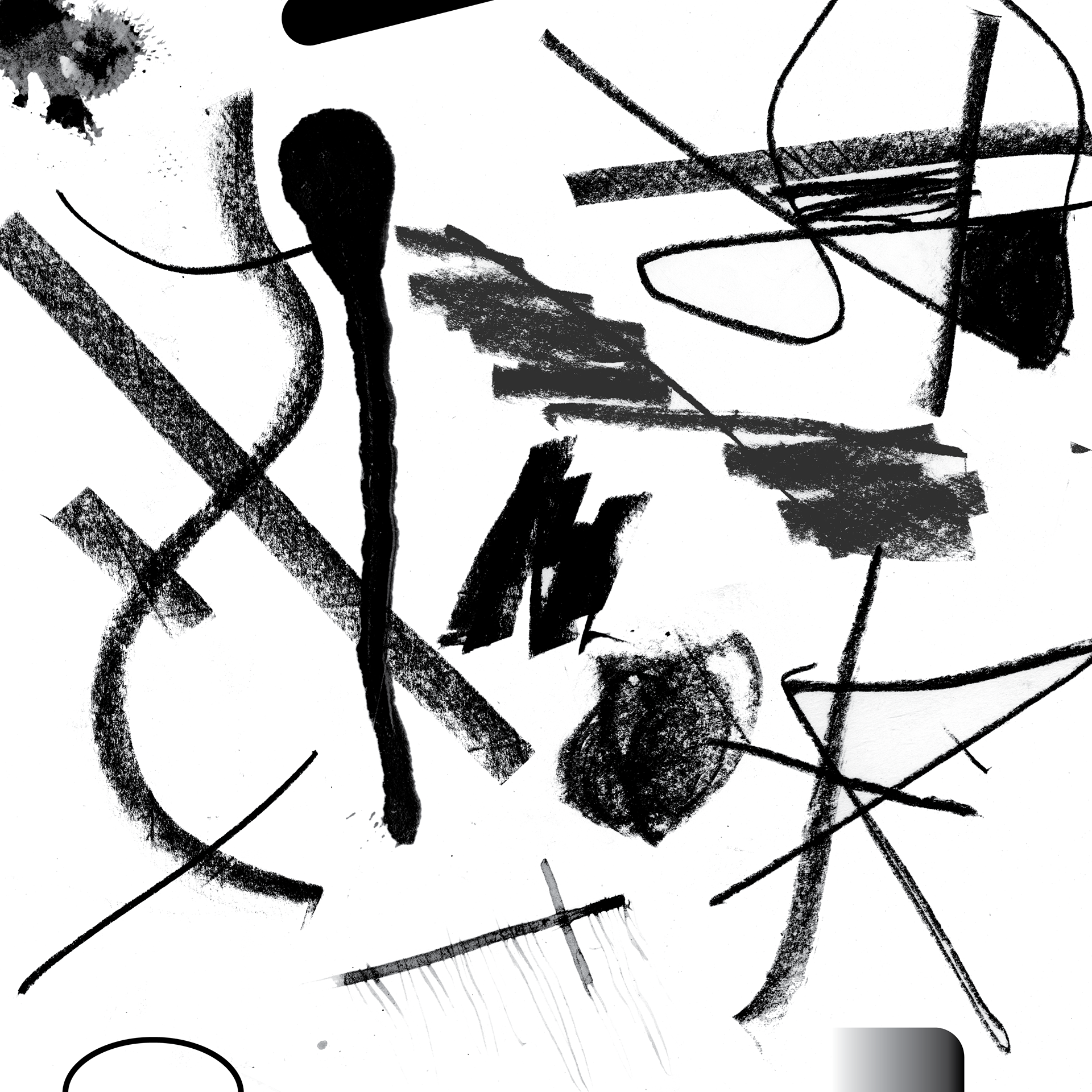
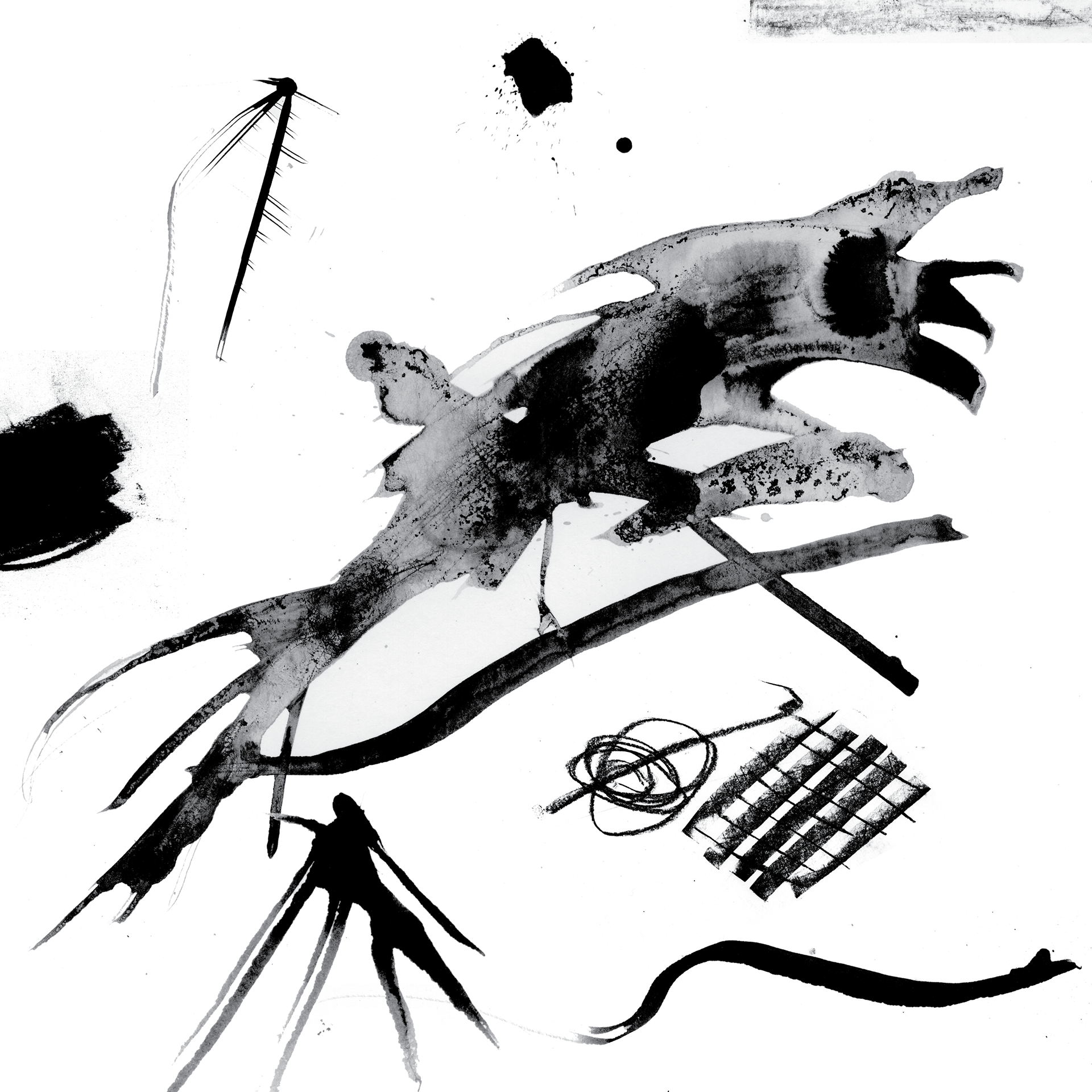
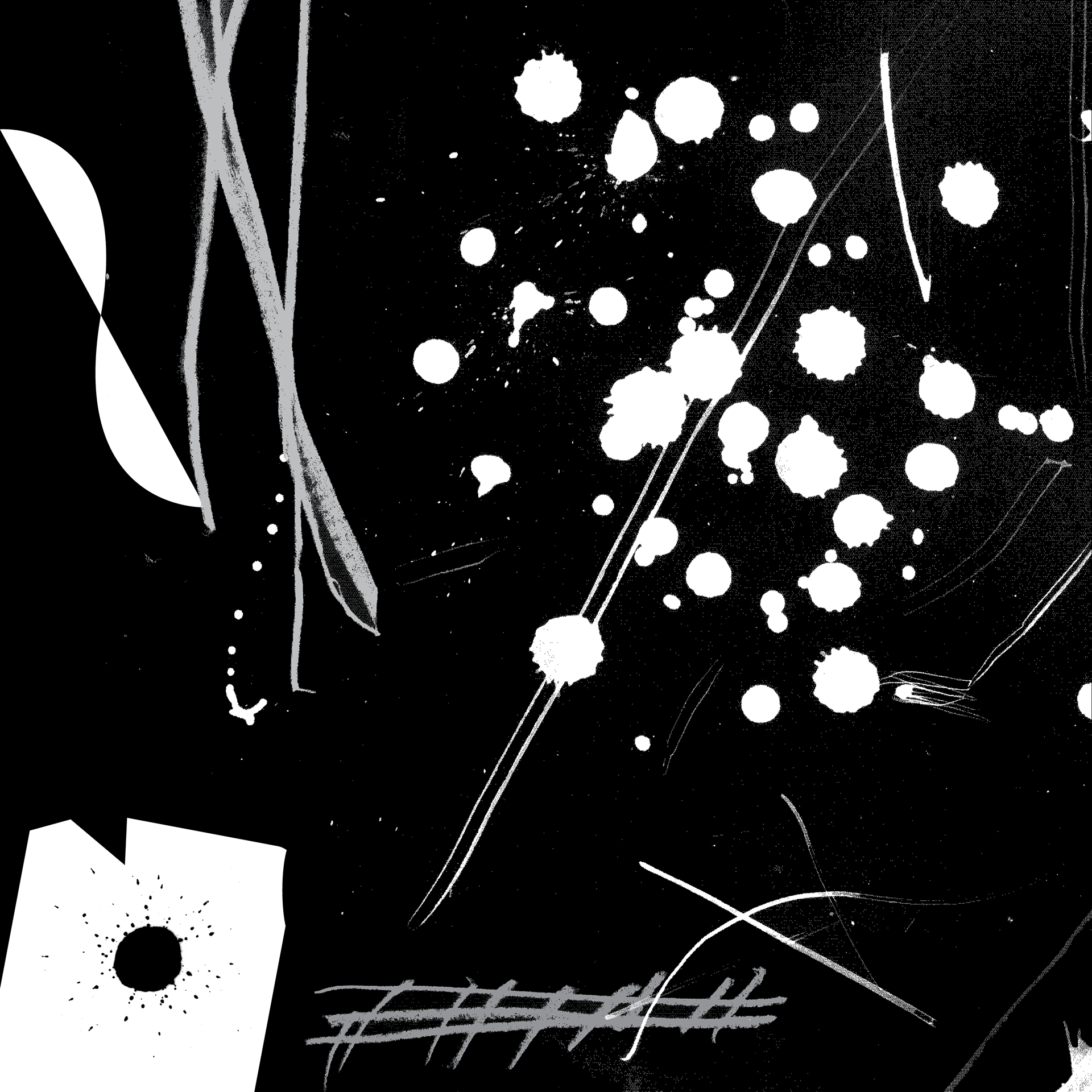
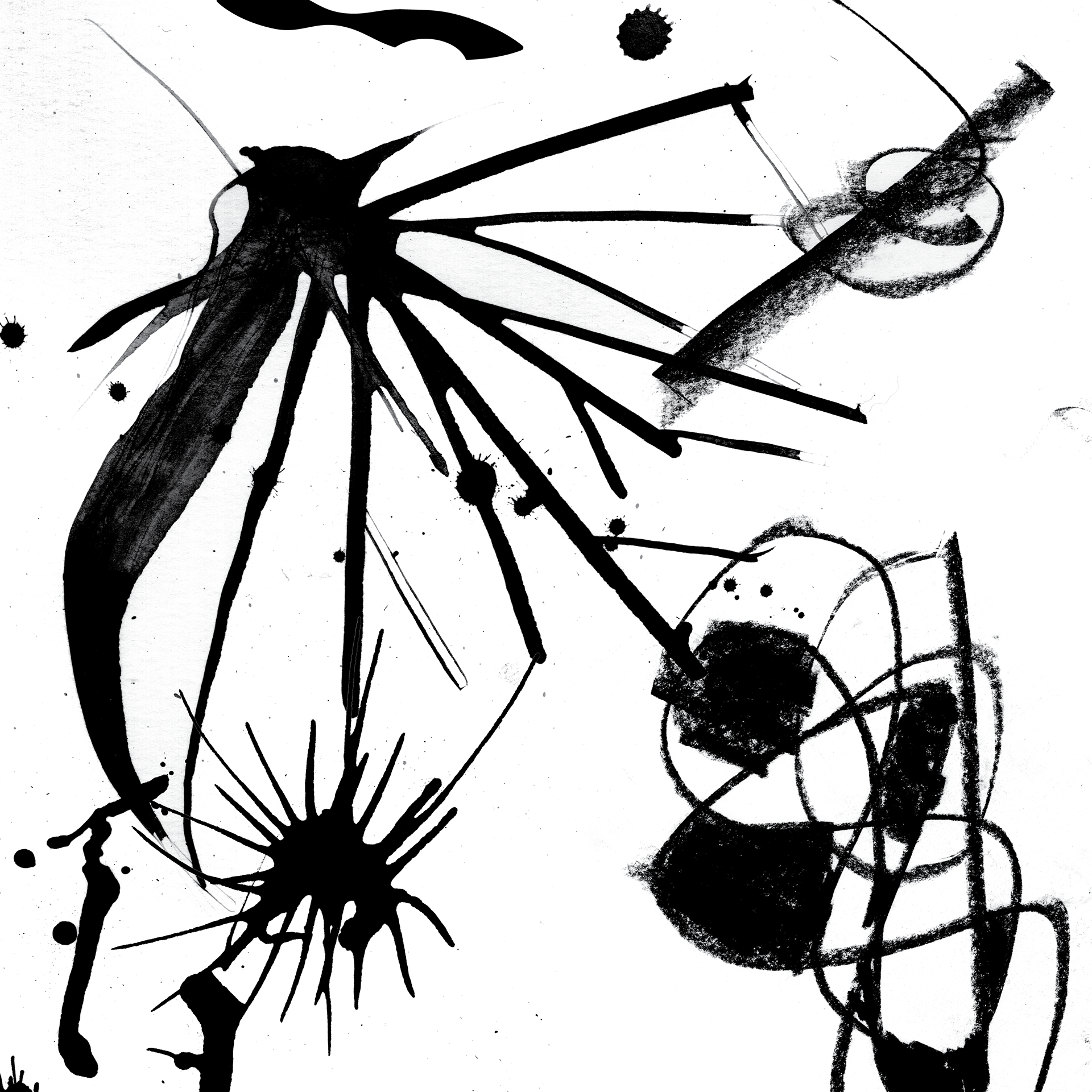
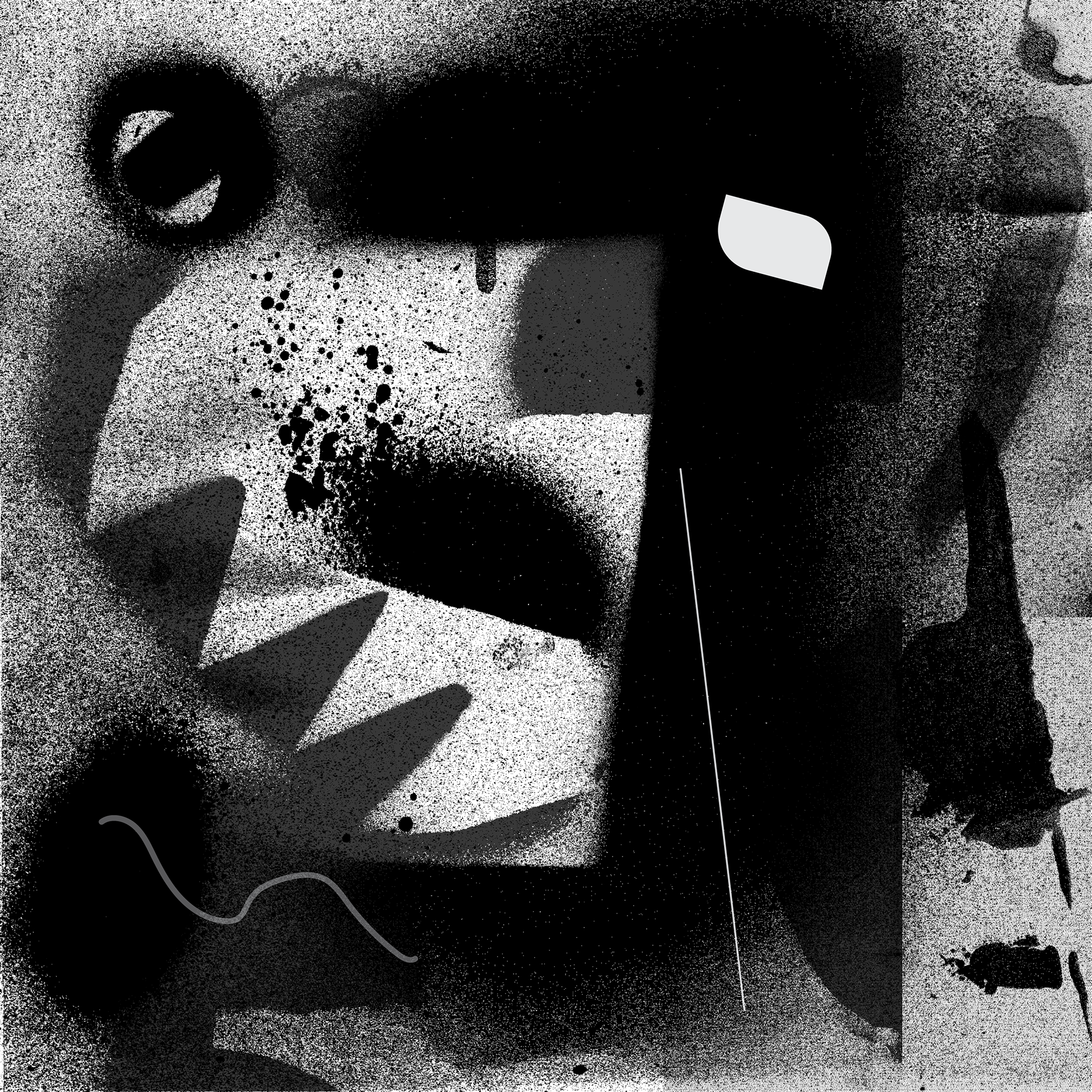
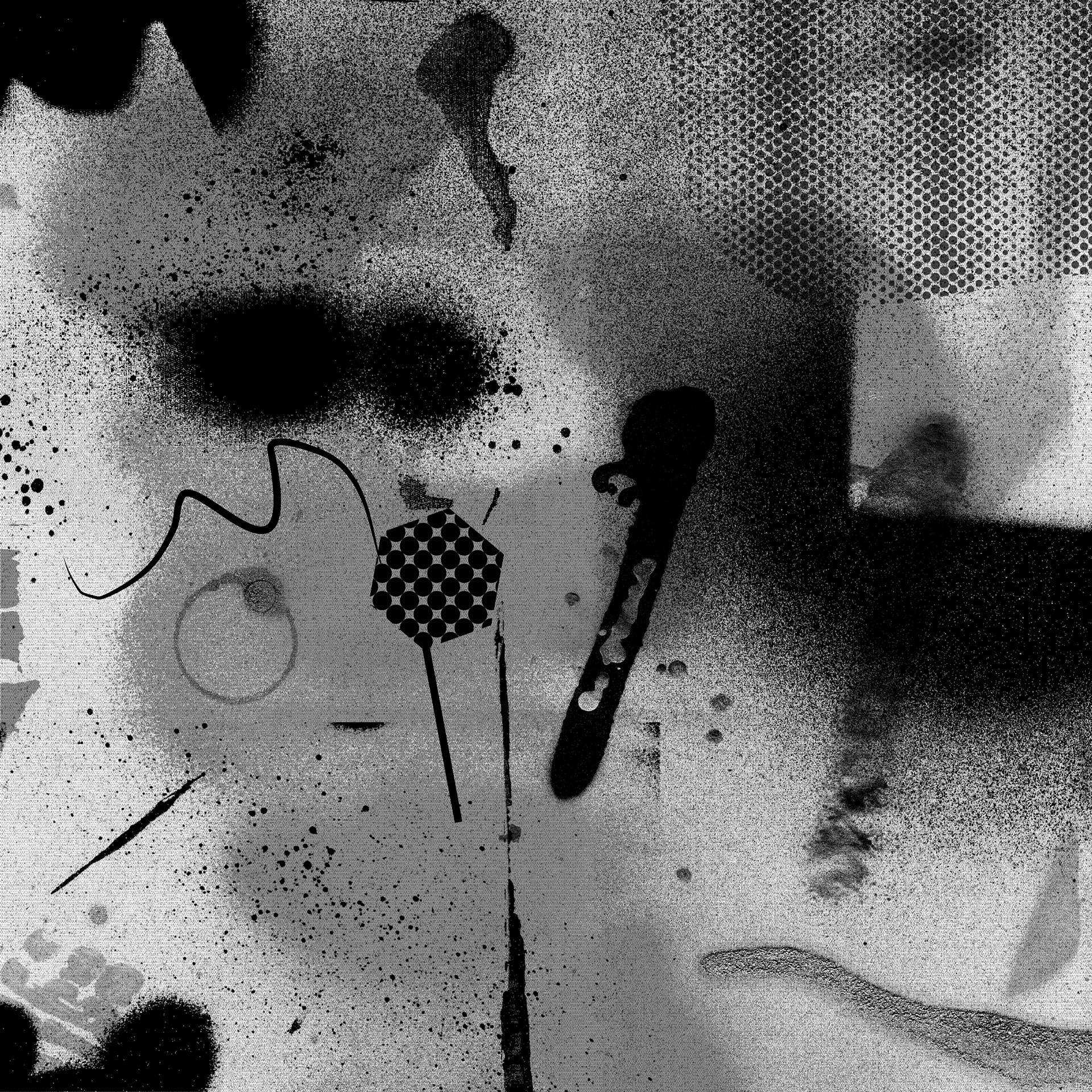

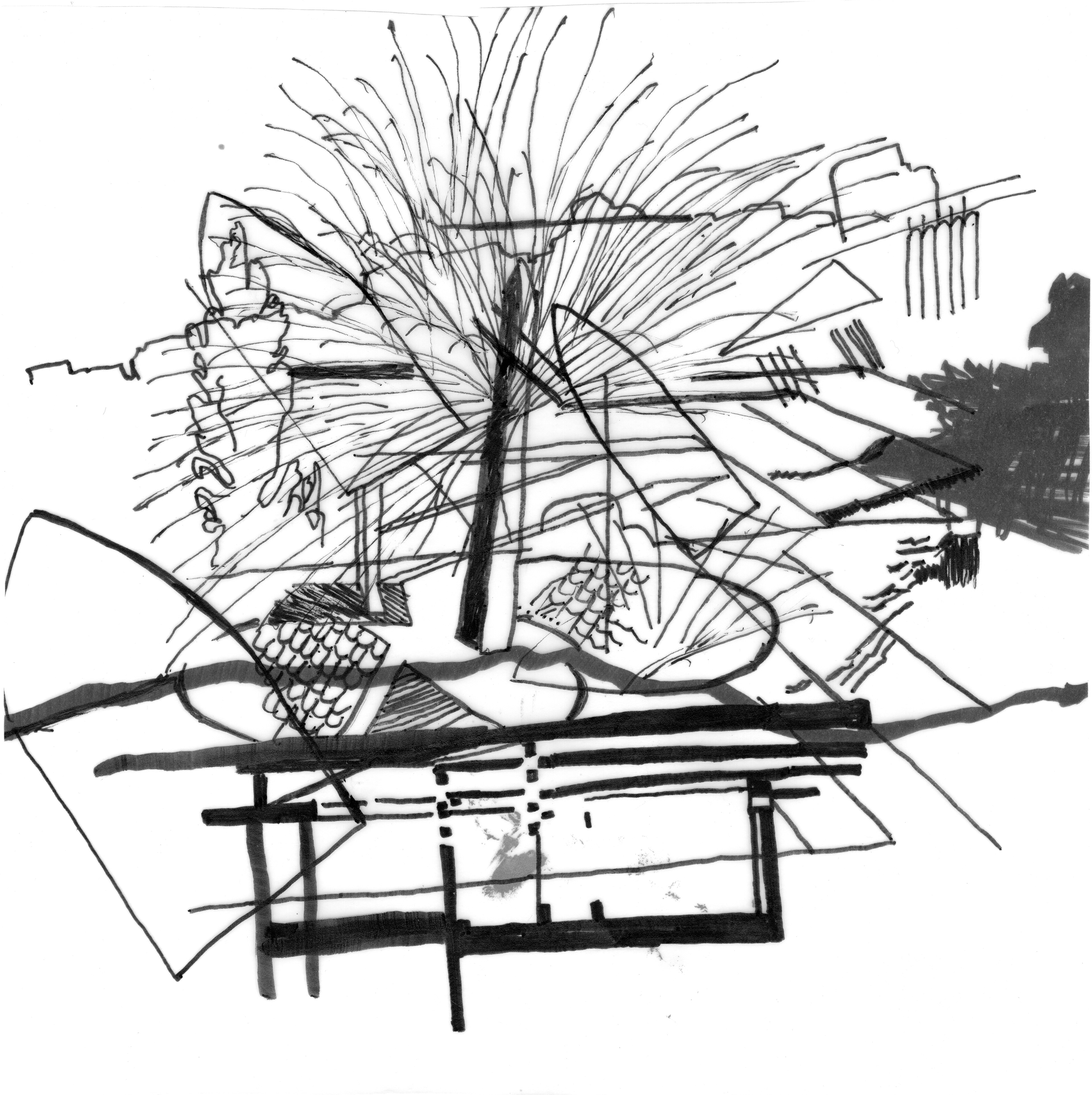
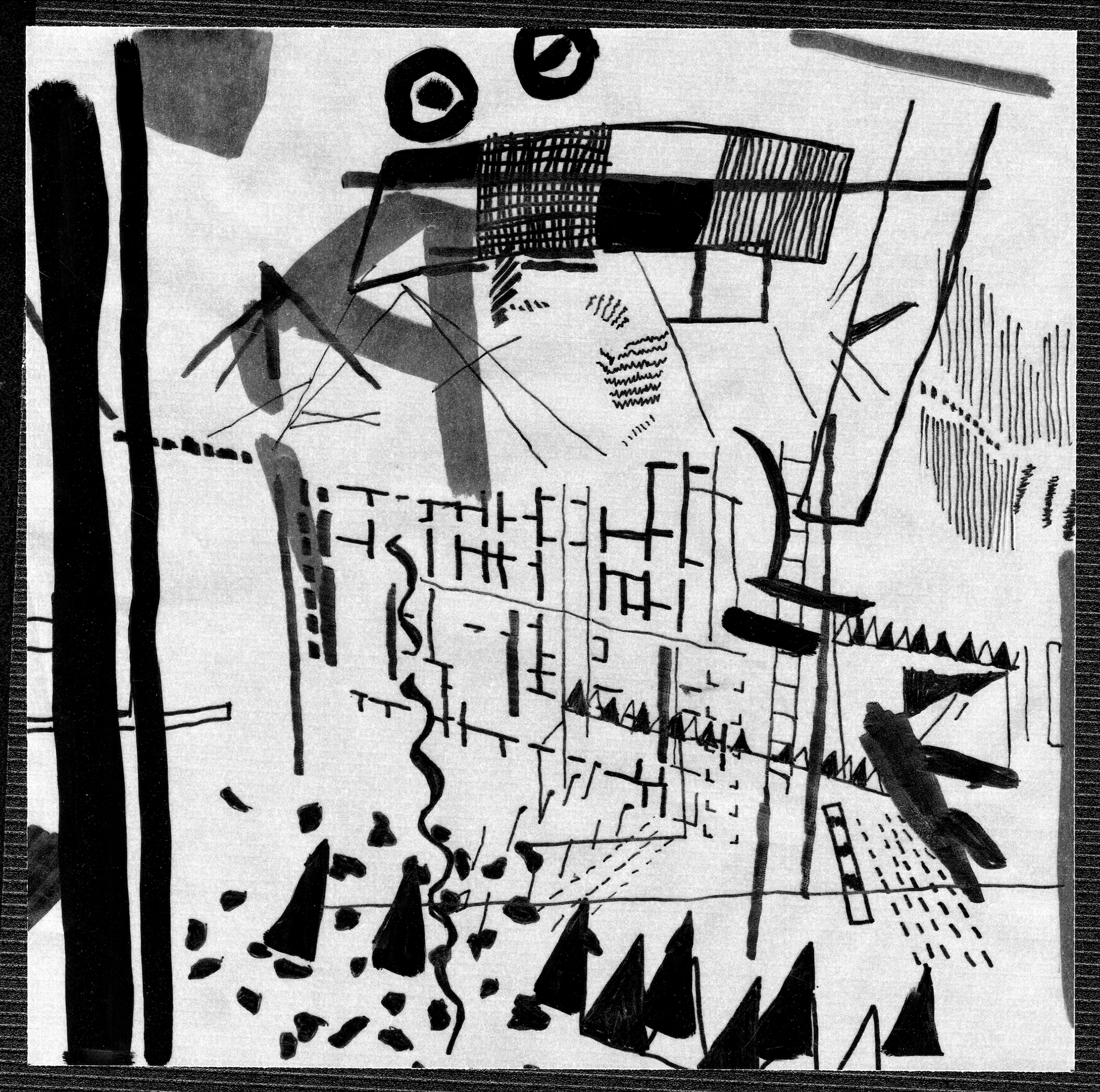
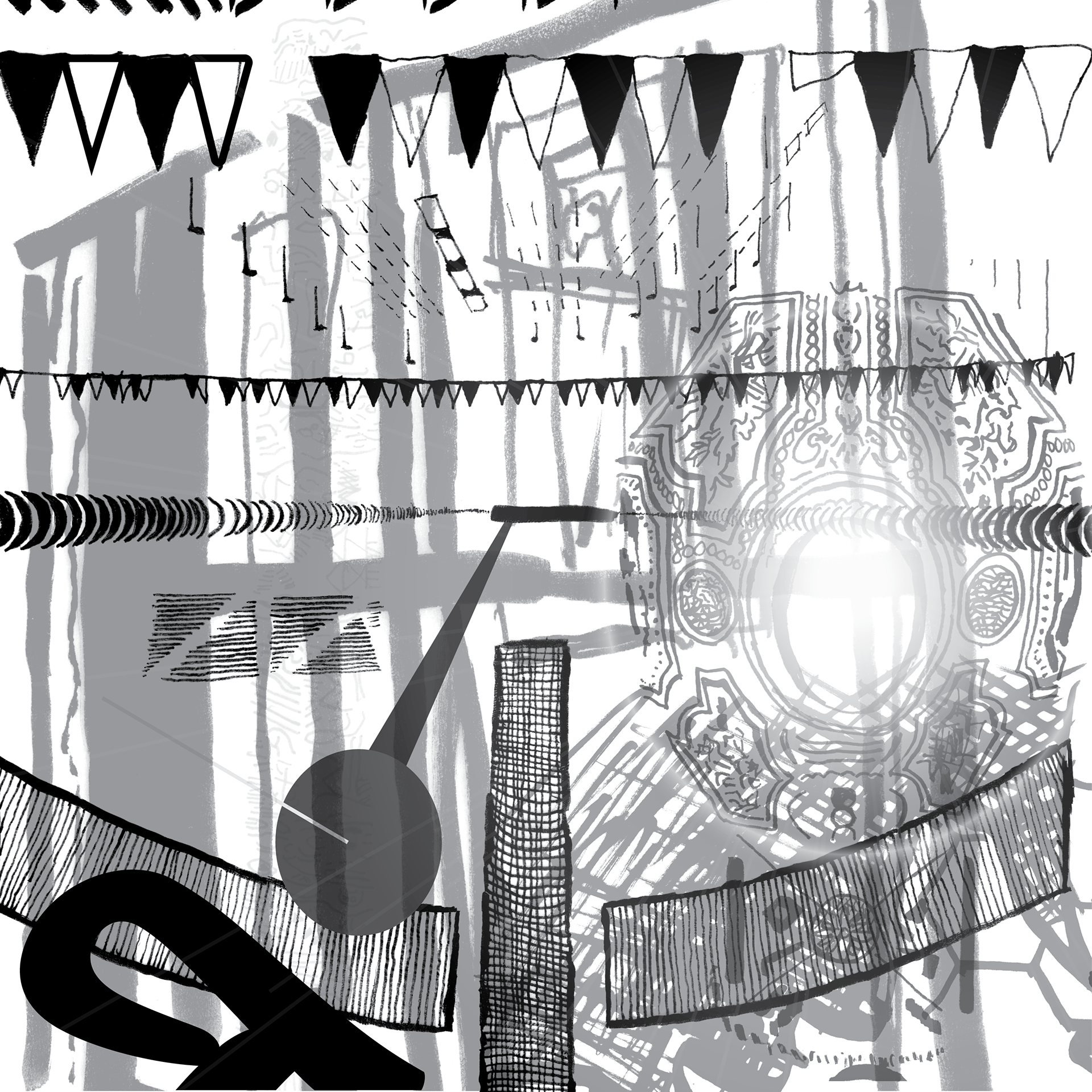
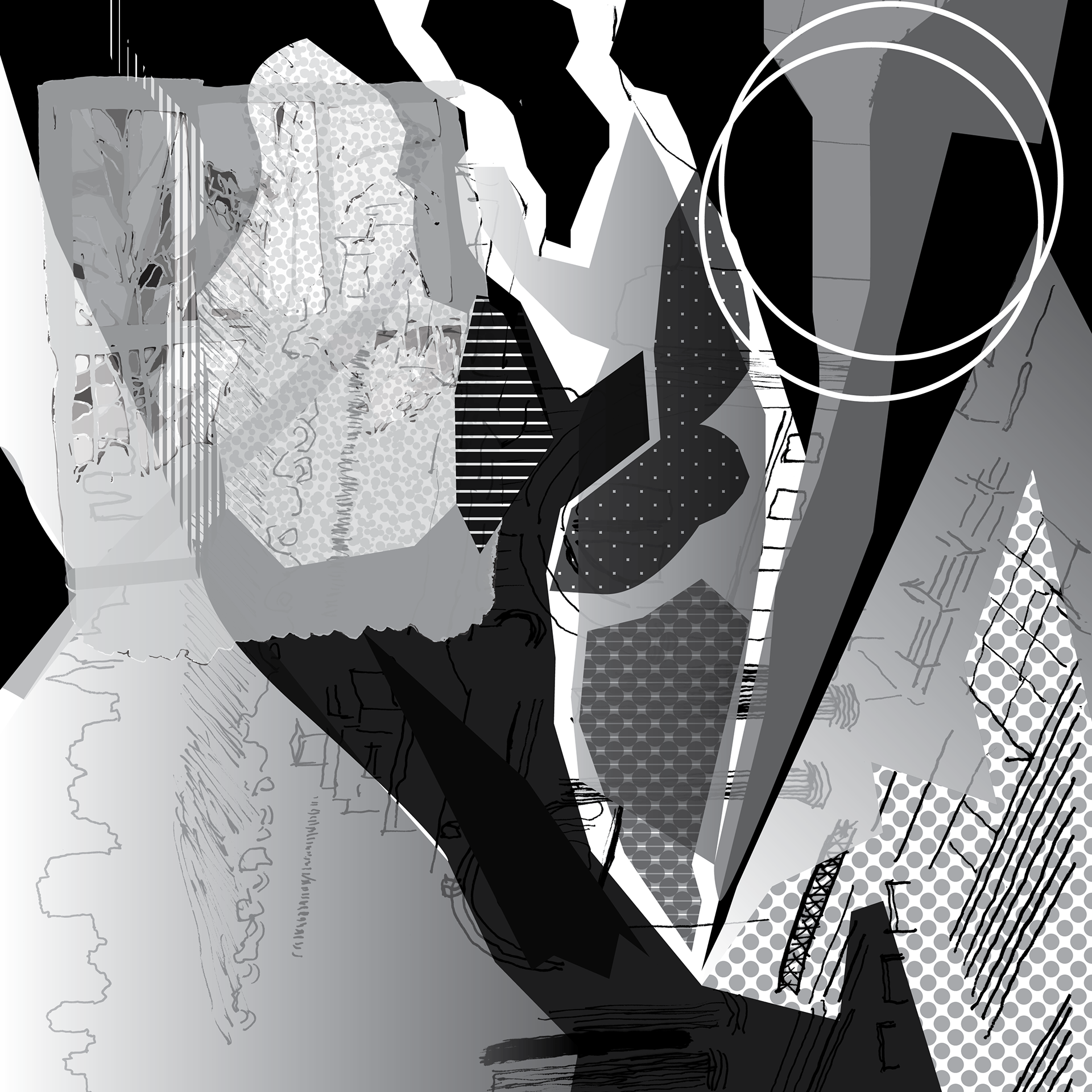
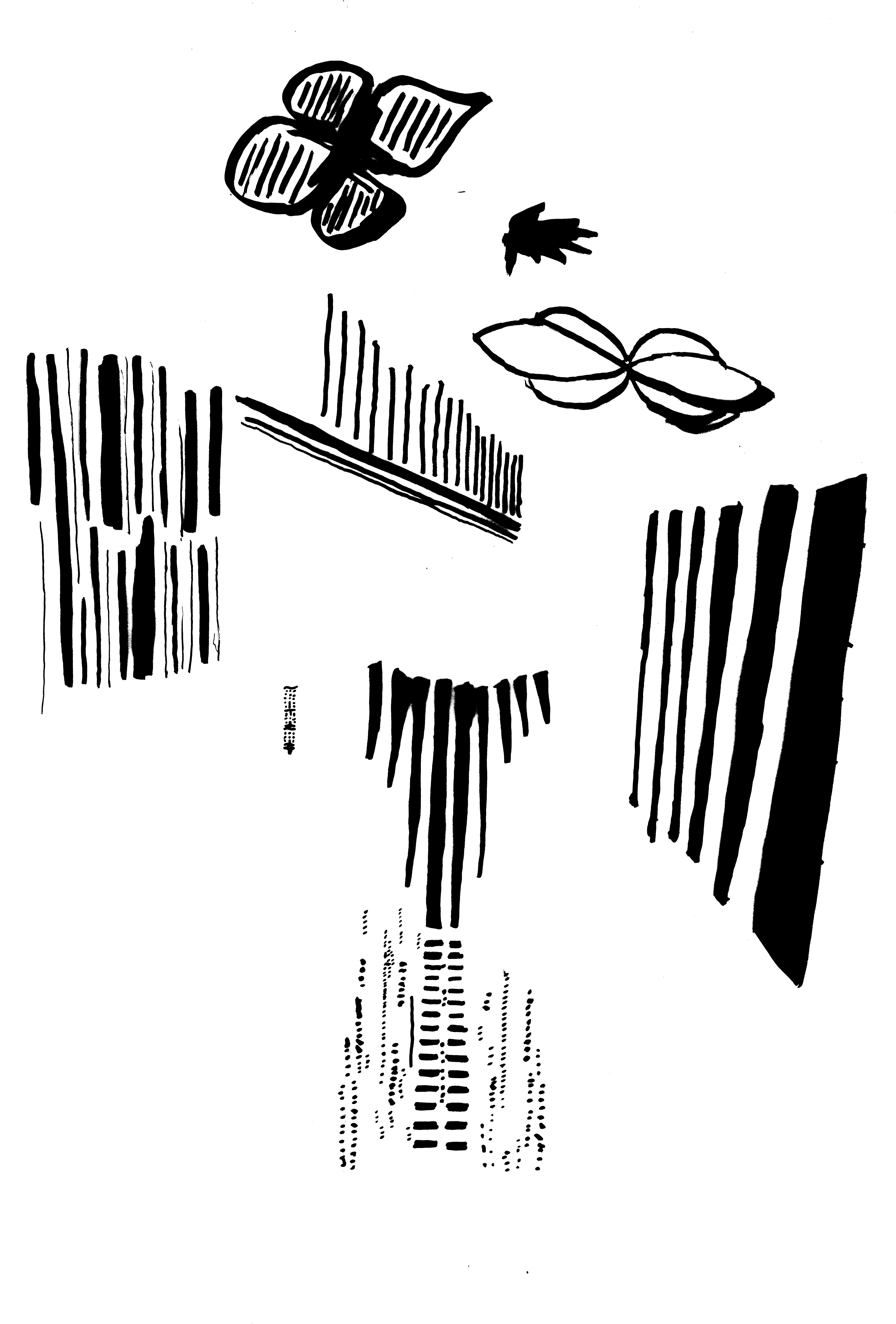

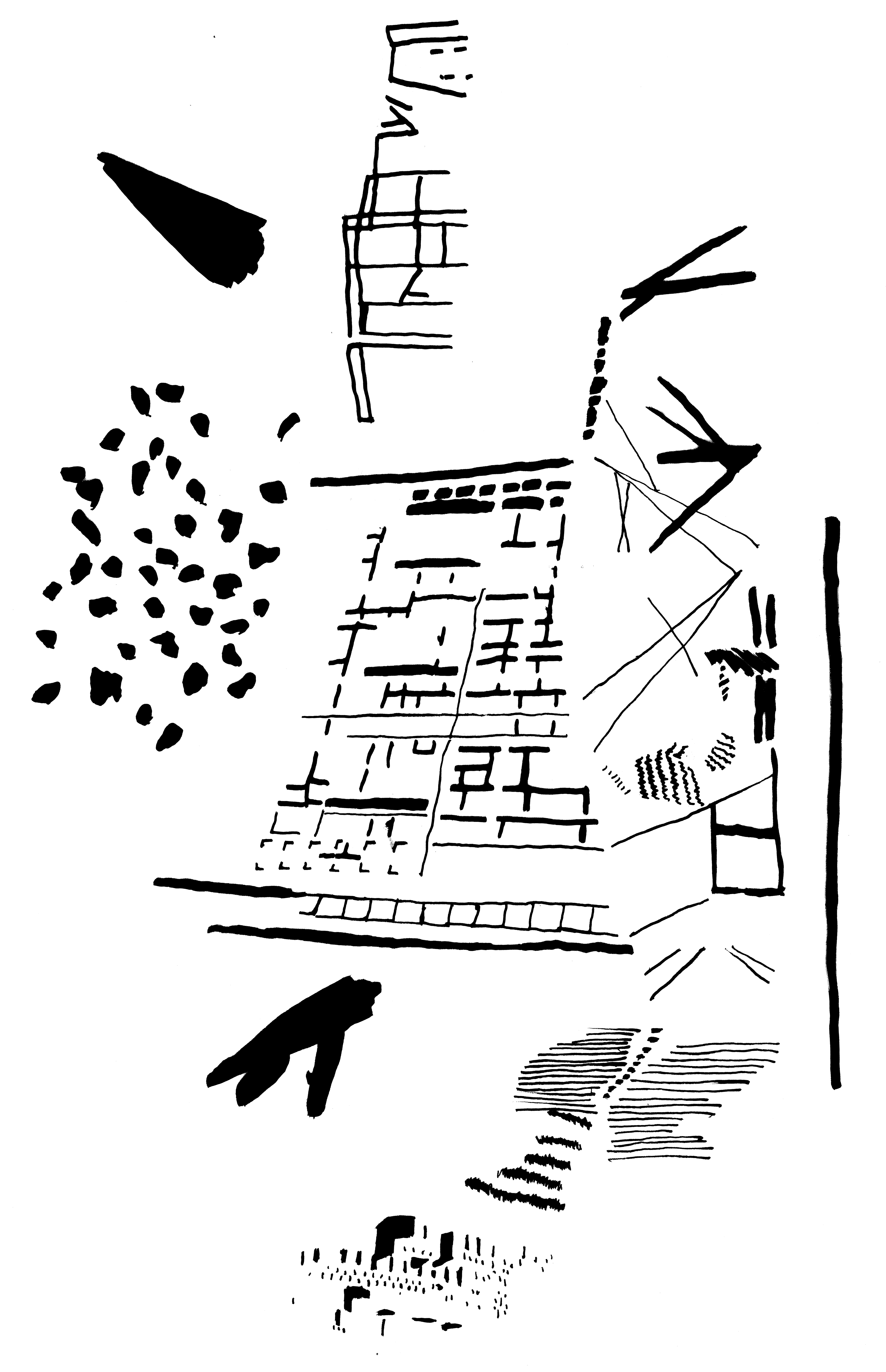
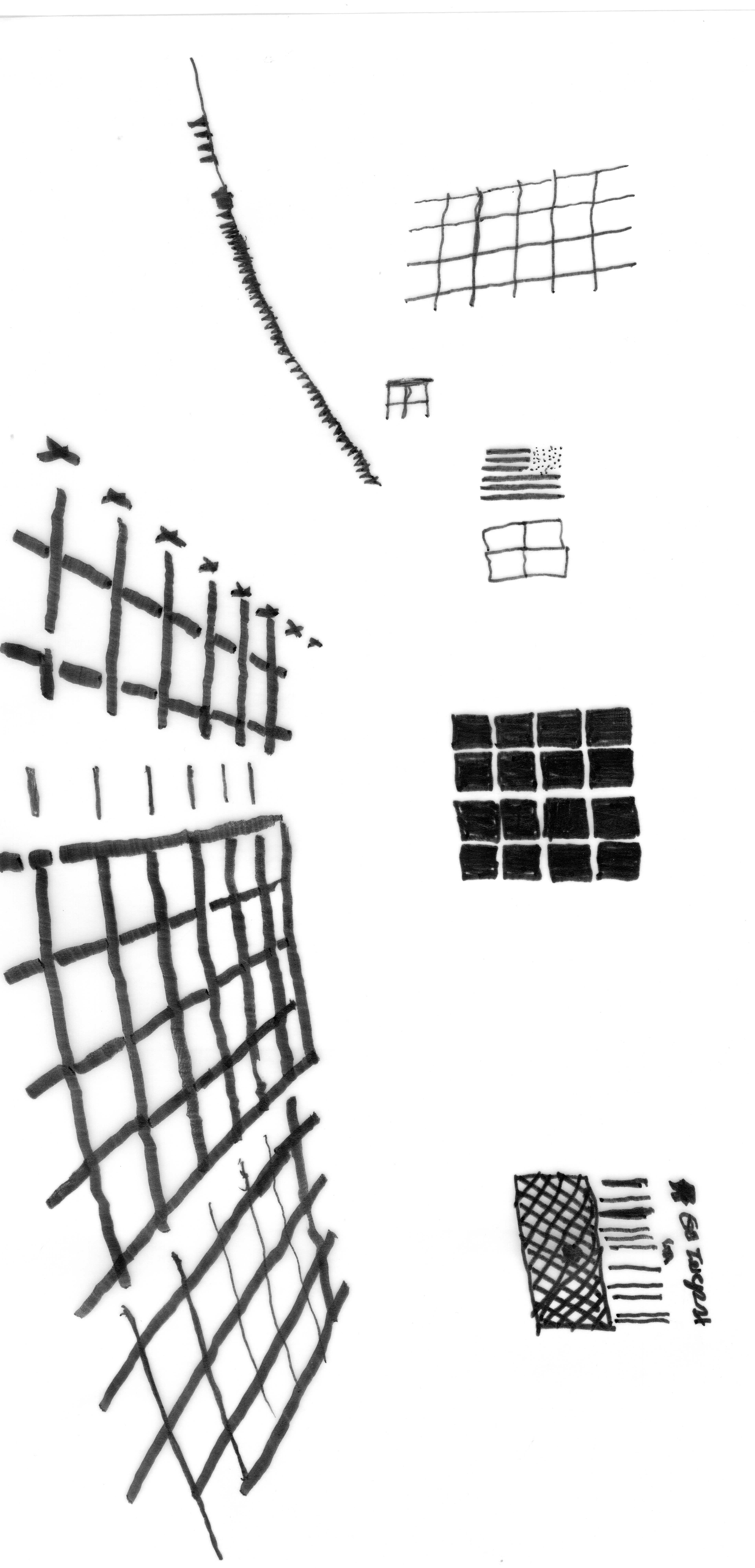
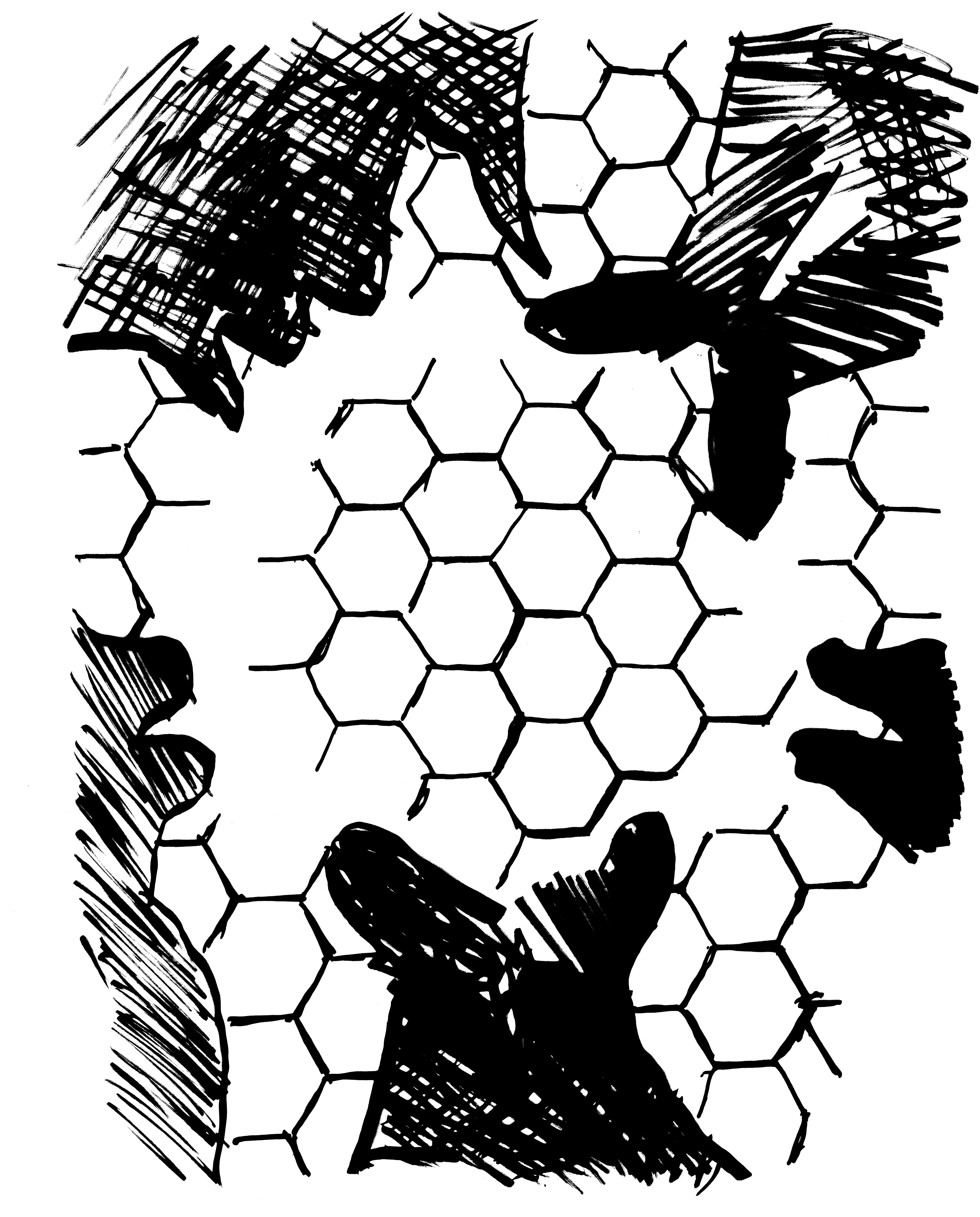
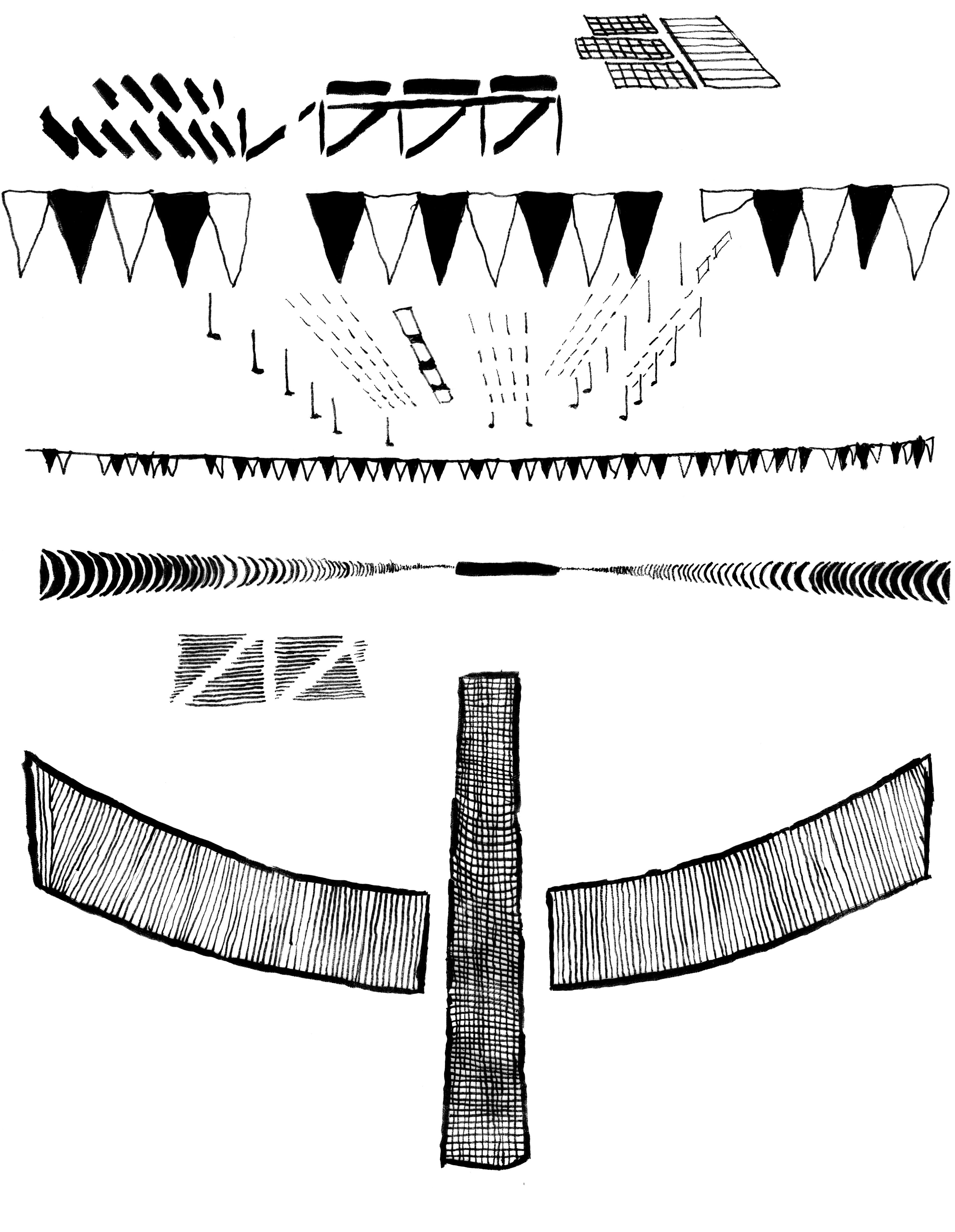


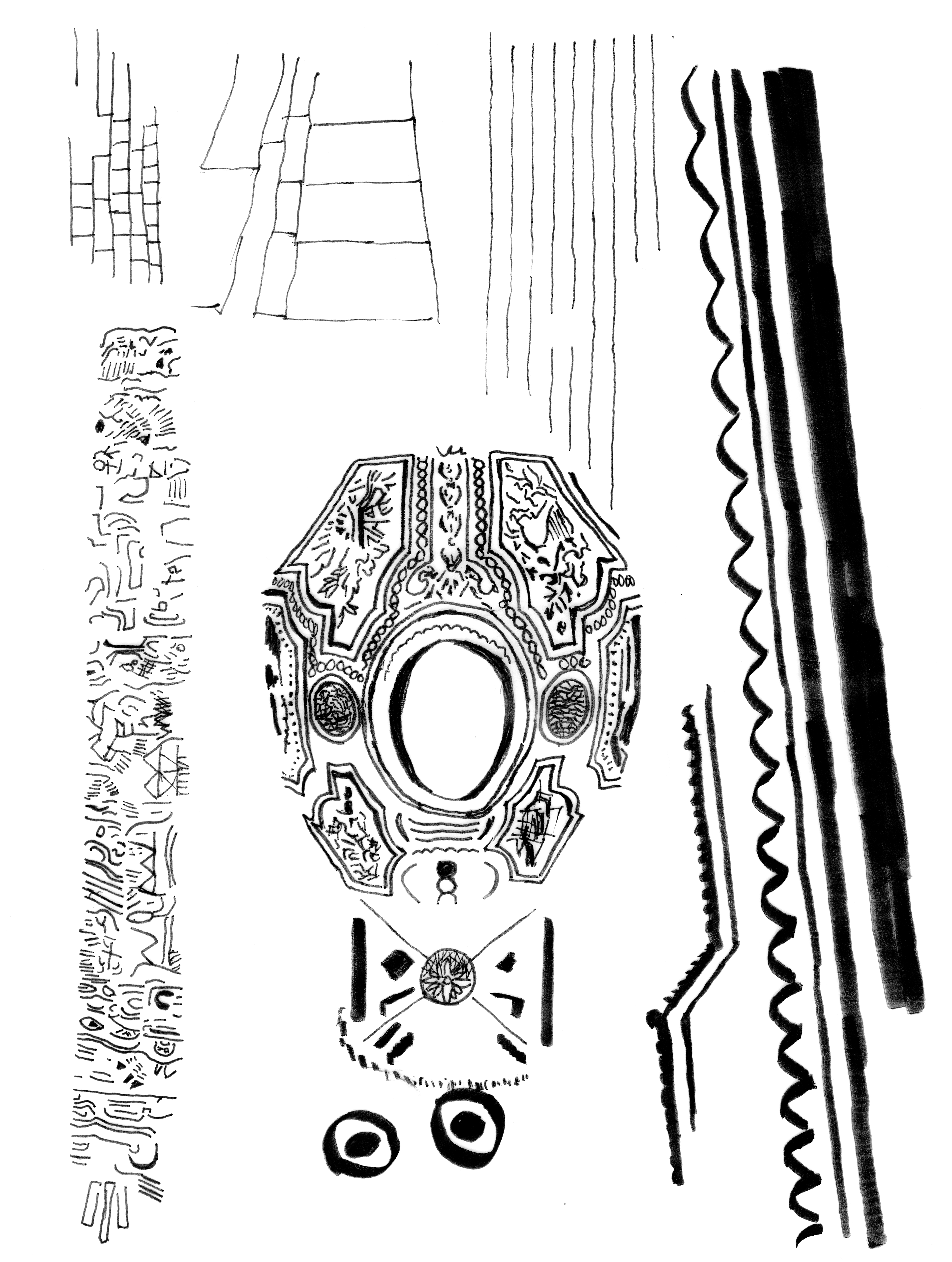

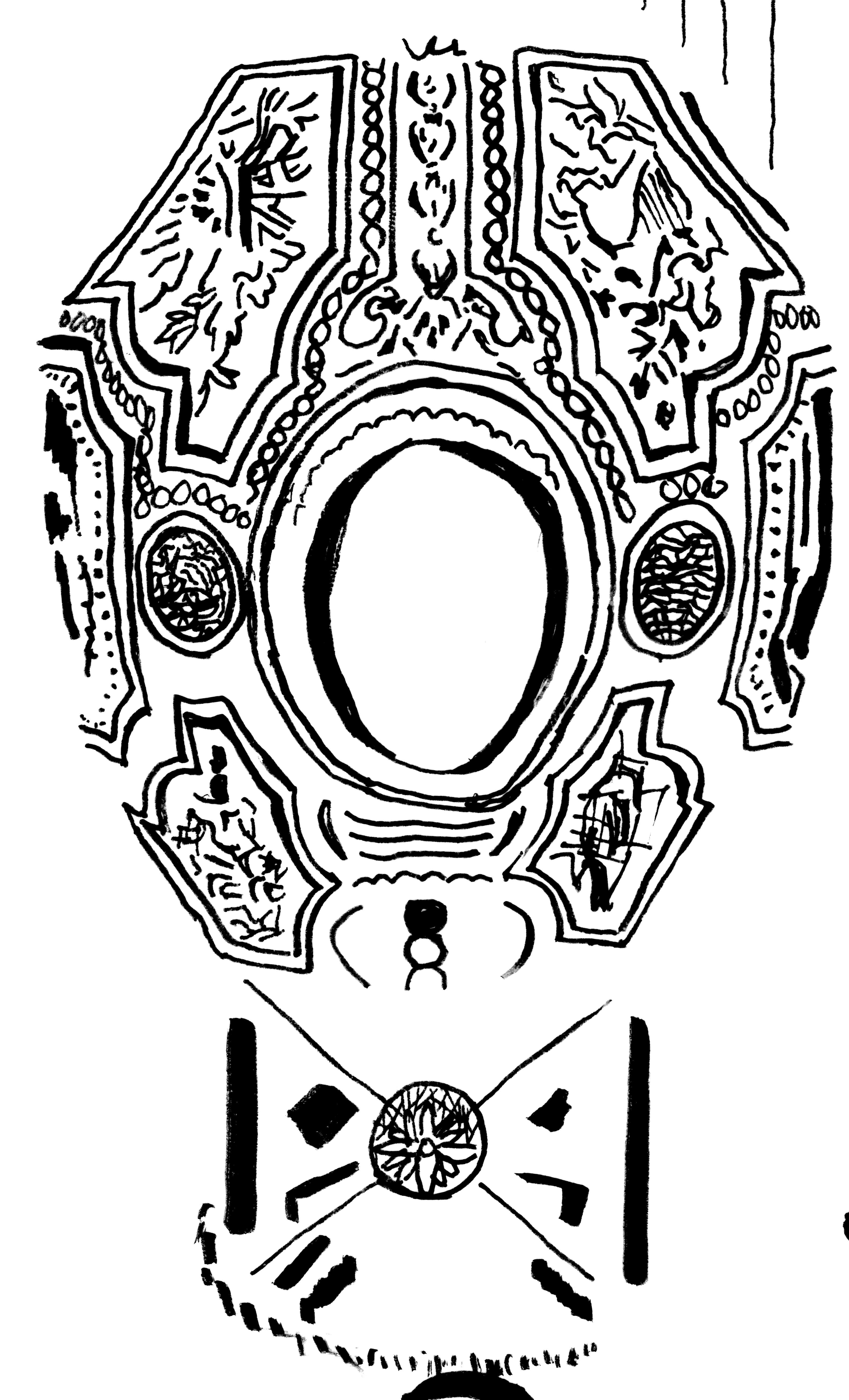
Step VI-VIII Single, Triple, Multiple Contrasts, (continued)
Create inventive and dynamic compositions using scans of hand tracings, spray paint, ink and wash, charcoal or etc. Black & white only.
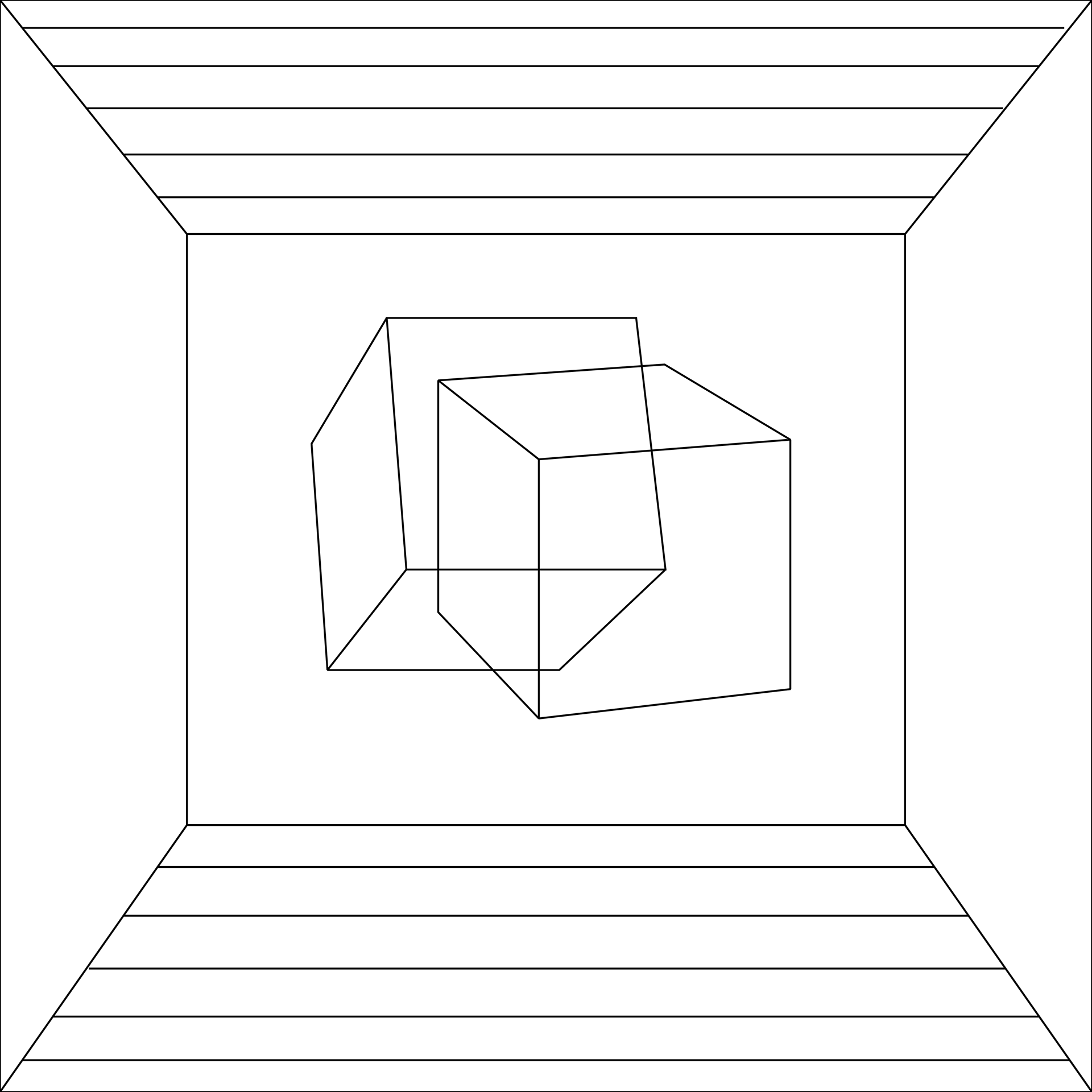
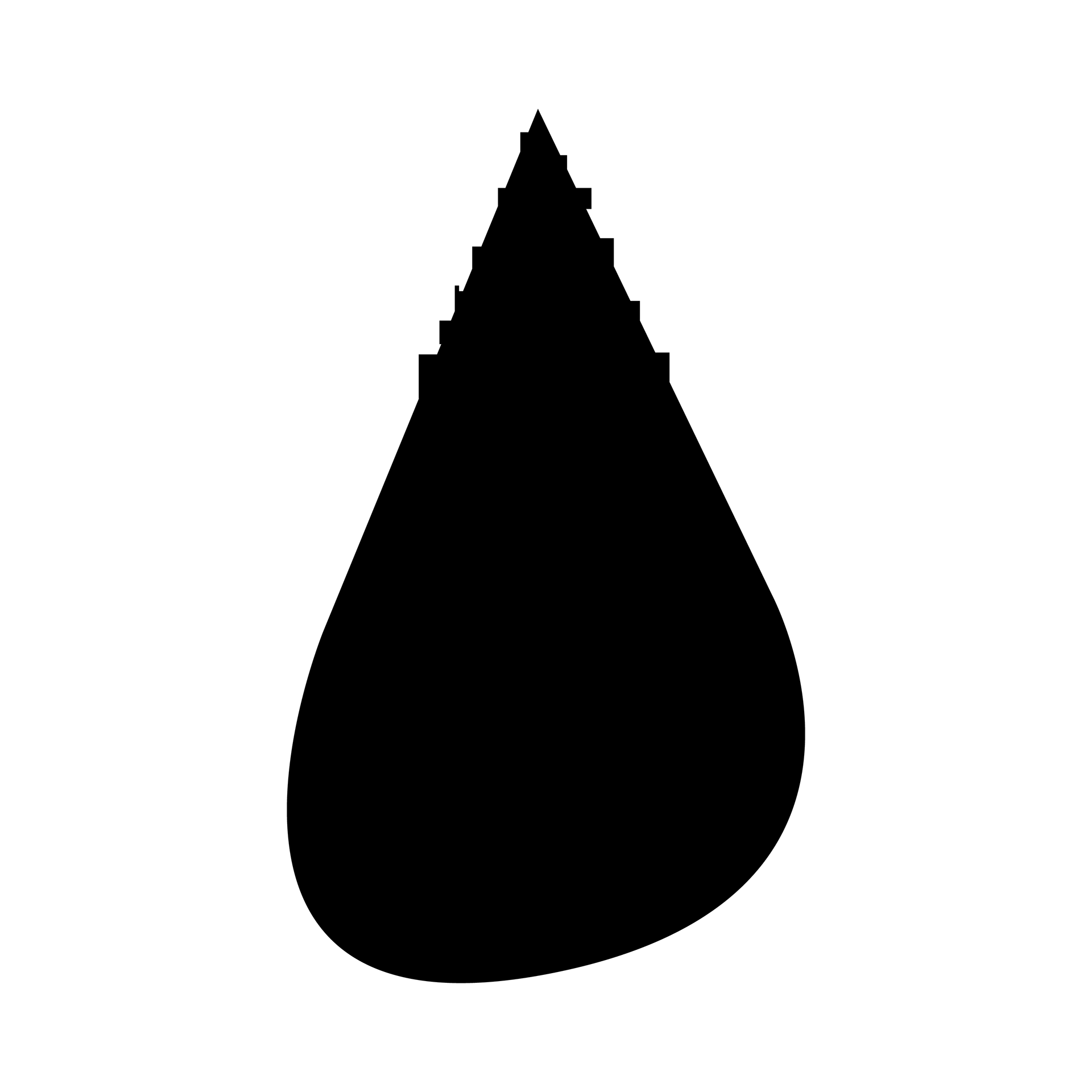
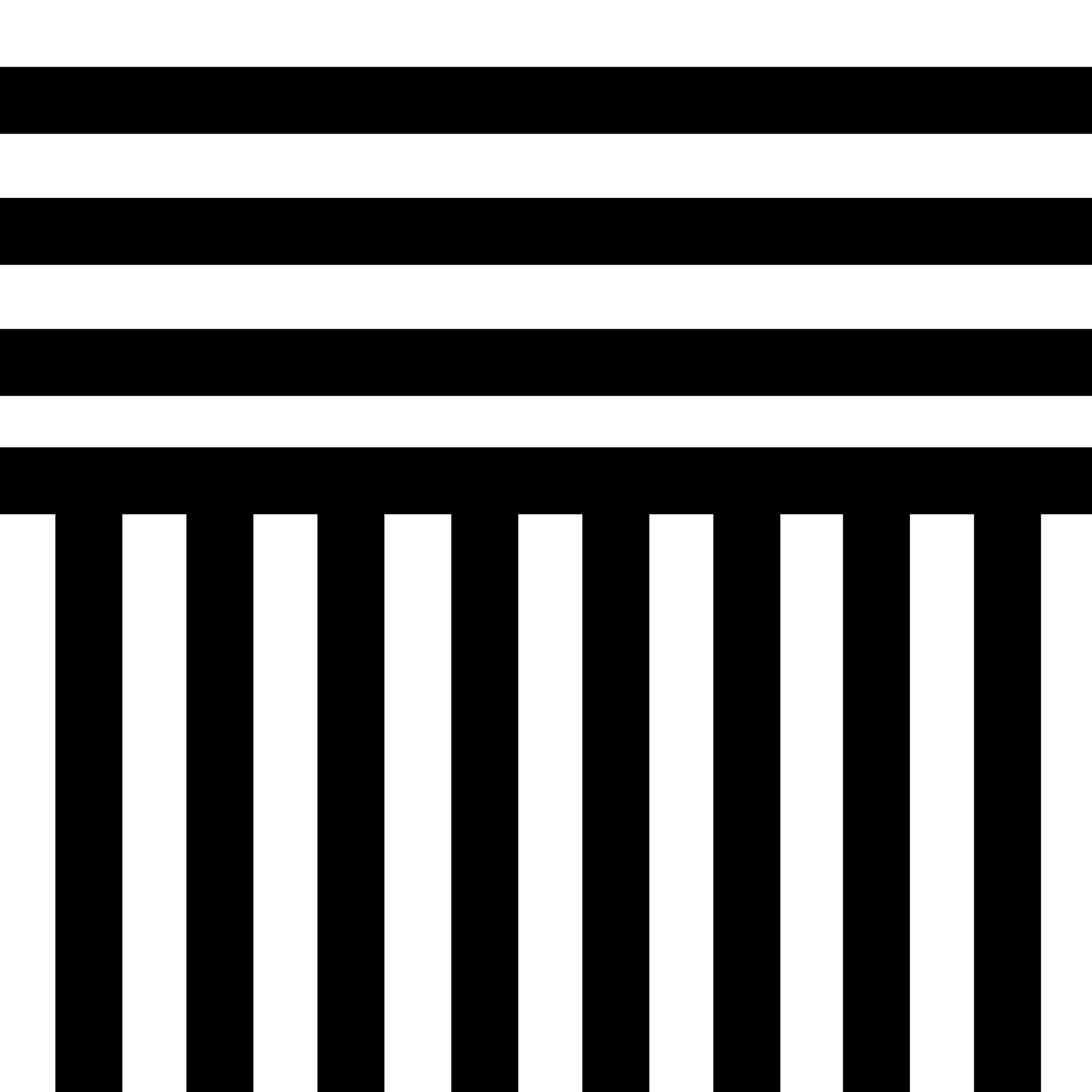
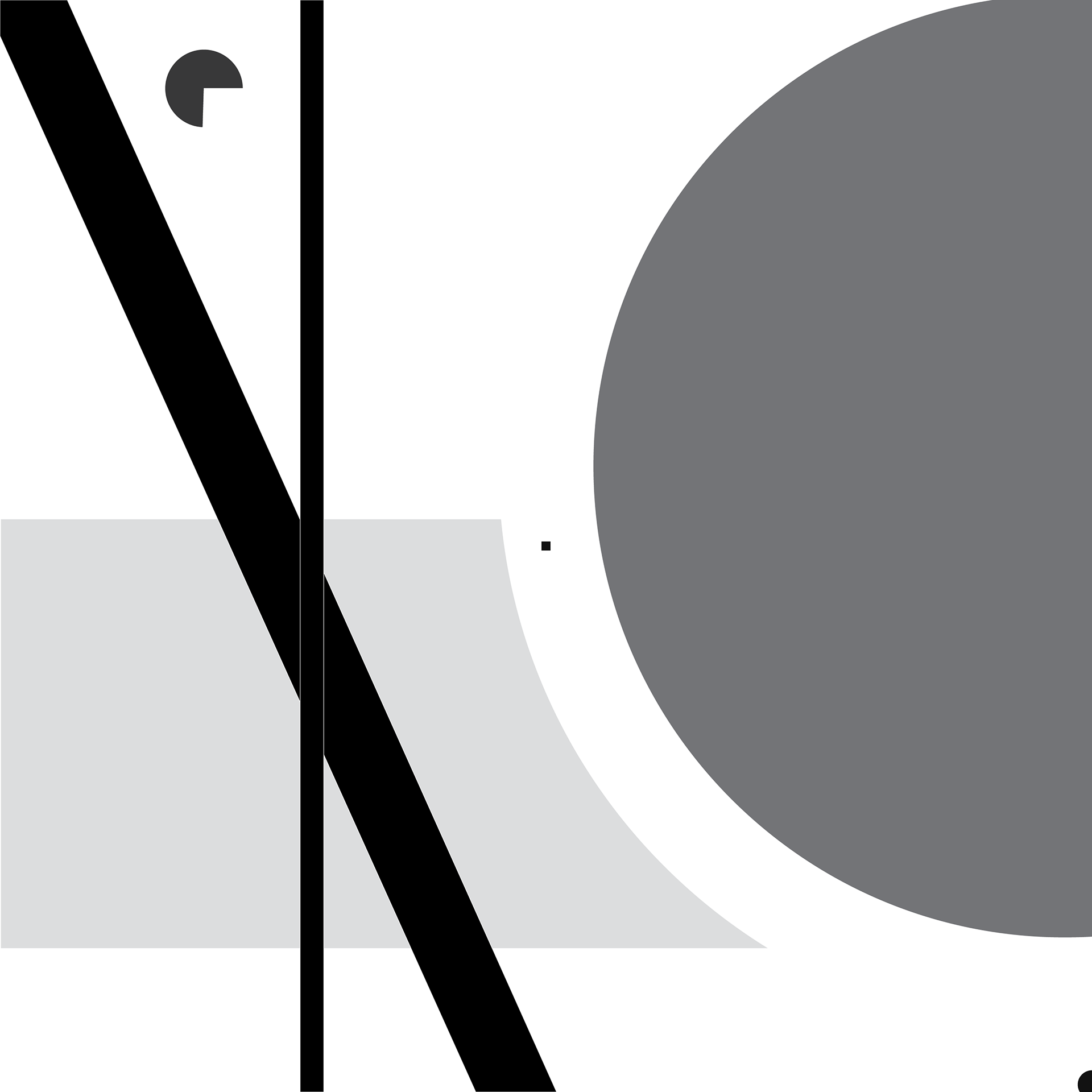
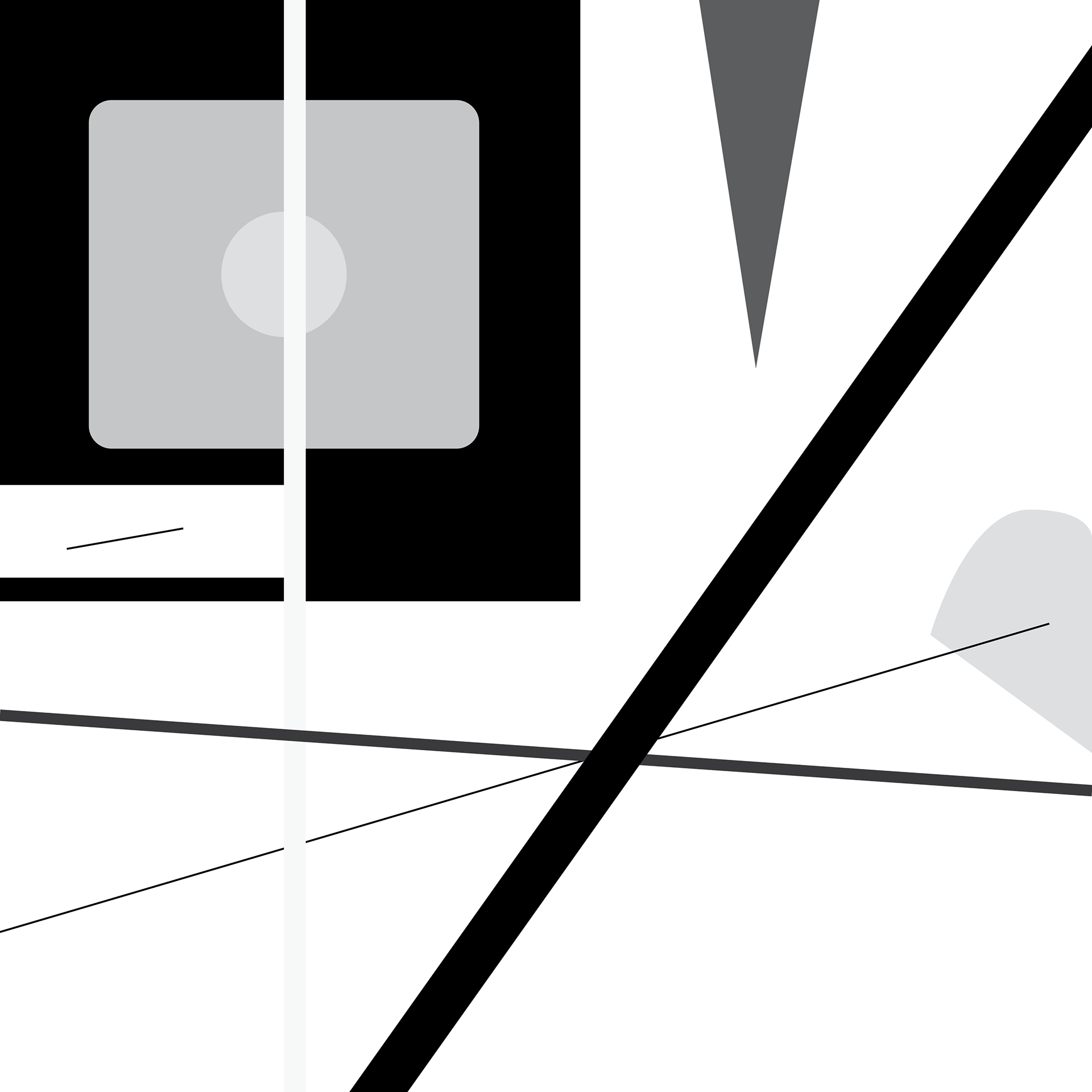

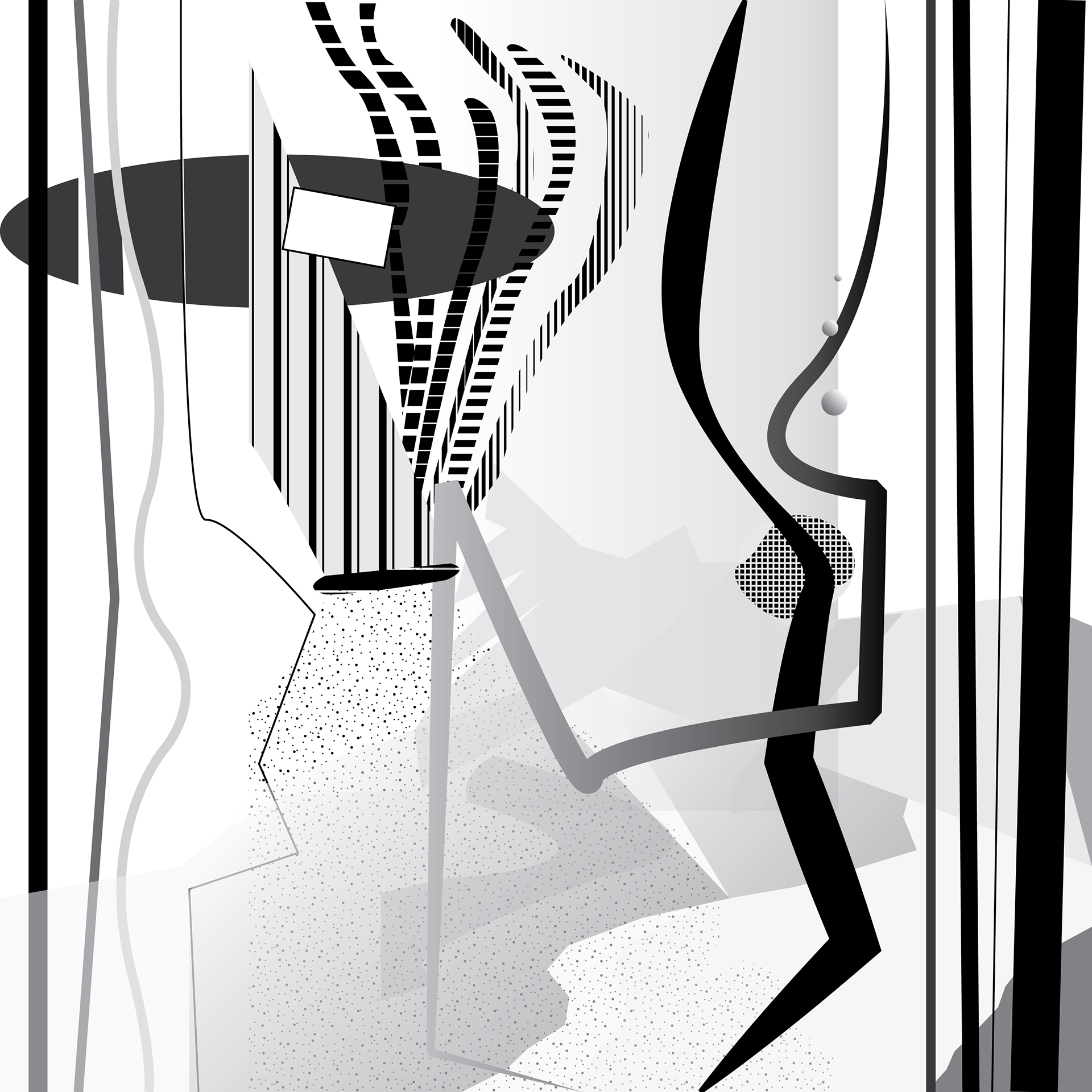

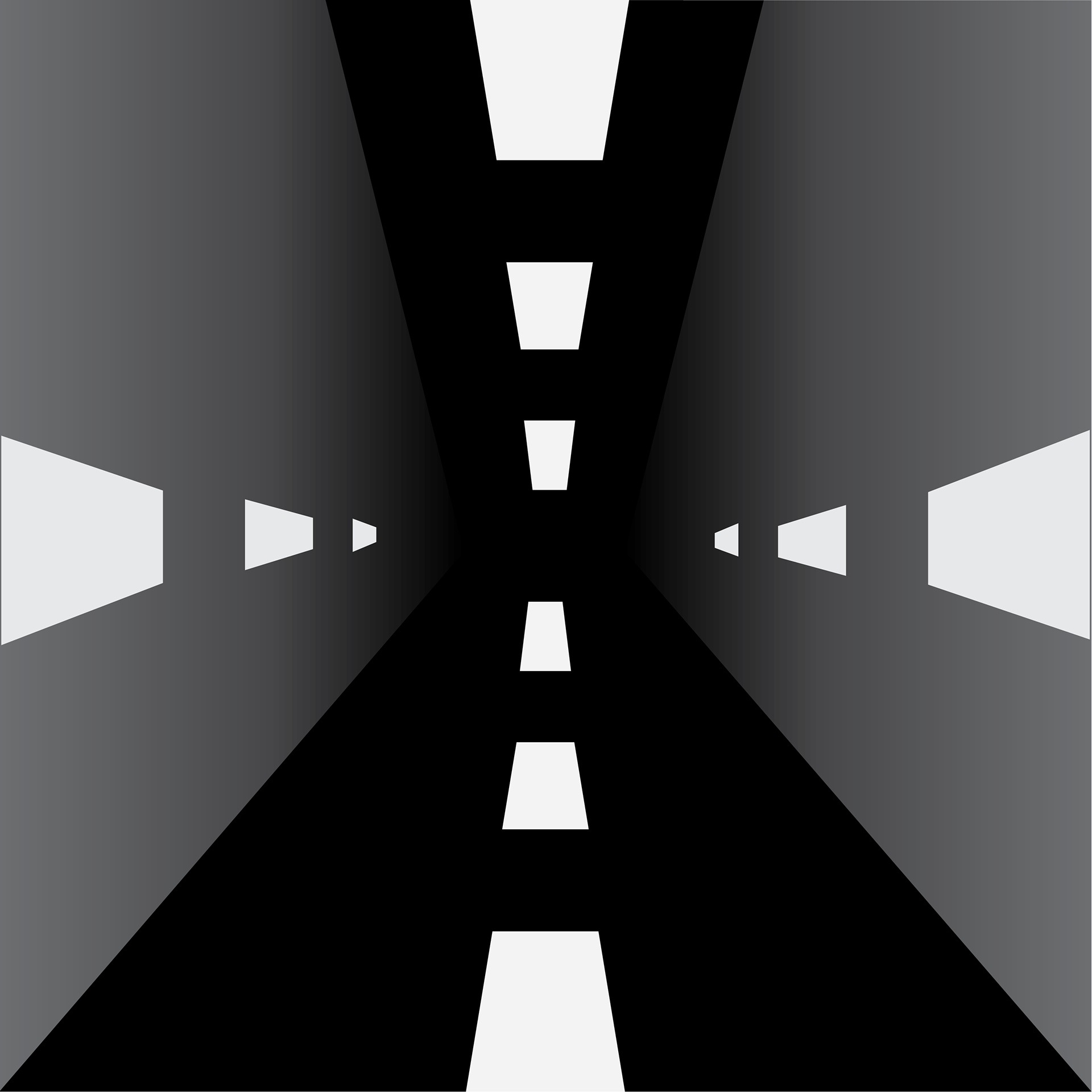
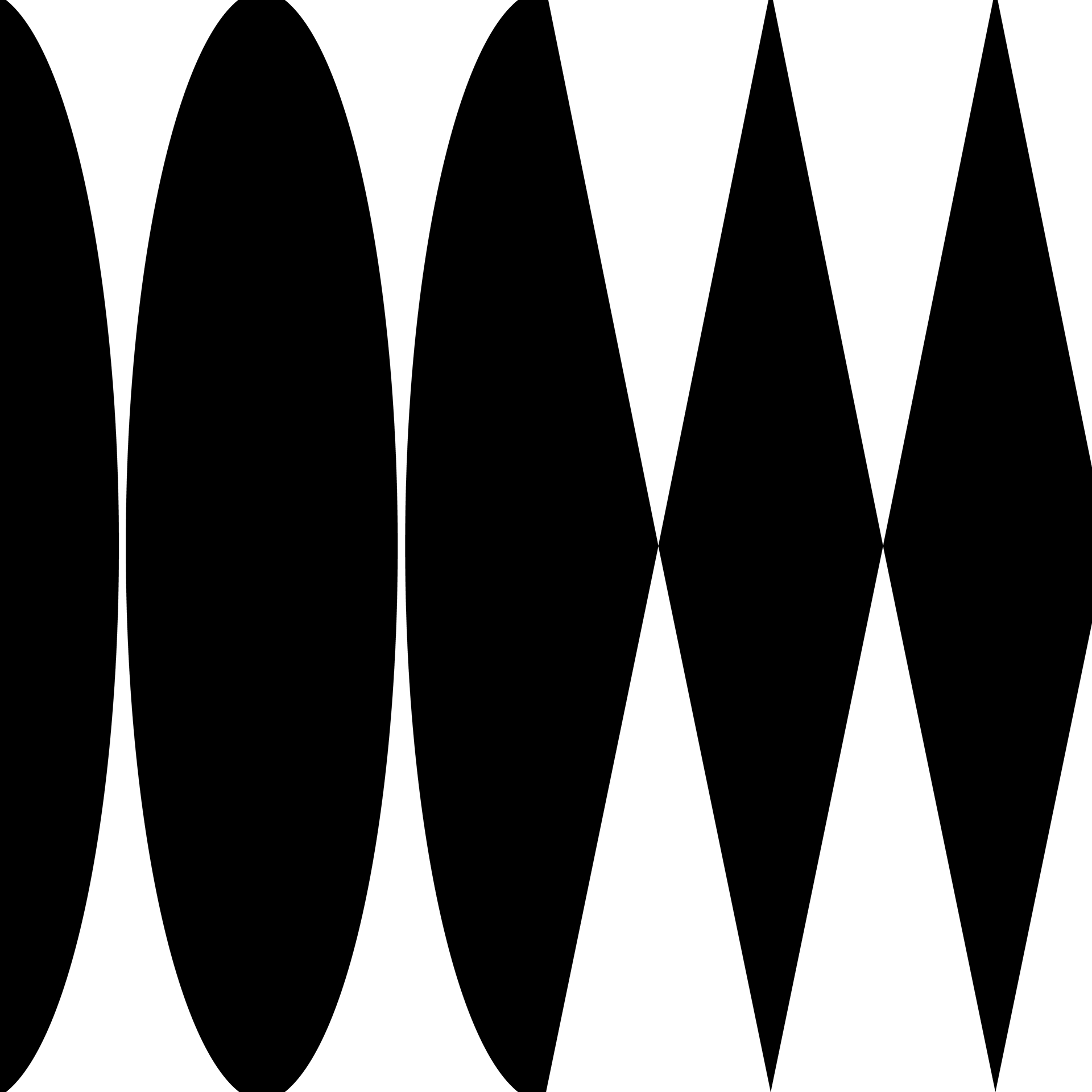
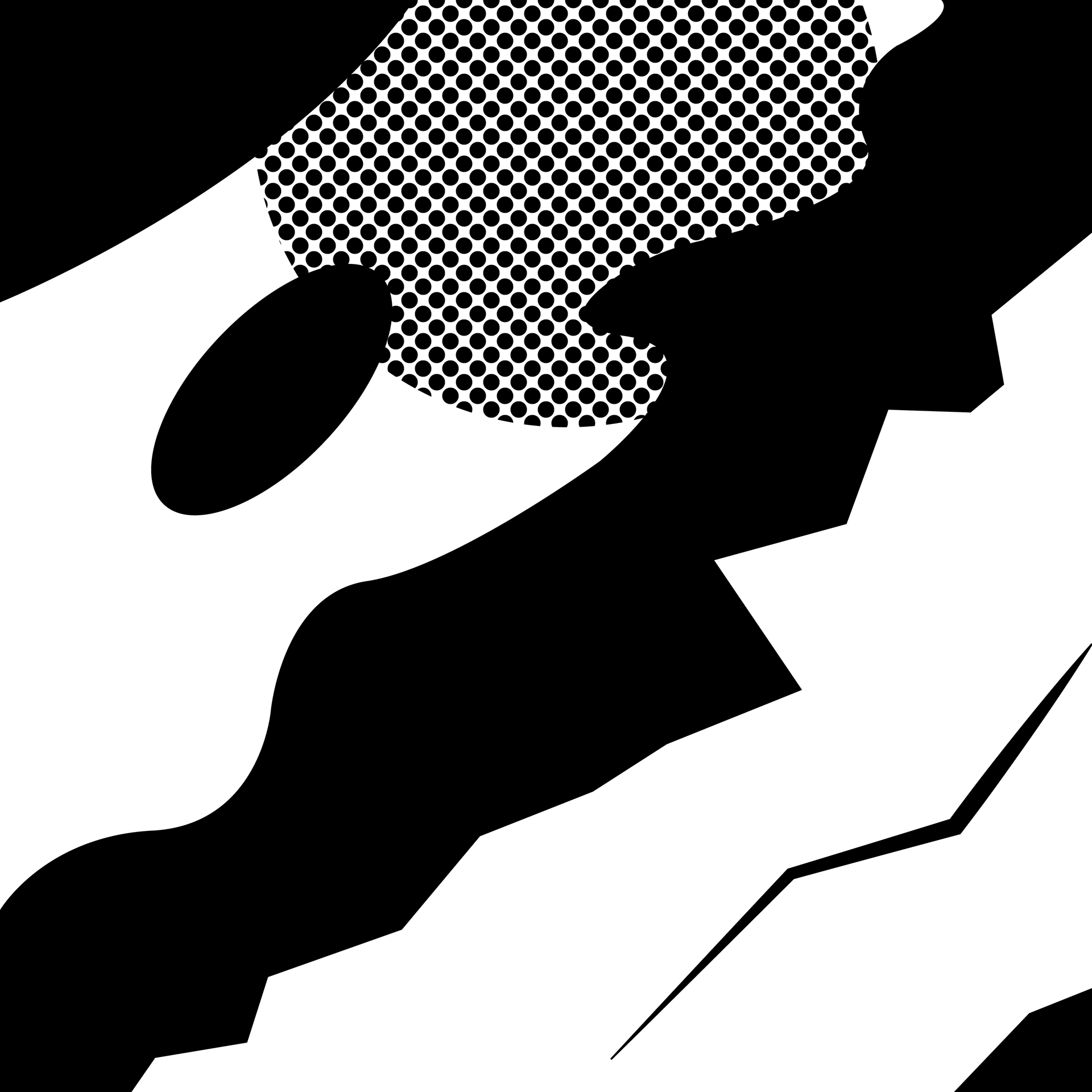
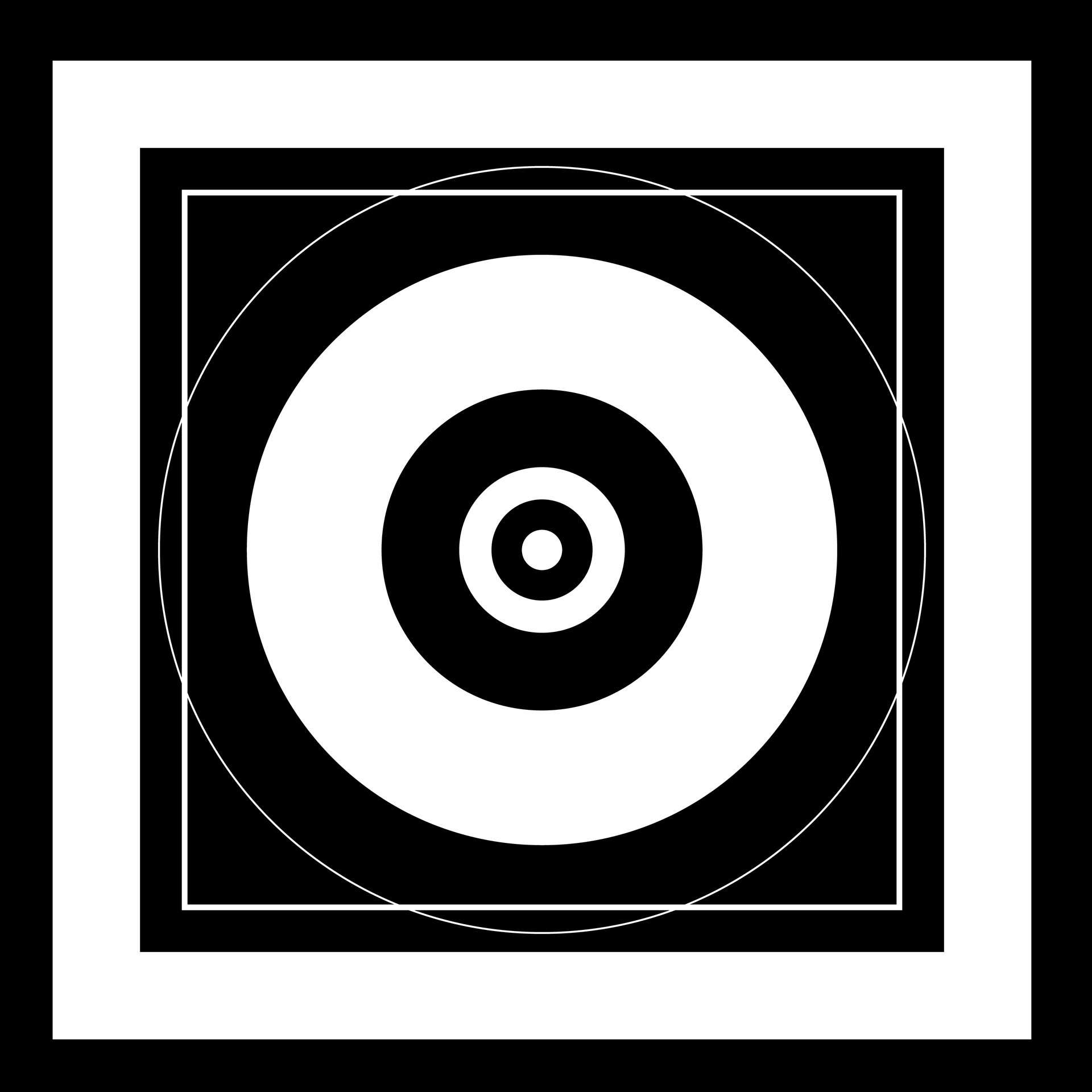
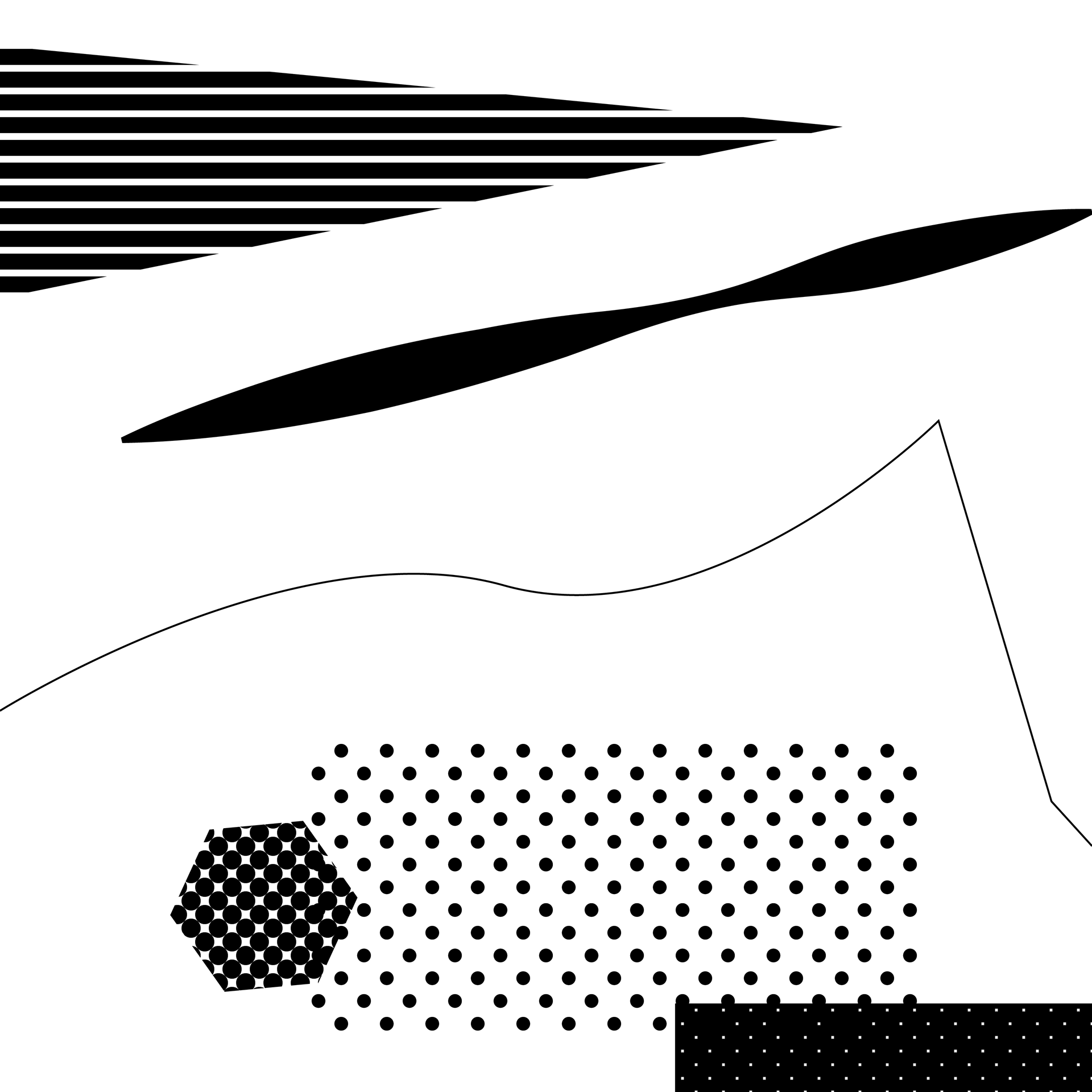
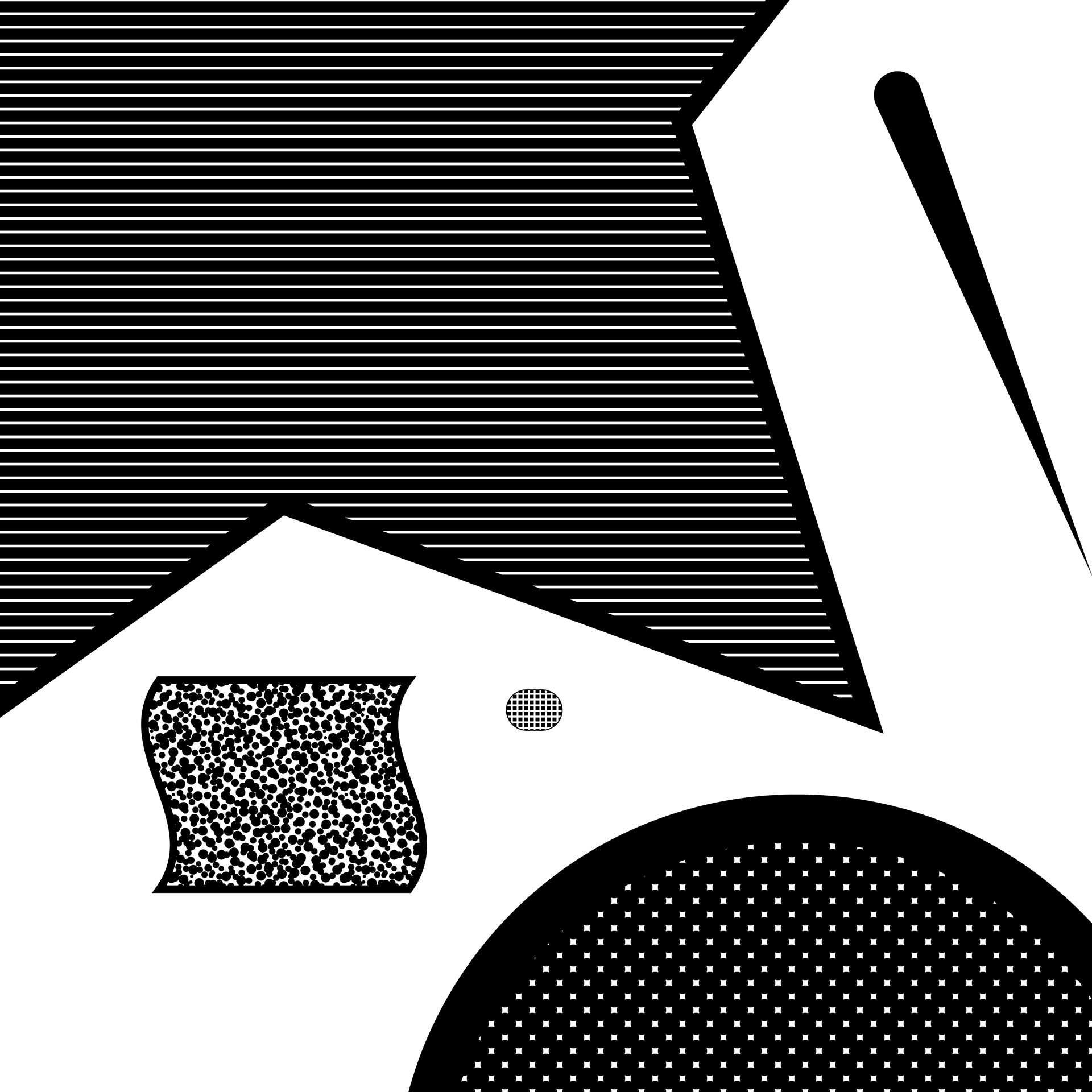
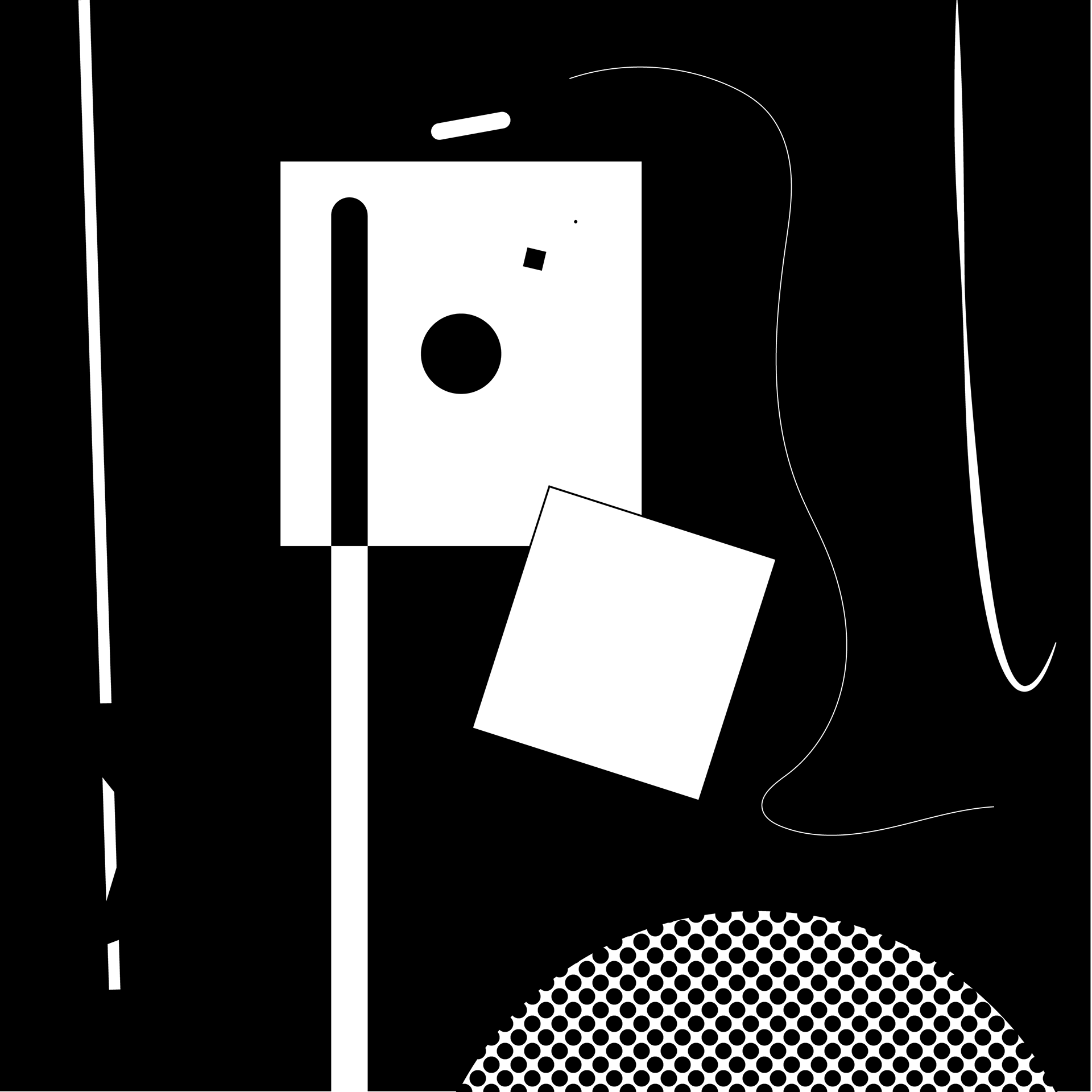
Step VI-VIII Single, Triple, Multiple Contrasts, 48 compositions
Create inventive and dynamic compositions while being limited to a single contrast. Black & white only.
THEN
Create inventive and dynamic compositions while being limited to no more or less than 3 contrasts. Black & white only.
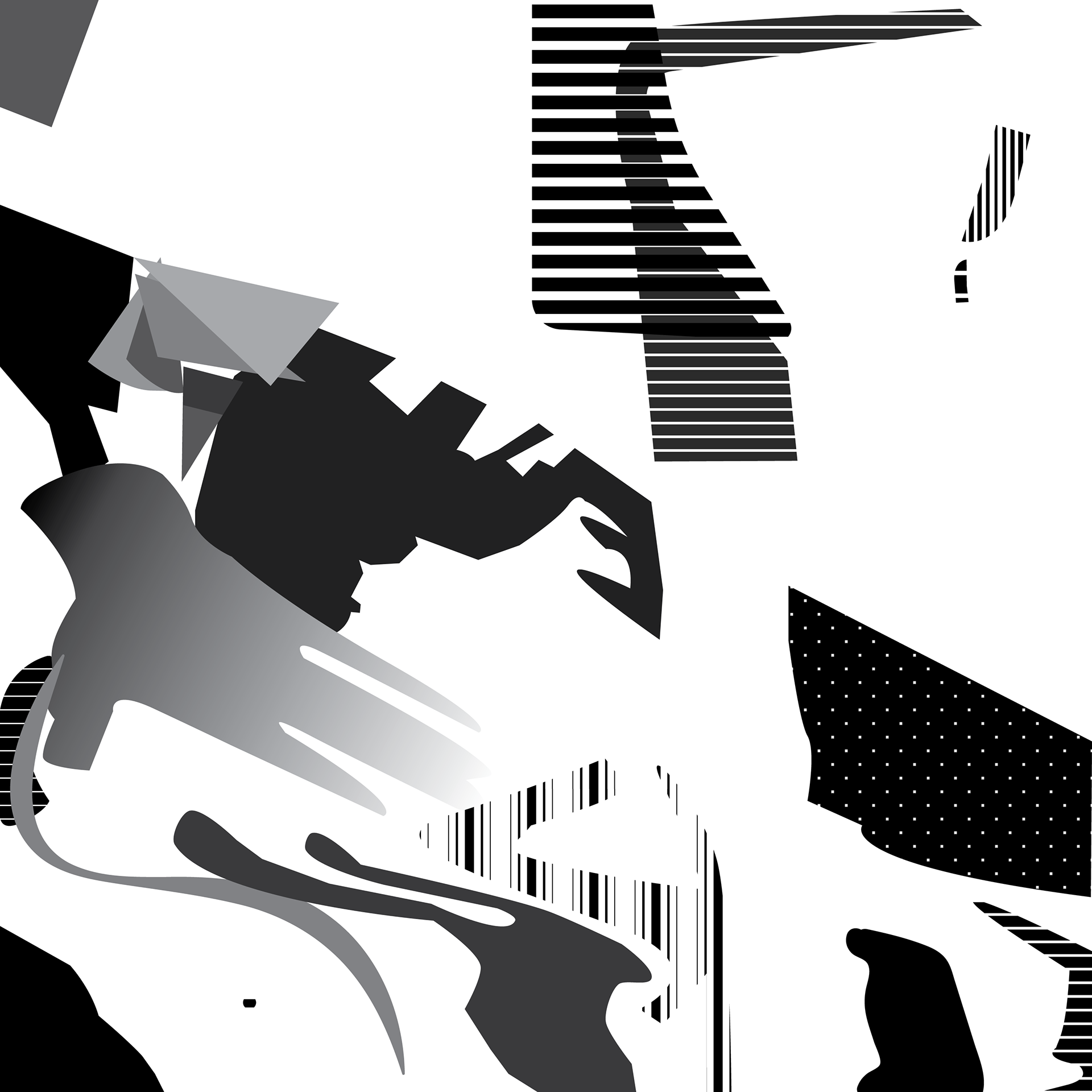

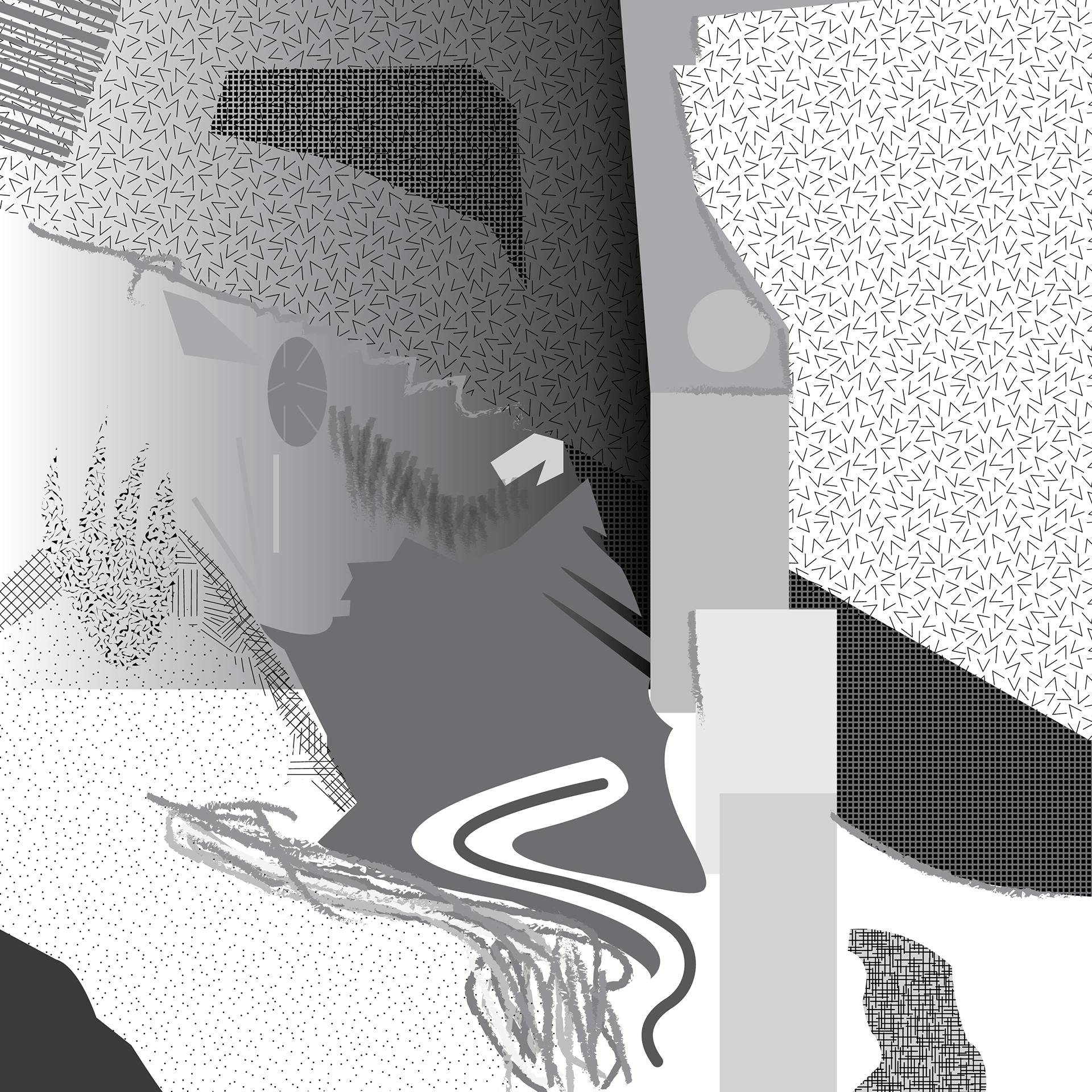
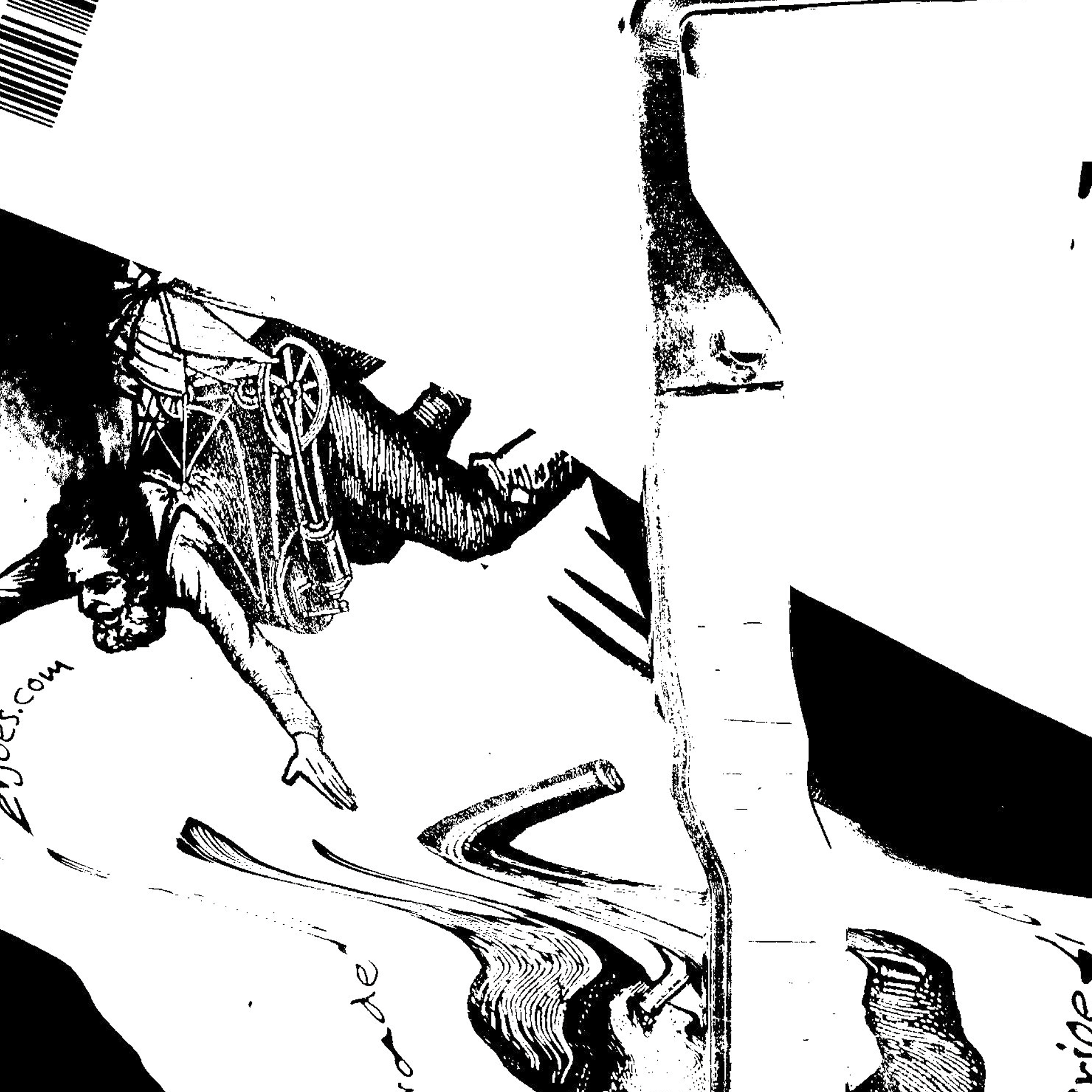



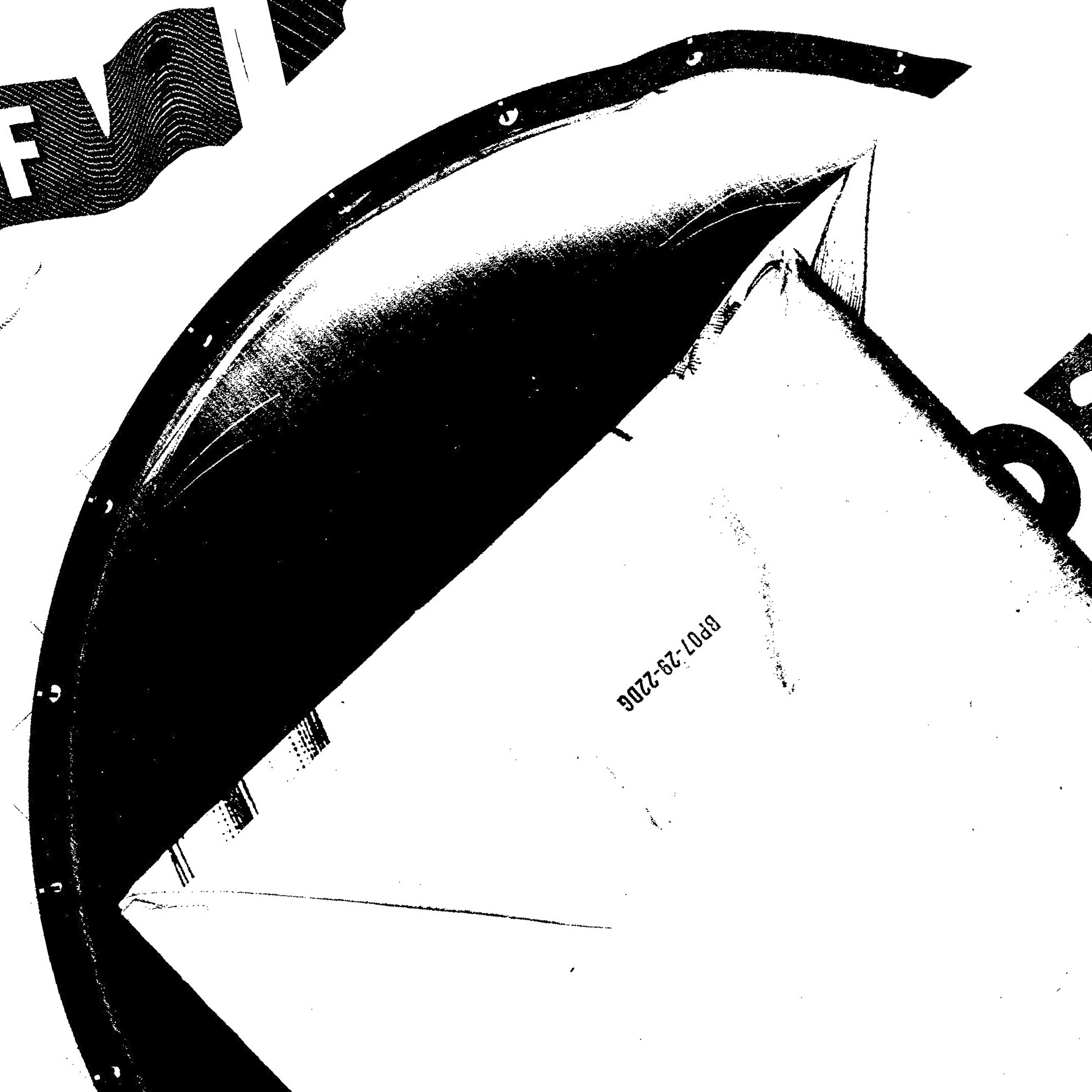
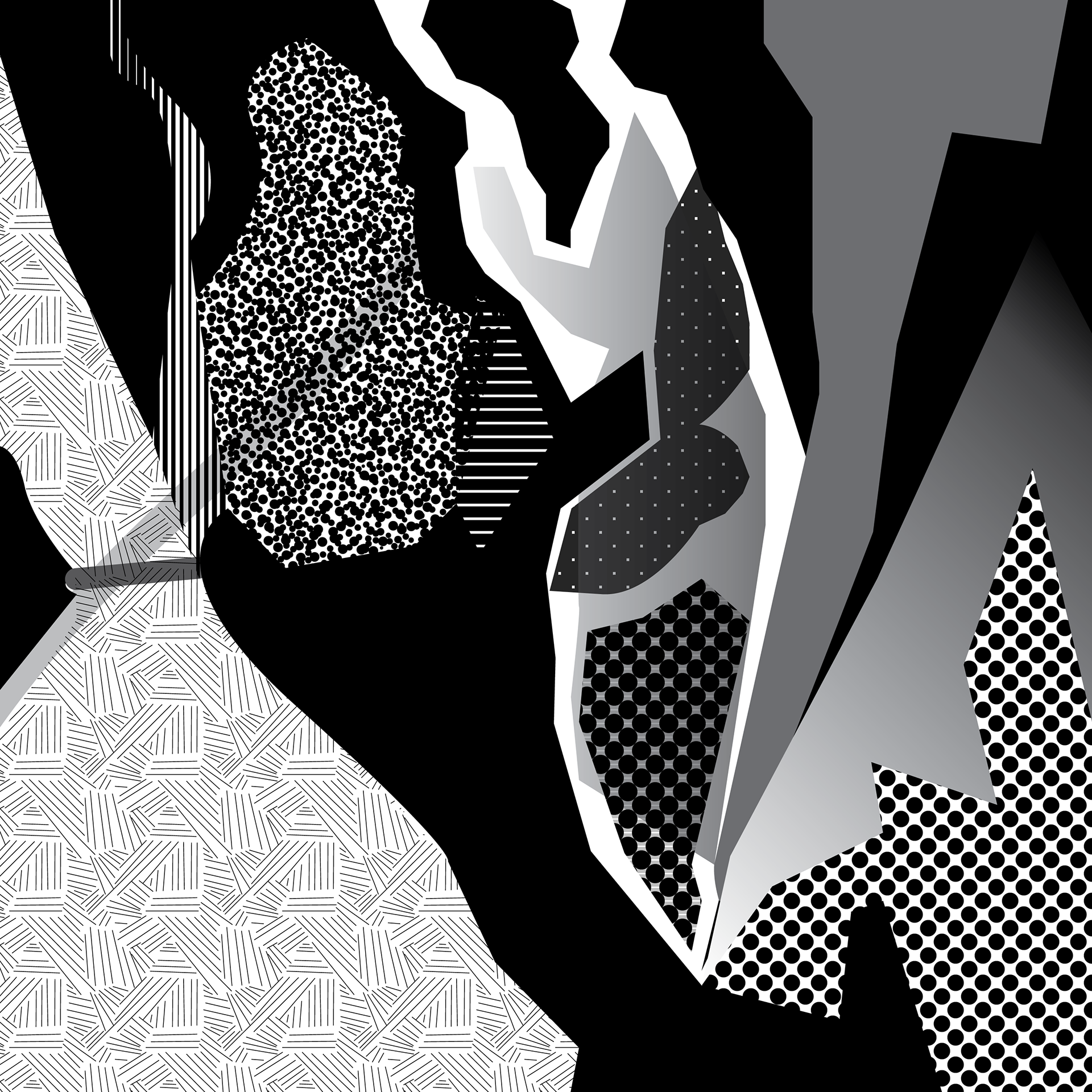
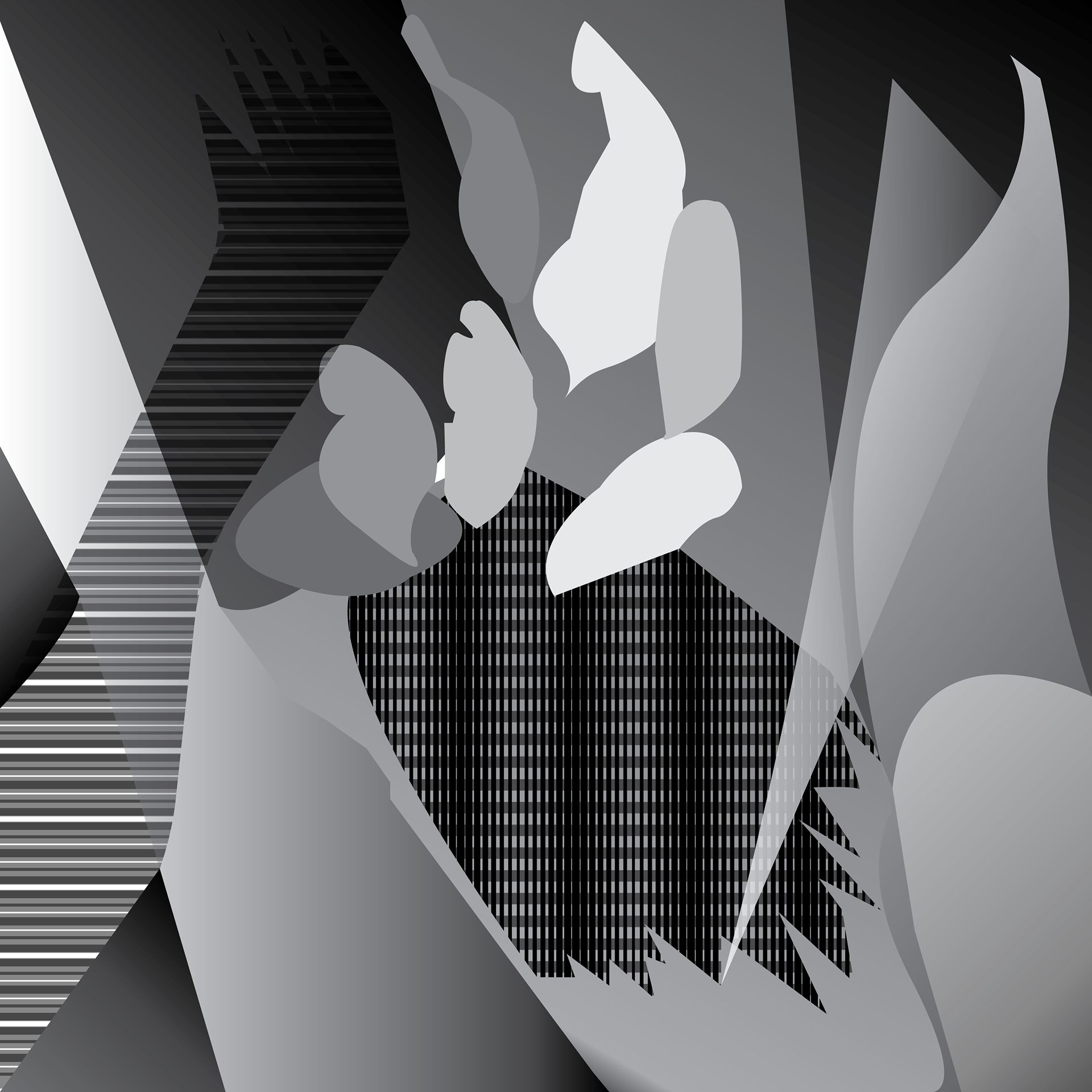
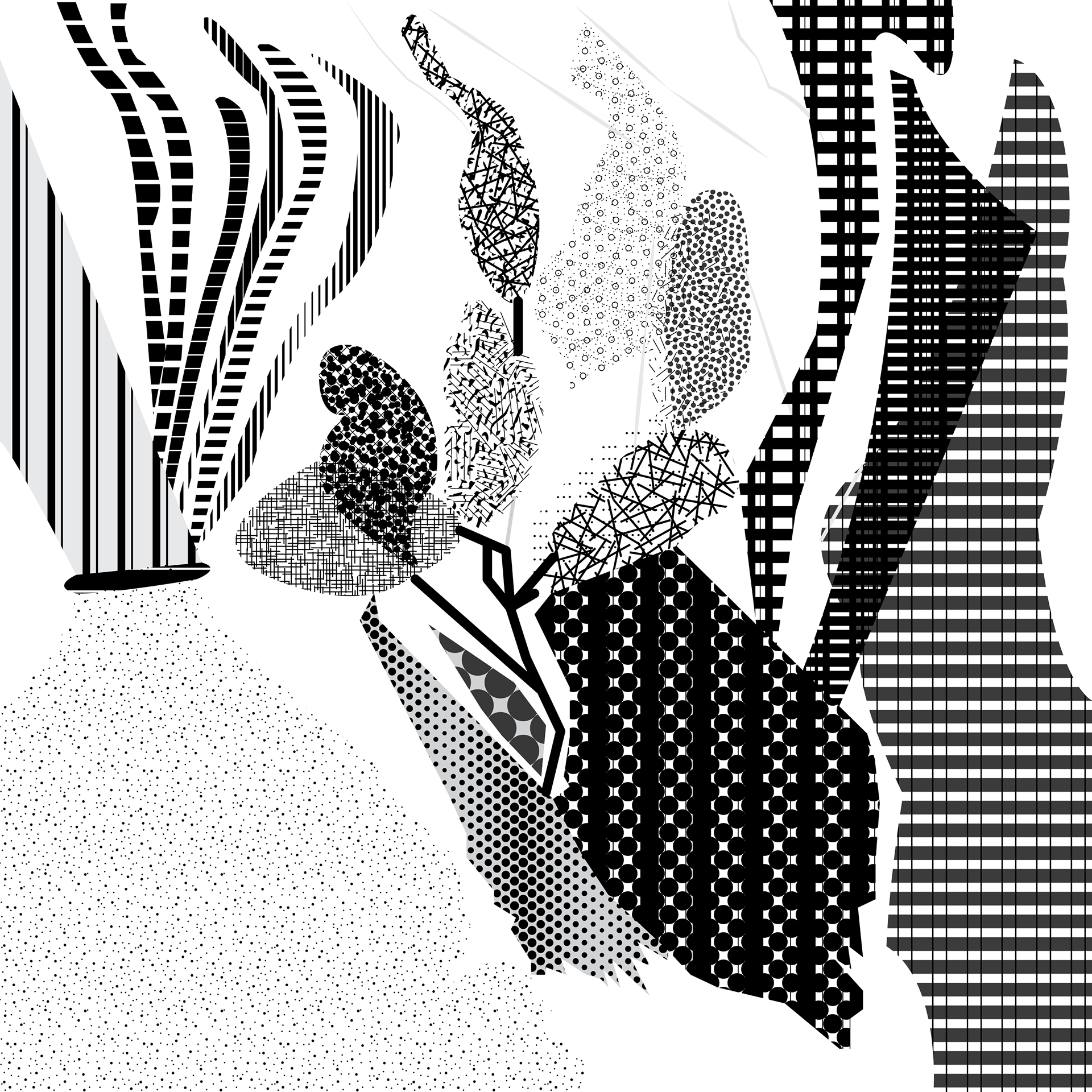
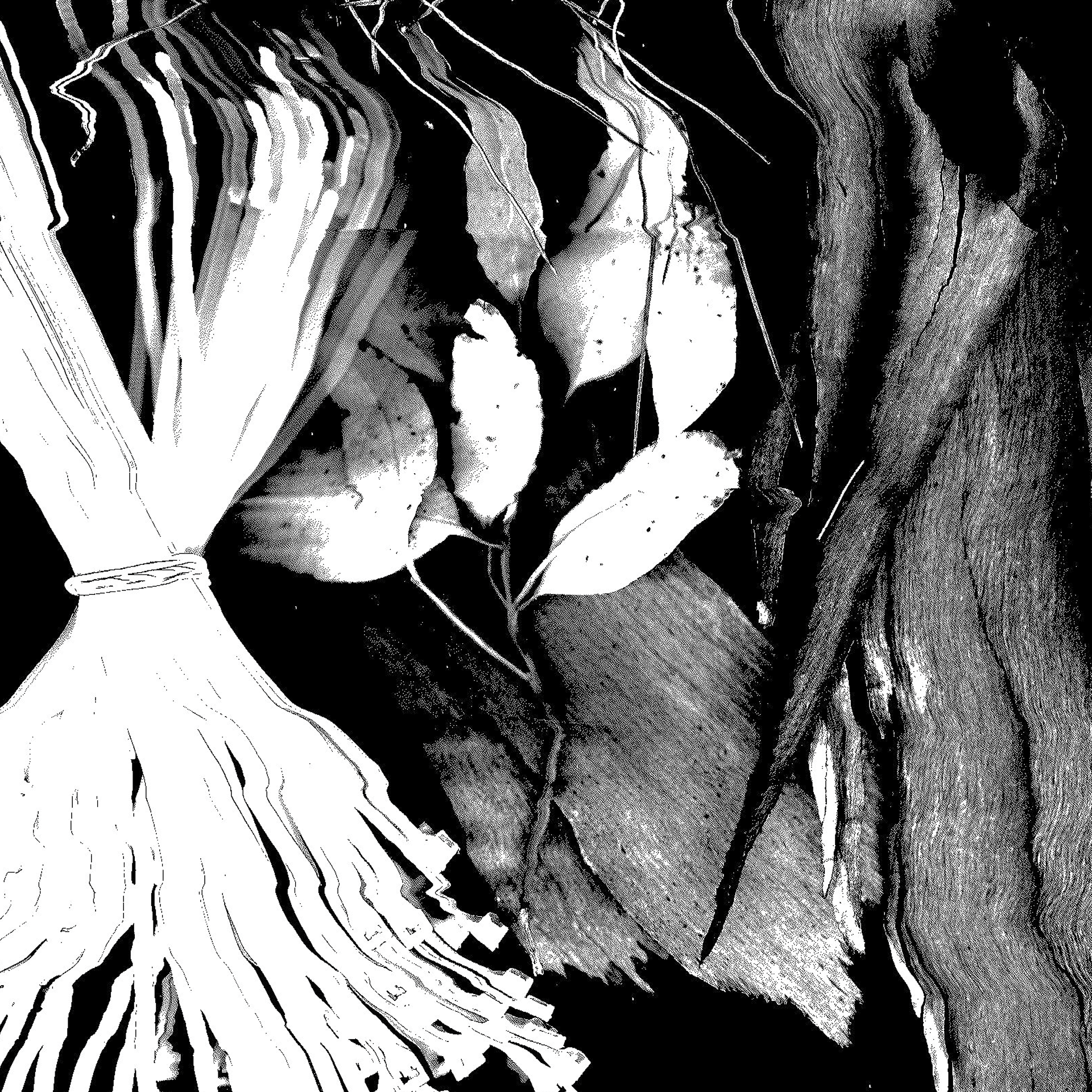
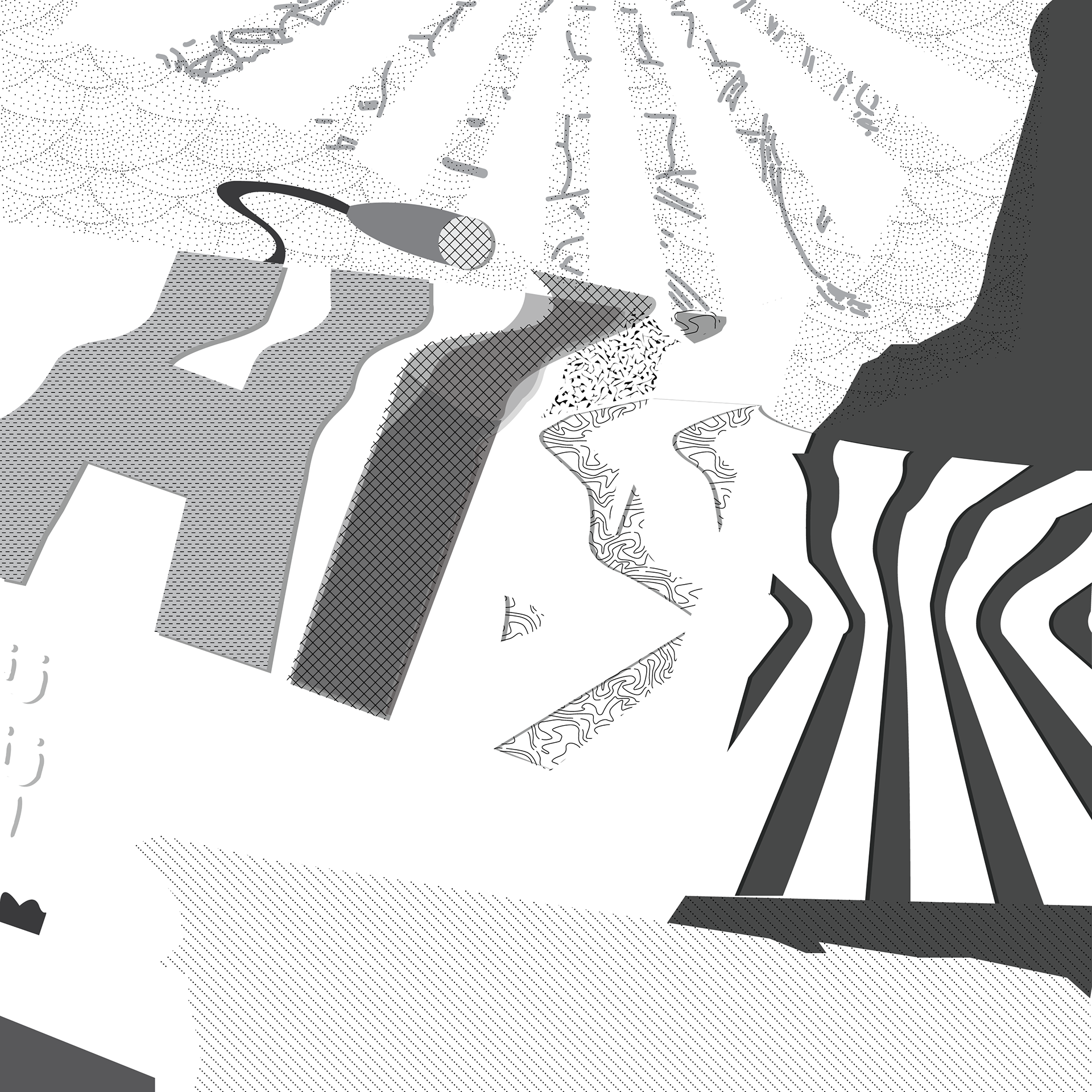

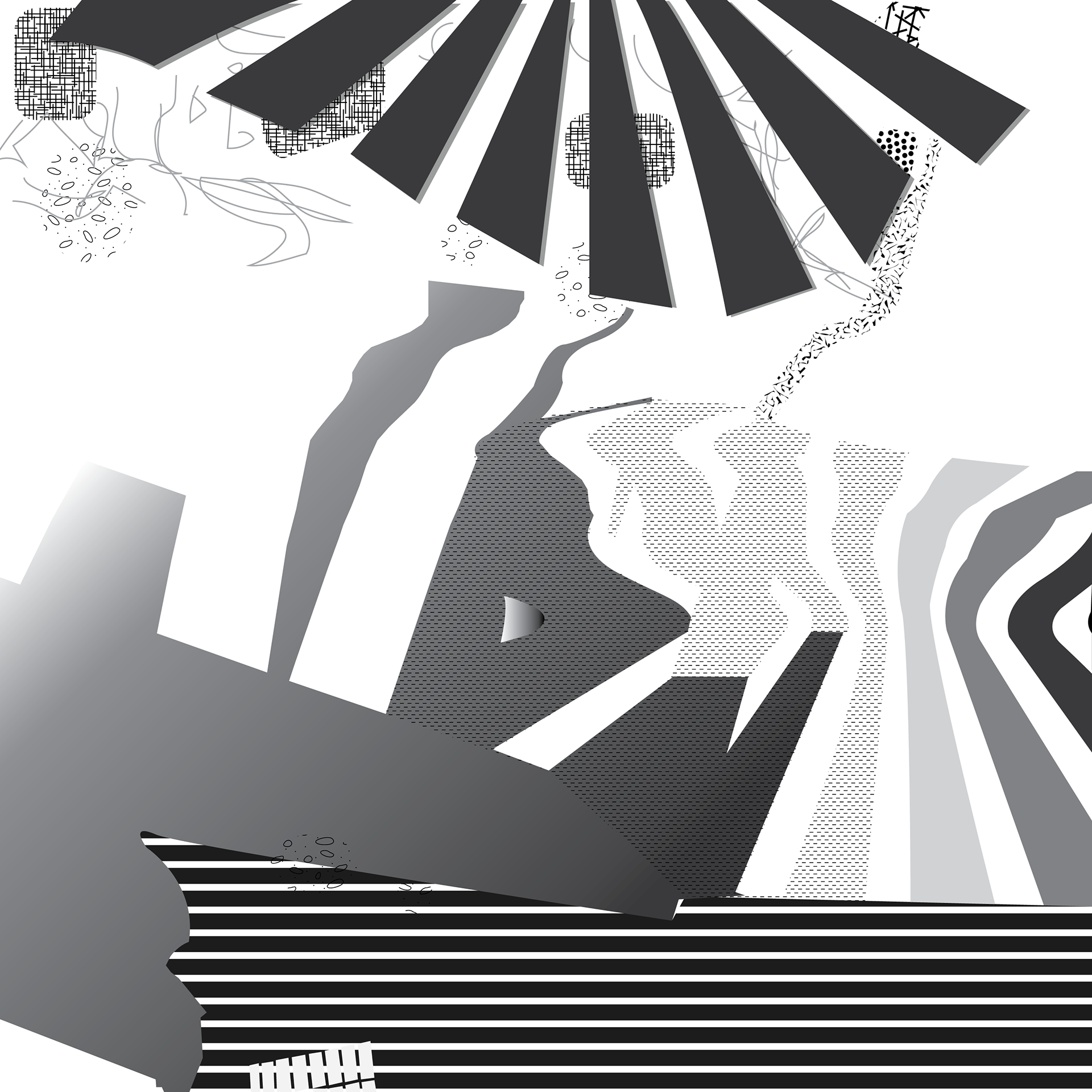
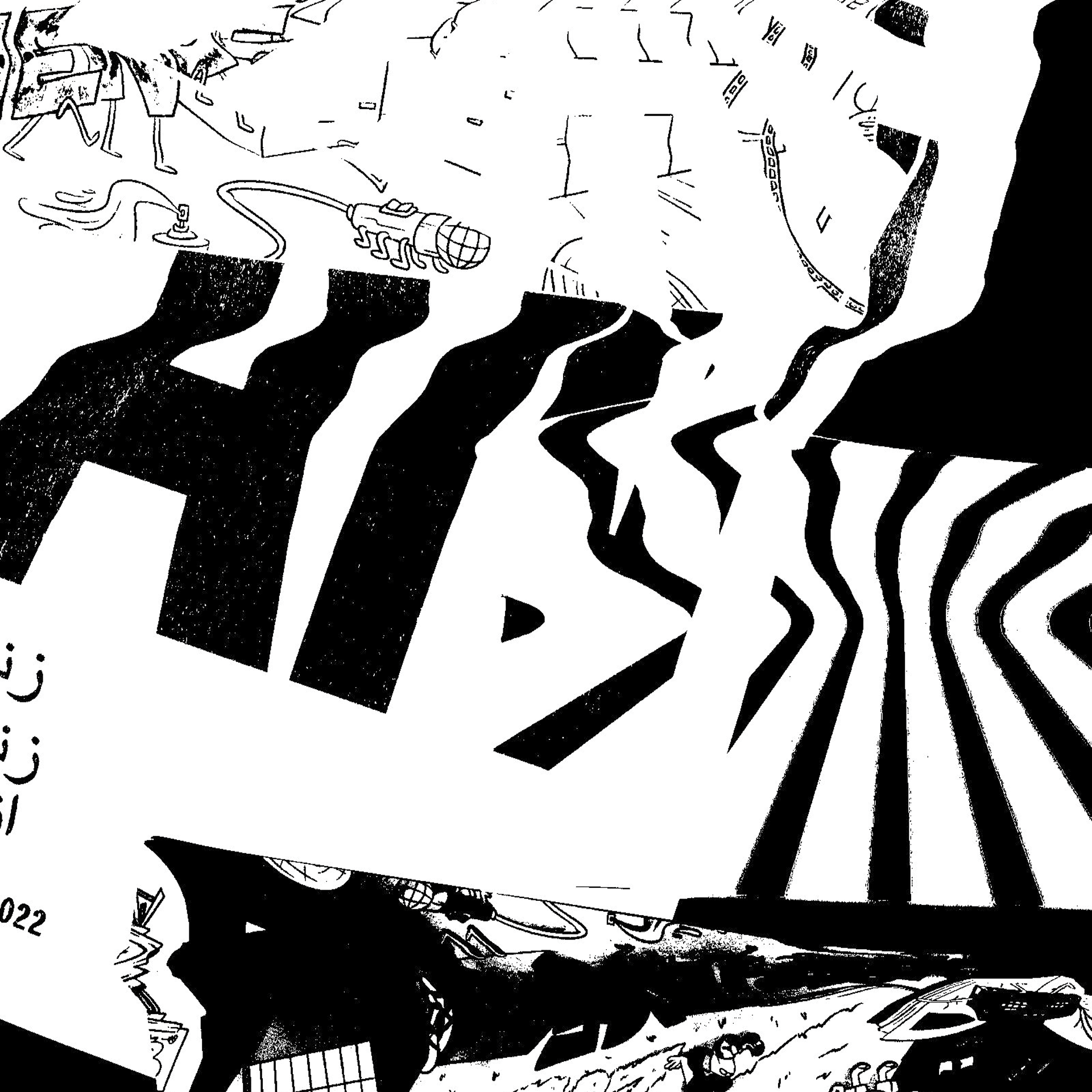
Step V Digital Translation
Select your four strongest compositions from Step IV b., and using Adobe Illustrator, create 3 different, 6”x 6” digital translations for each. DO NOT create a digital duplicate of the original composition. Instead, use the original composition as a foundation or “grid” to create new compositions. Visually re-interpret the shapes, elements and composition of the original with a focus on inventiveness and variety.
In this step, you’re creating unusual and inventive forms with digital tools. Create a series of 3 that are unified but varied. You must maintain the compositional structure AND orientation of the original: do not rotate.
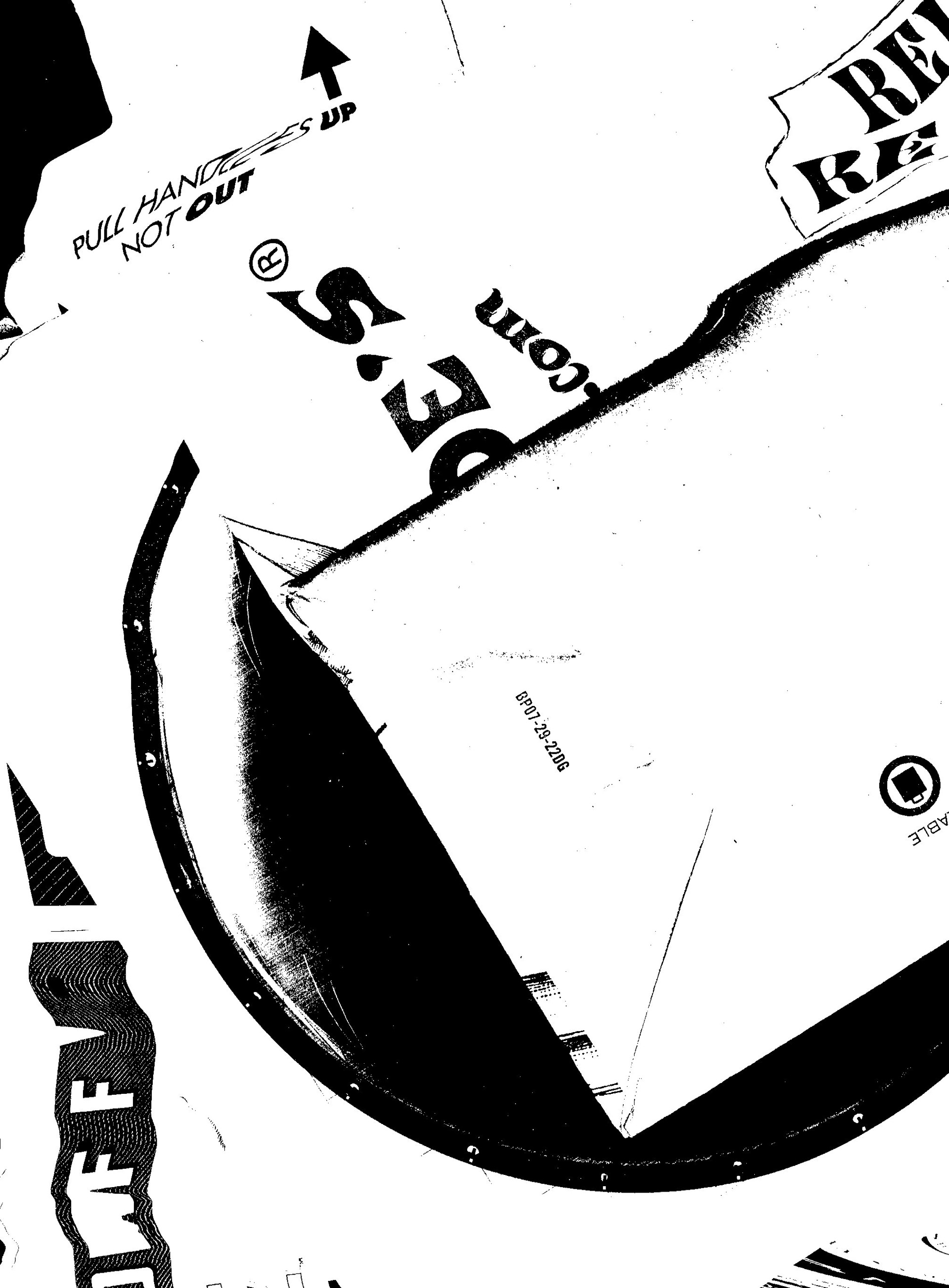
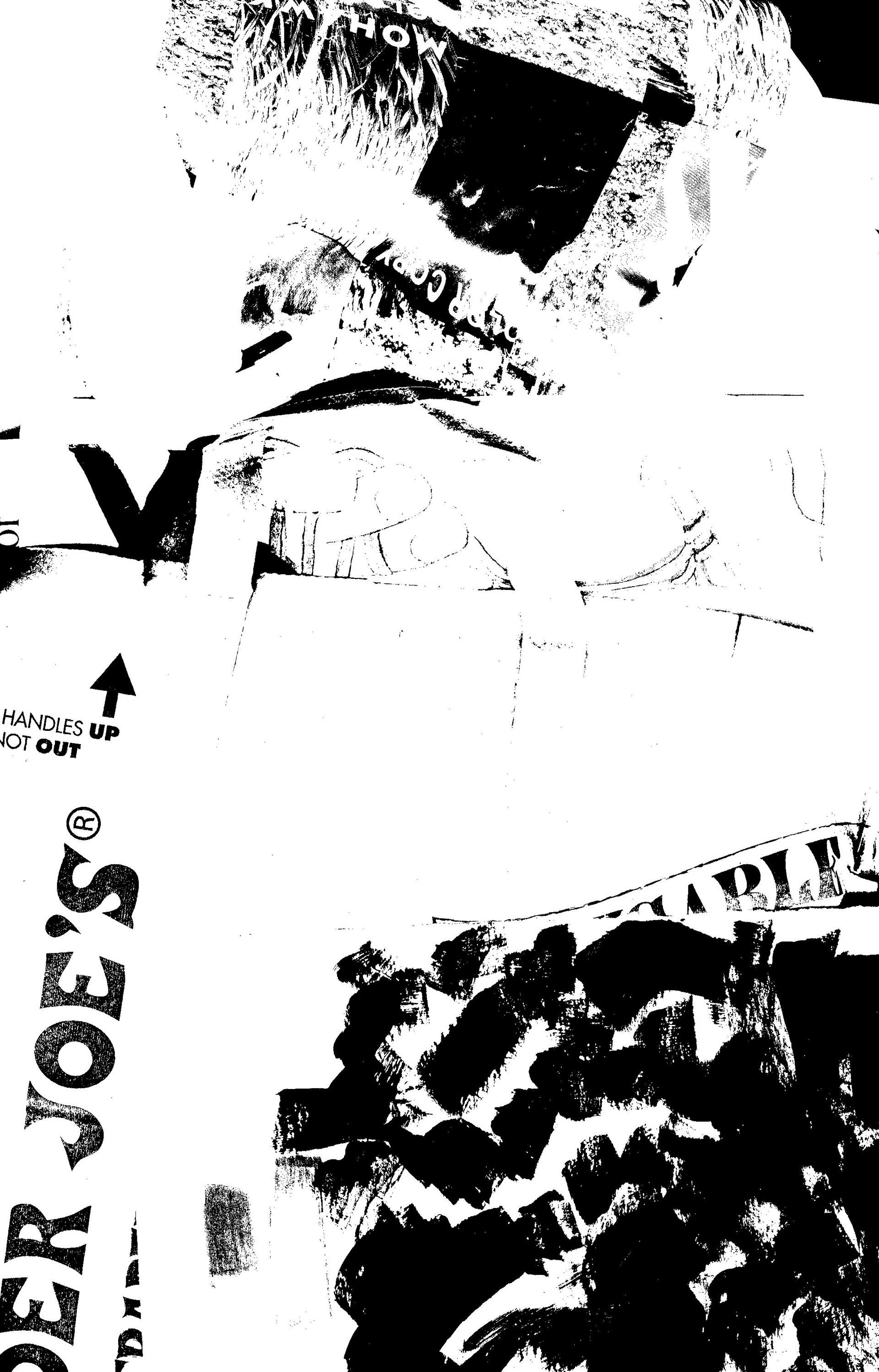
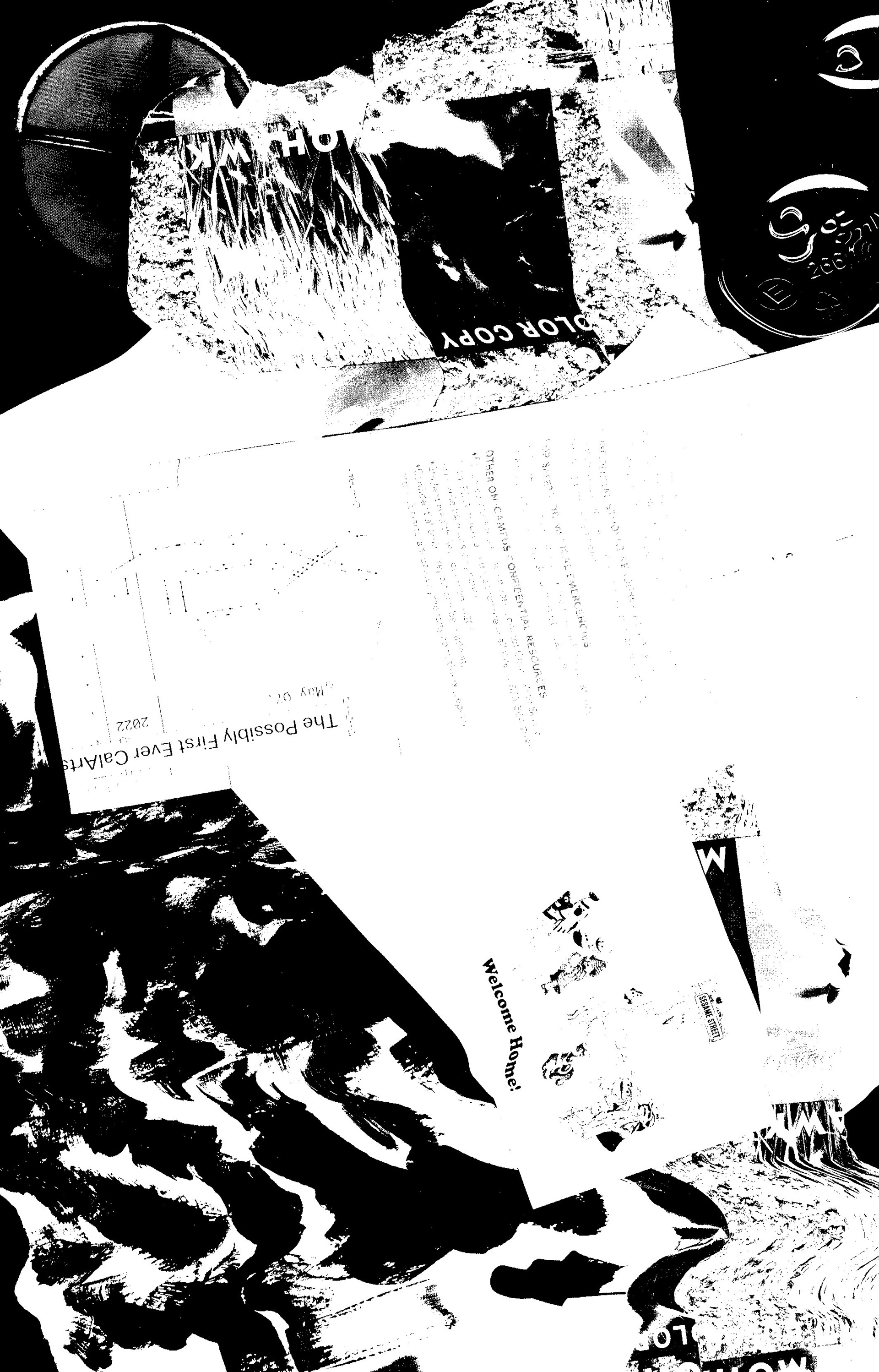



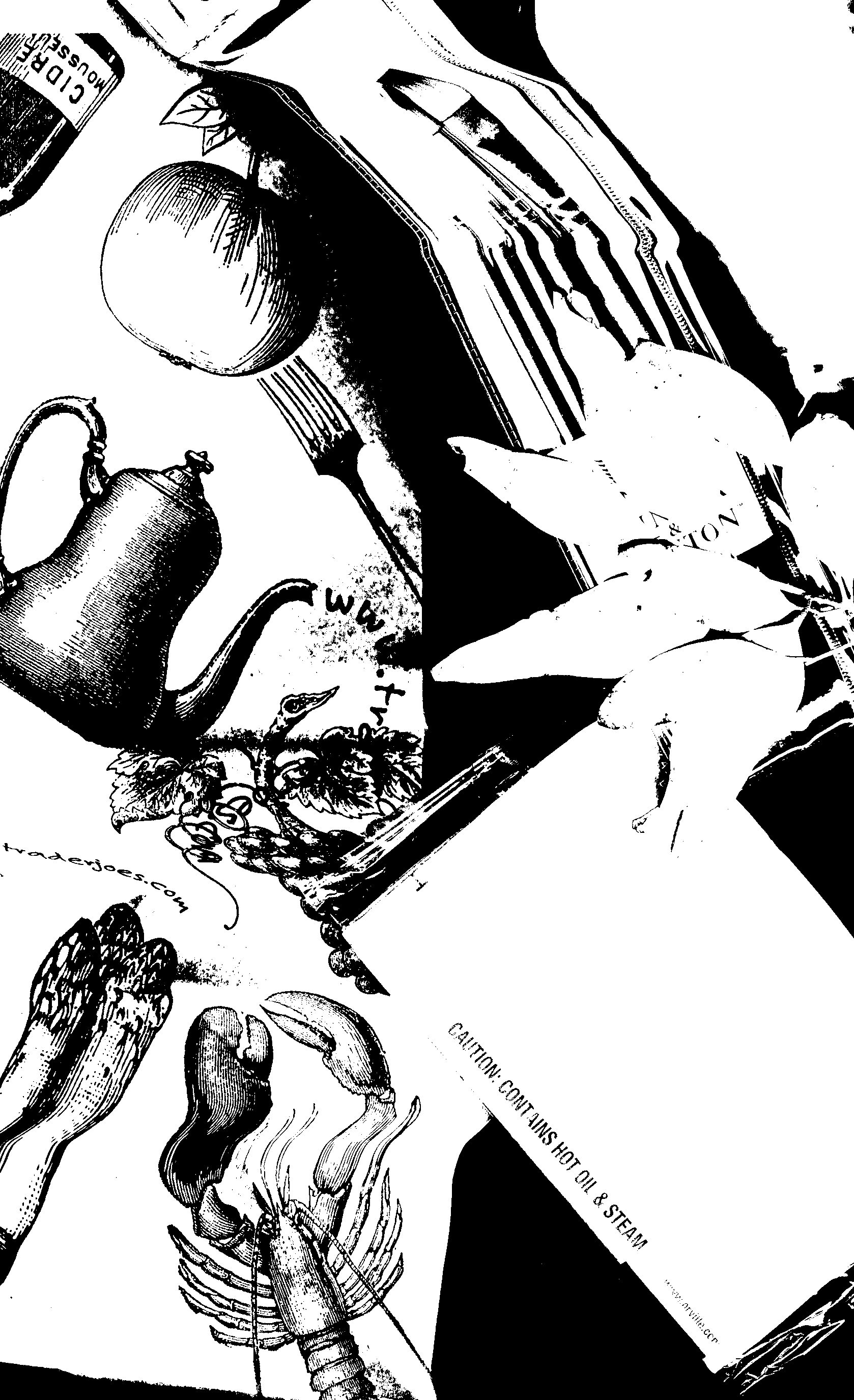
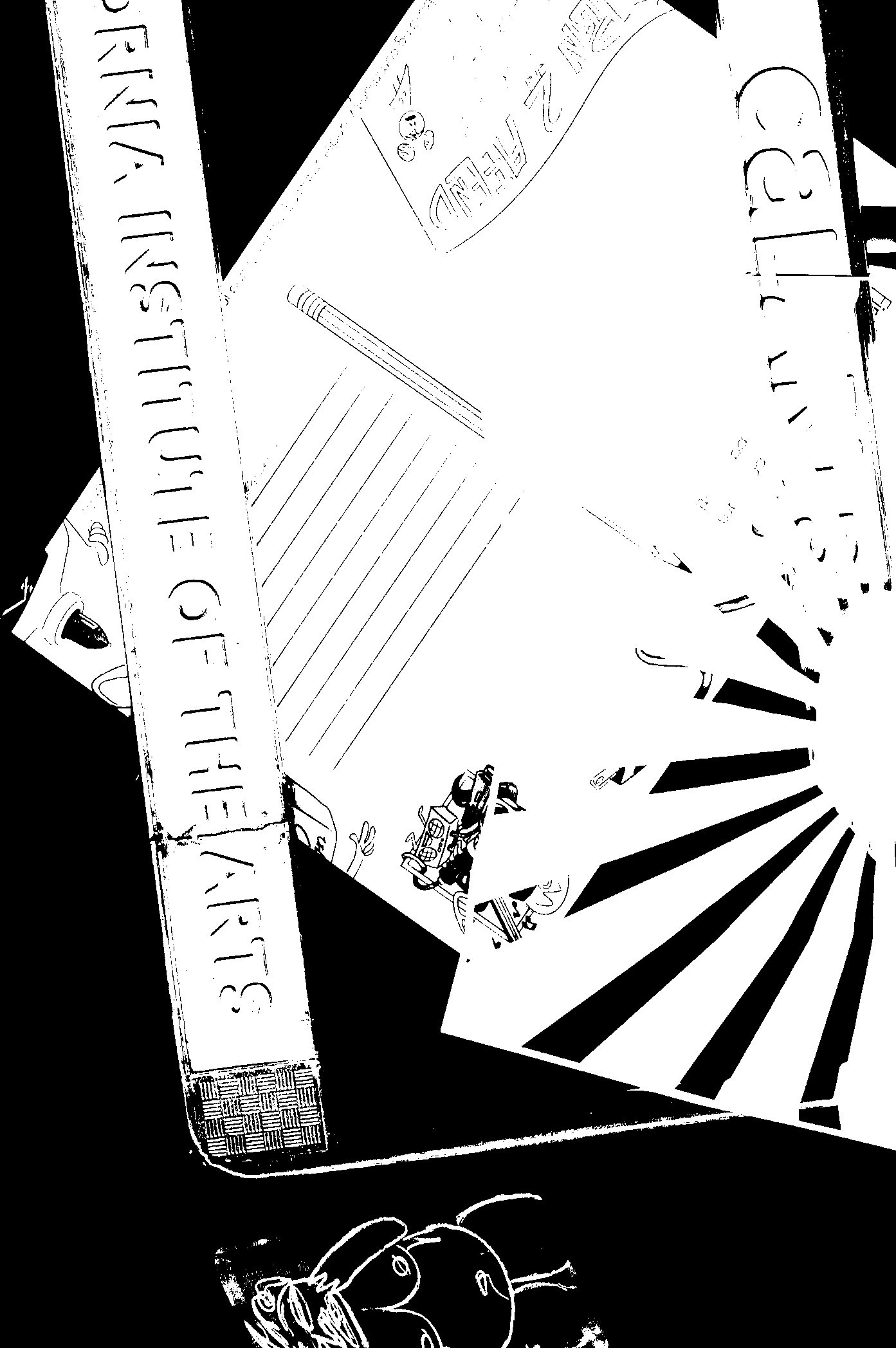
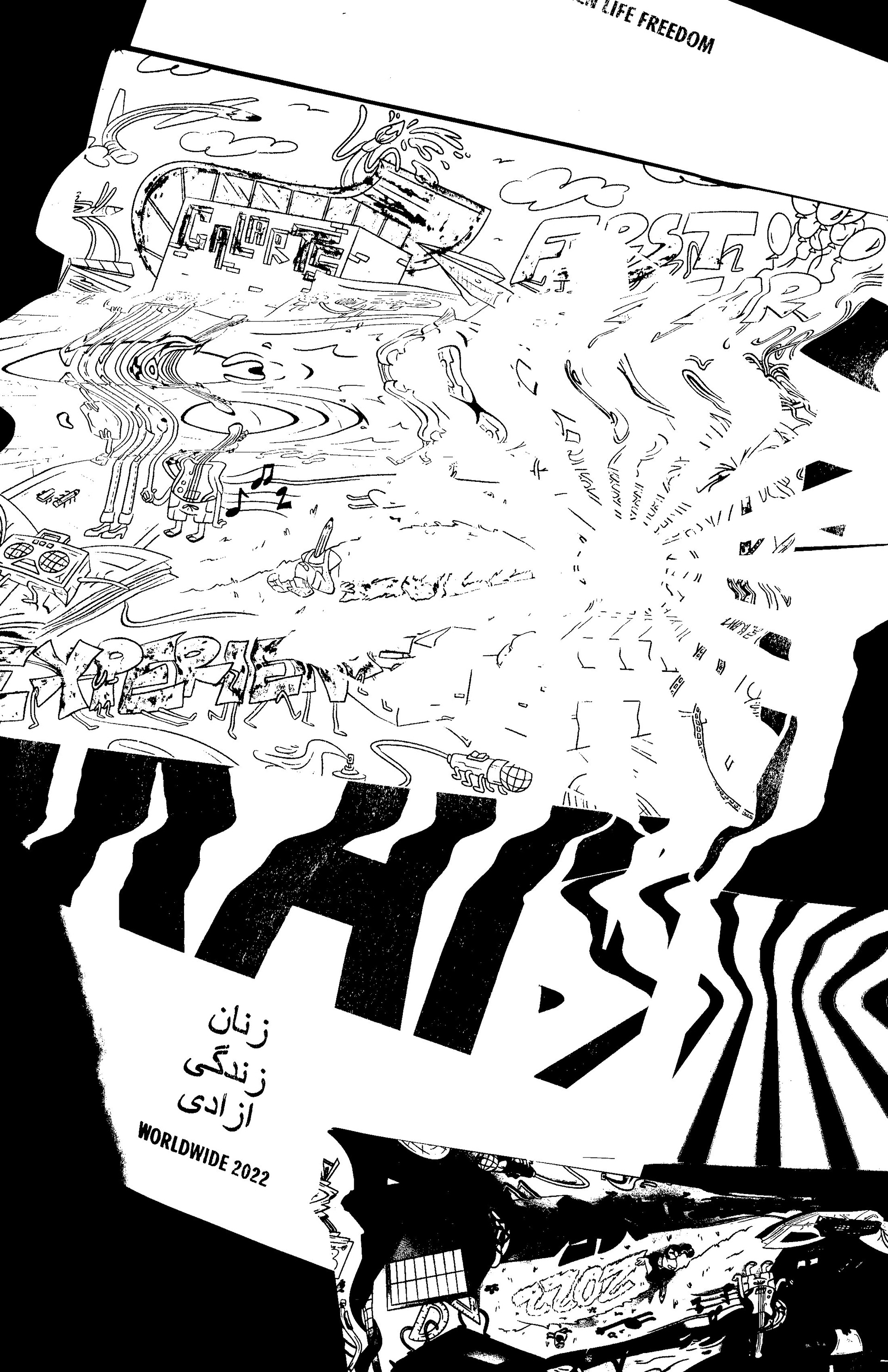
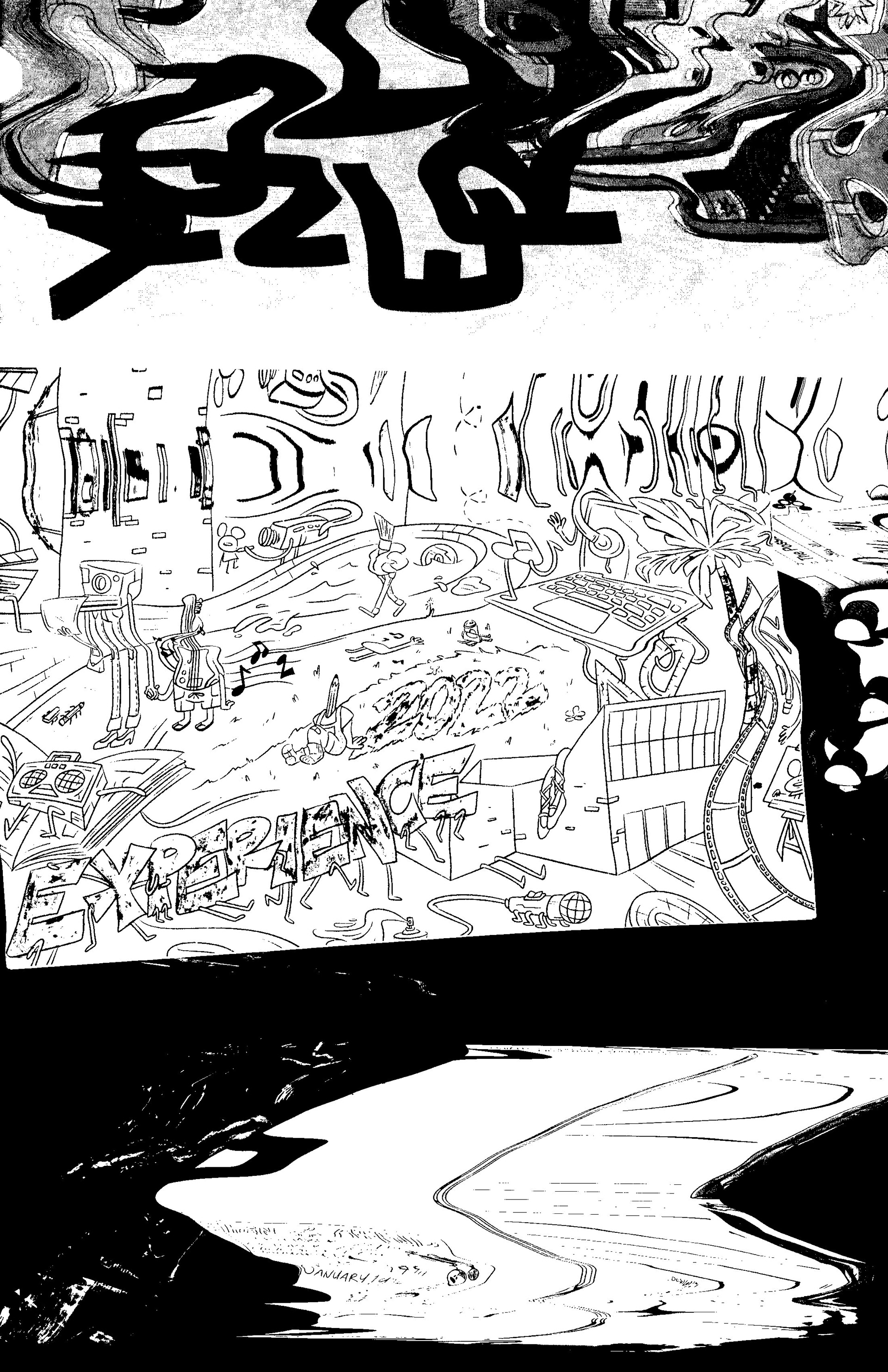
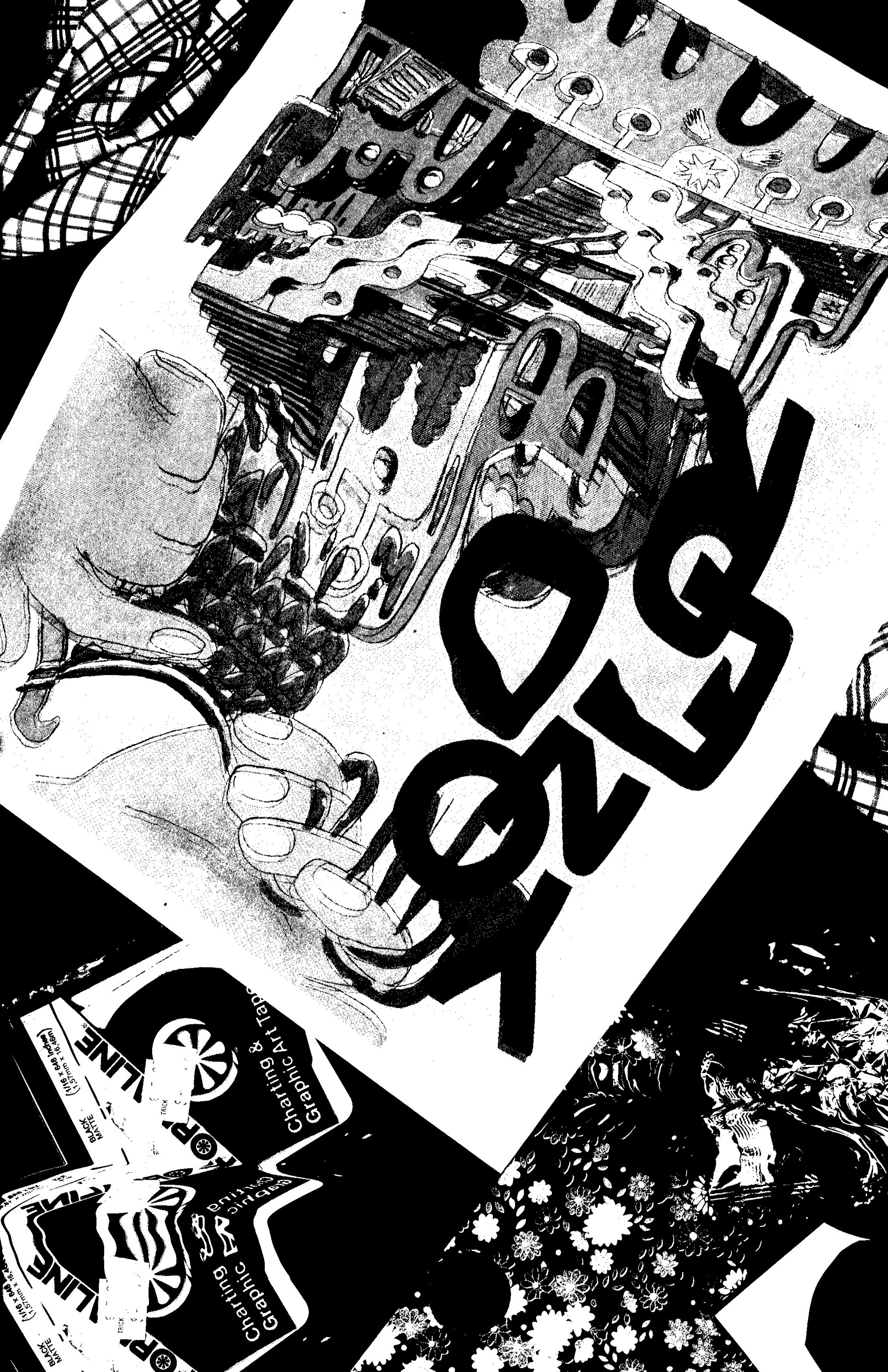


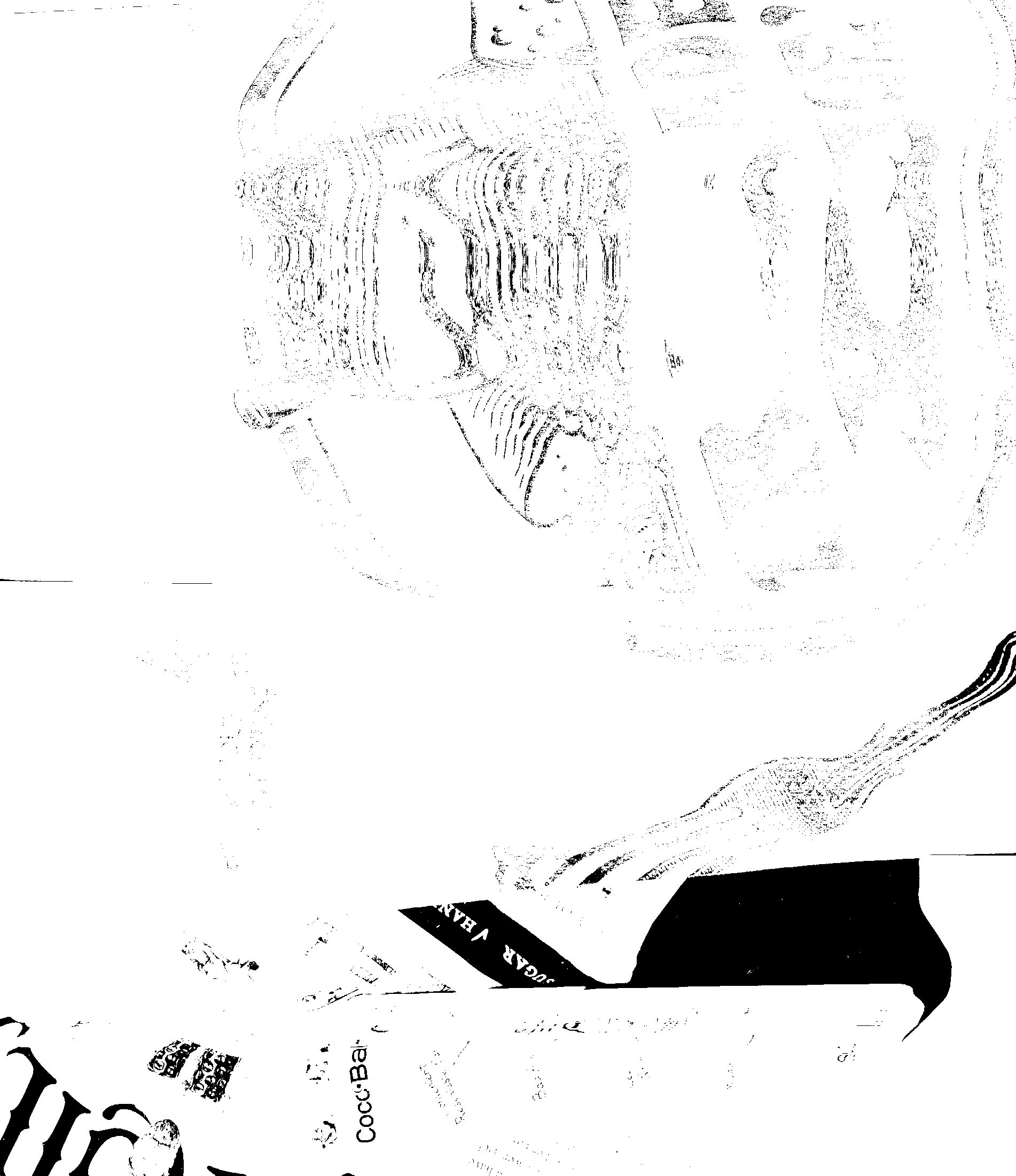
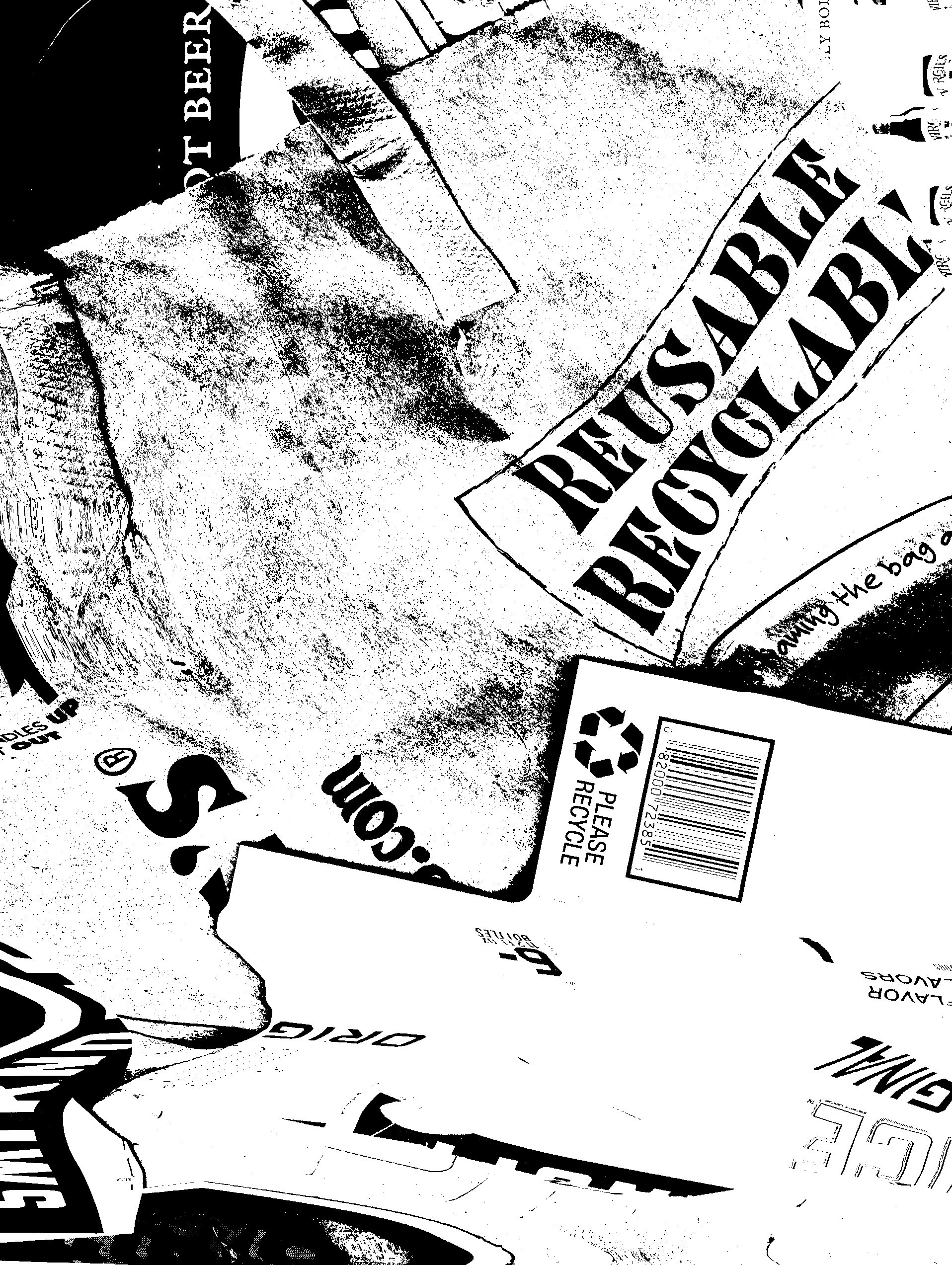
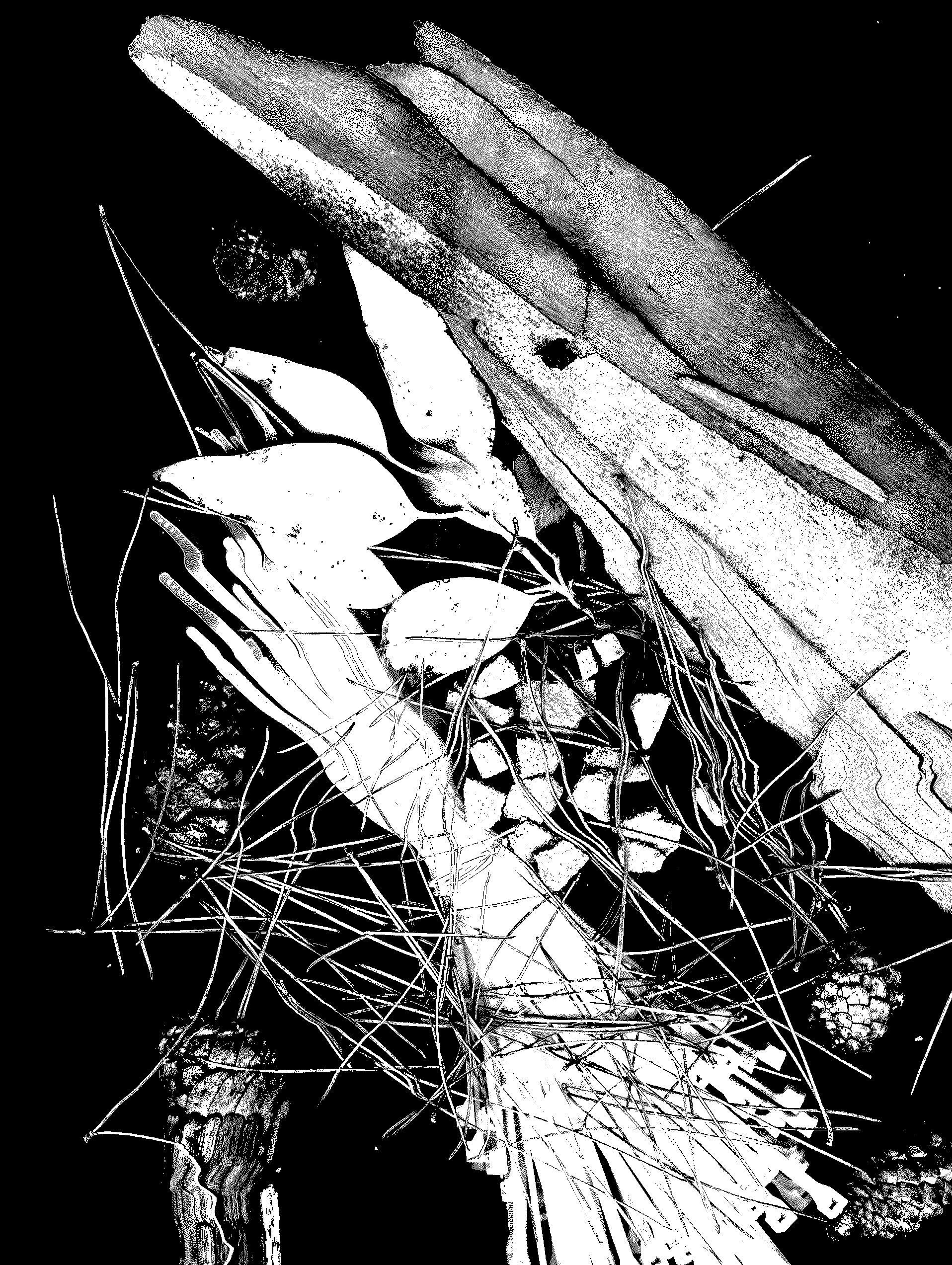
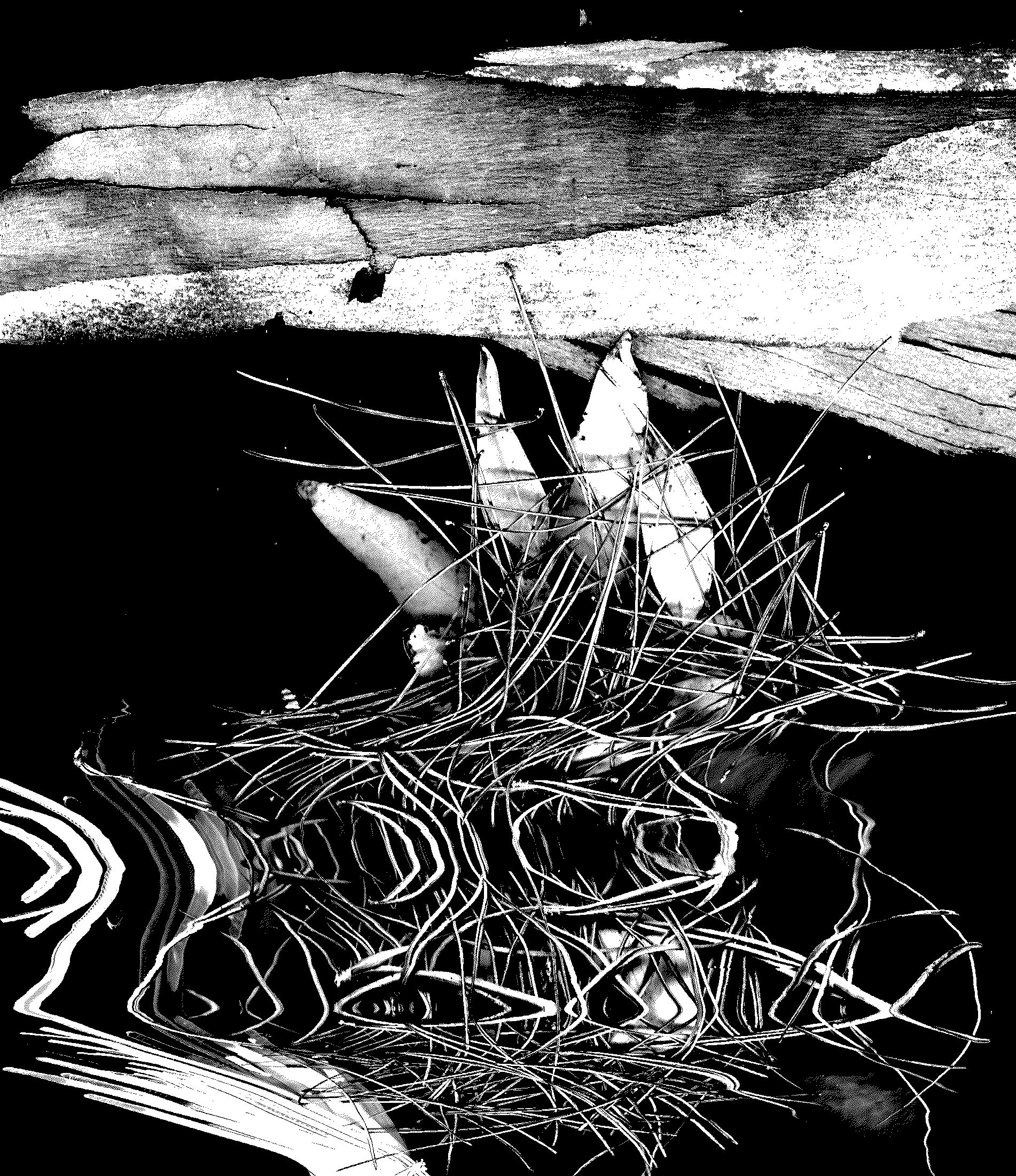
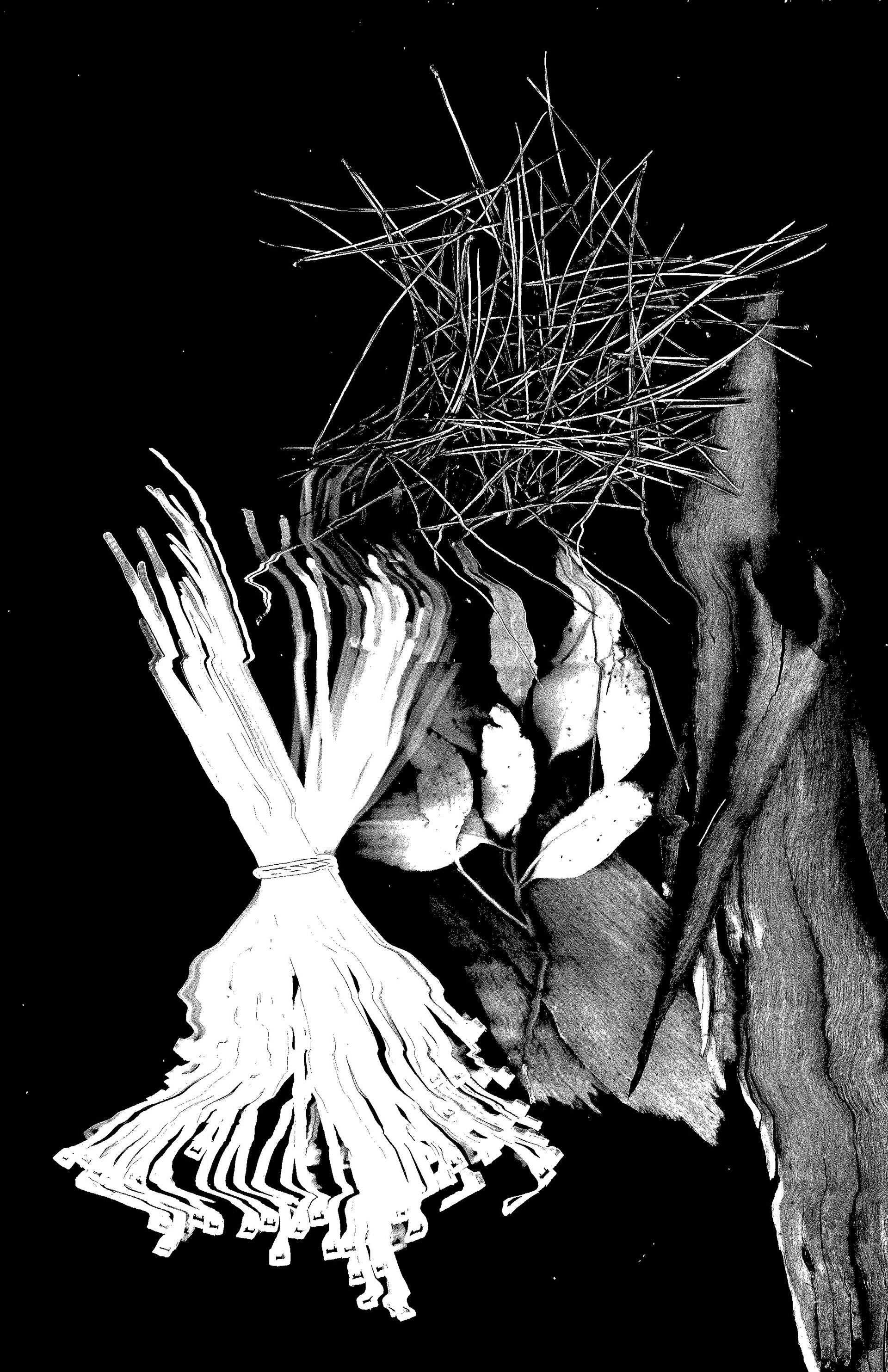
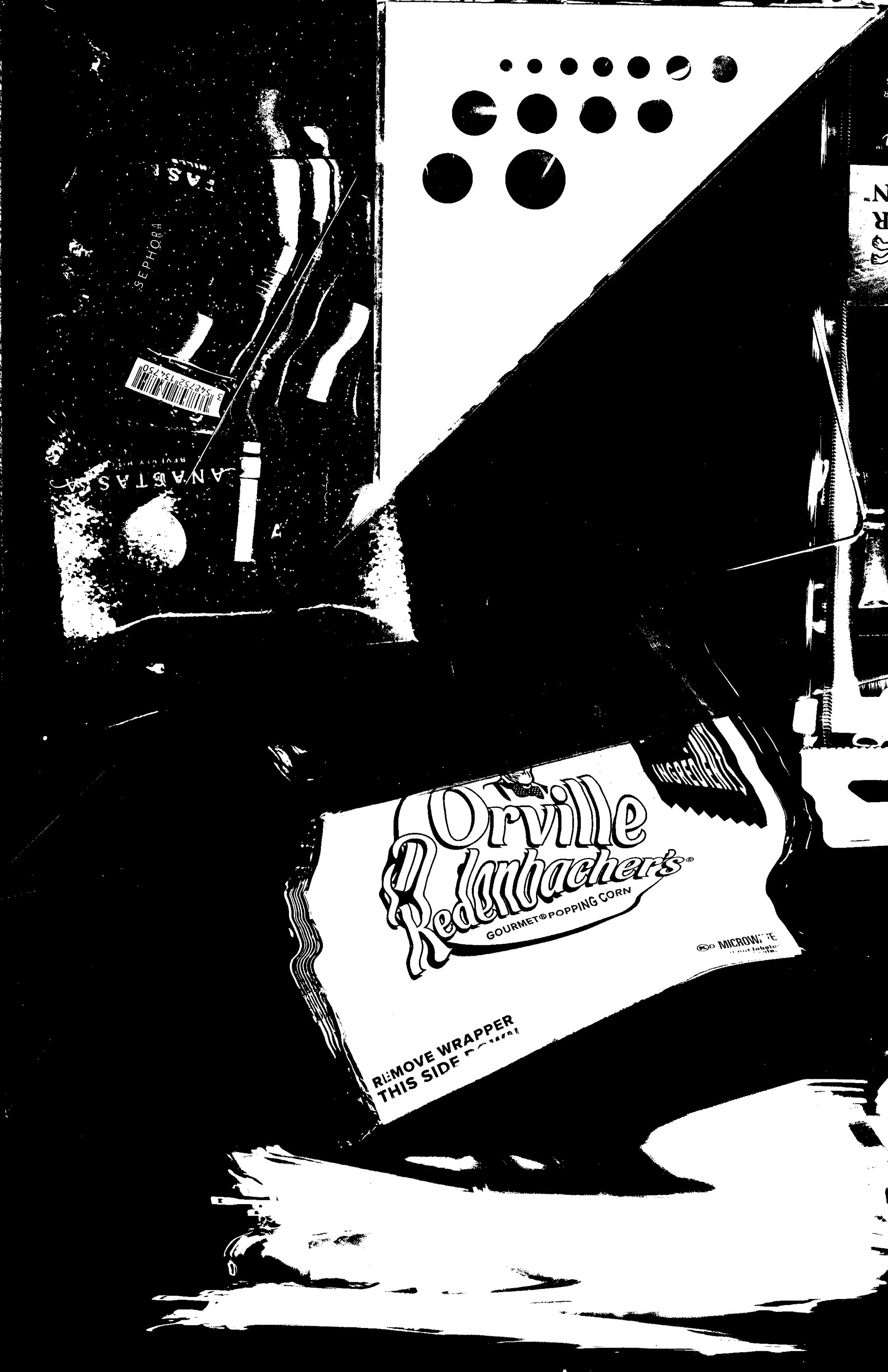

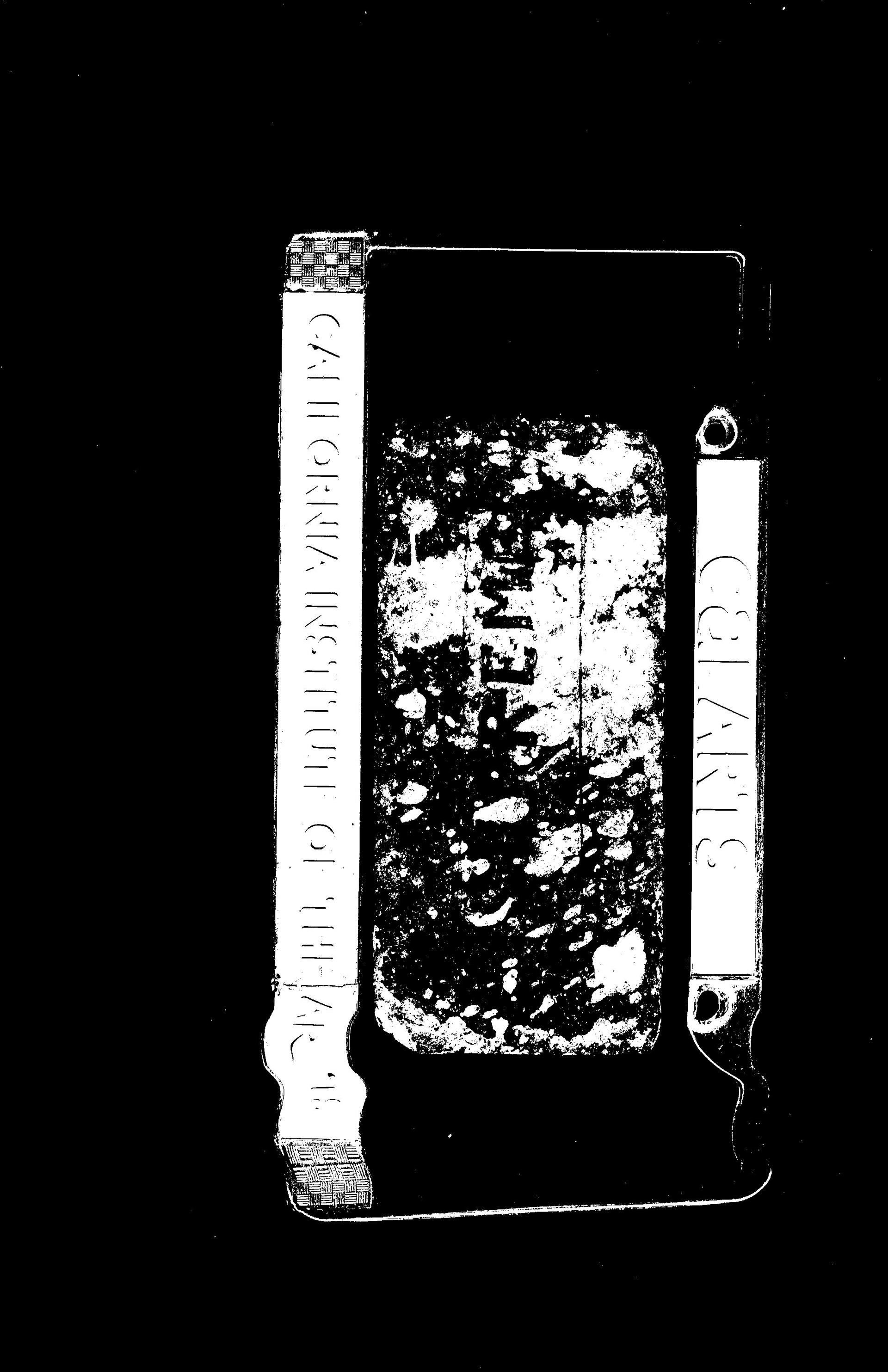
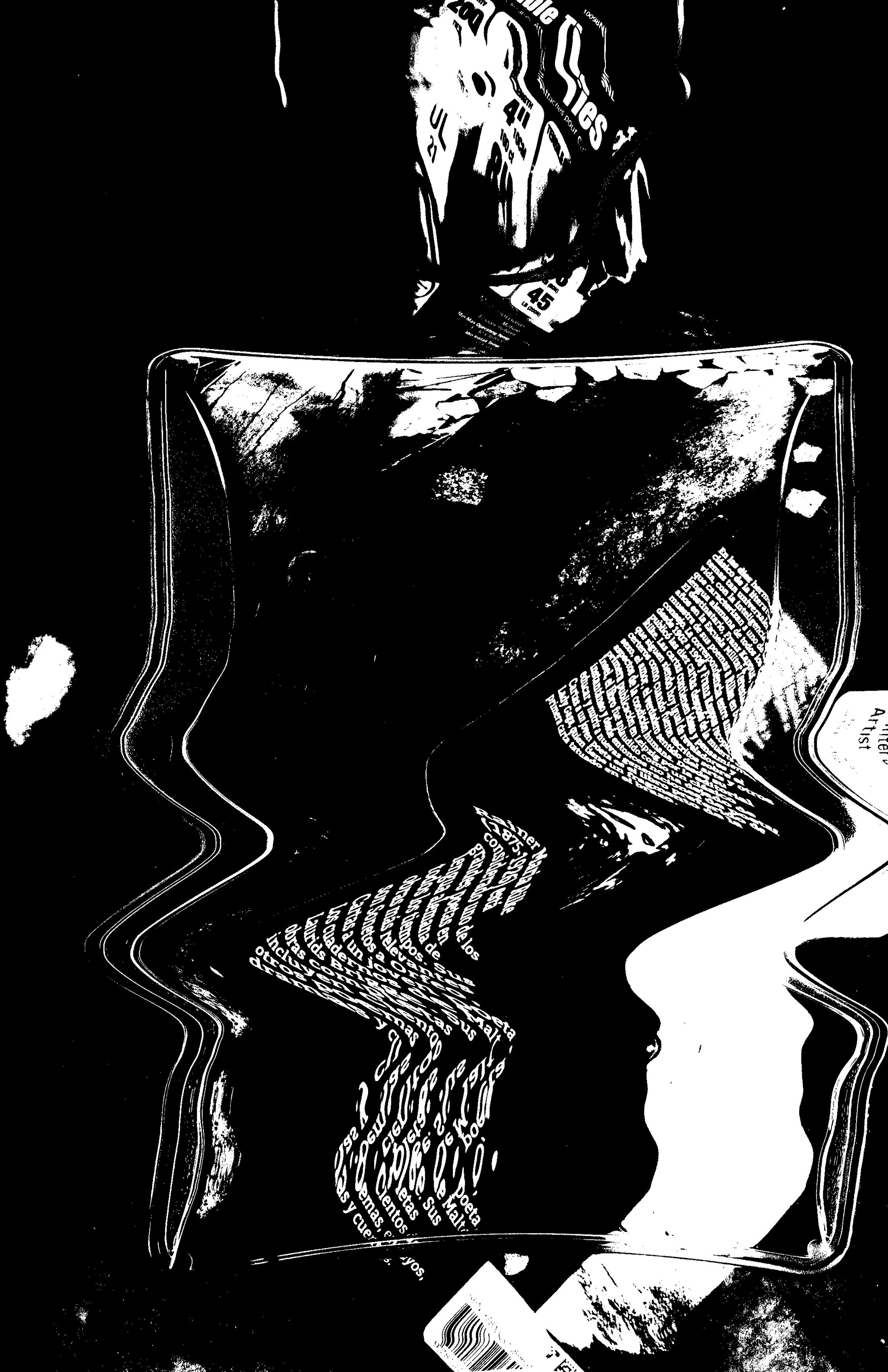
Step IV Form Making
A. Create an archive of 50, 2-D and 3-D objects. Look for objects that possess a range of unusual forms, textures and materials. Focus on their visual potential. Approximately 25 of your objects must be 3-D and the remaining 25 must 2-D. Search for objects around school (super shop, trash cans, grounds) and around Valencia and Newhall. Objects may be purchased as well. Hardware stores are a great source. Be resourceful and inventive. Keep your archive in a box or container.
A. Create an archive of 50, 2-D and 3-D objects. Look for objects that possess a range of unusual forms, textures and materials. Focus on their visual potential. Approximately 25 of your objects must be 3-D and the remaining 25 must 2-D. Search for objects around school (super shop, trash cans, grounds) and around Valencia and Newhall. Objects may be purchased as well. Hardware stores are a great source. Be resourceful and inventive. Keep your archive in a box or container.
B. Using only the objects from your archive, create 20, 8”x 8” abstract compositions. Create the most dynamic compositions you can by photocopying and cropping only. You may alter your archive objects by cutting, folding, bending, etc.
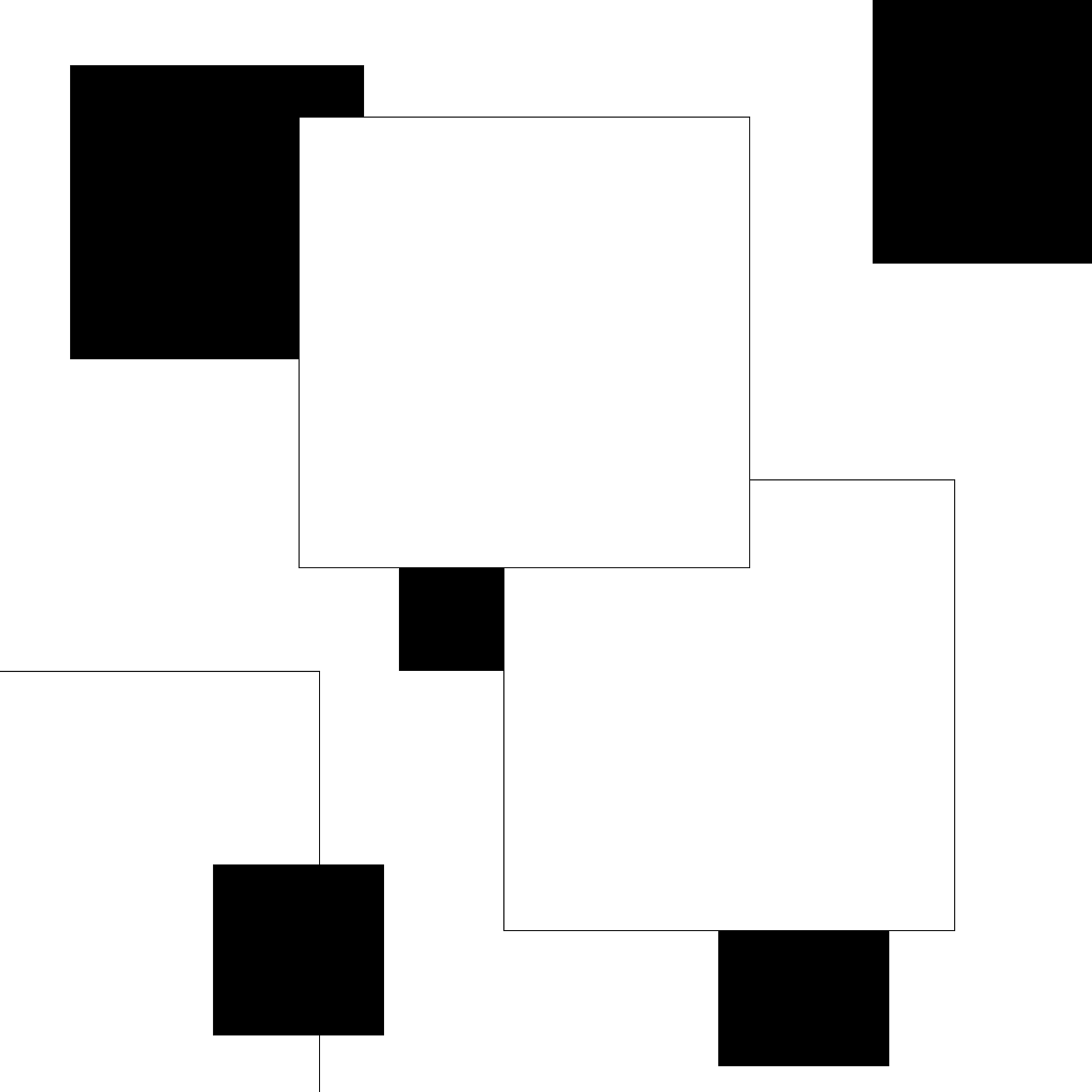
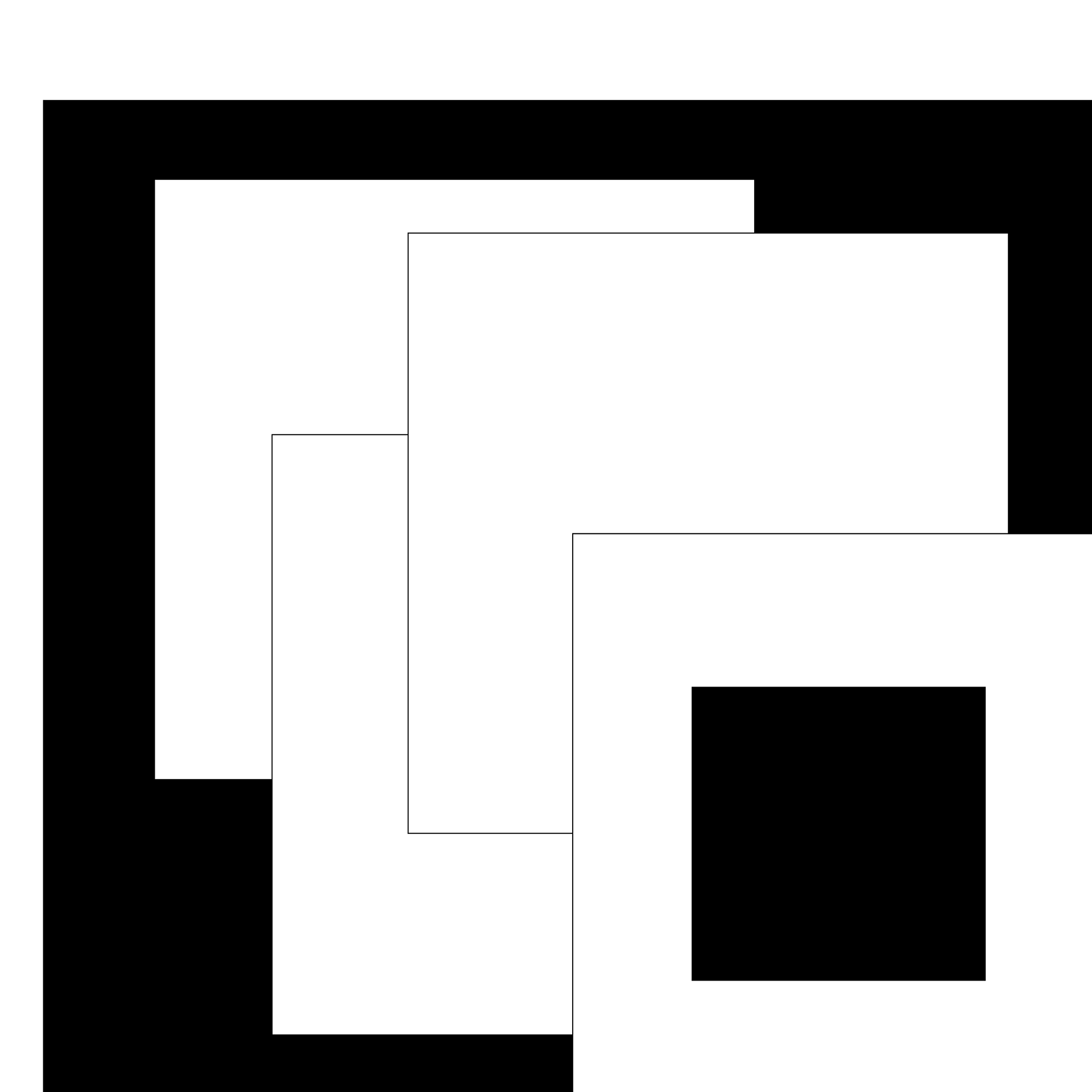
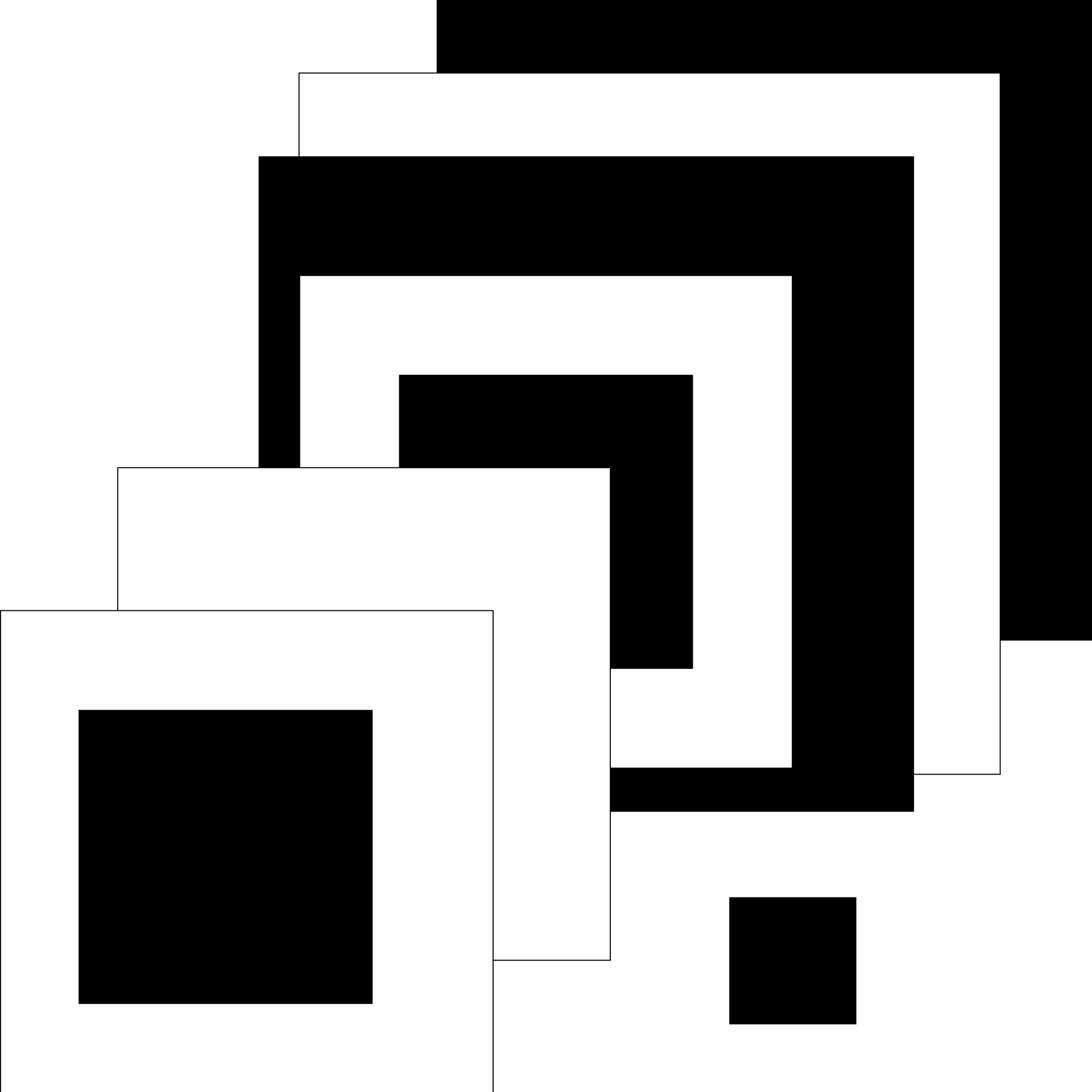
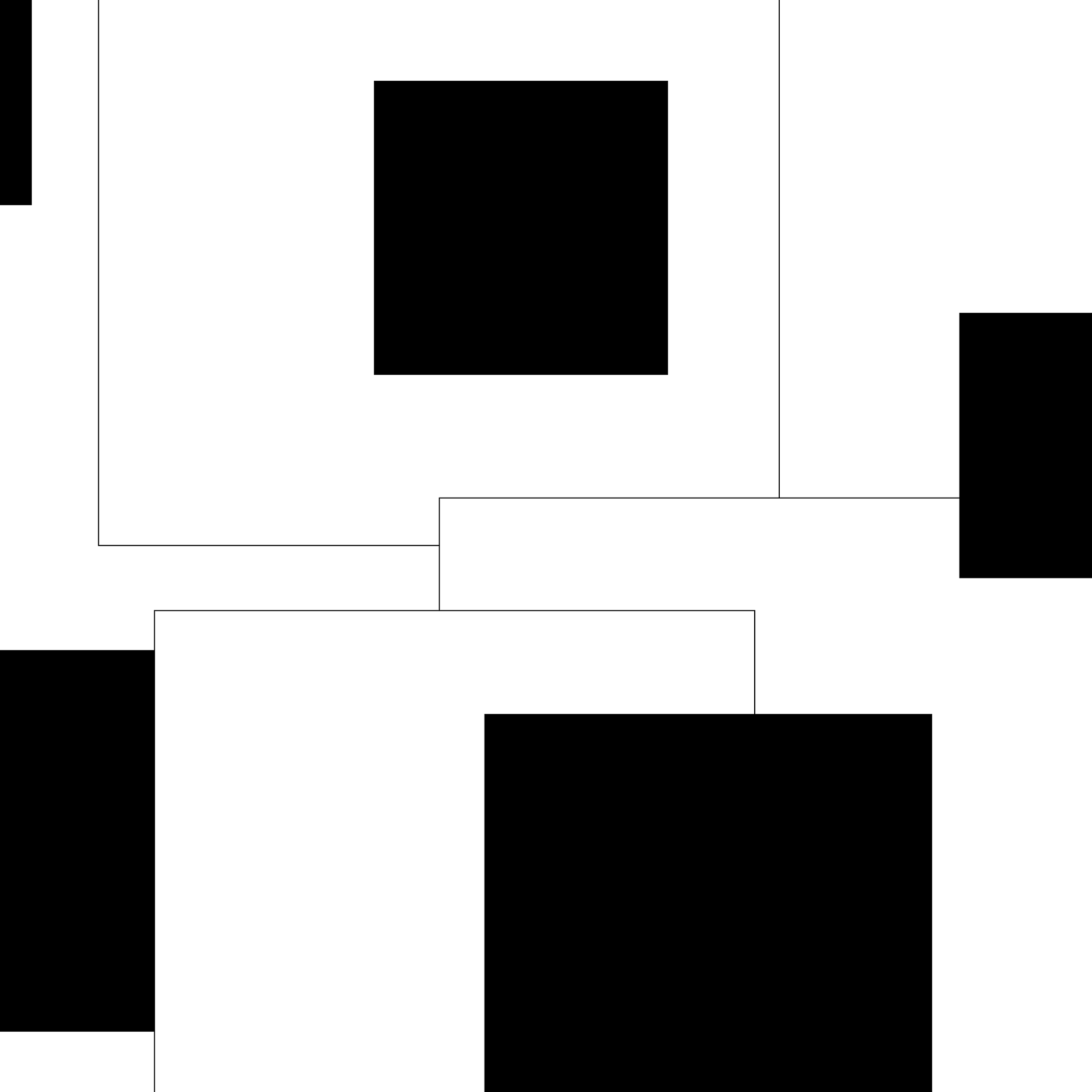
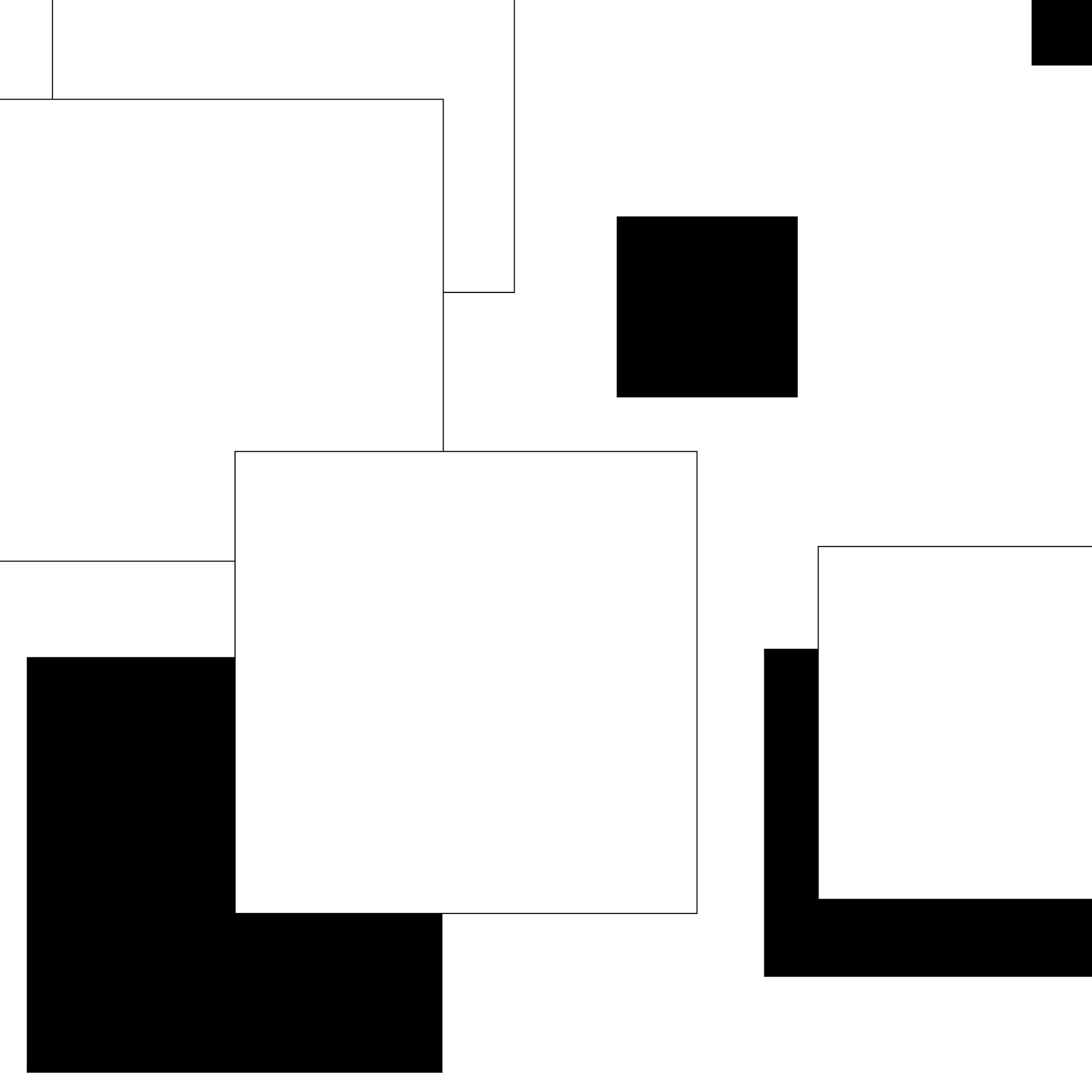
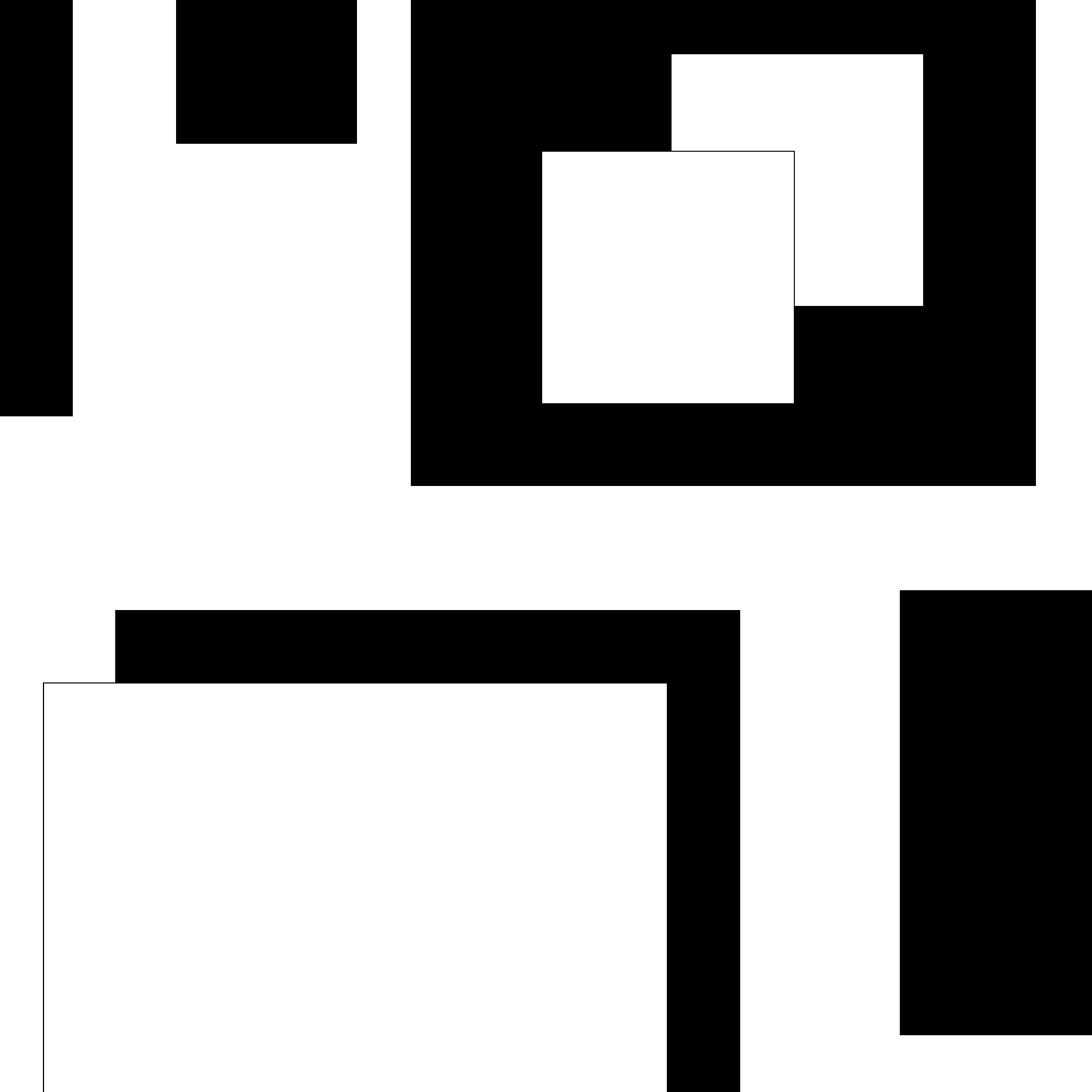
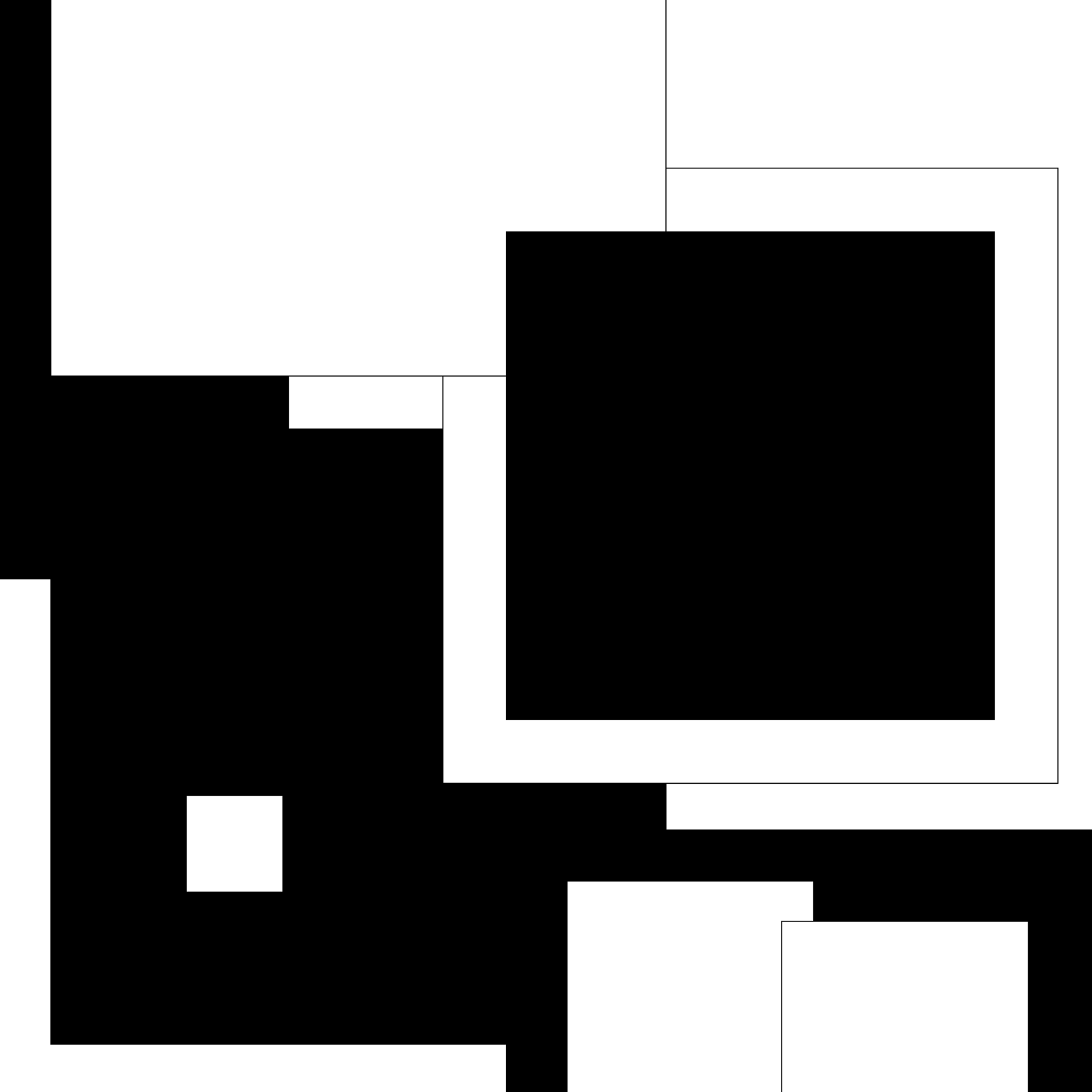
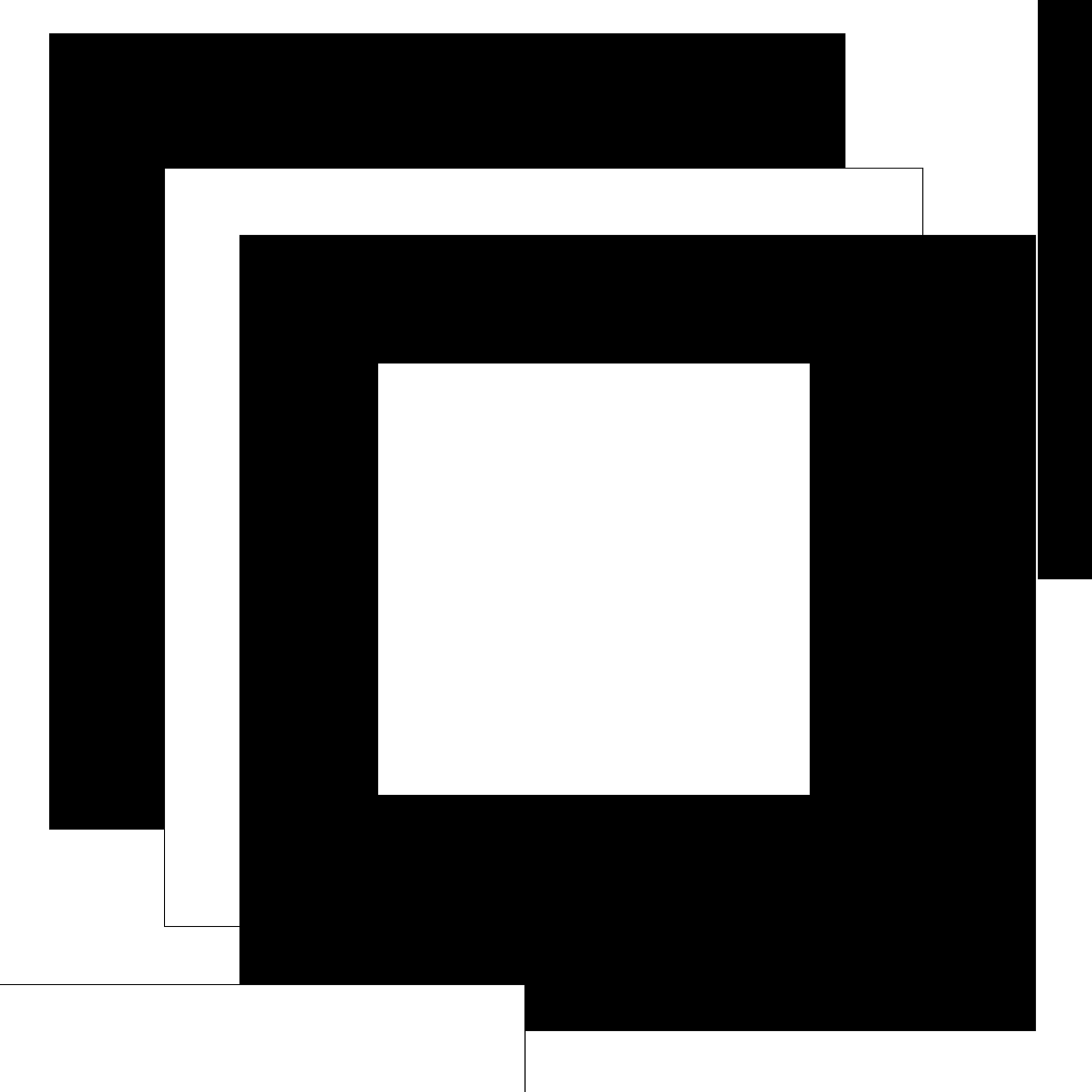
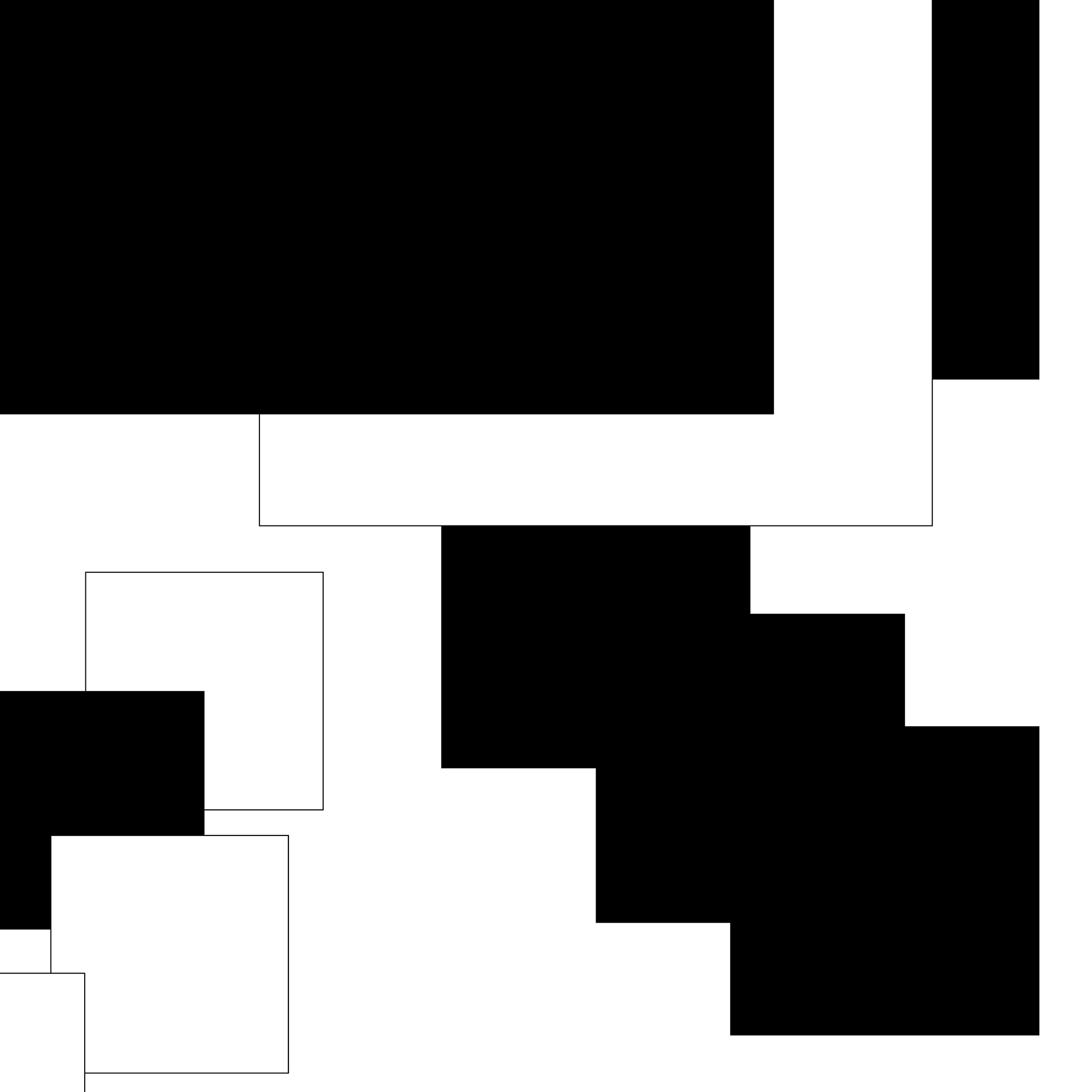
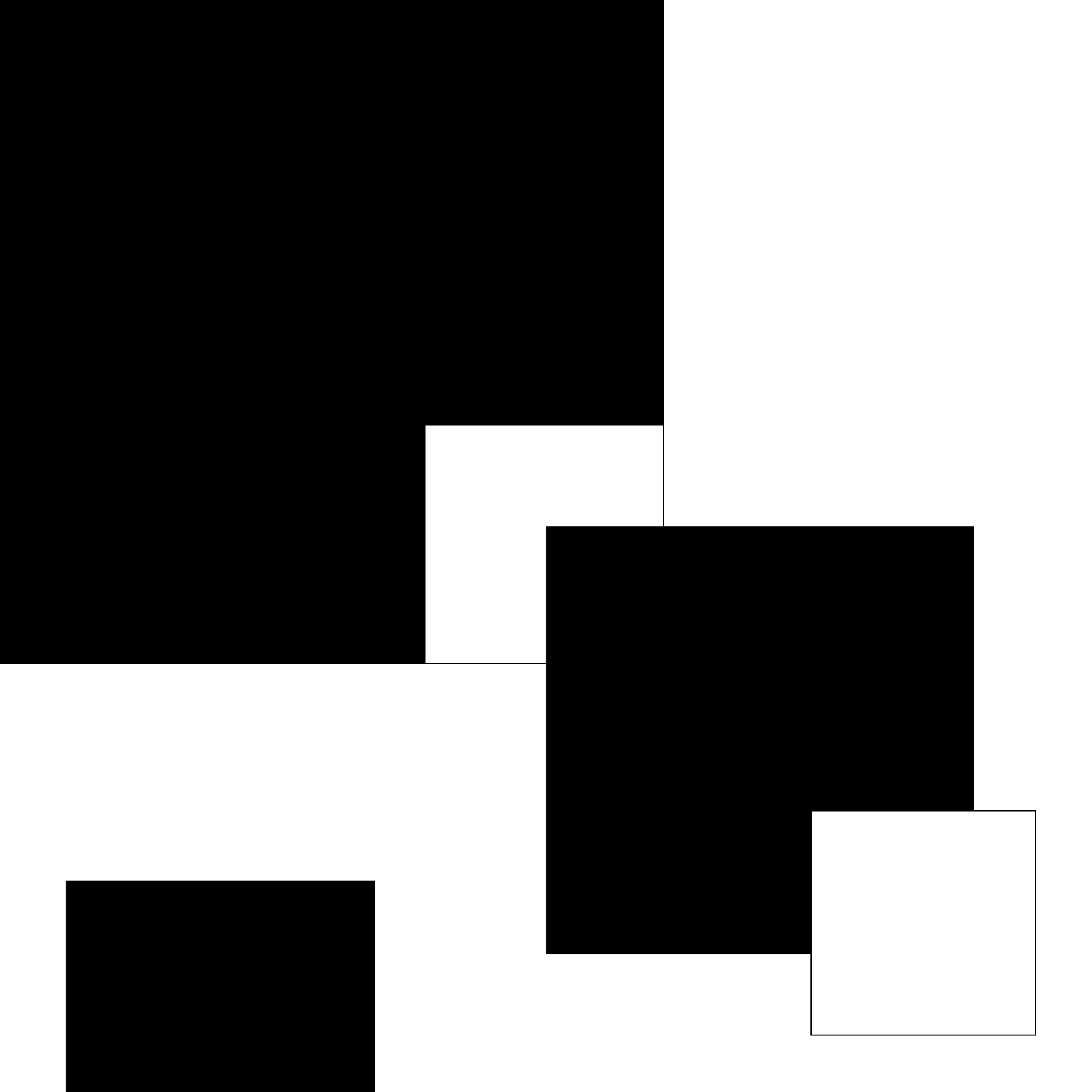
Step II Asymmetrical Composition
Create 12, 8”x 8” compositions using your primary shape only (from Step I). Explore the widest variety of asymmetrical, compositional schemes by concentrating on the placement of the focal point of each composition. Utilize visual contrast (especially contrast in scale) to strengthen your compositions. Shapes may touch, overlap or bleed off the edge, however, shapes may not rotate! Create your 12 compositions according to the following specifications. Use Illustrator only.
Create 12, 8”x 8” compositions using your primary shape only (from Step I). Explore the widest variety of asymmetrical, compositional schemes by concentrating on the placement of the focal point of each composition. Utilize visual contrast (especially contrast in scale) to strengthen your compositions. Shapes may touch, overlap or bleed off the edge, however, shapes may not rotate! Create your 12 compositions according to the following specifications. Use Illustrator only.
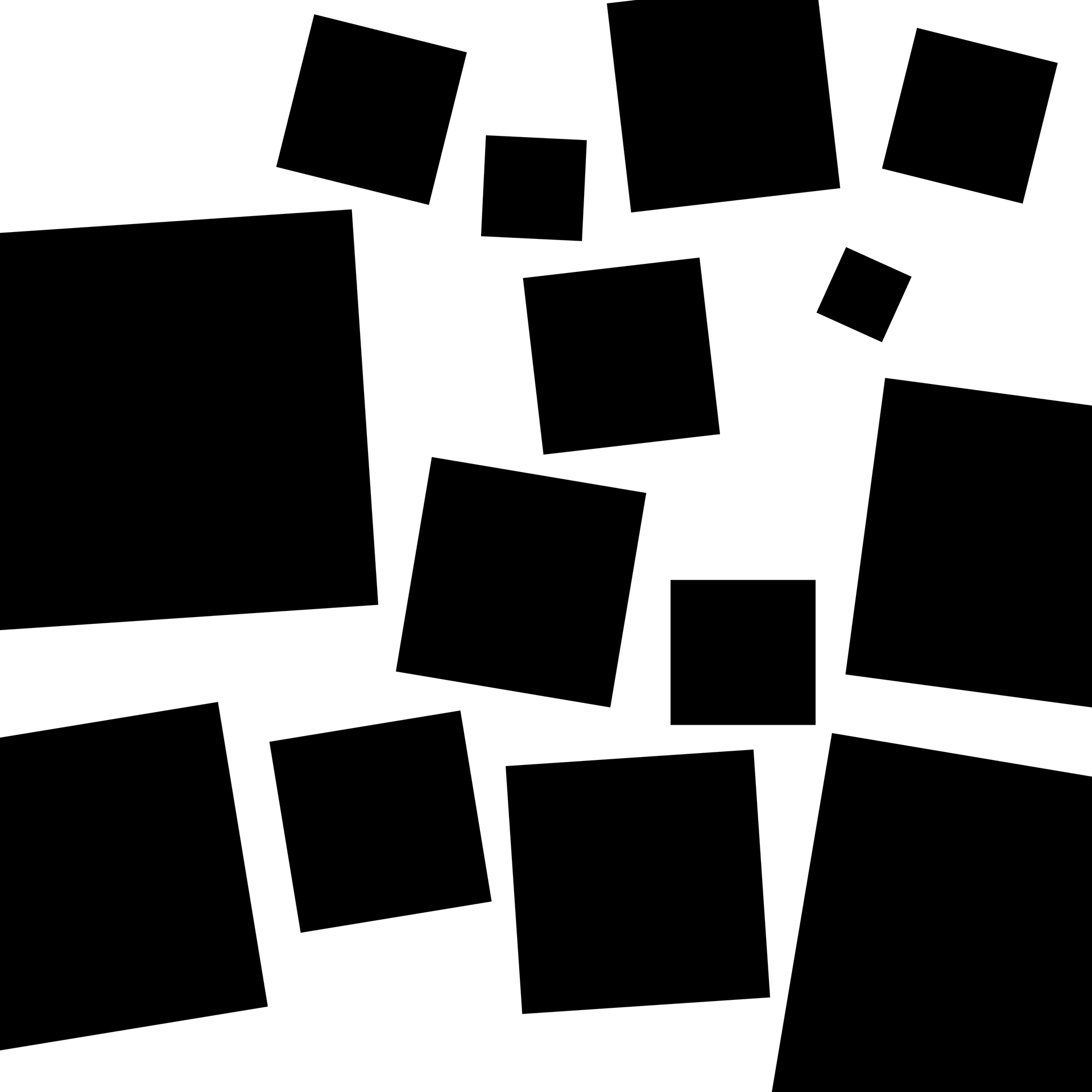
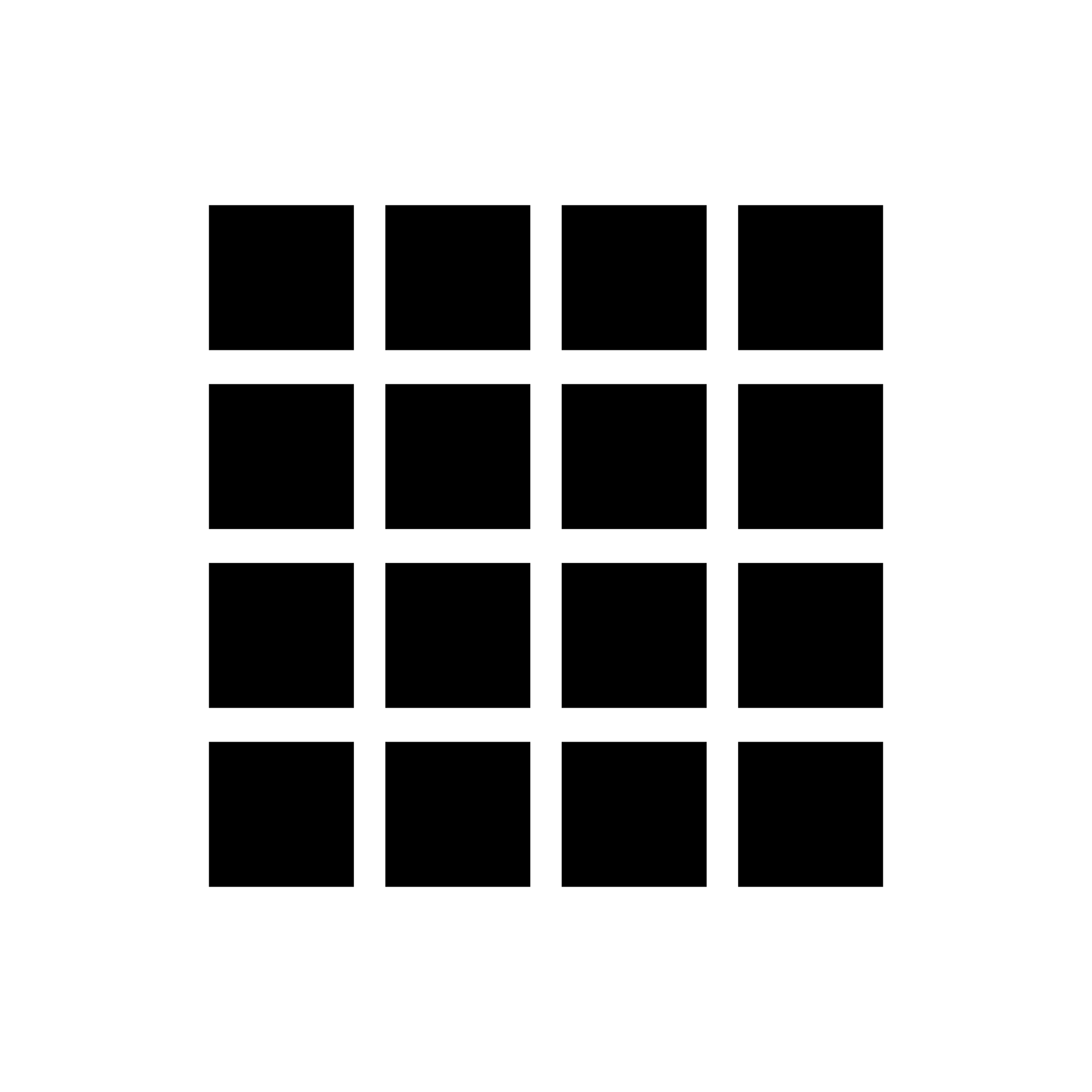
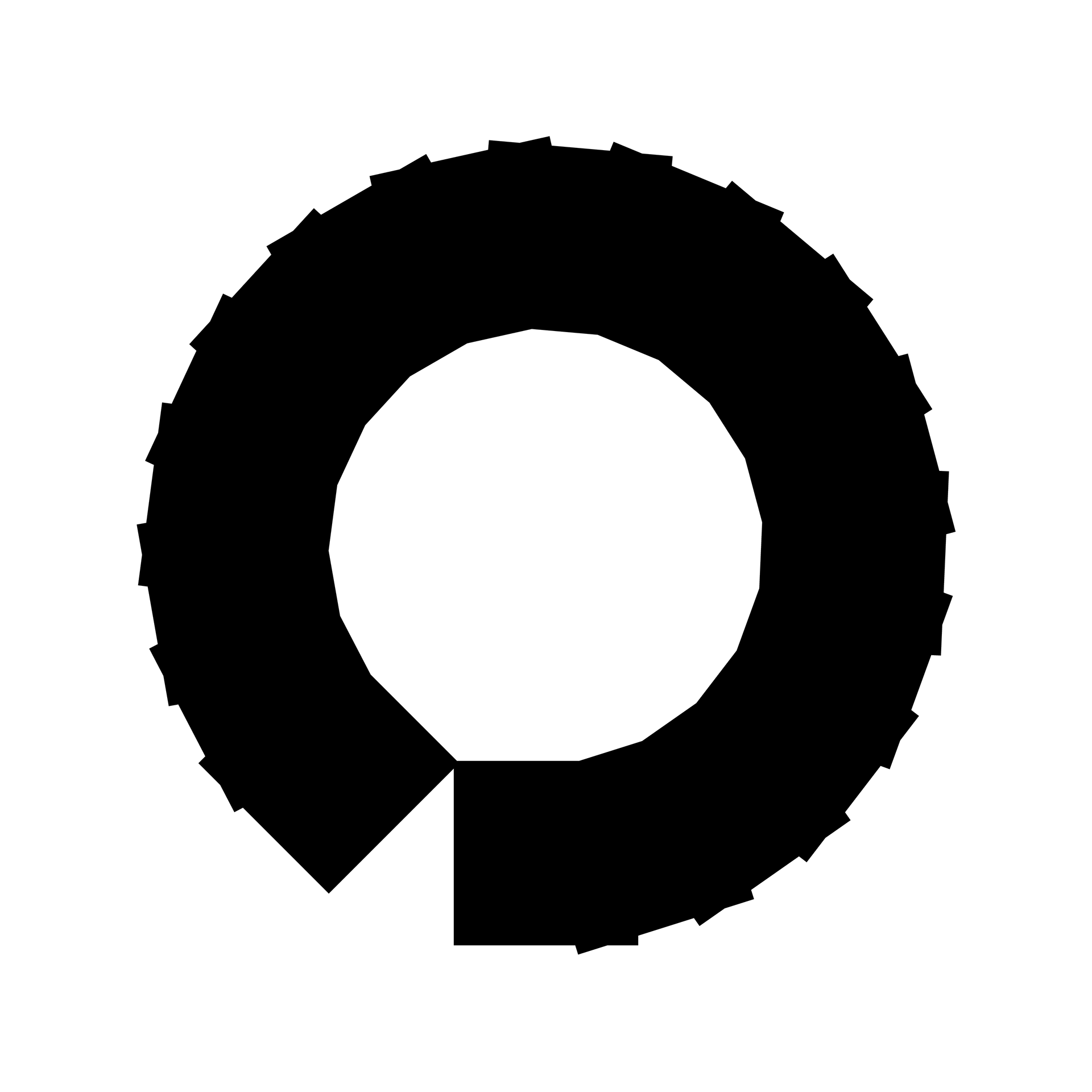
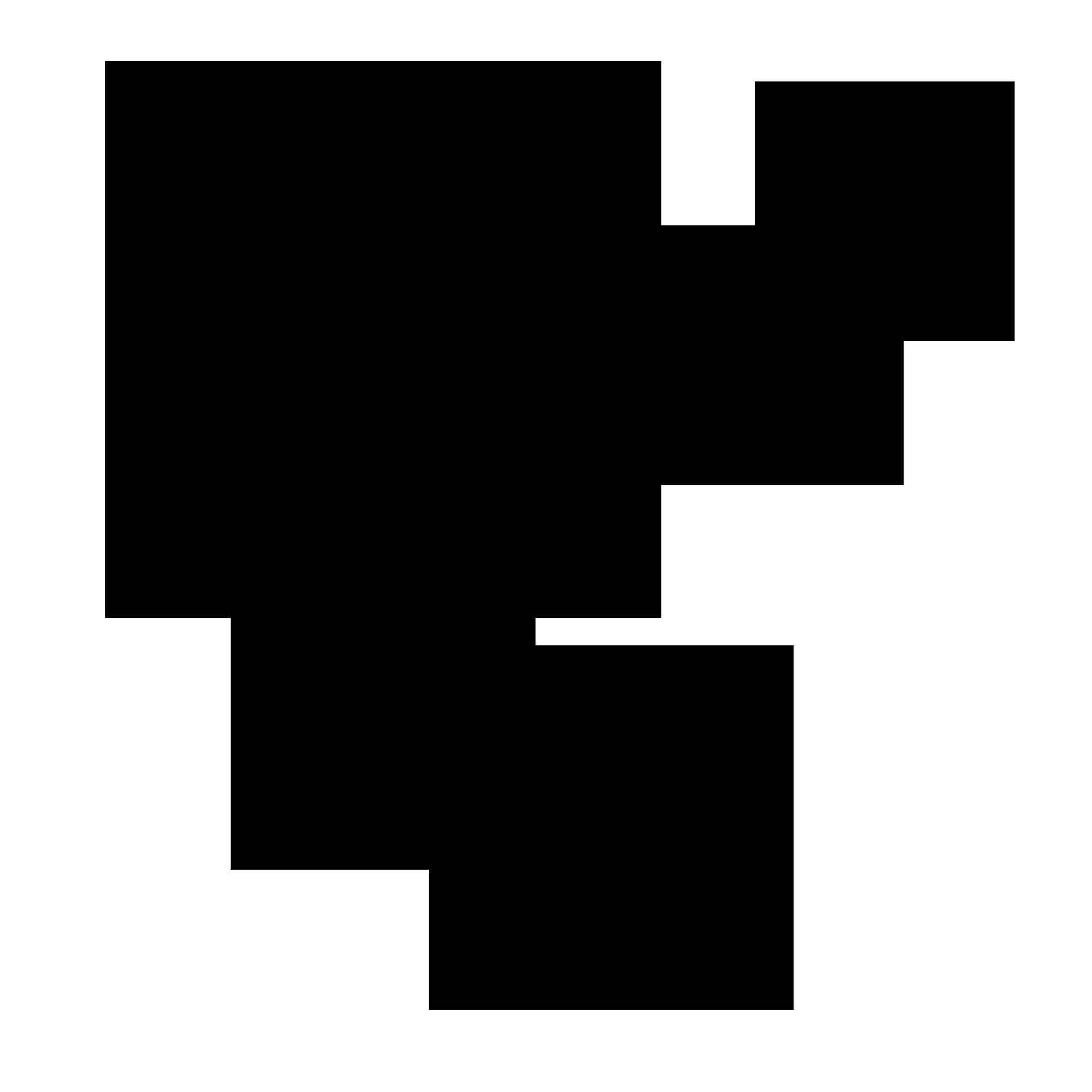

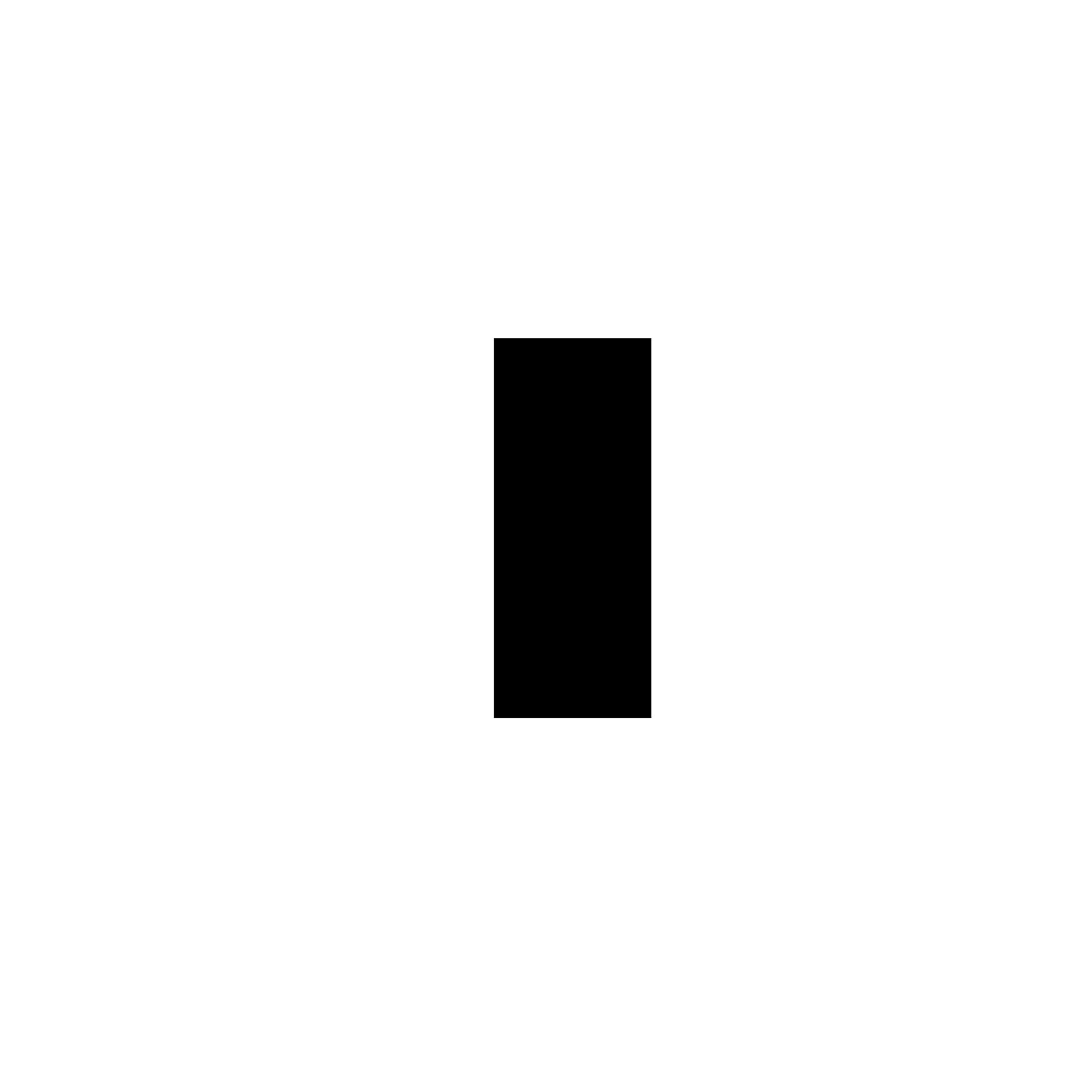
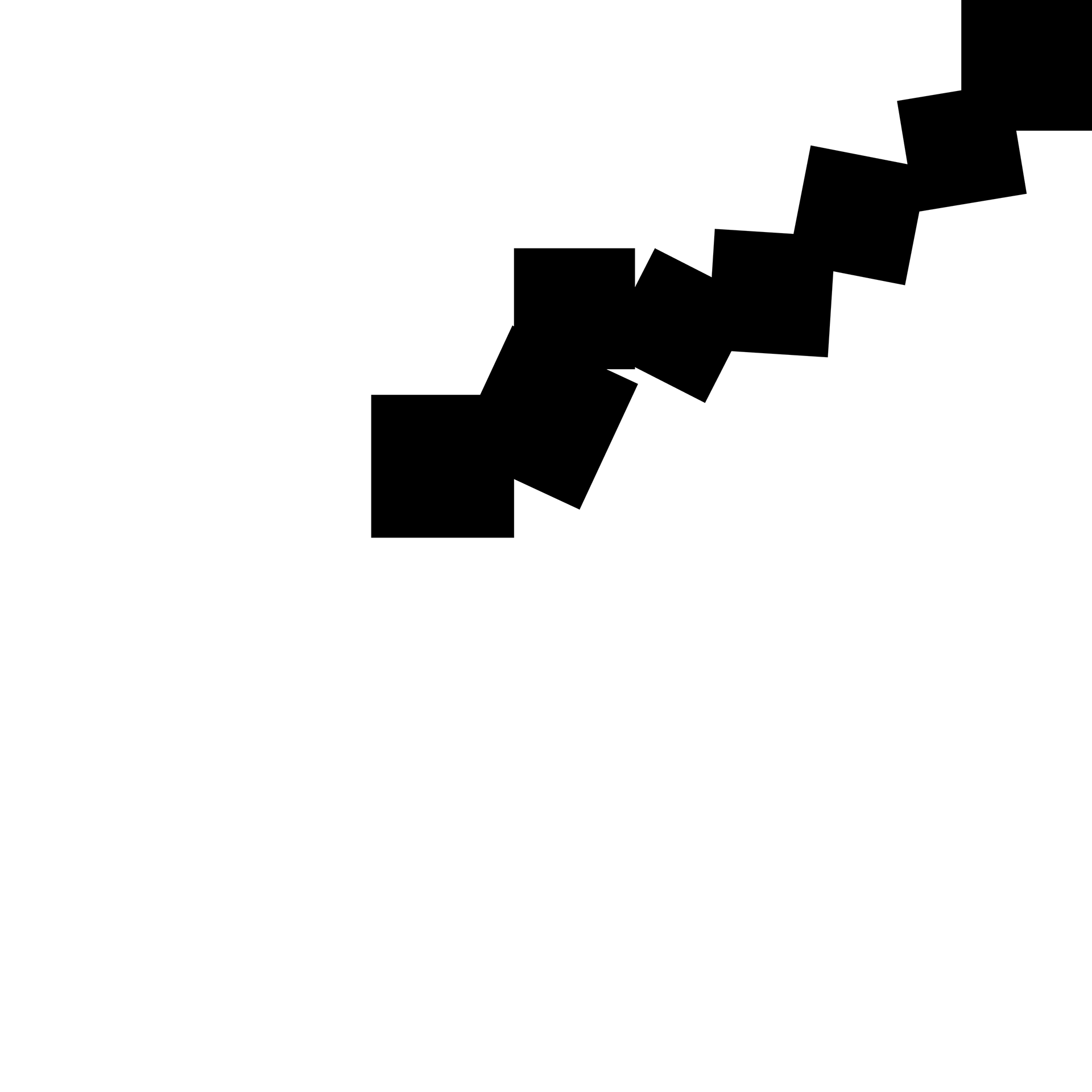


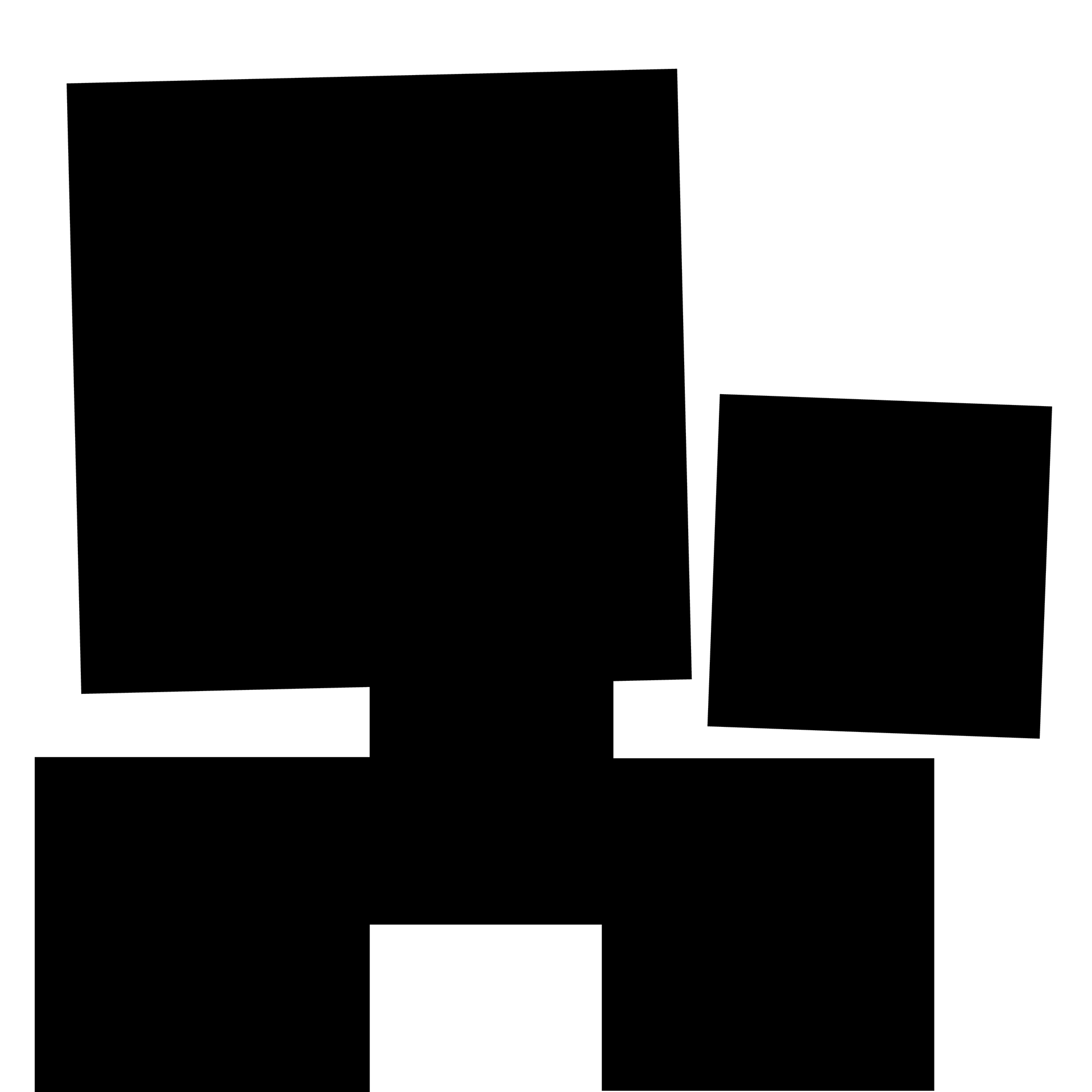
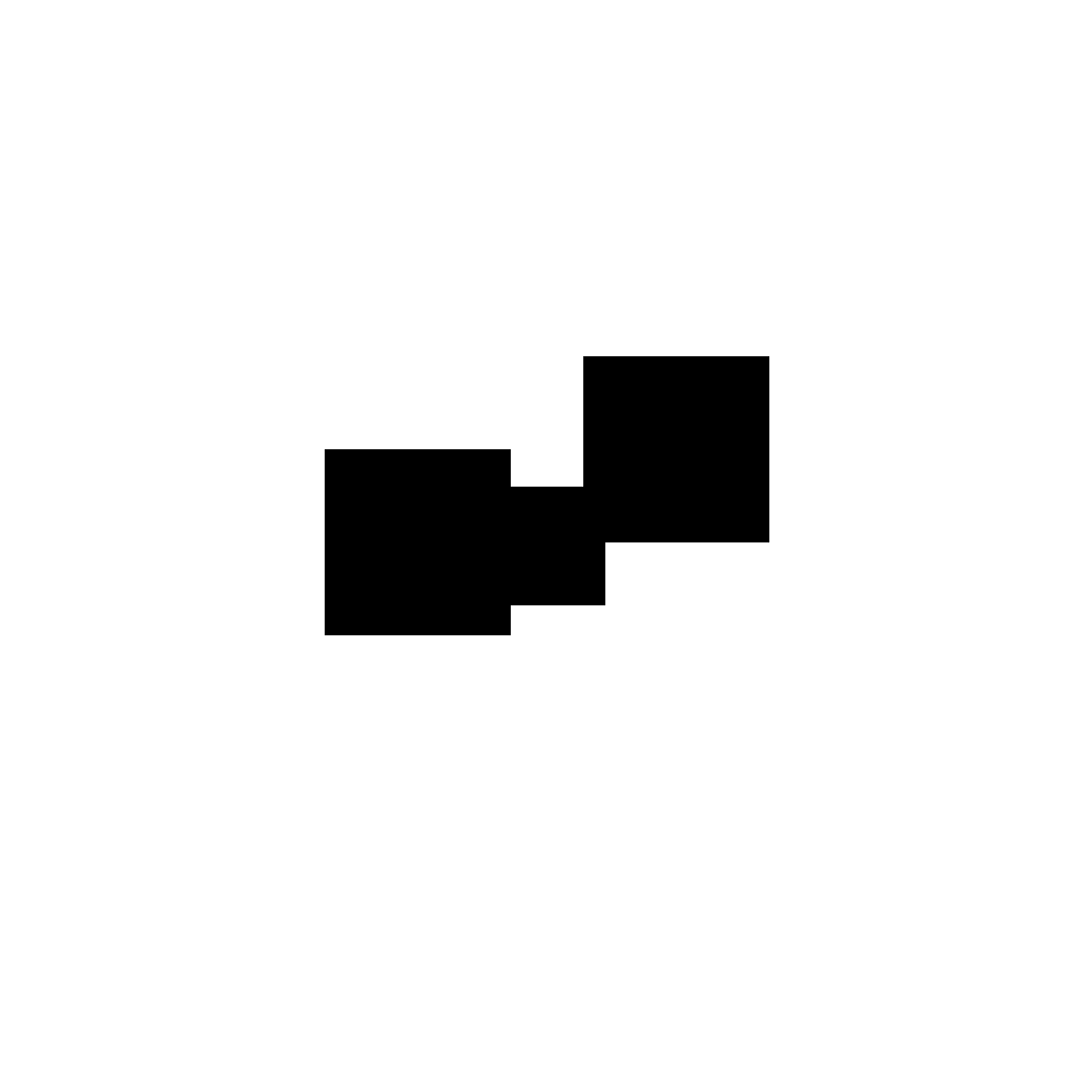

Step I Contrast Pairs
Using 3-20 shapes (circle, square, triangle), demonstrate radical contrasts of each of the six principles of design {Space, Texture, Weight, Form, Direction, and Scale}. Create a pair of oppositional, 8”x 8” compositions using traditional or digital processes. You must choose one shape to use throughout all 12 compositions (6 pairs). The shapes may be any variety of sizes, but they must be the same proportion. Shapes may touch, overlap or run off the edge.
Using 3-20 shapes (circle, square, triangle), demonstrate radical contrasts of each of the six principles of design {Space, Texture, Weight, Form, Direction, and Scale}. Create a pair of oppositional, 8”x 8” compositions using traditional or digital processes. You must choose one shape to use throughout all 12 compositions (6 pairs). The shapes may be any variety of sizes, but they must be the same proportion. Shapes may touch, overlap or run off the edge.
^^^^^
LA CONTRAST POSTCARDS AND PERFECT-BOUND BOOK


